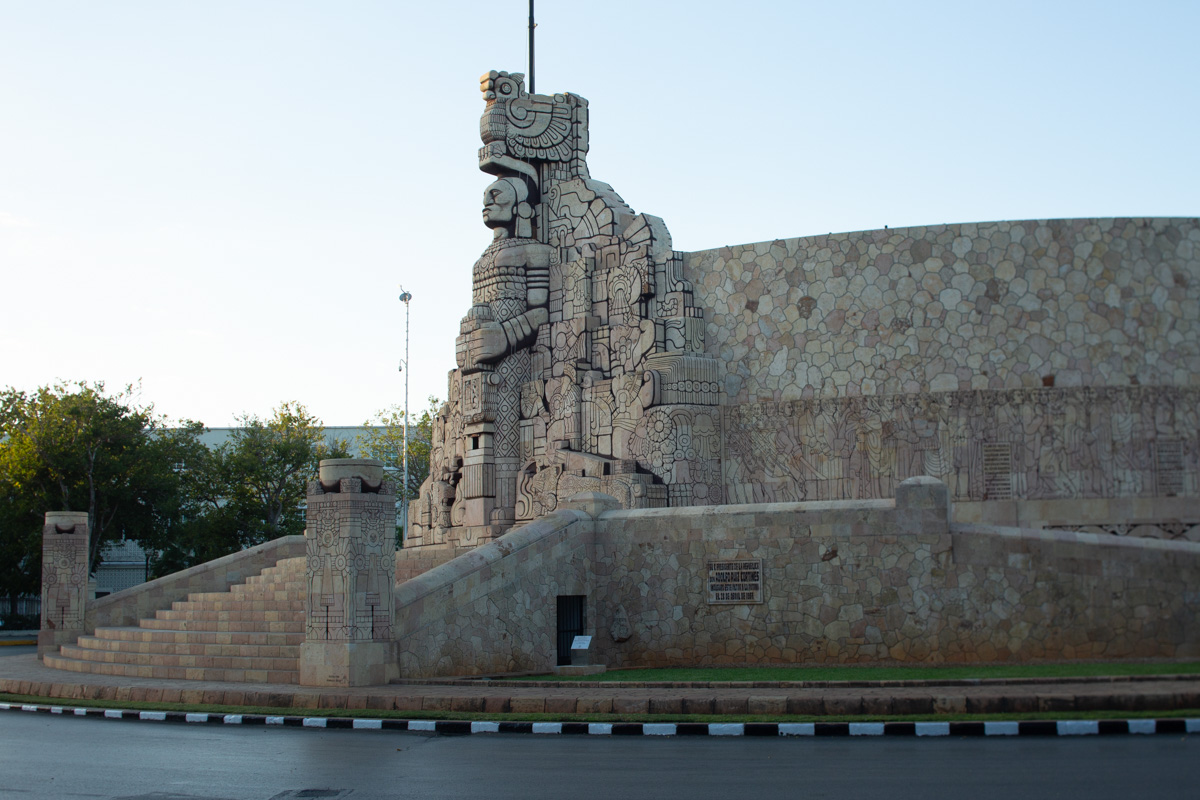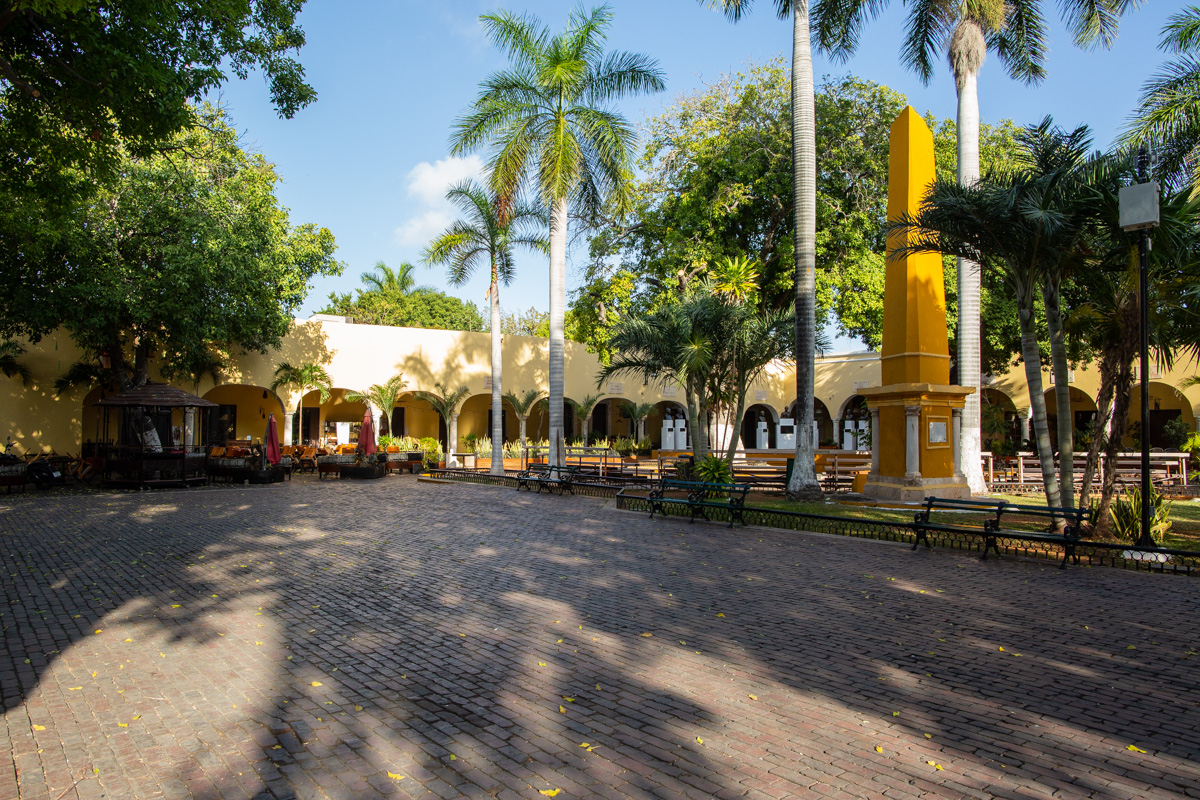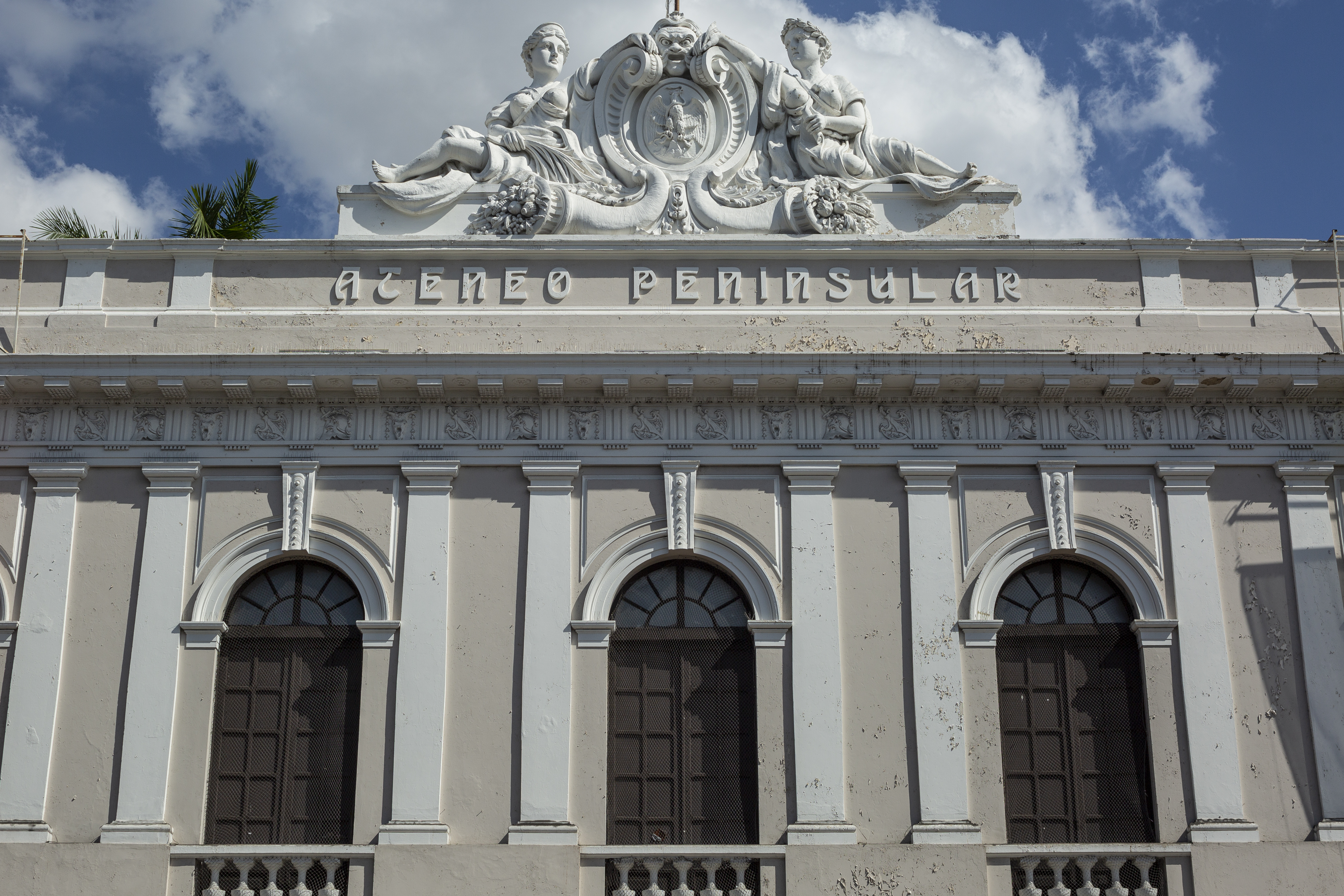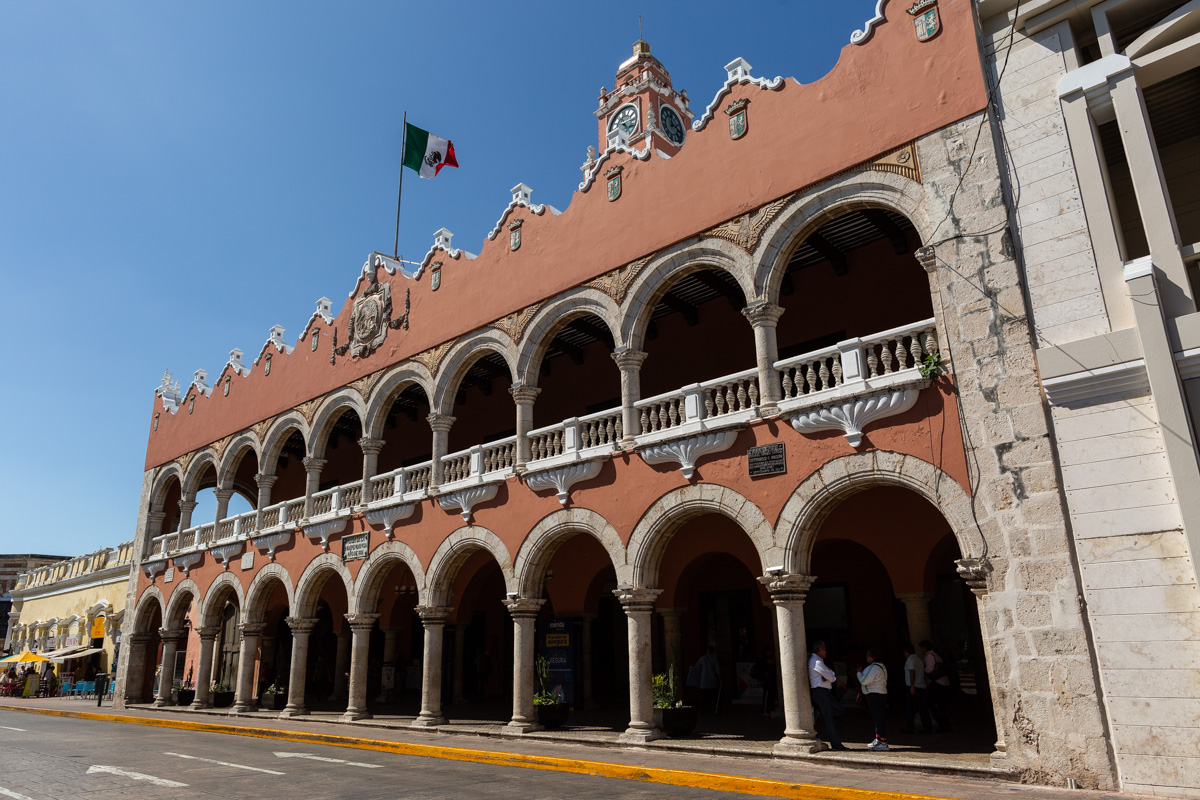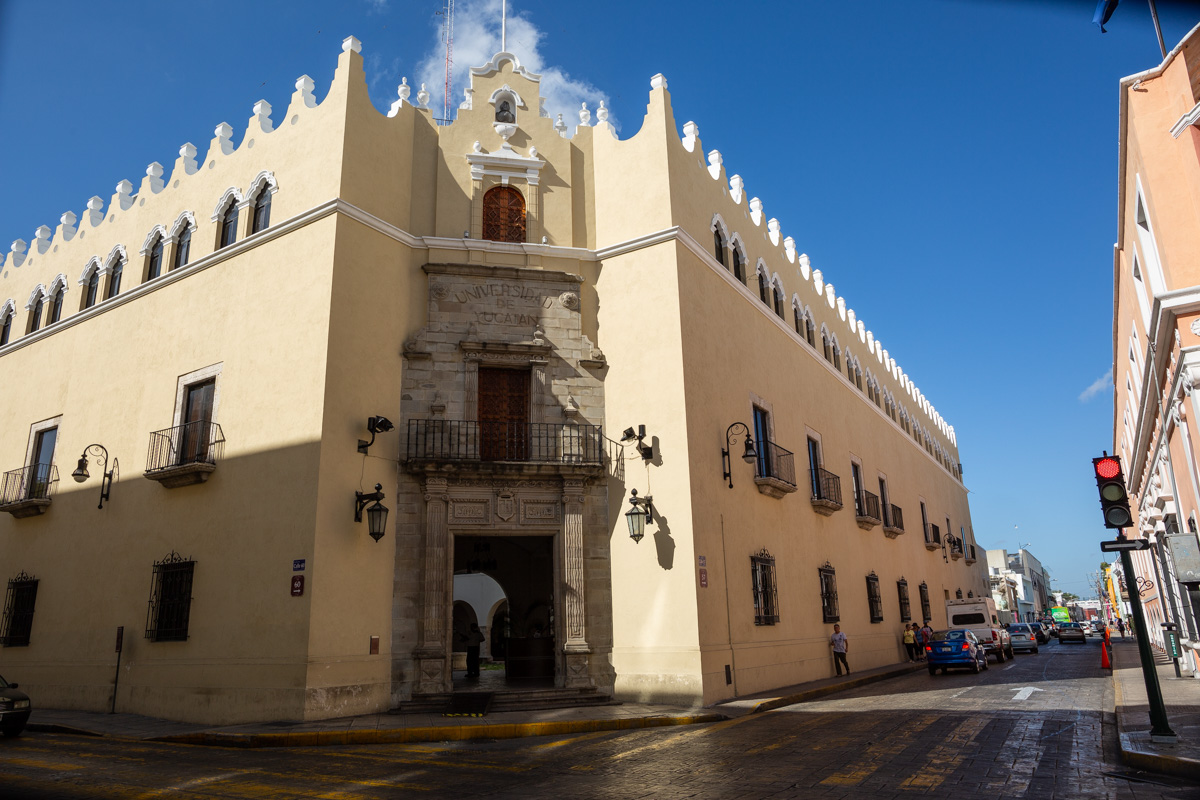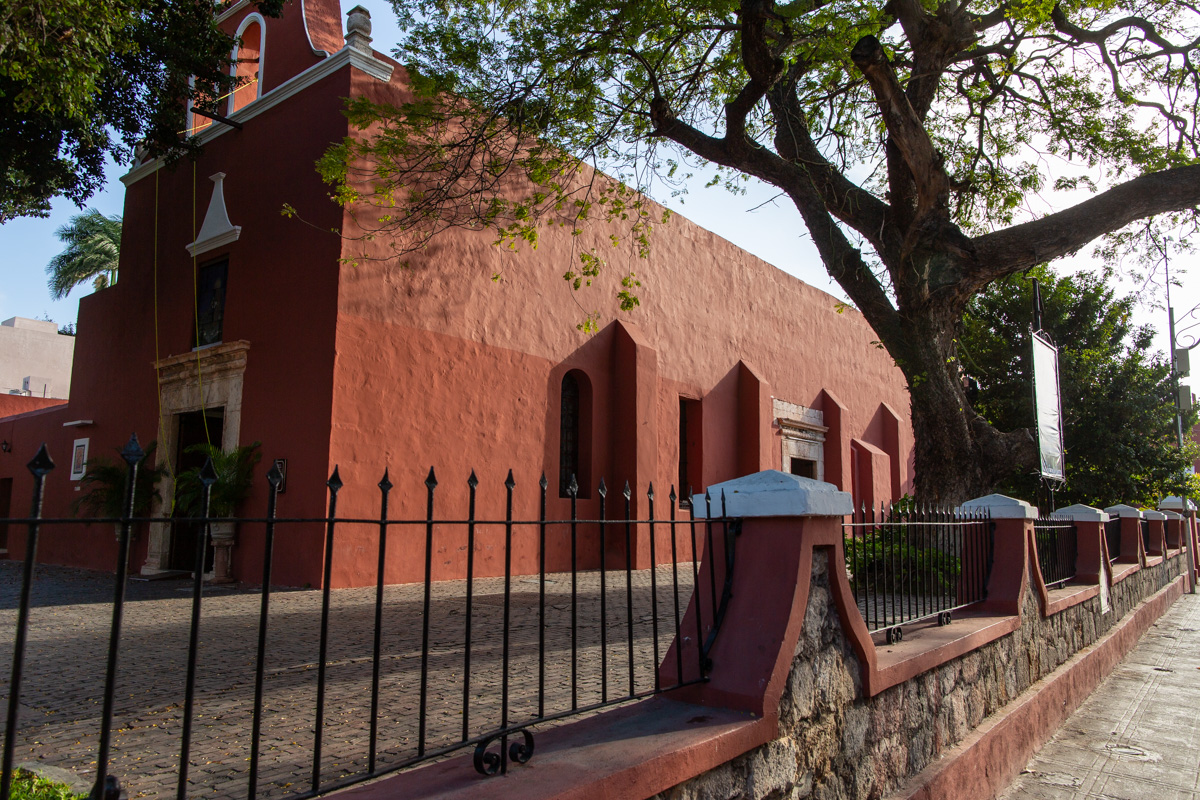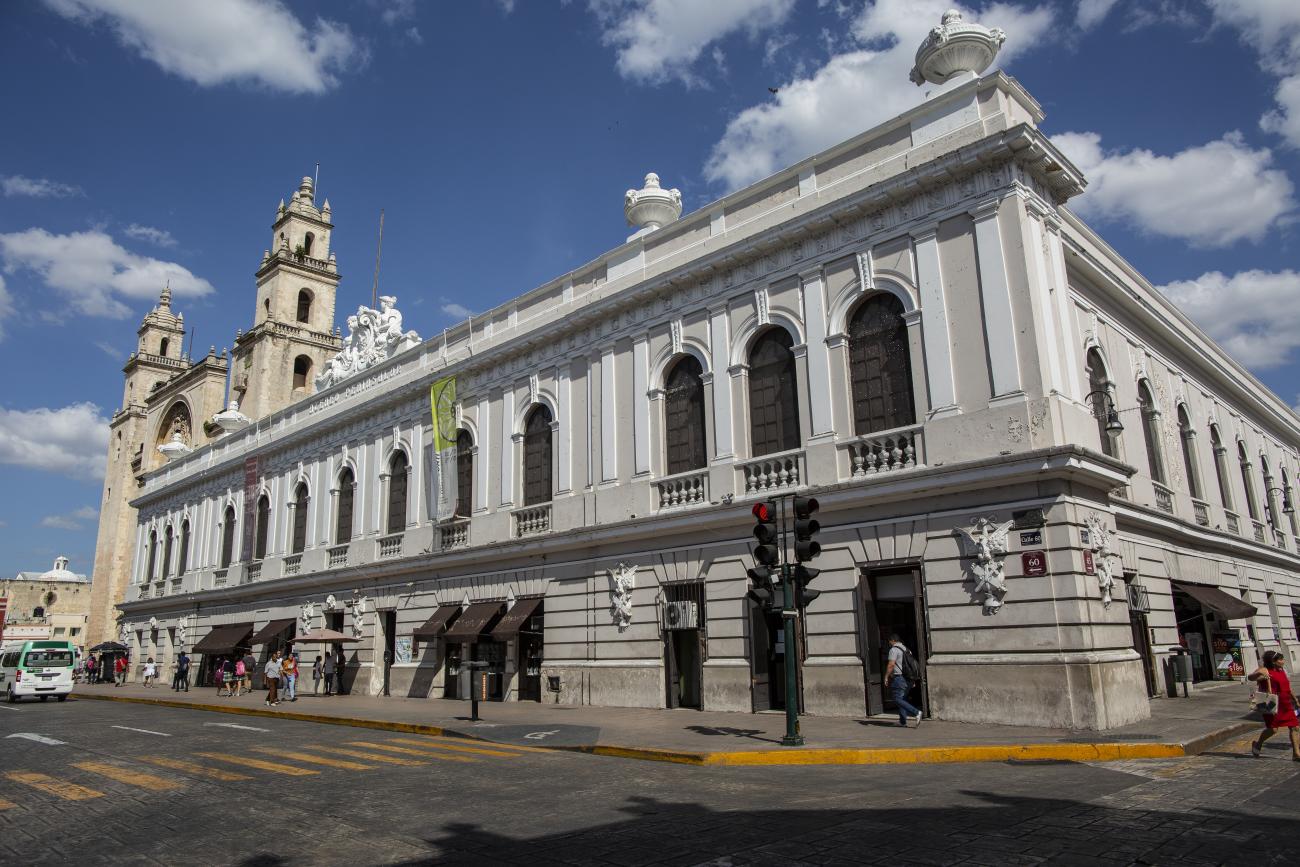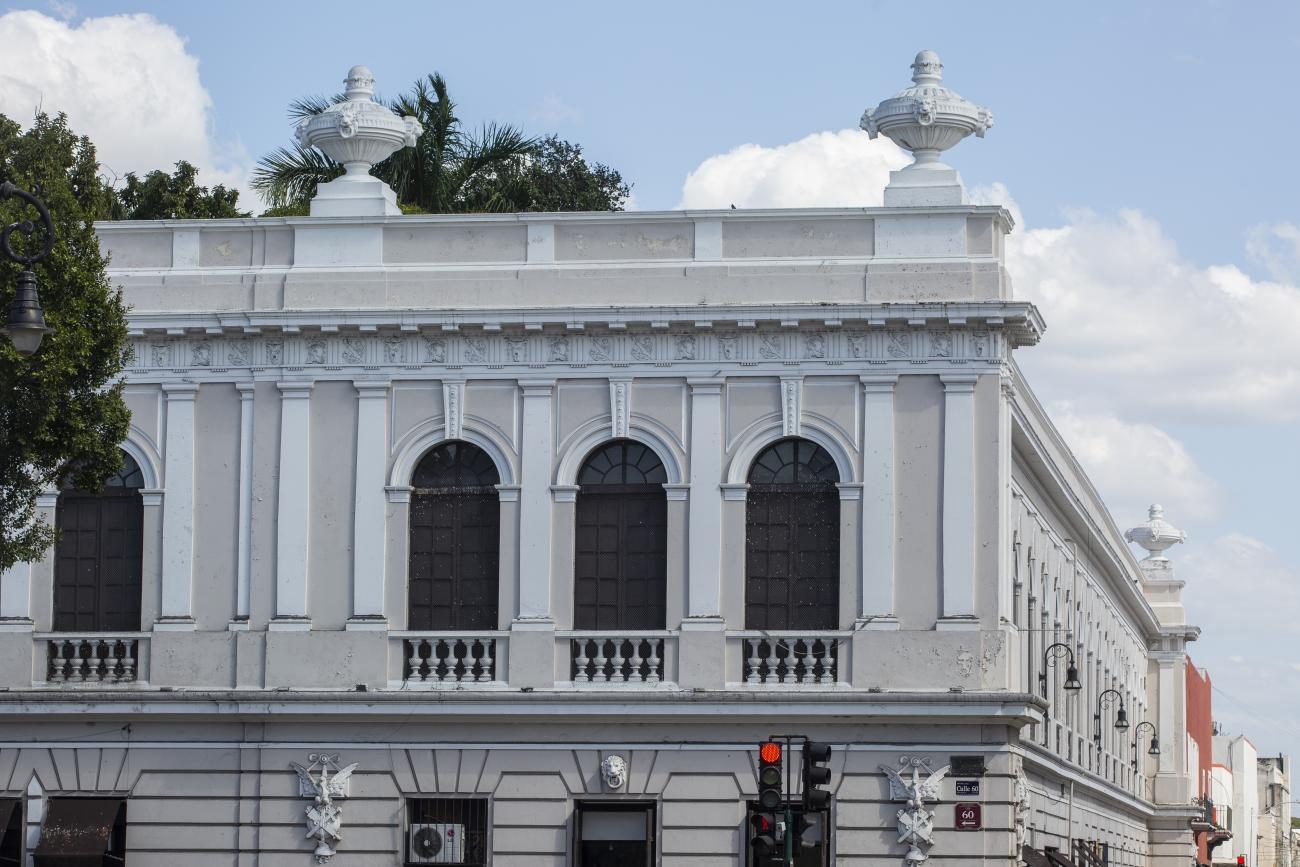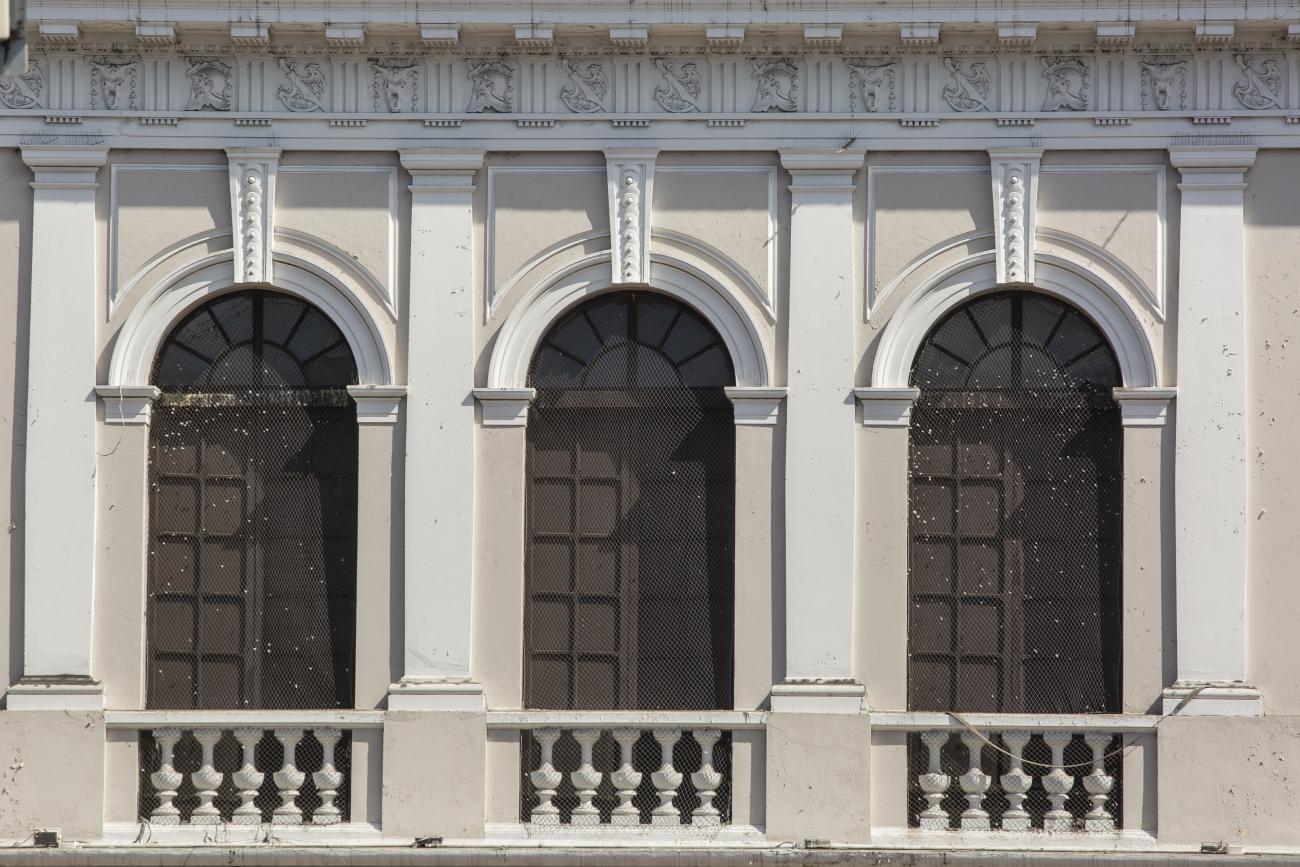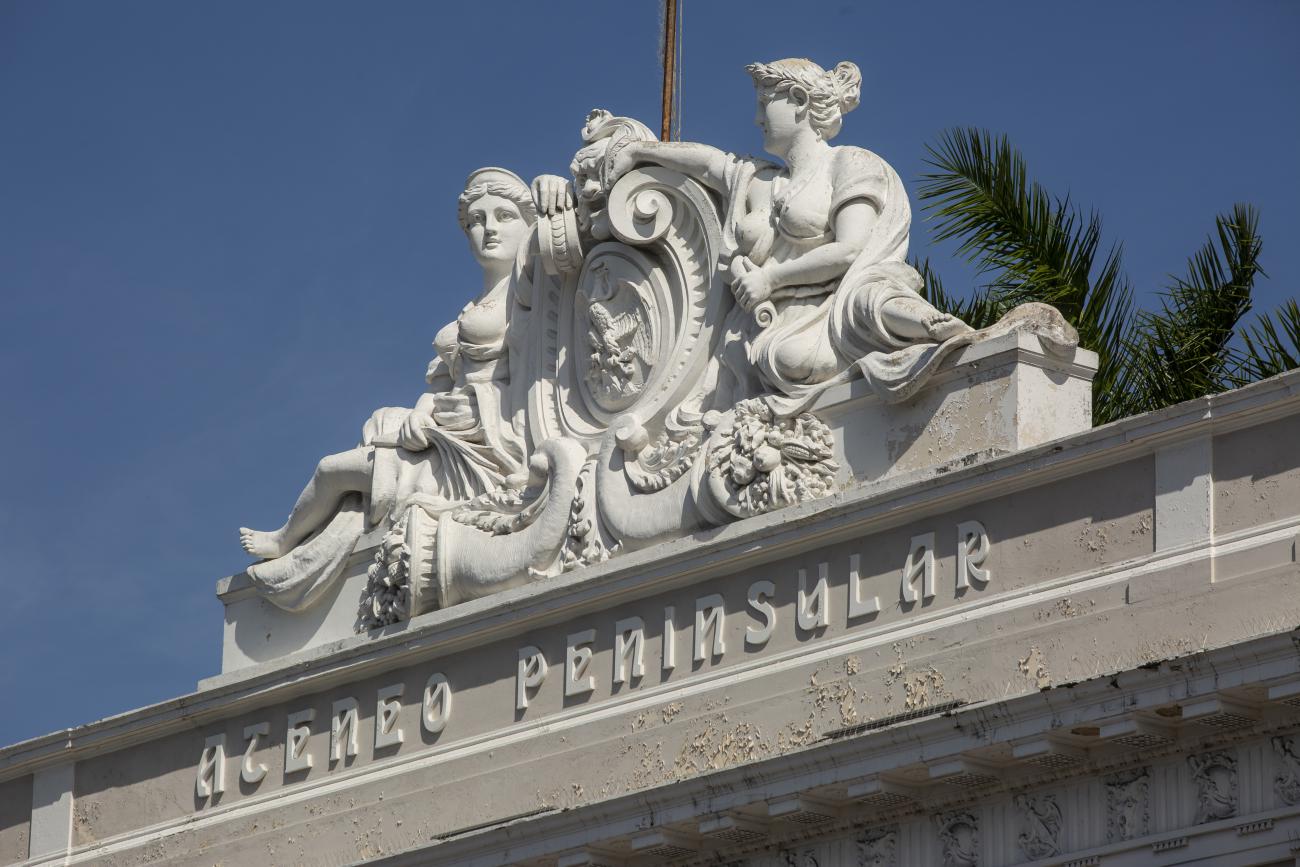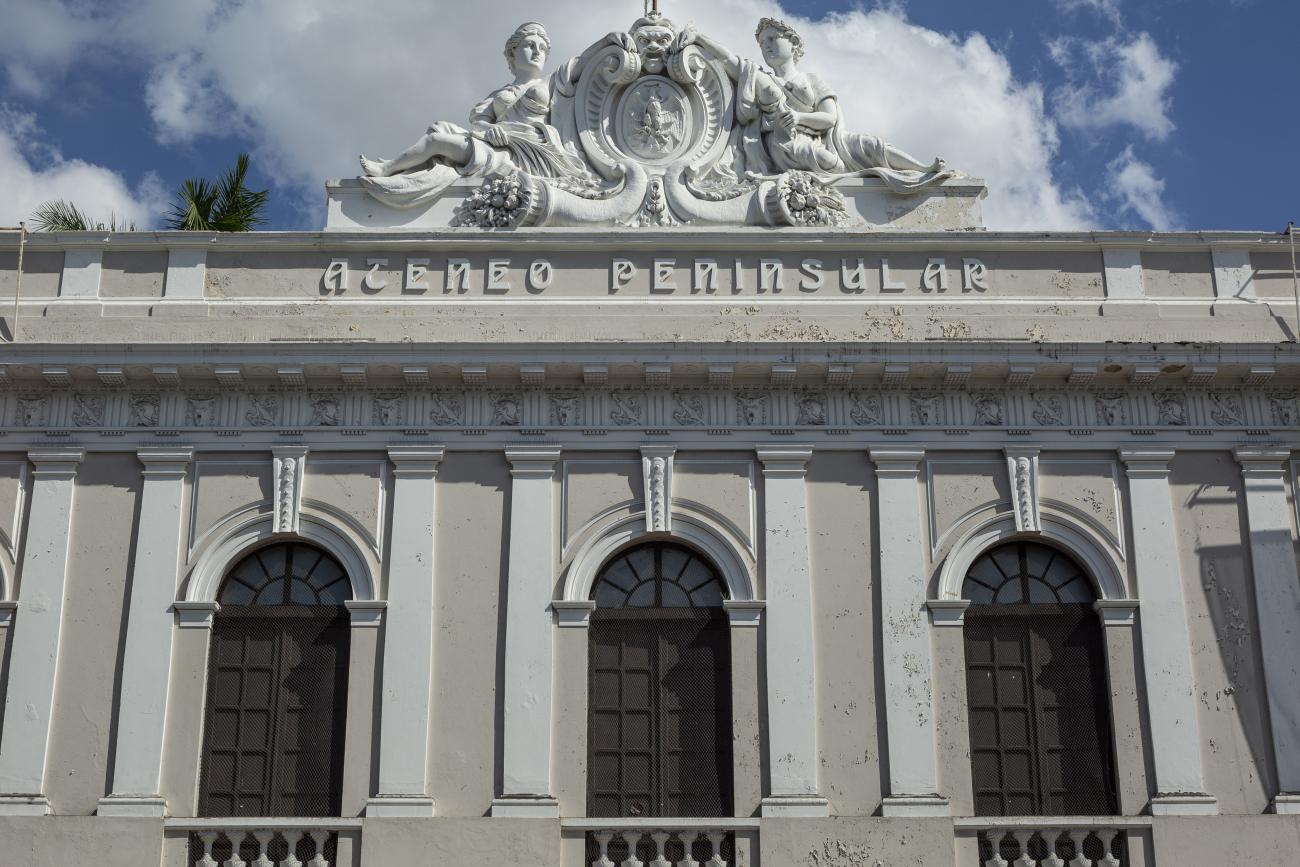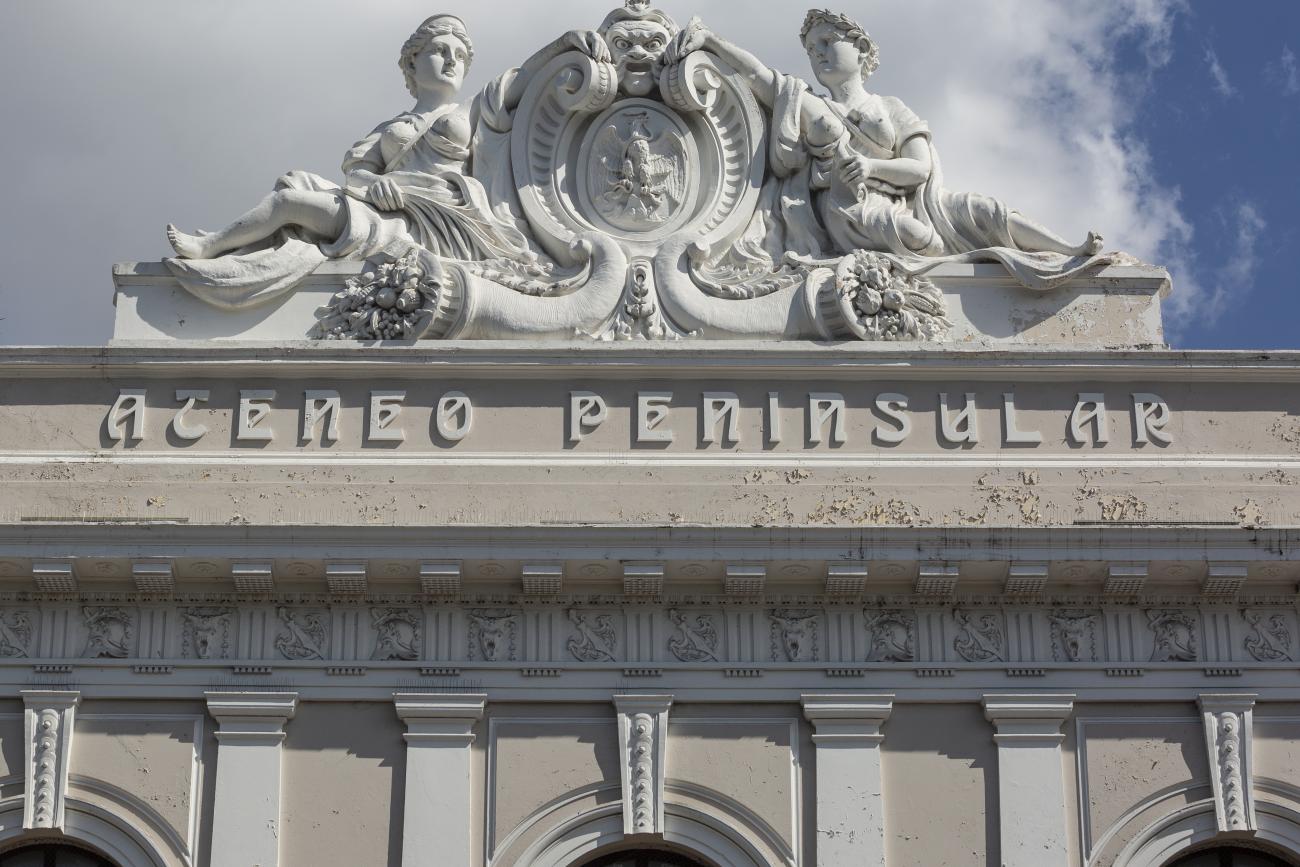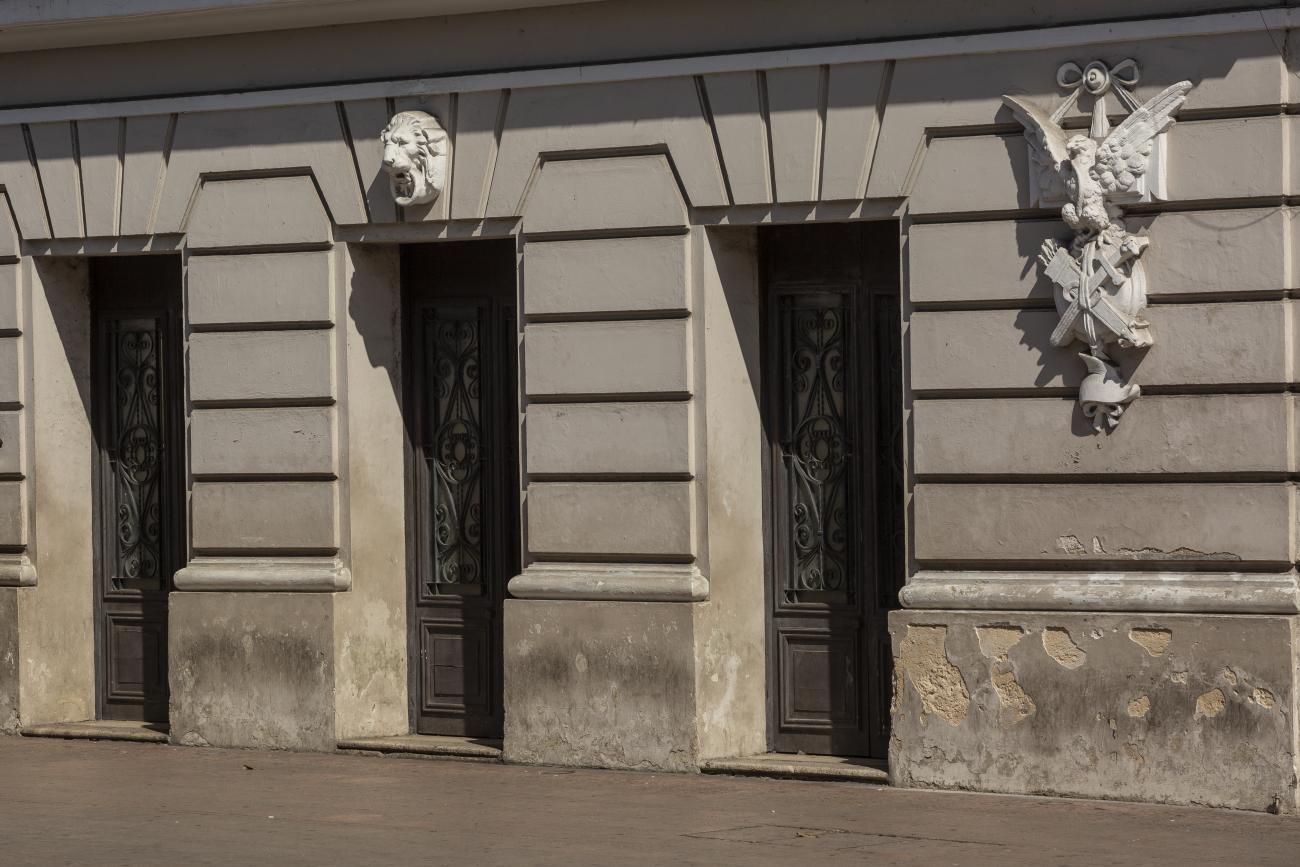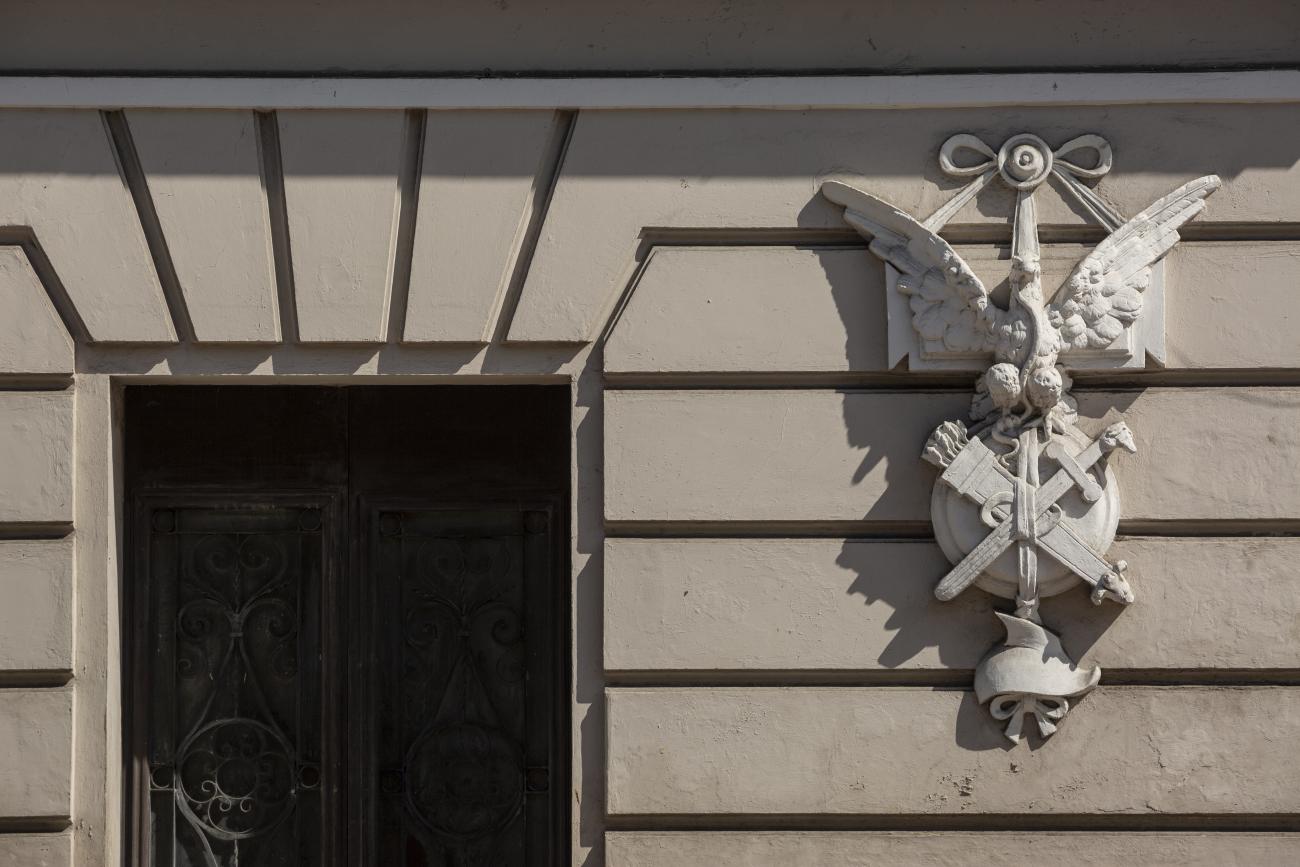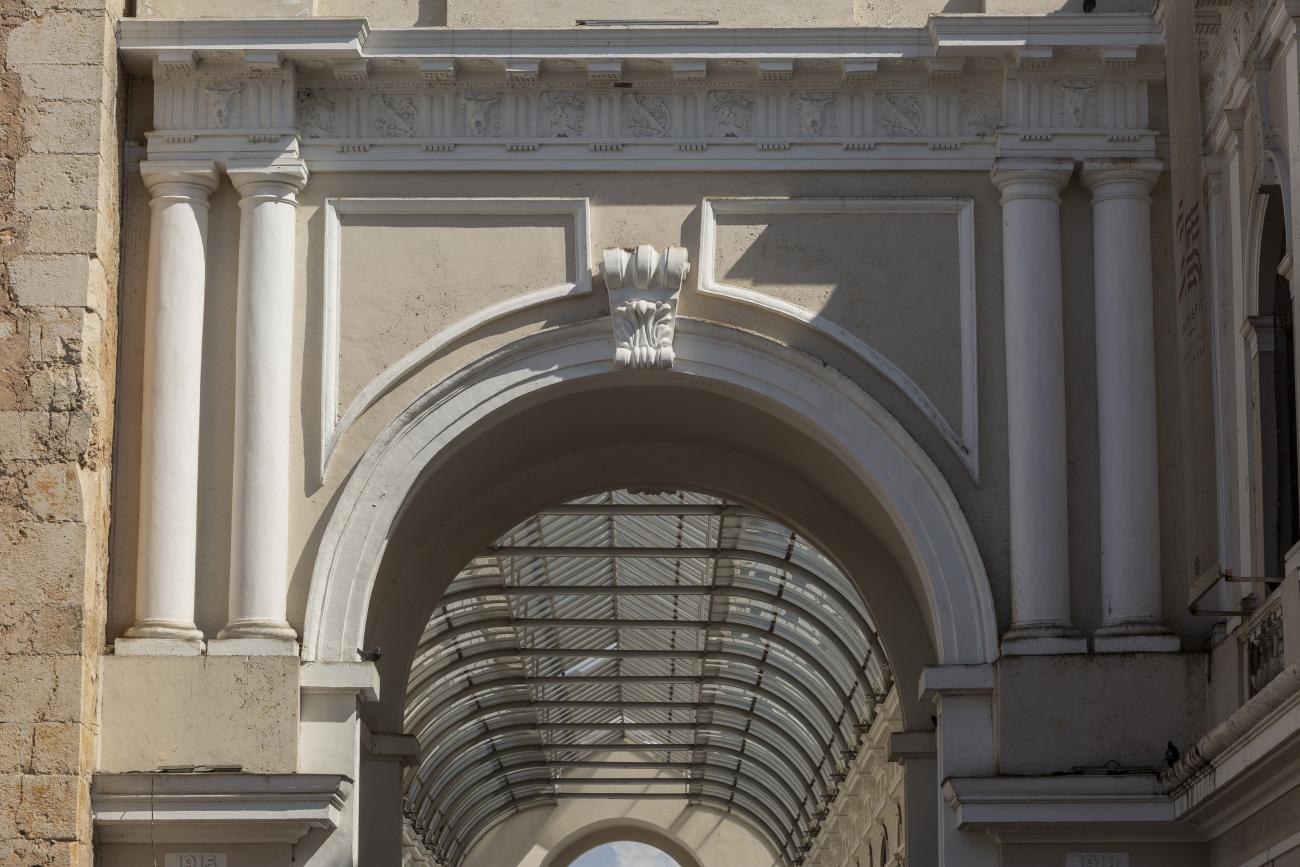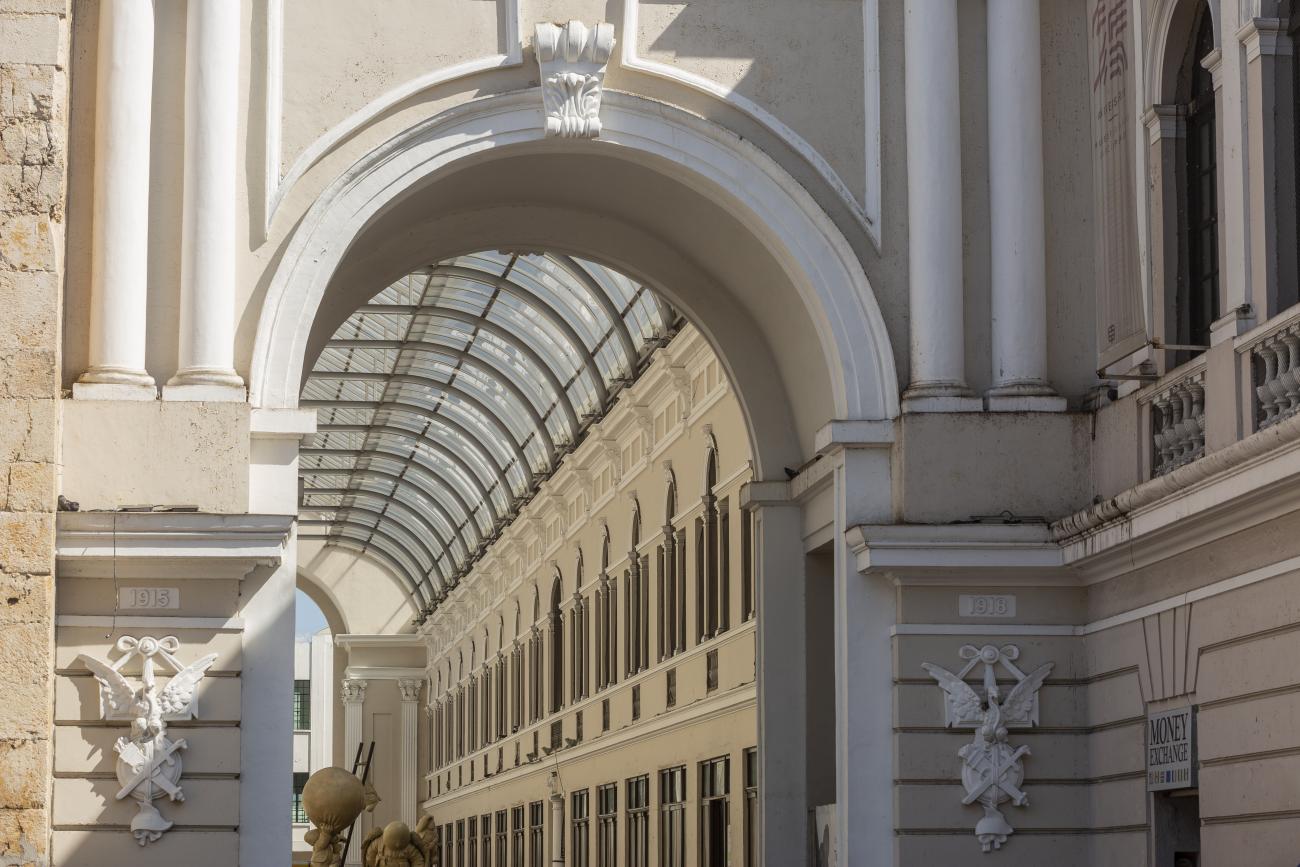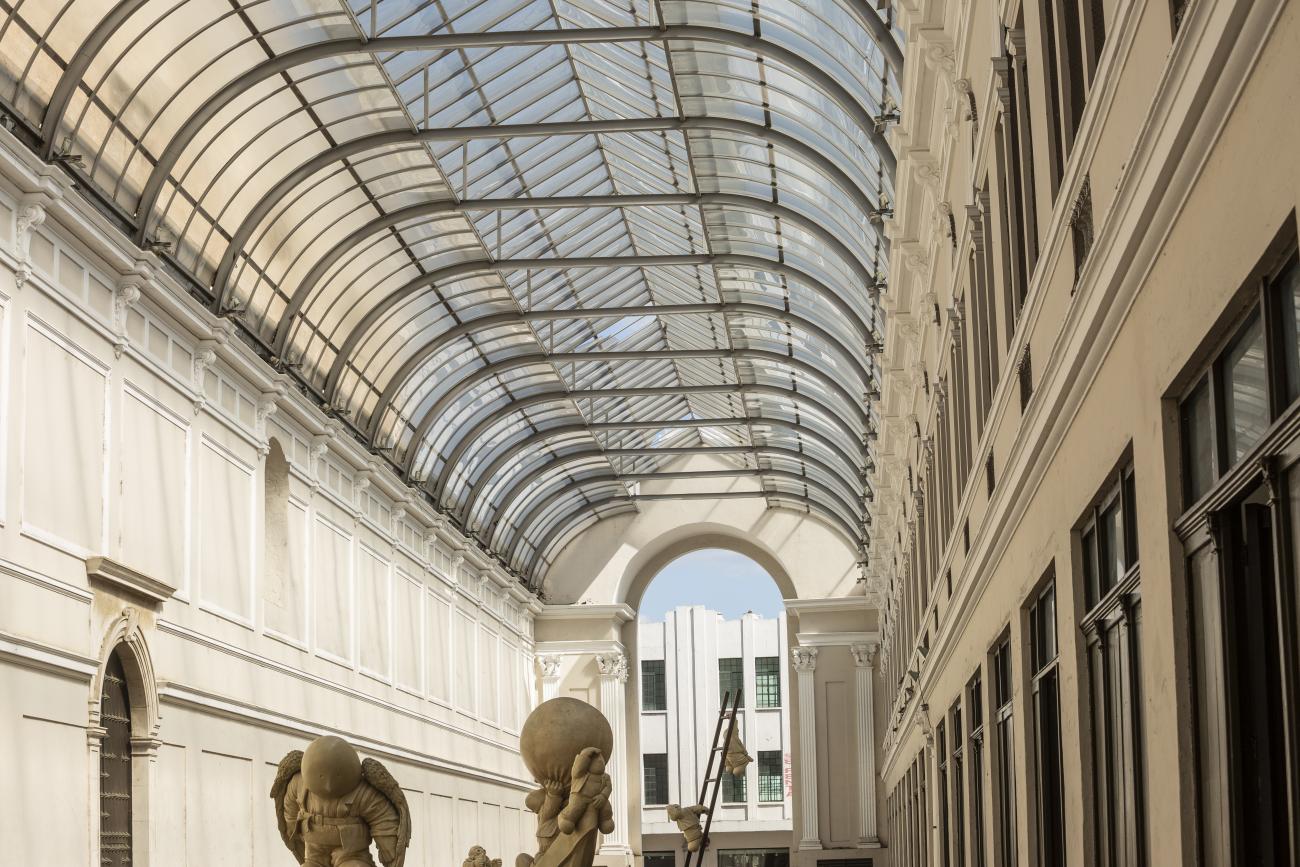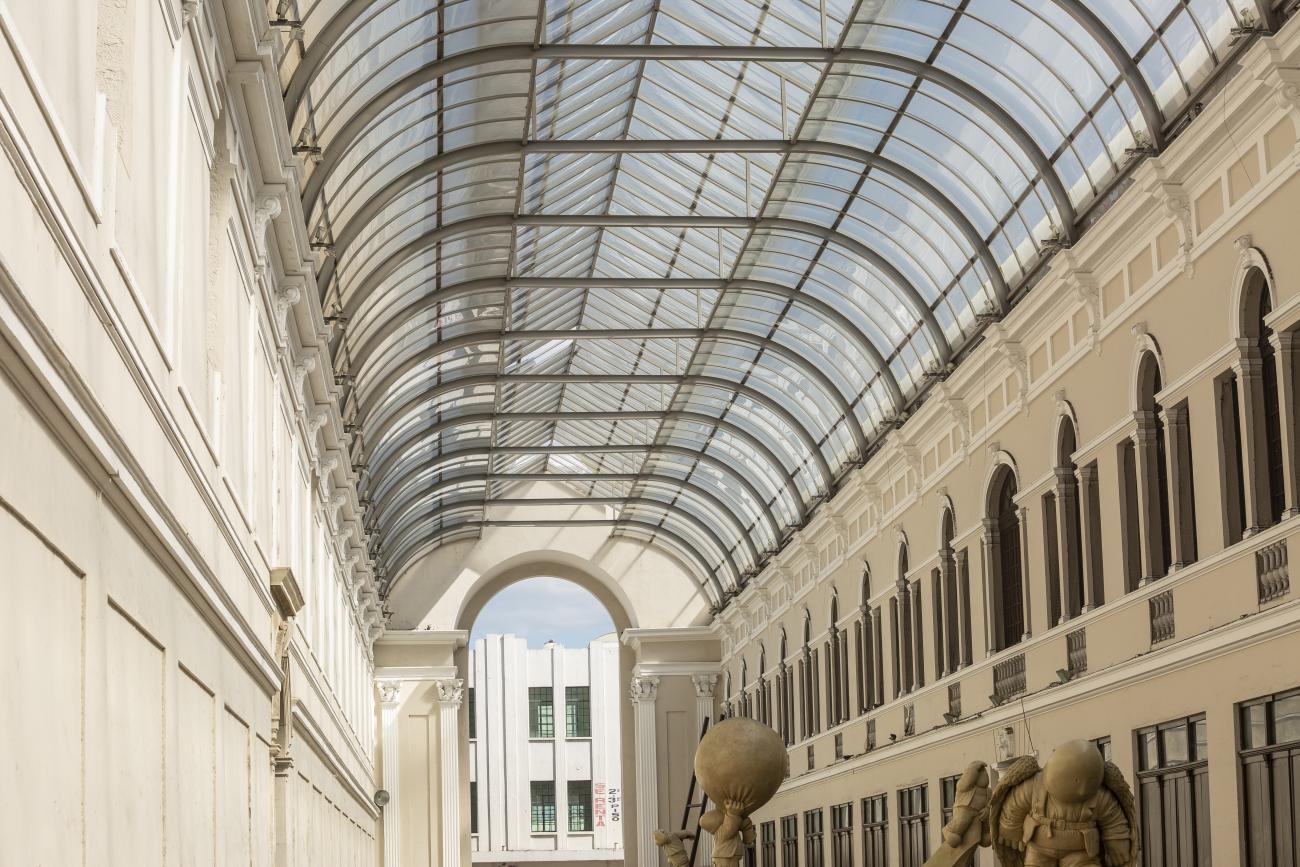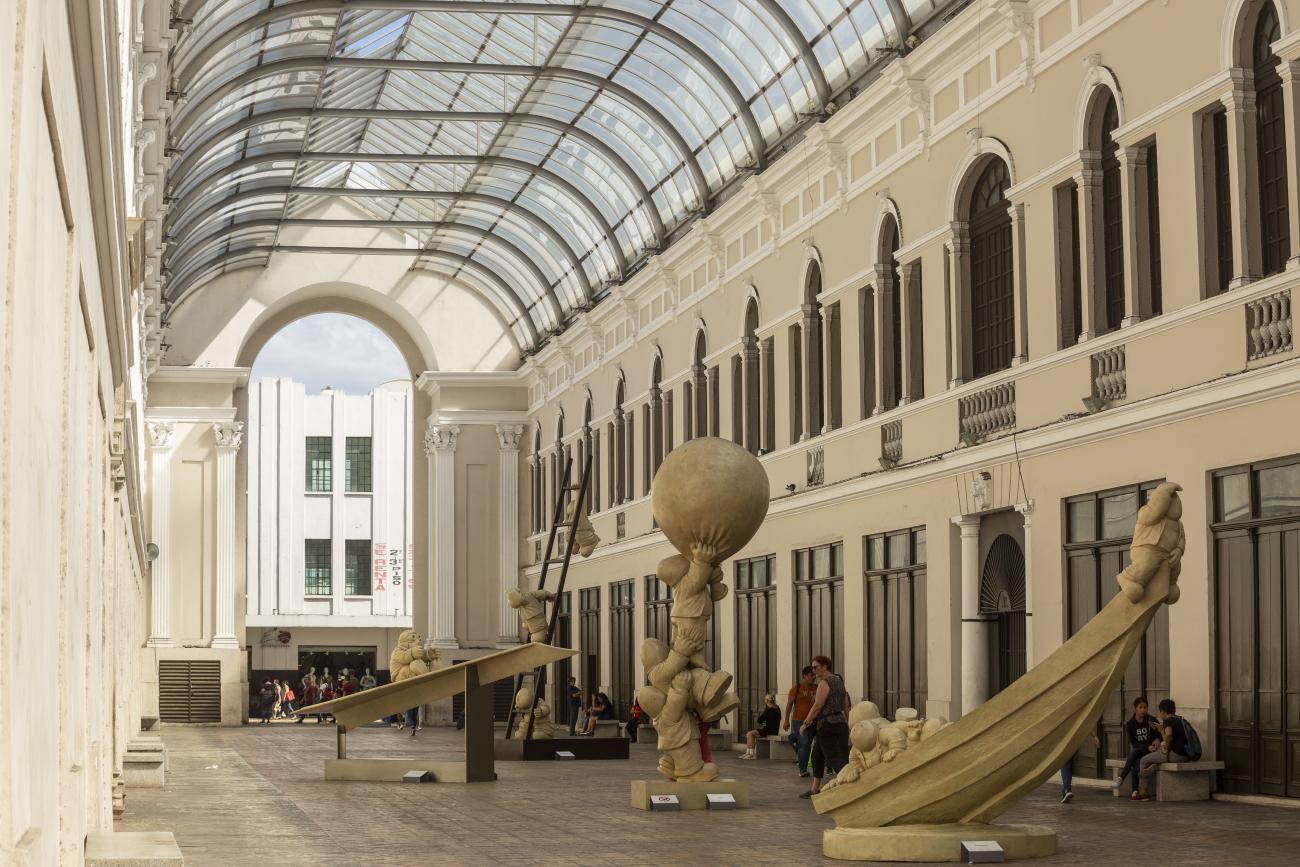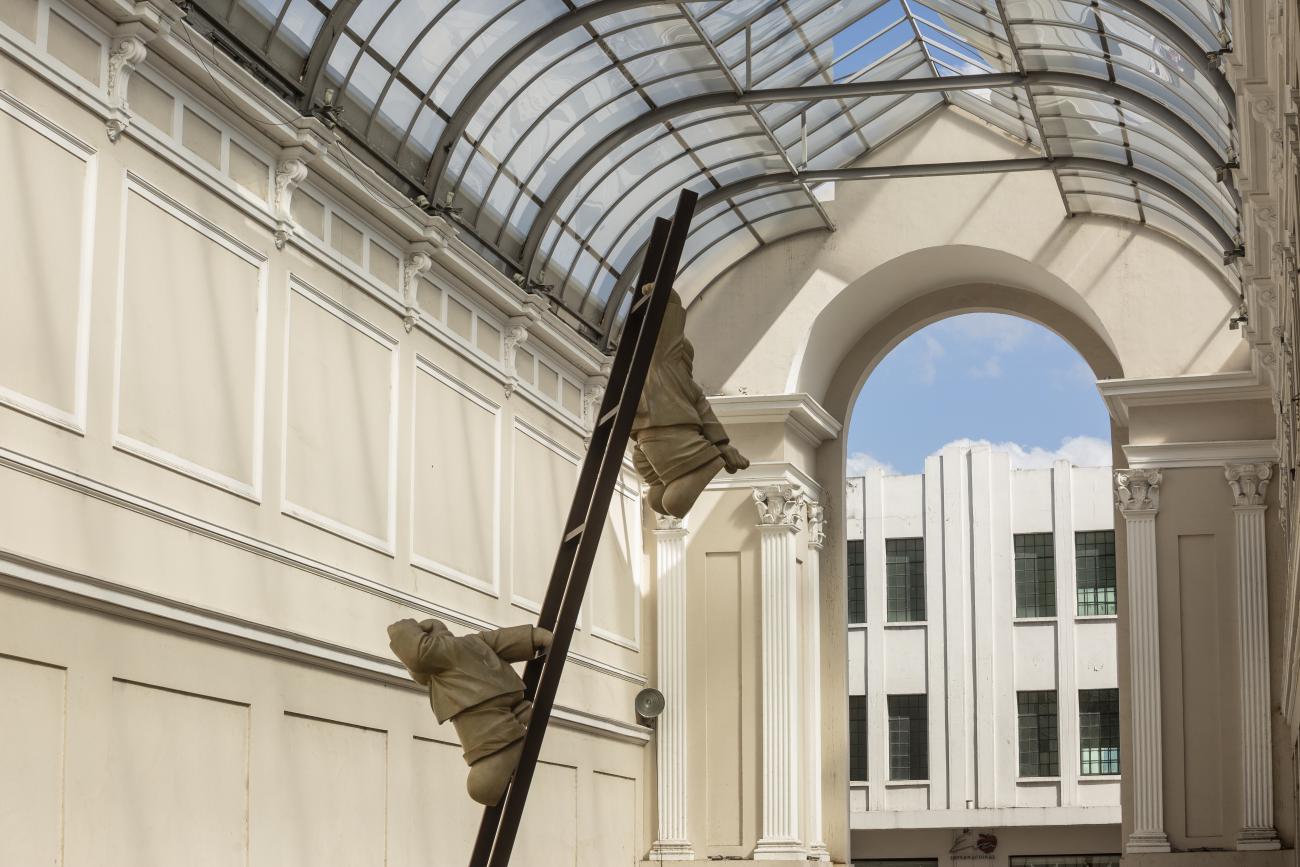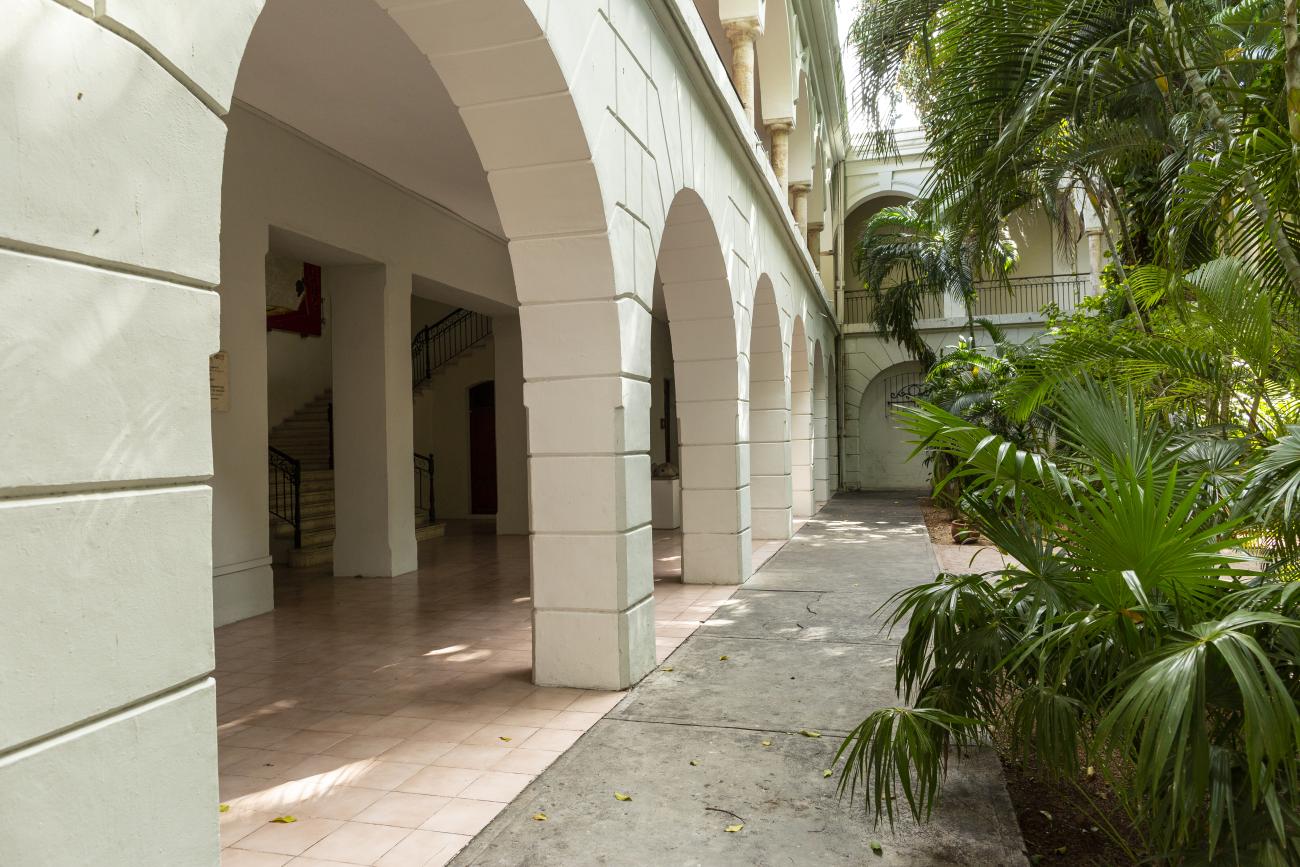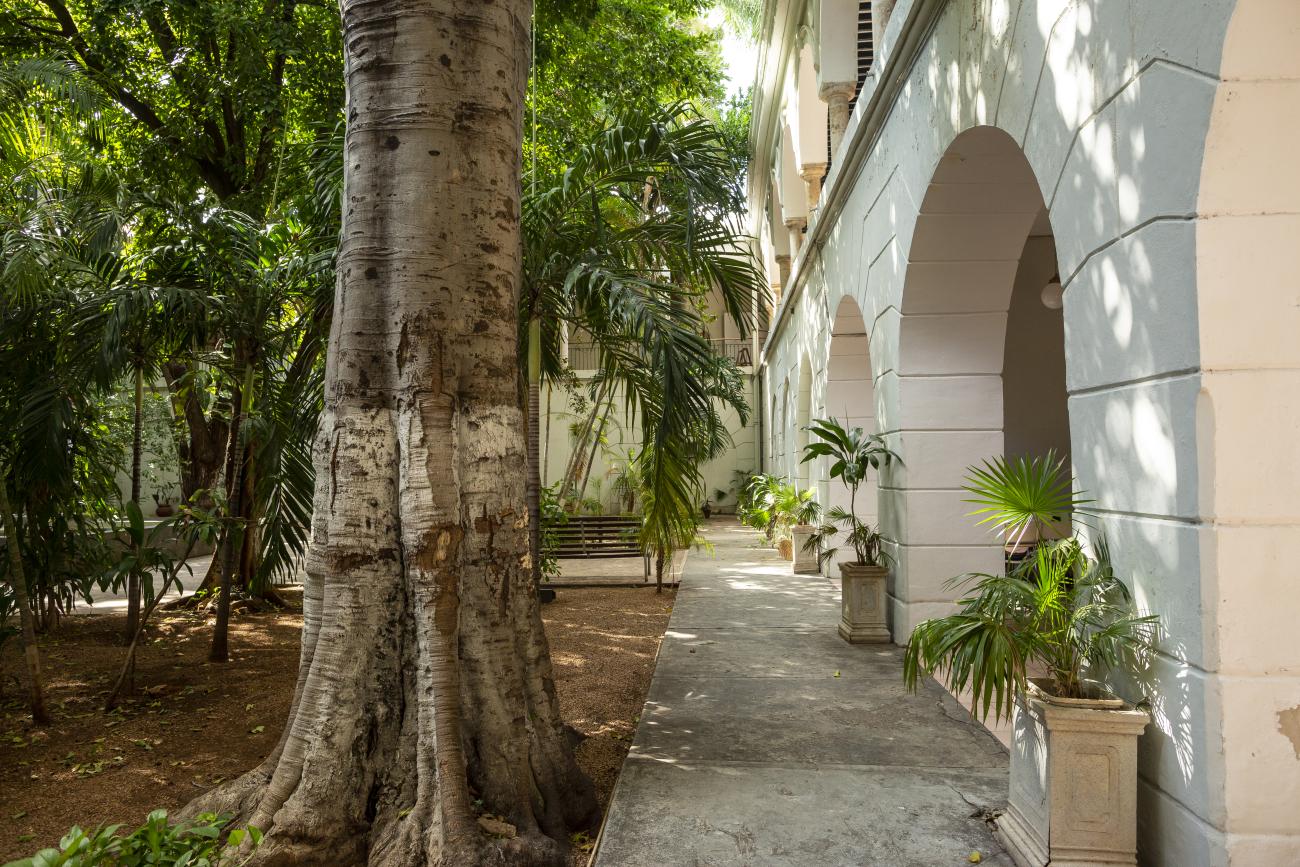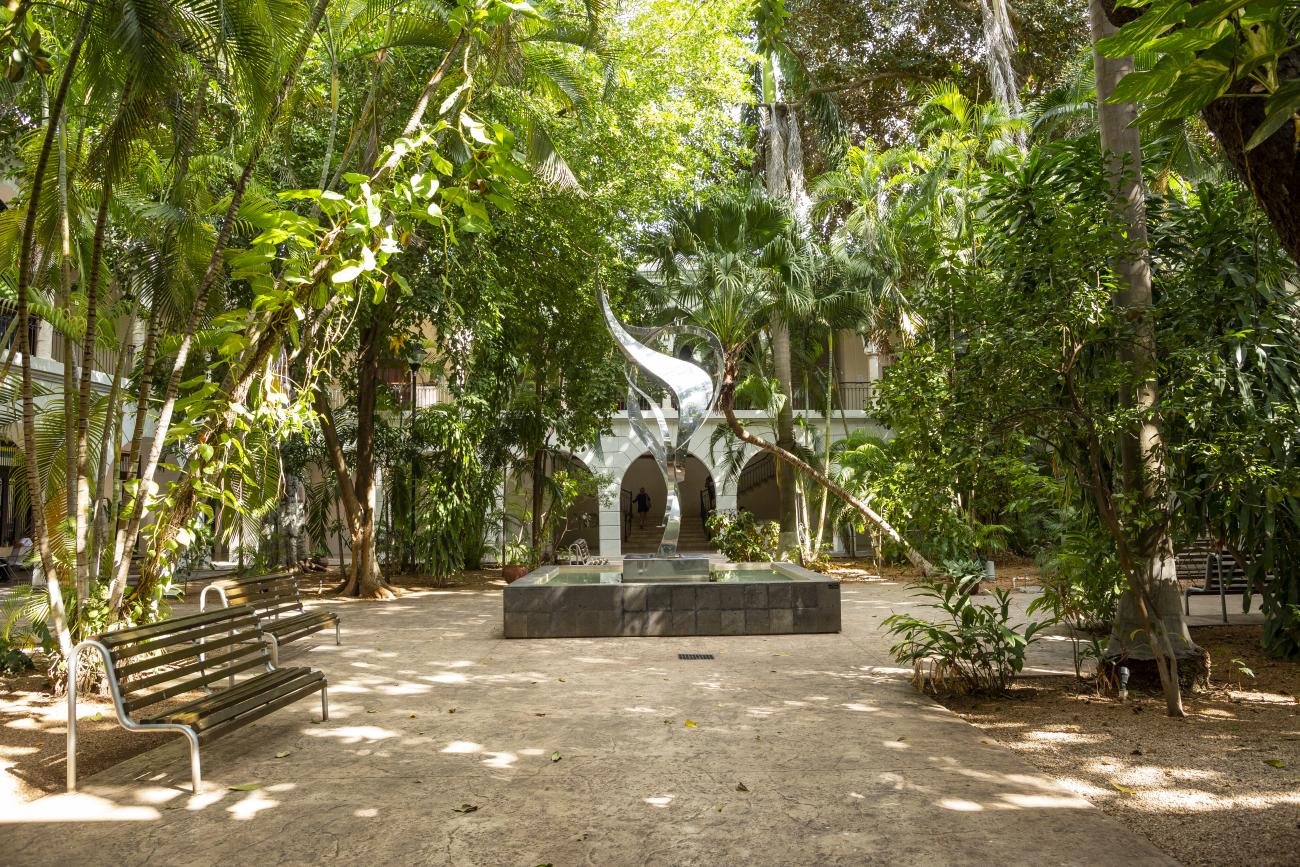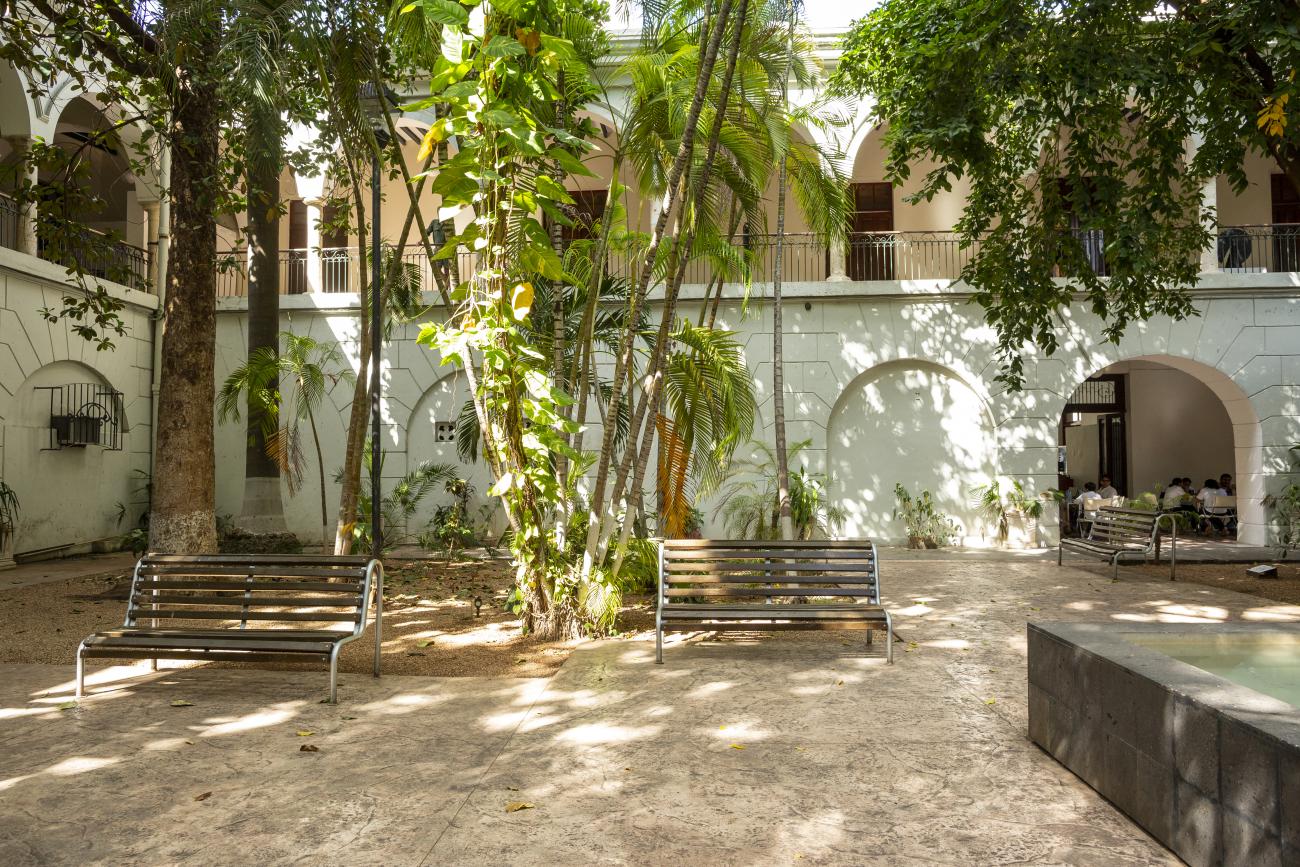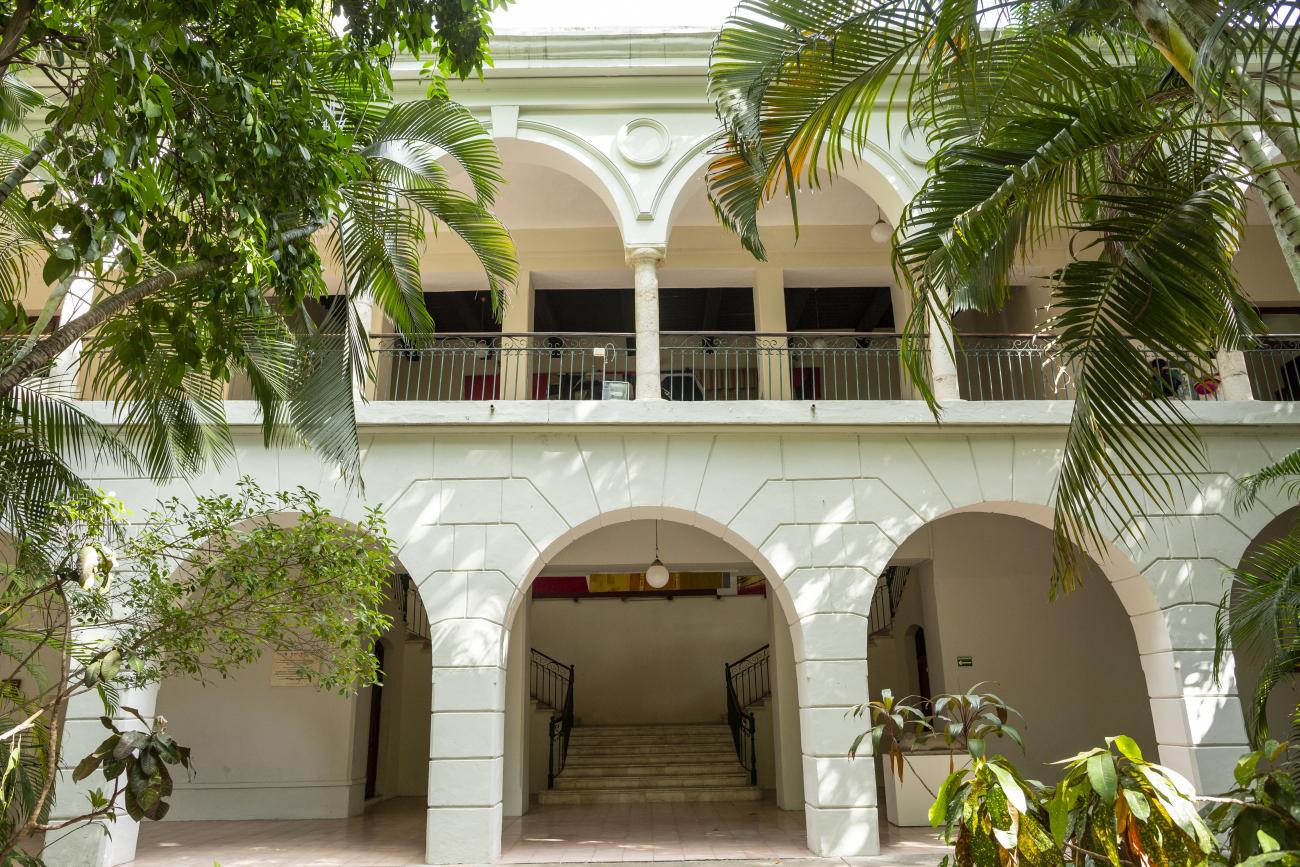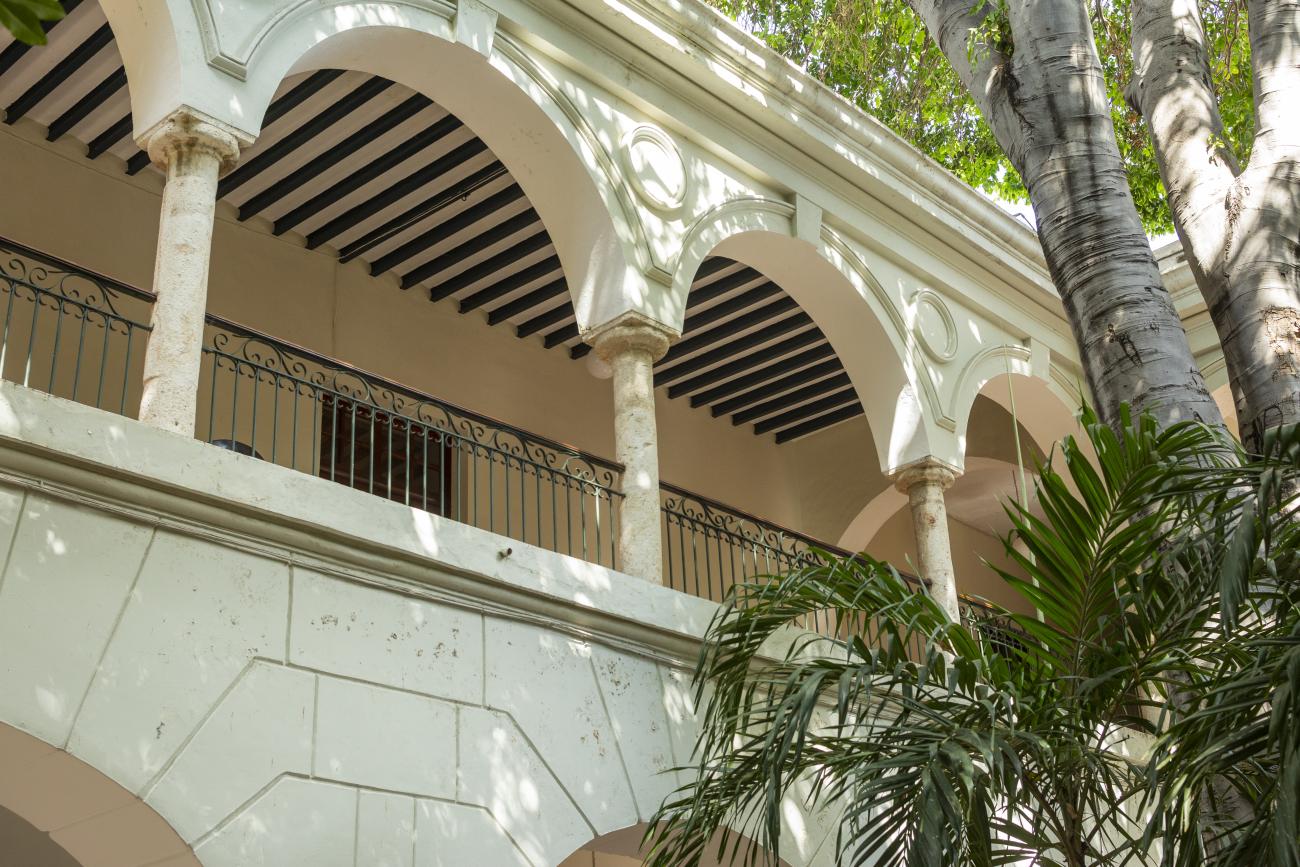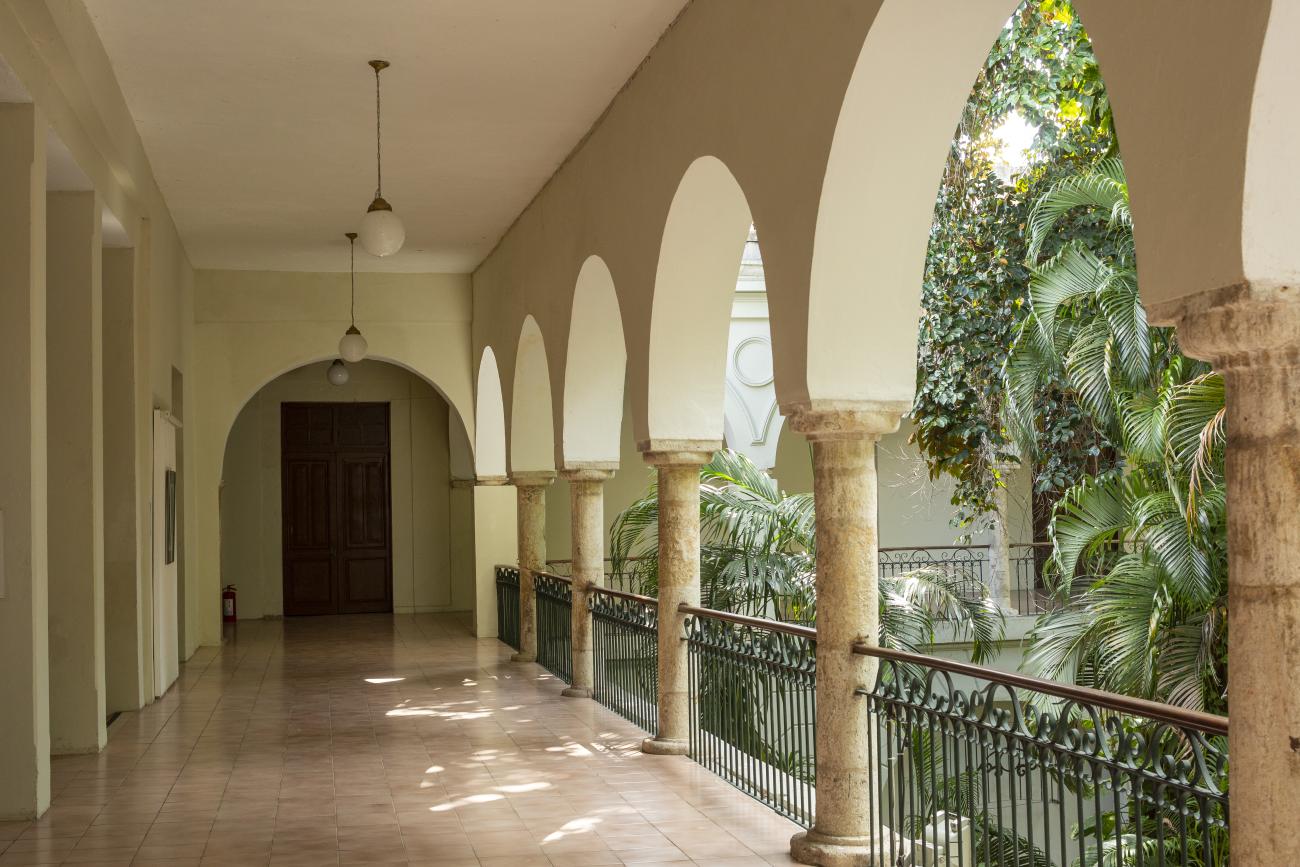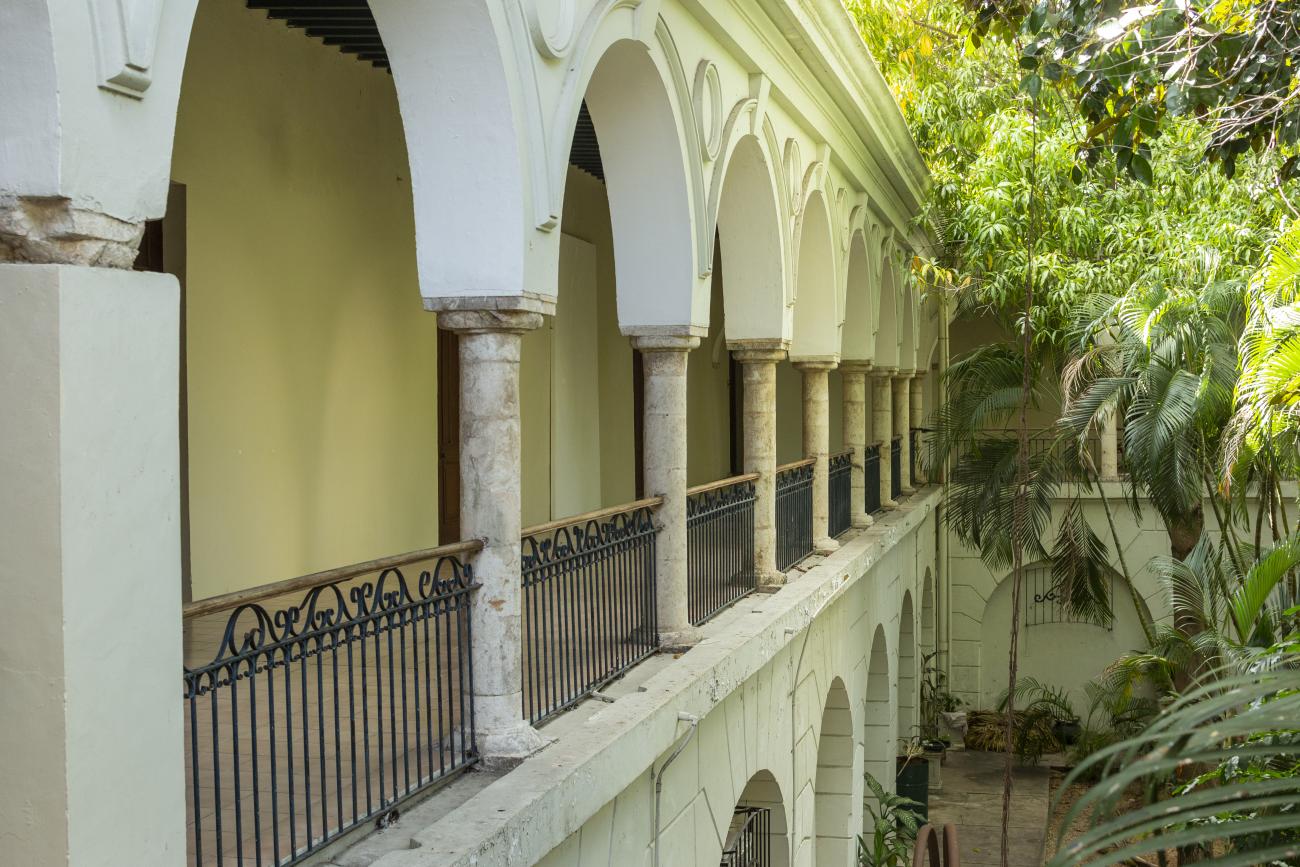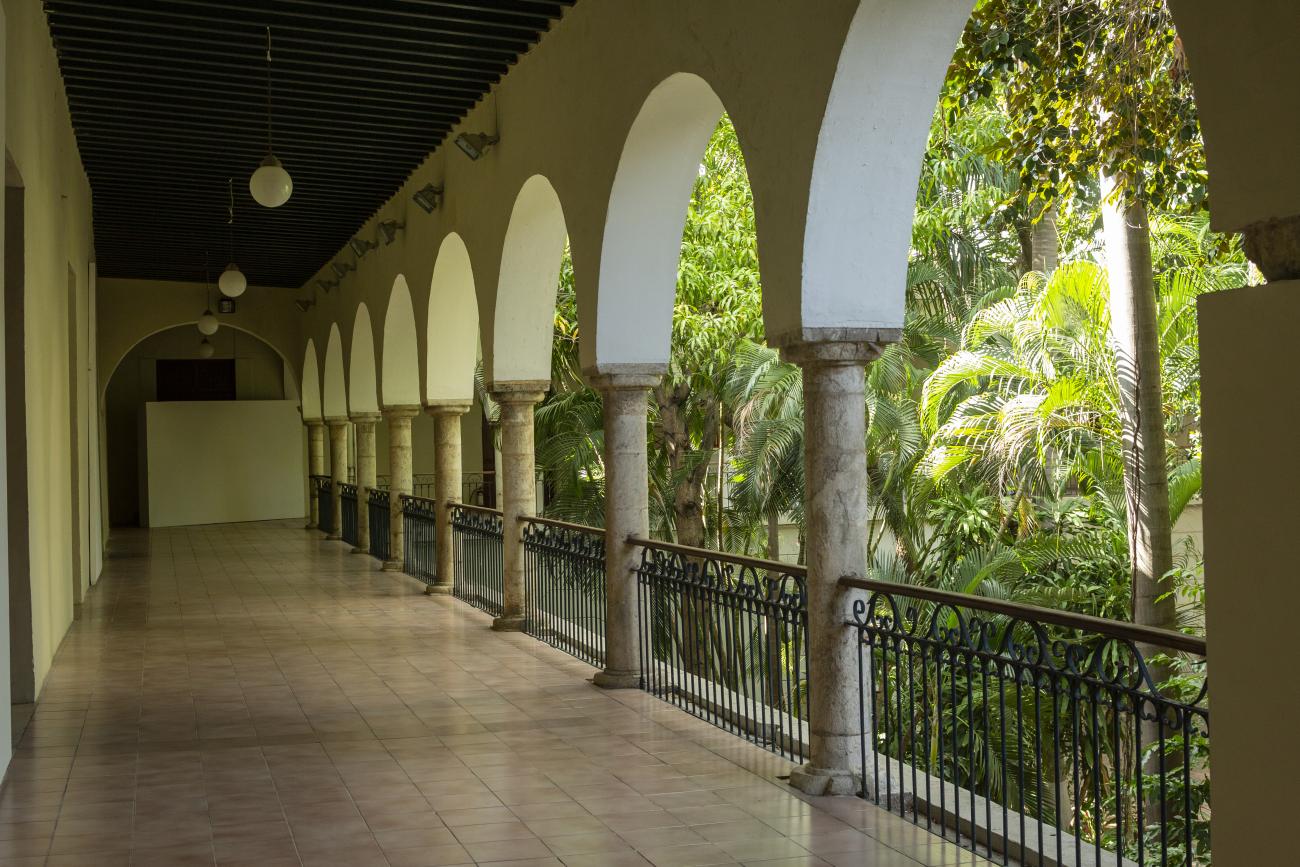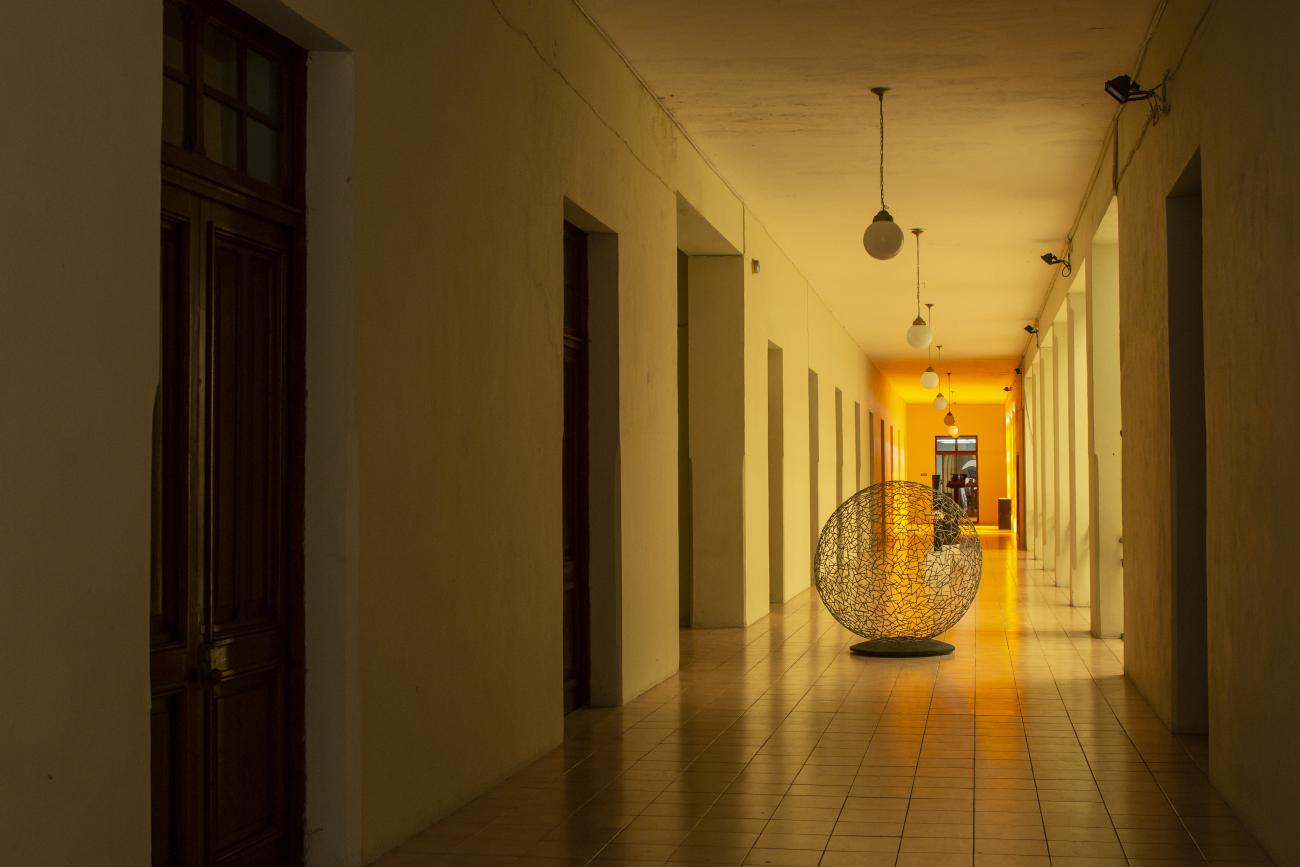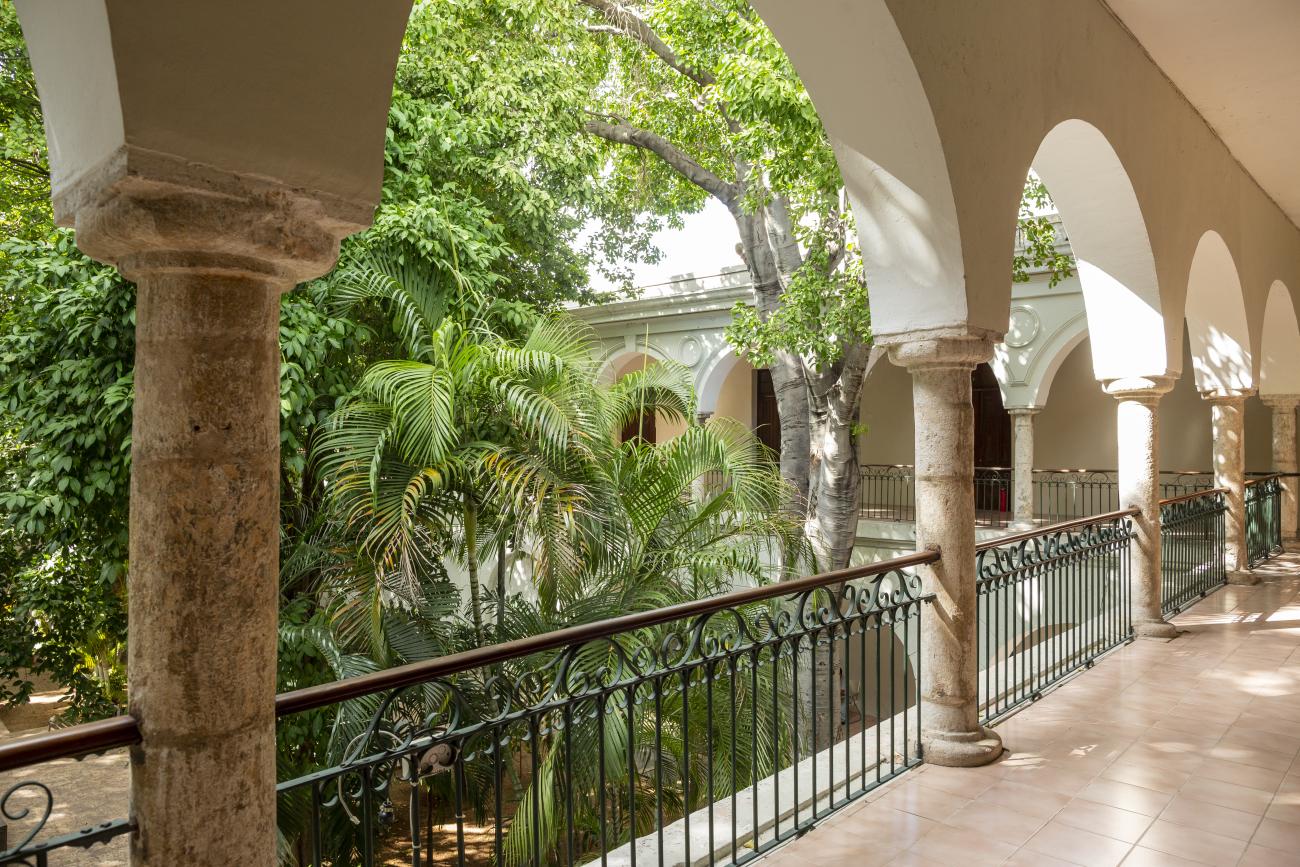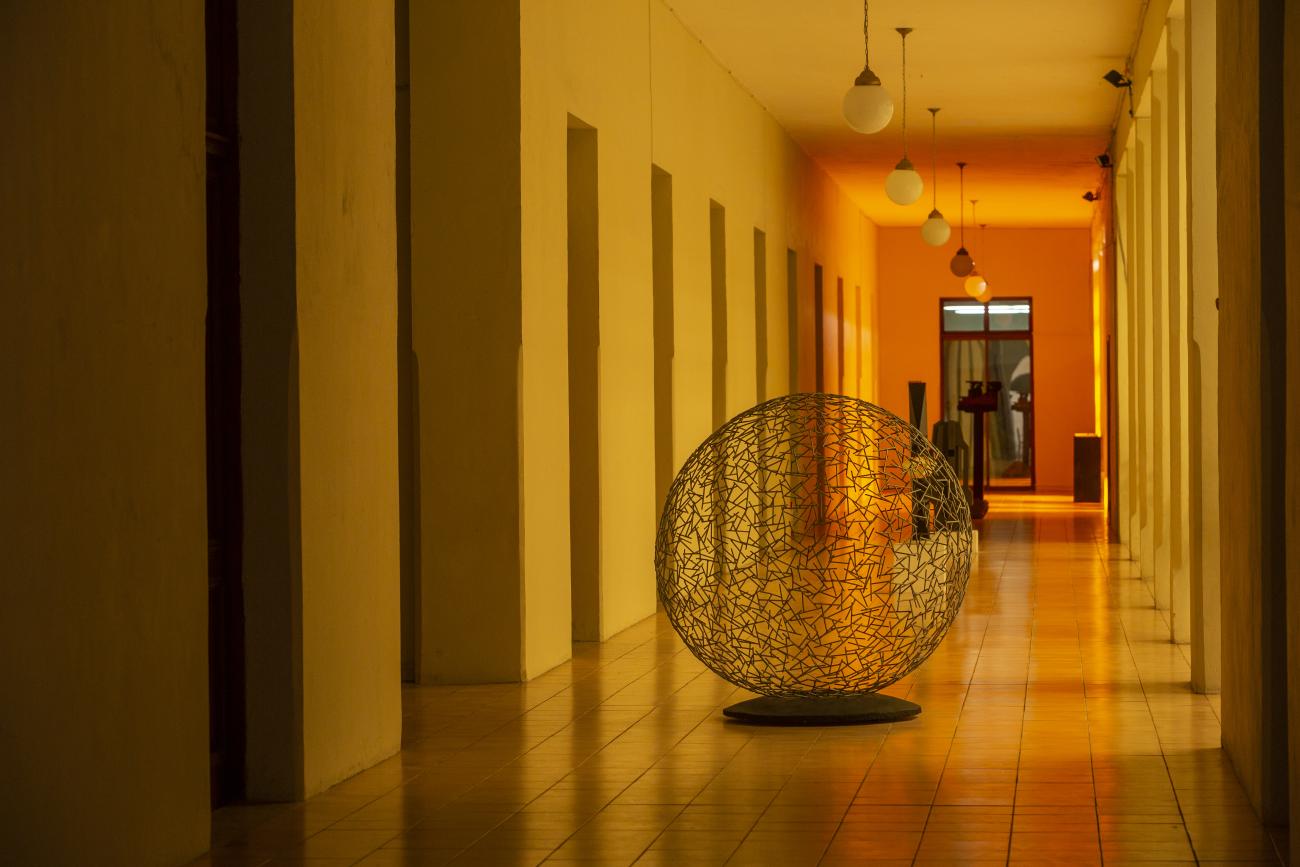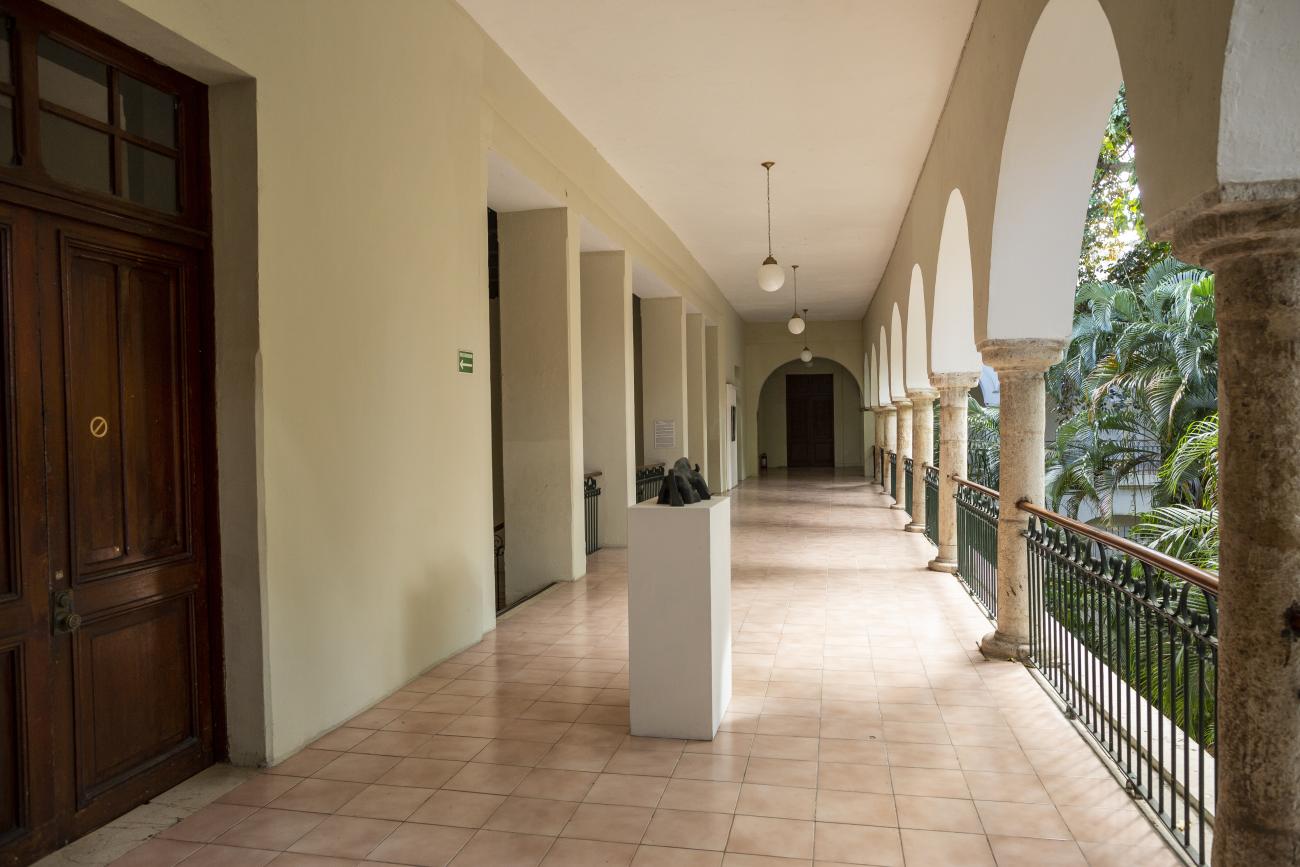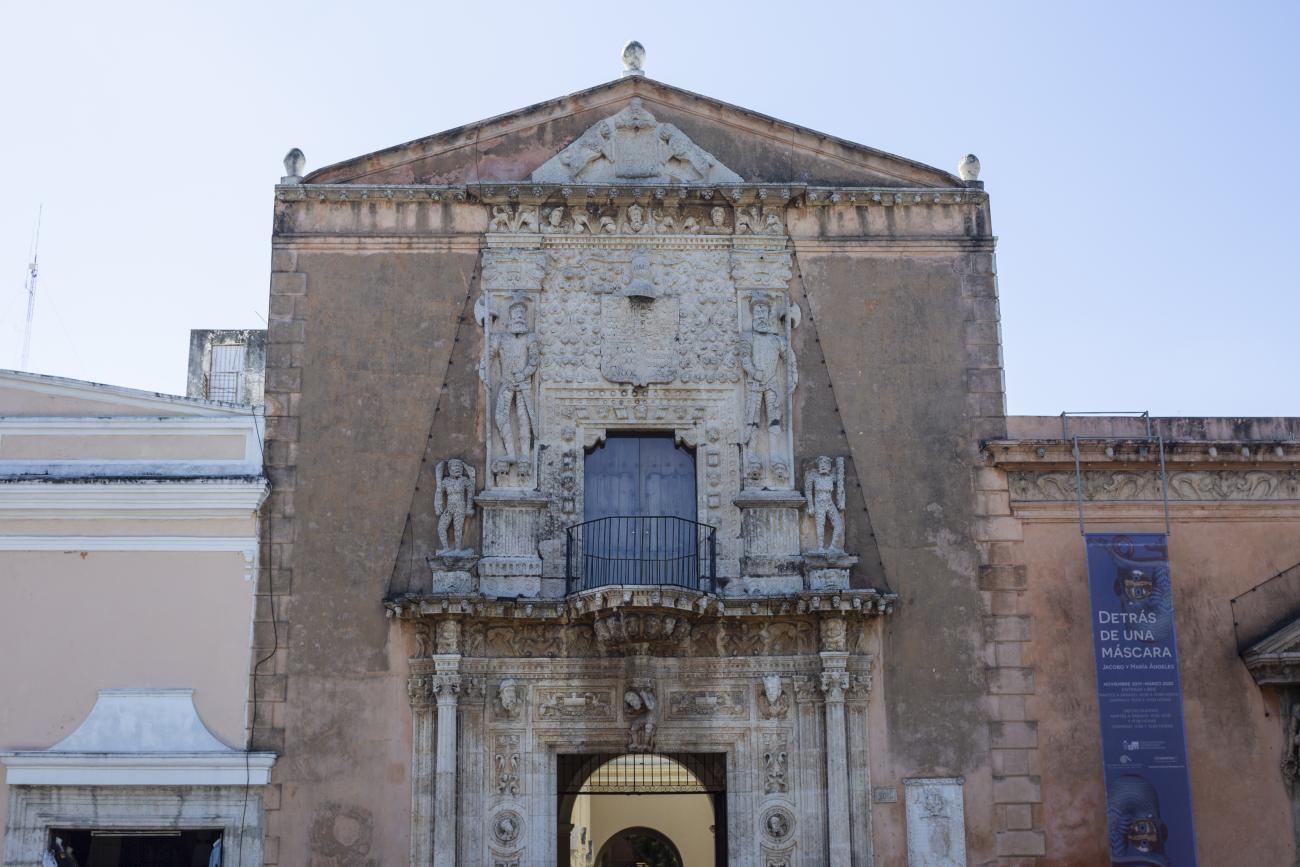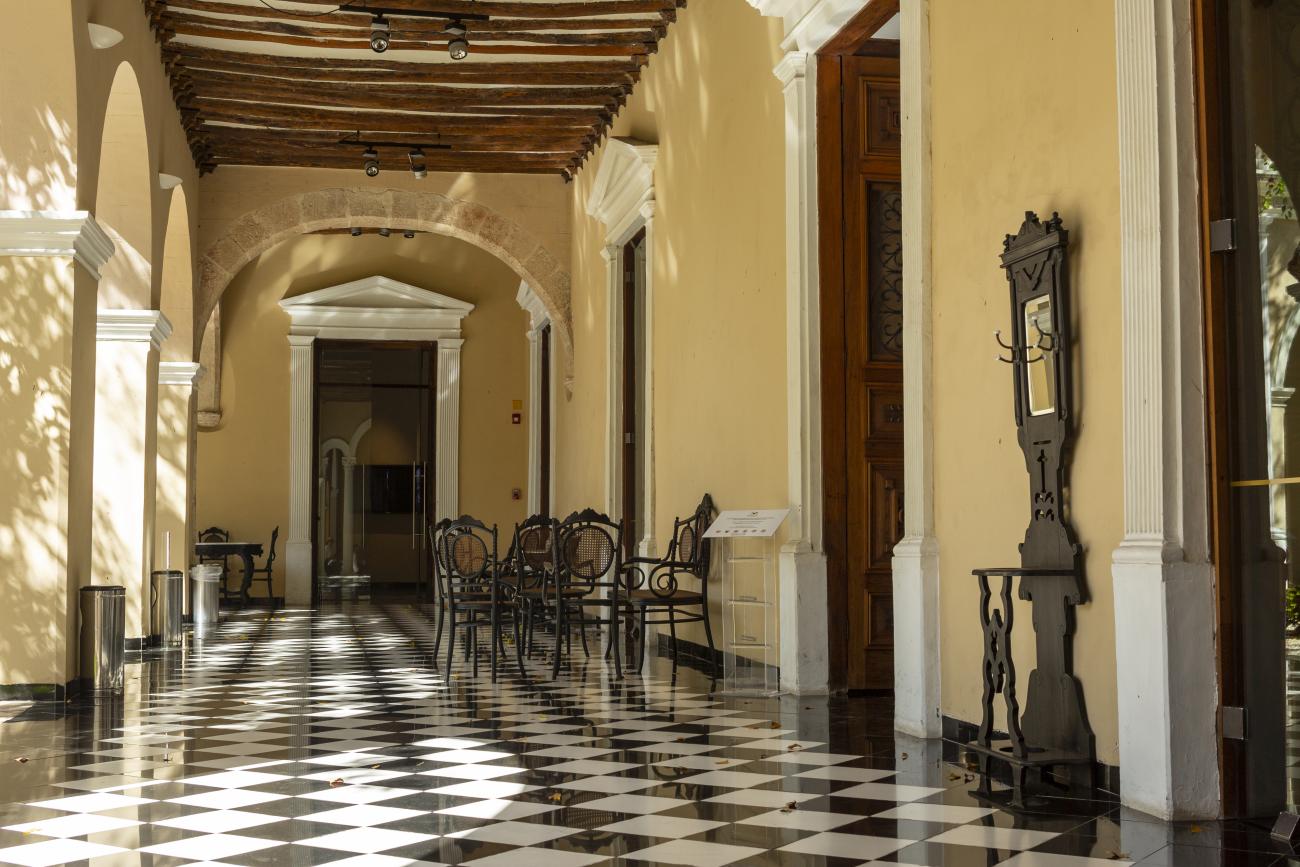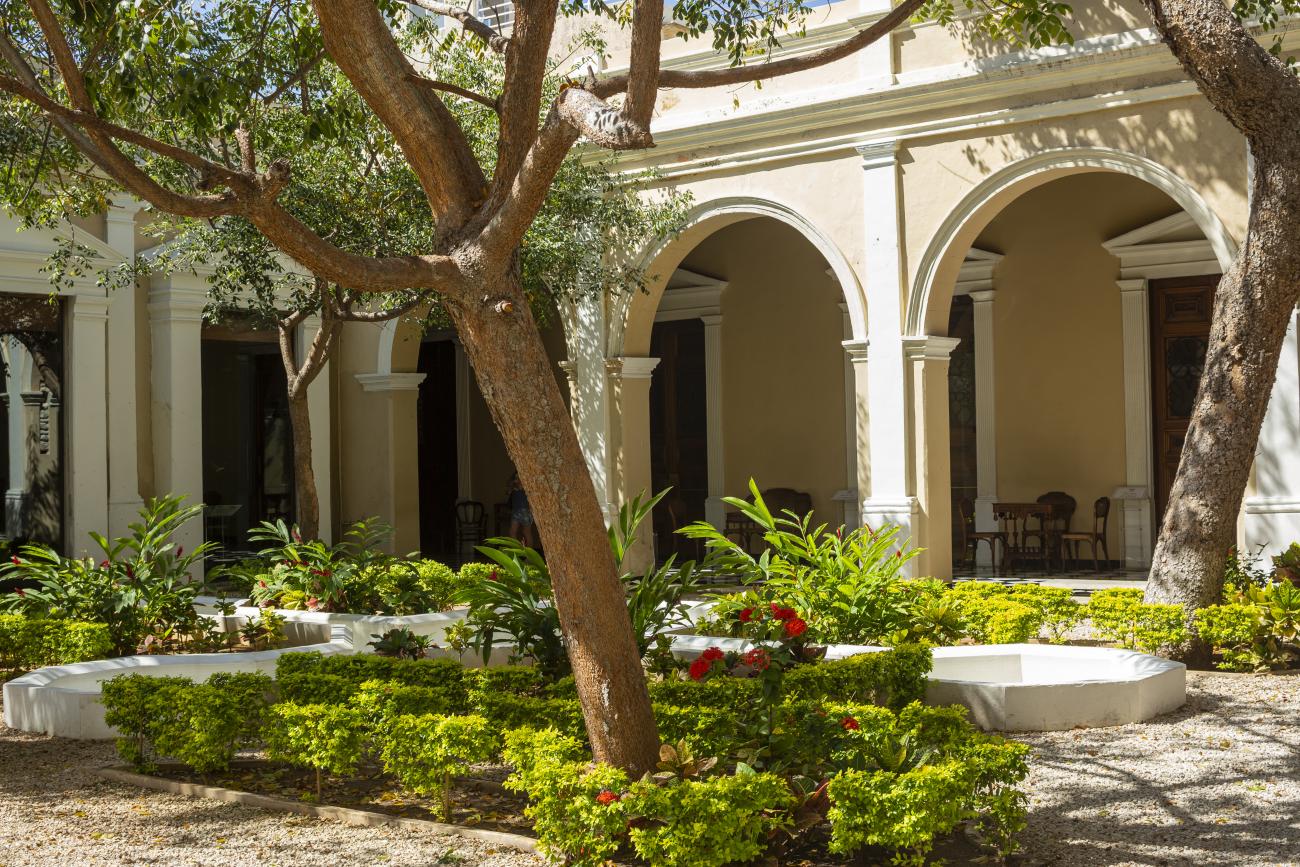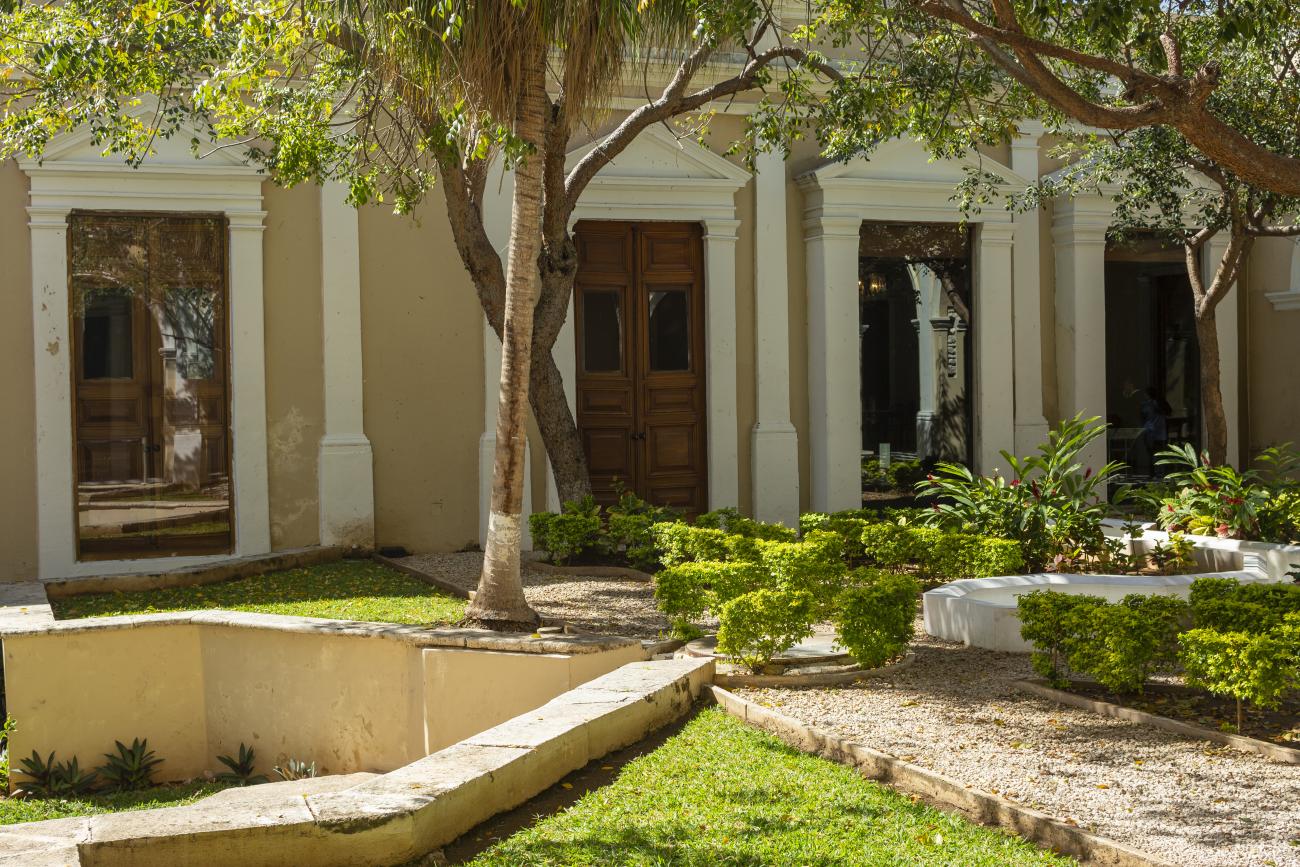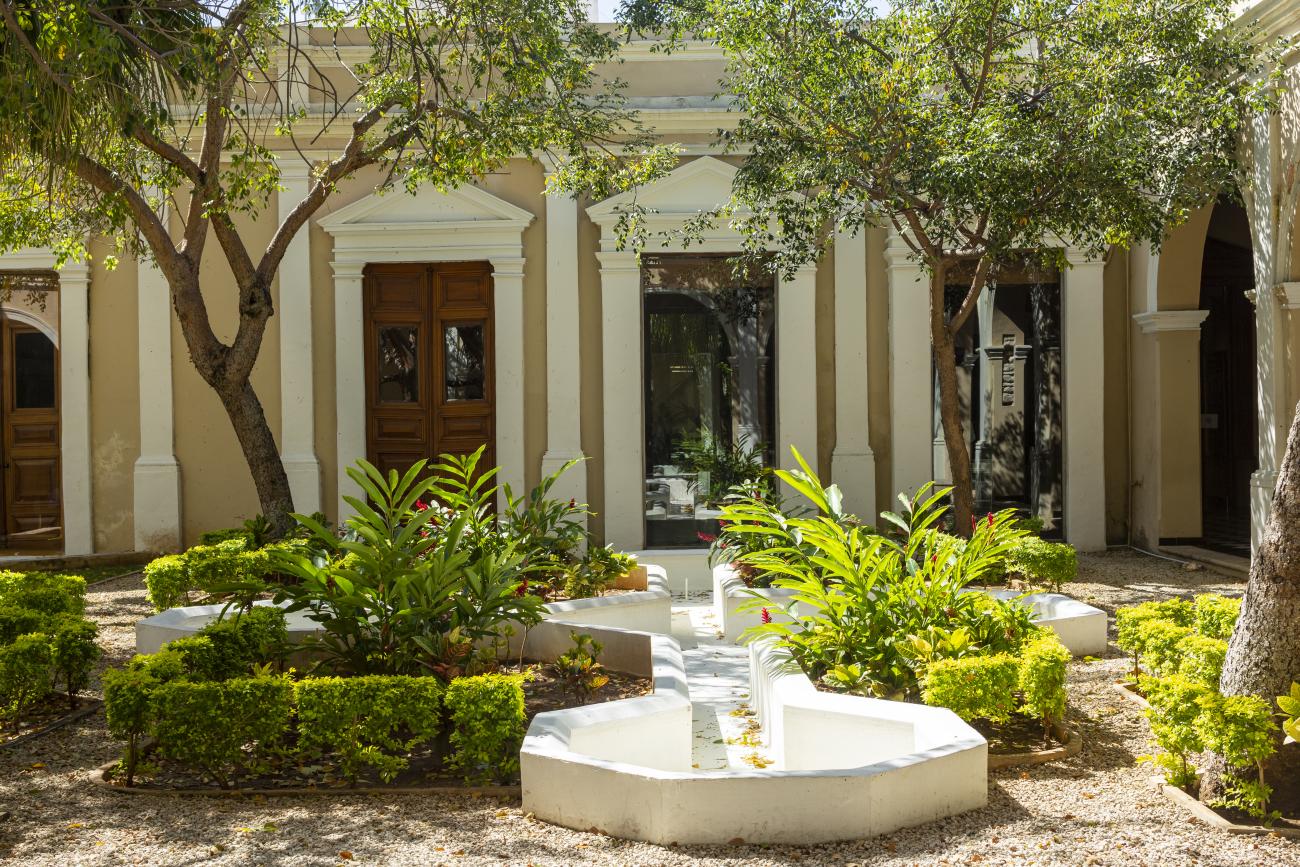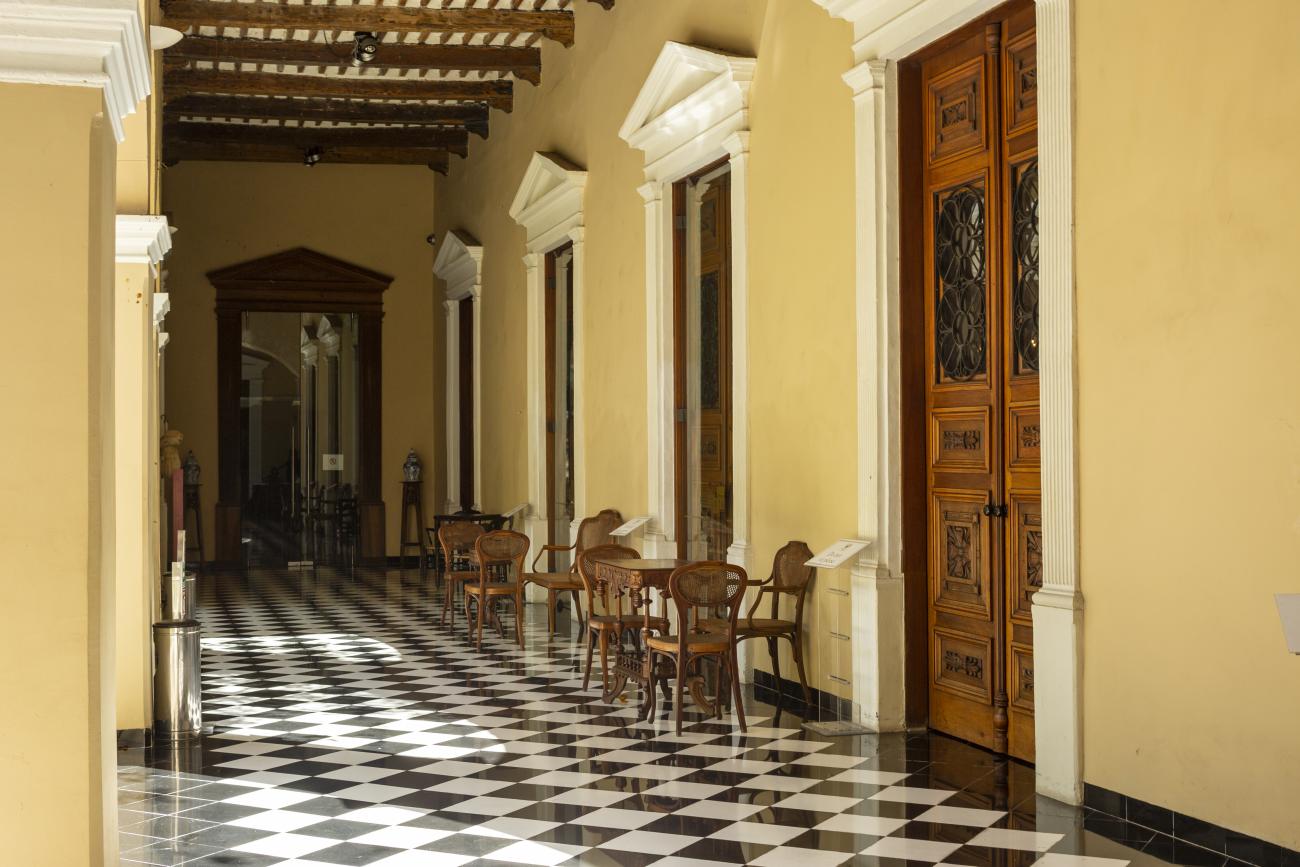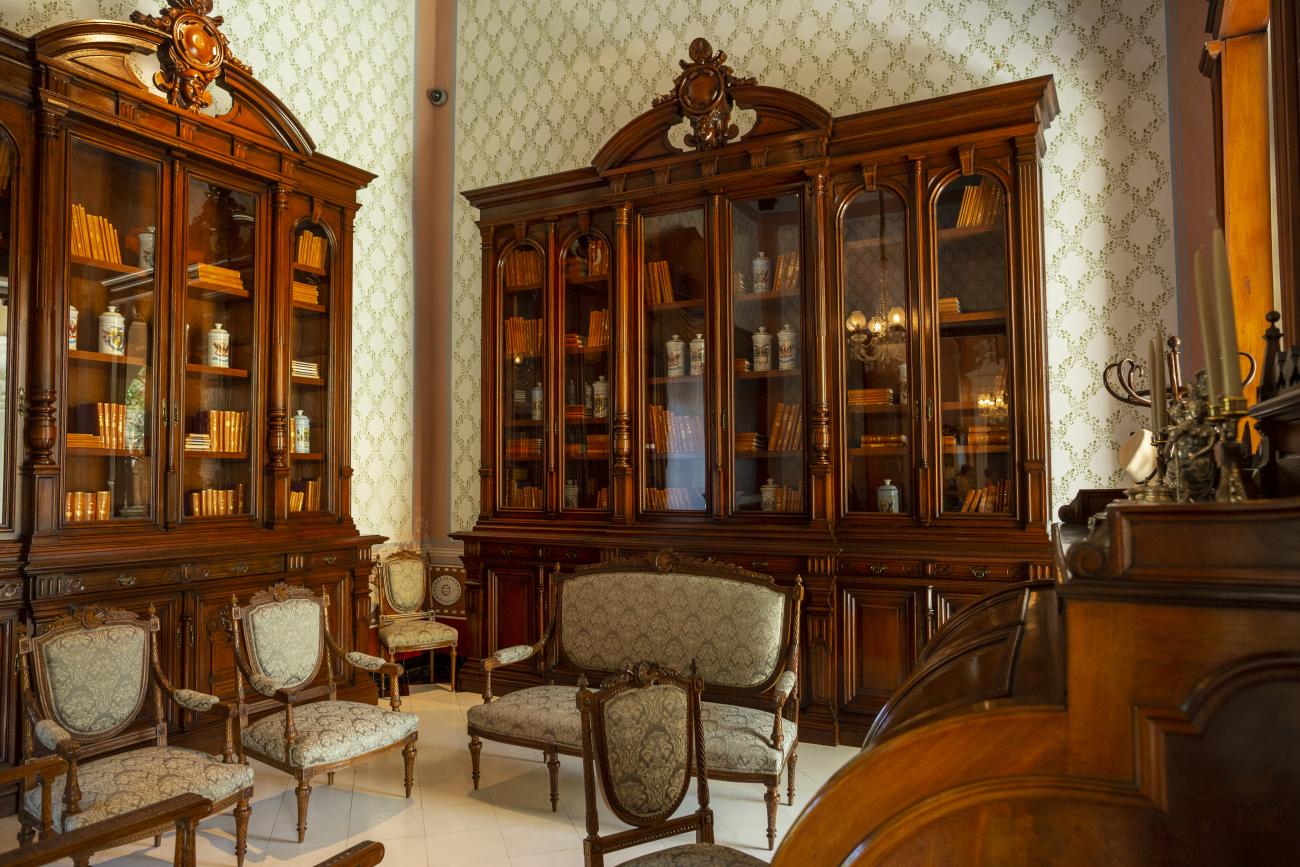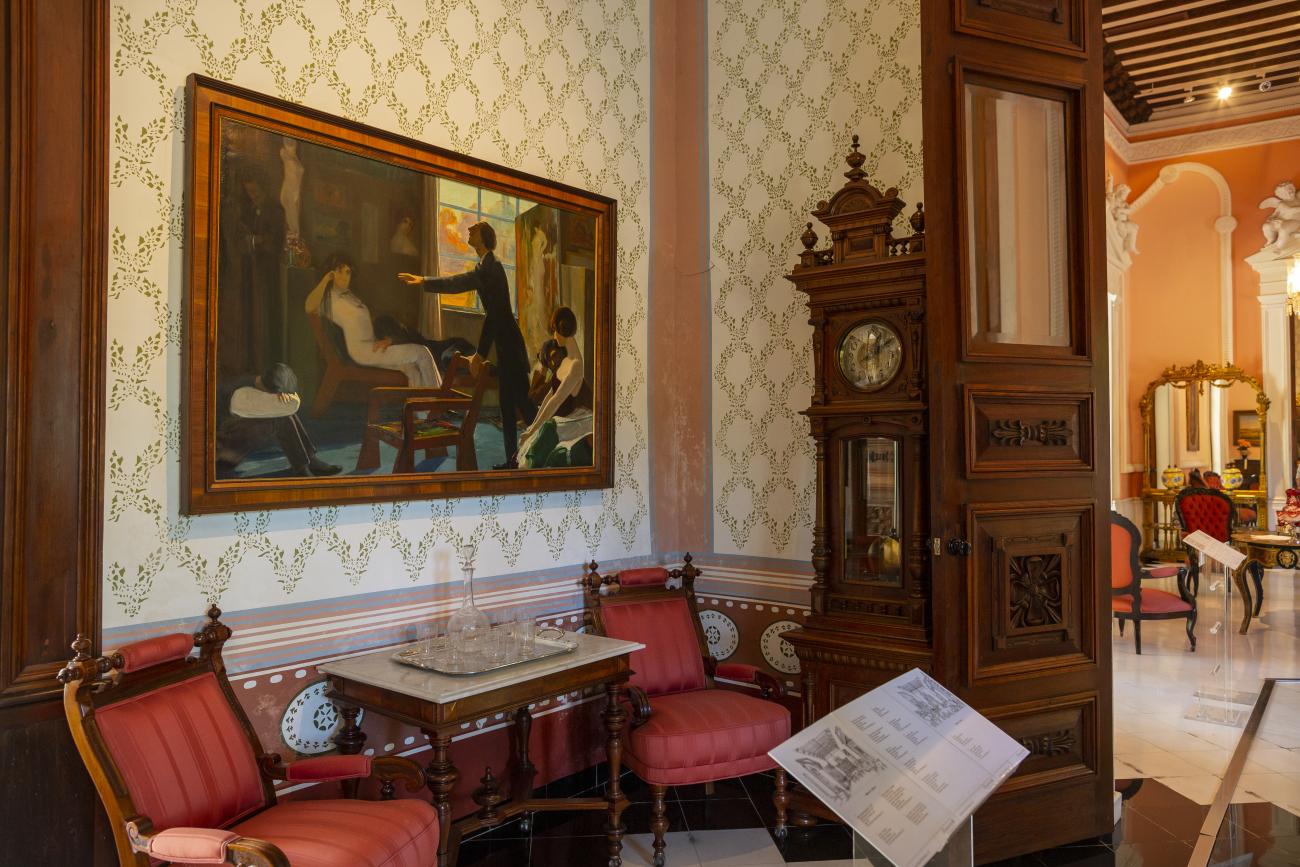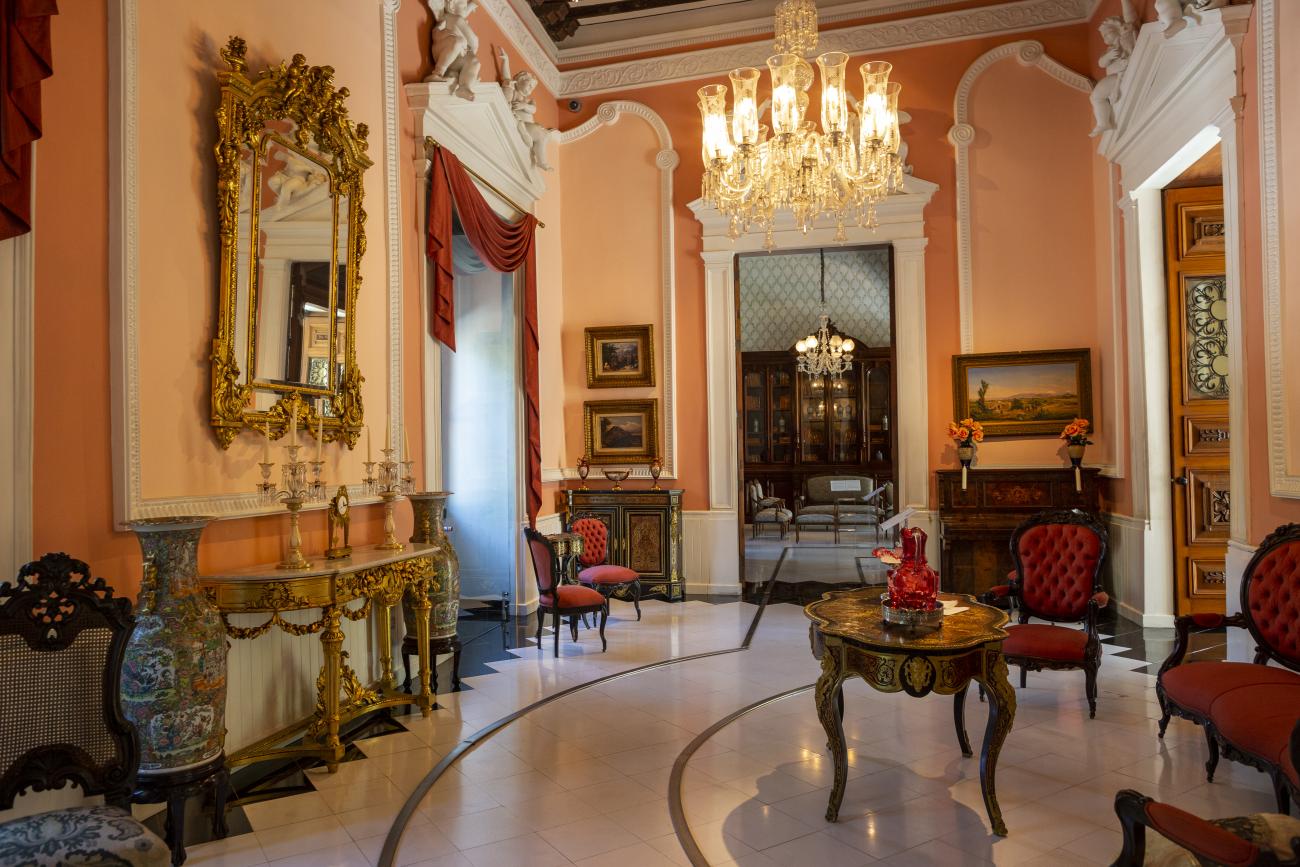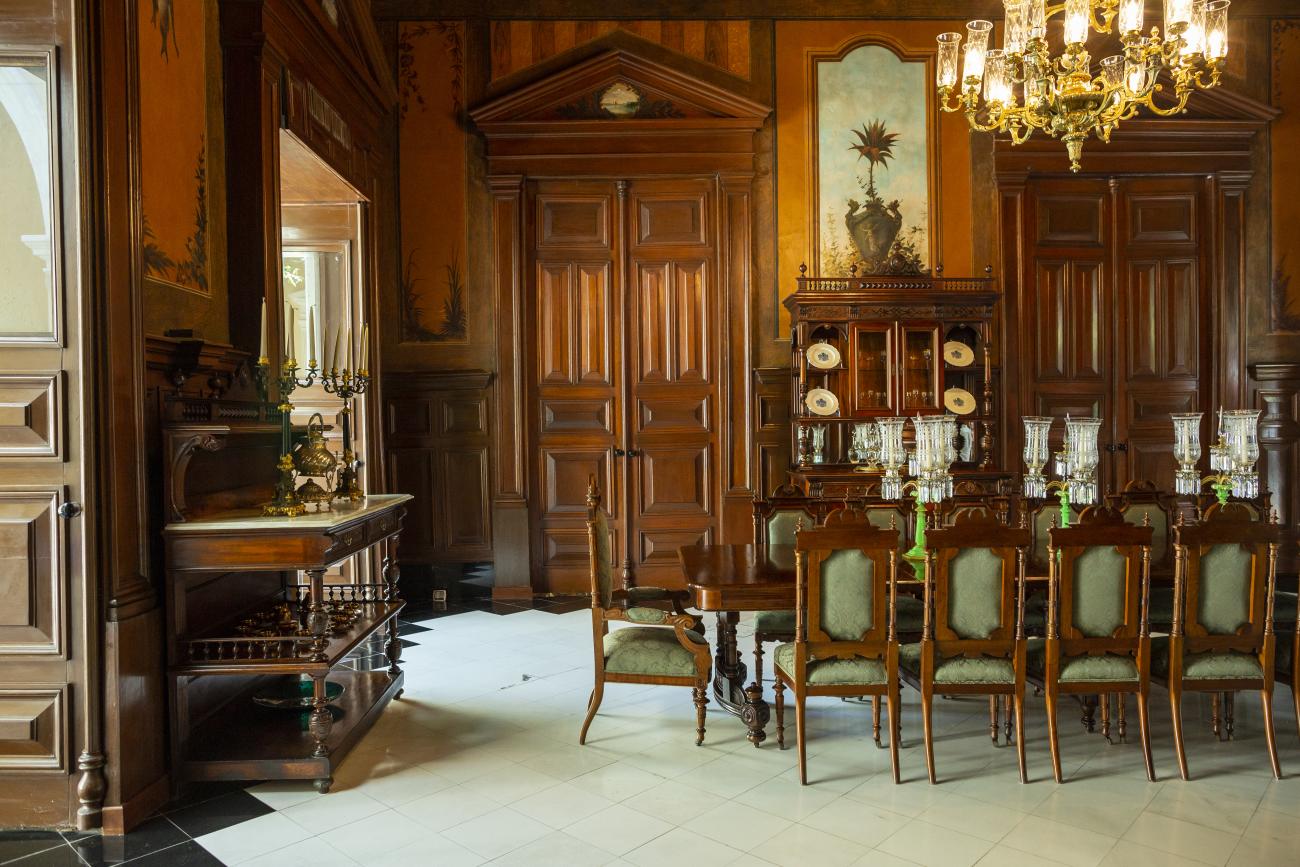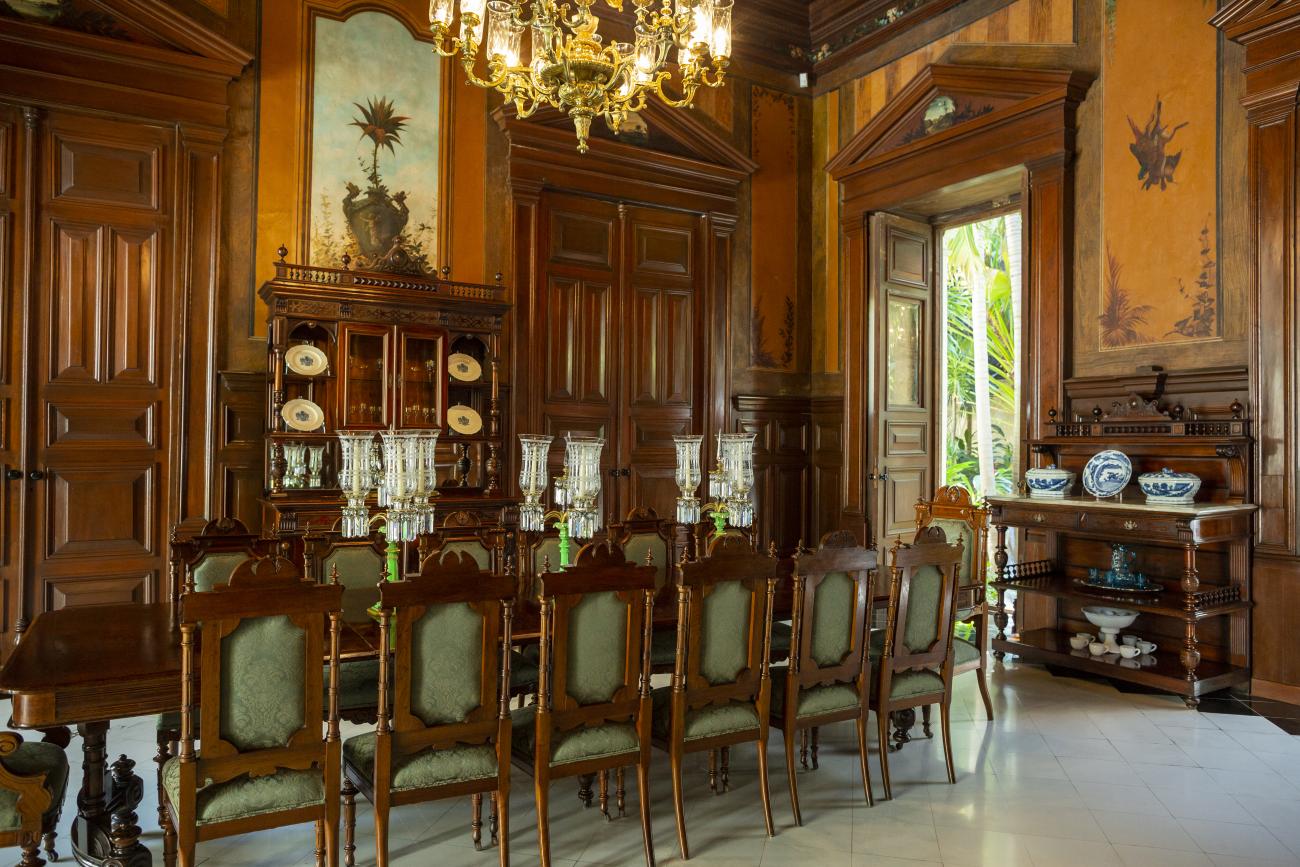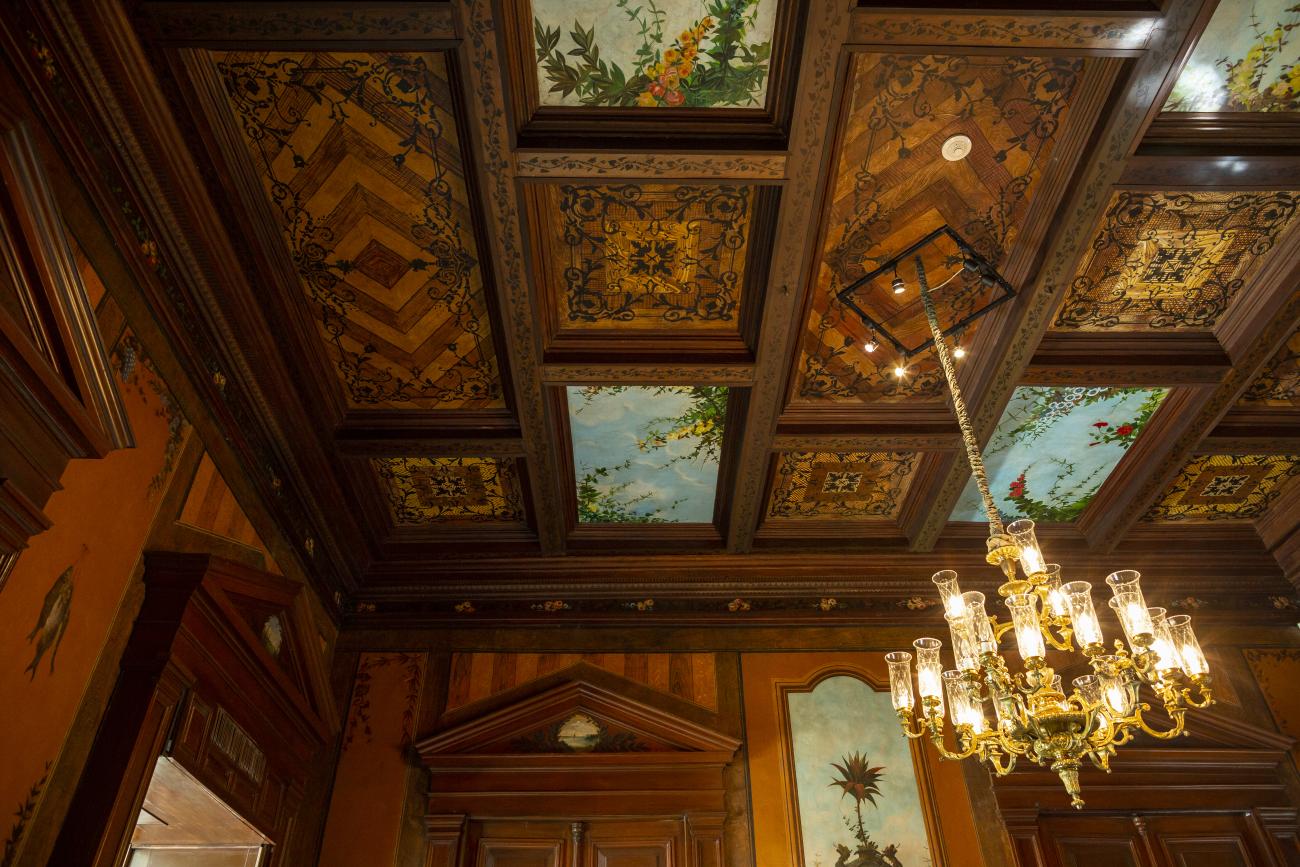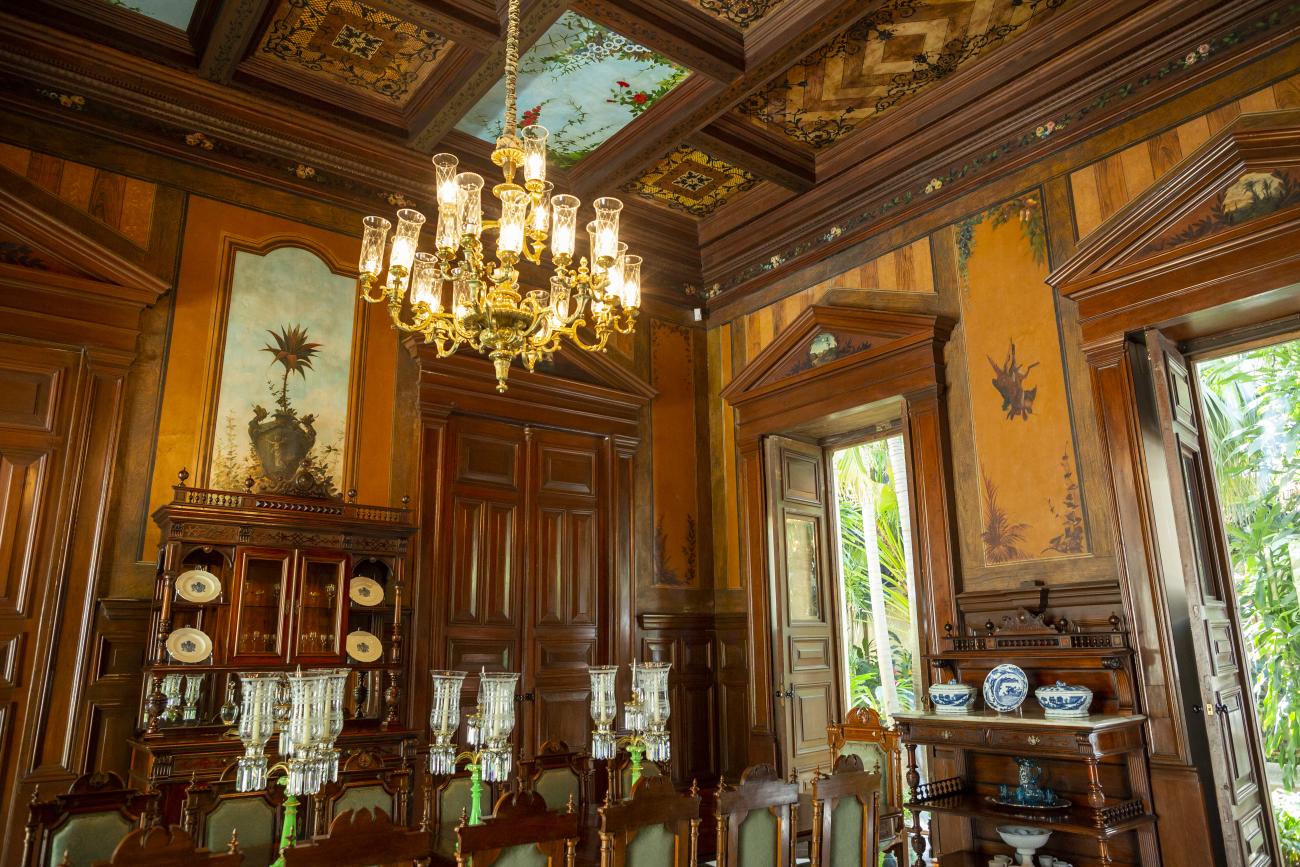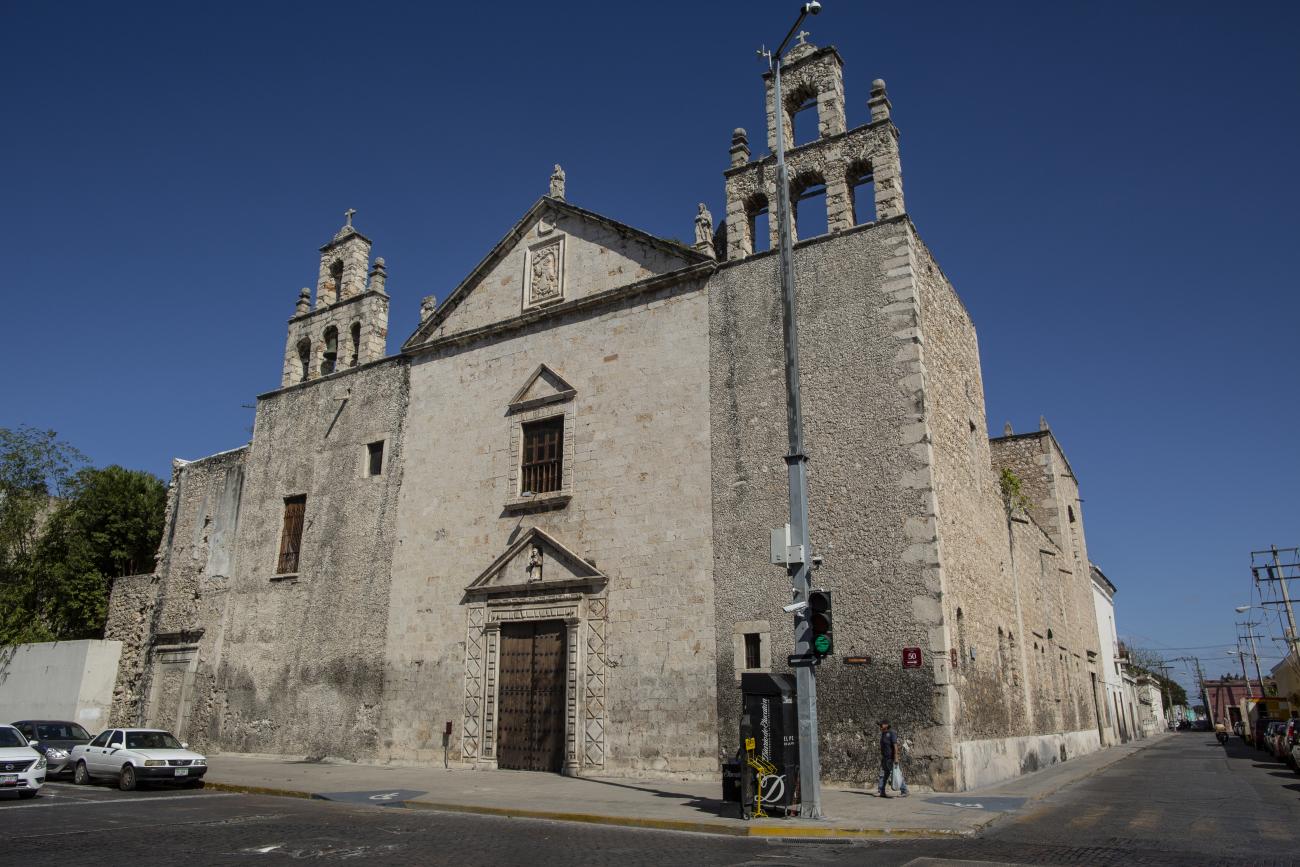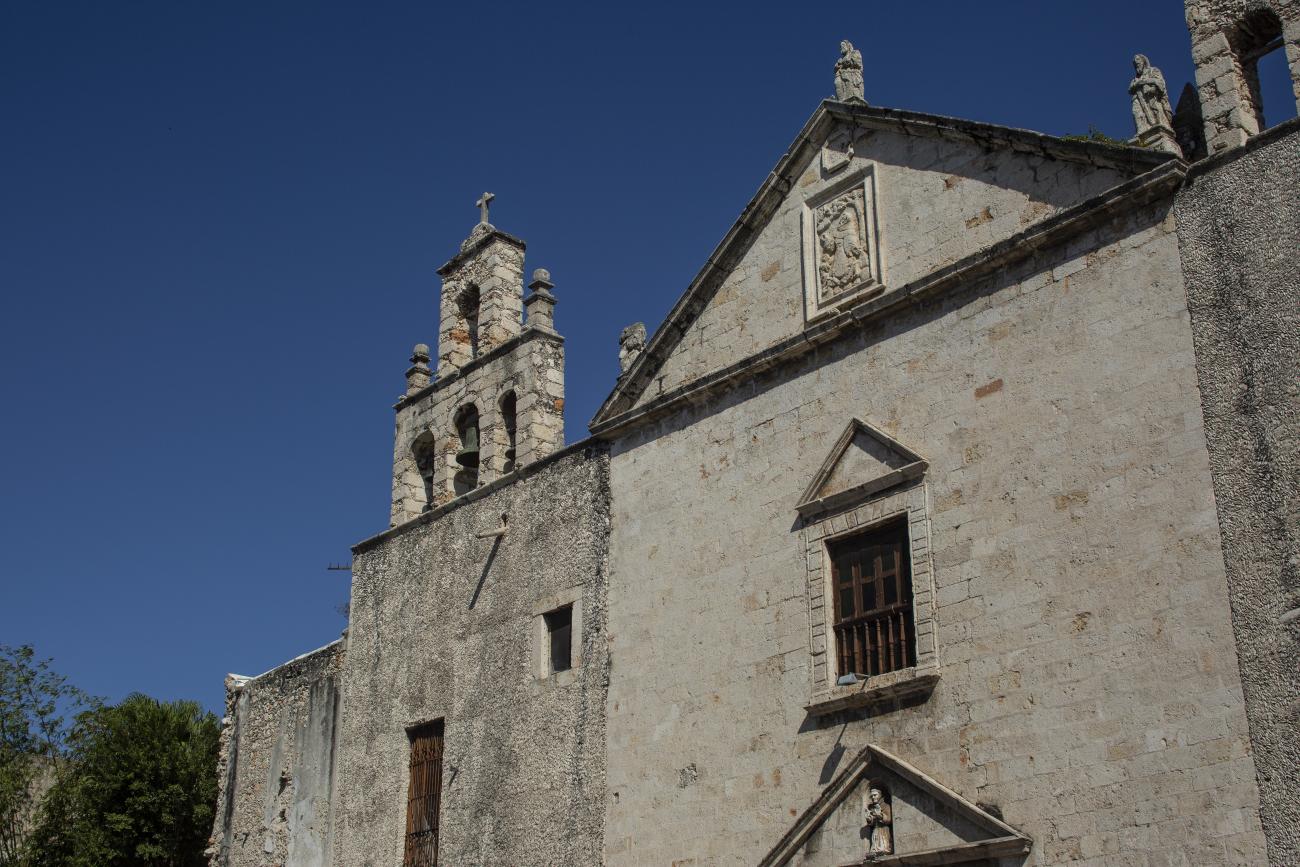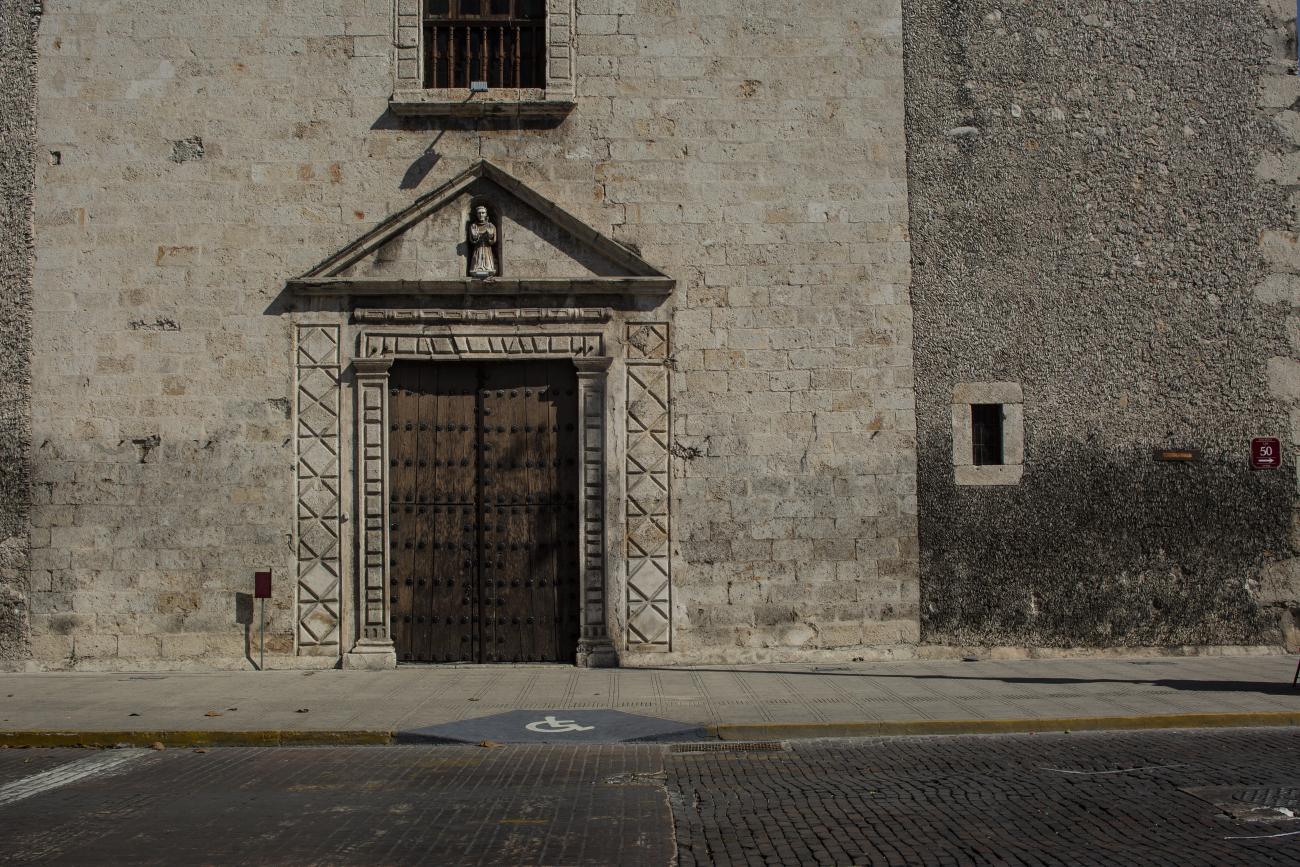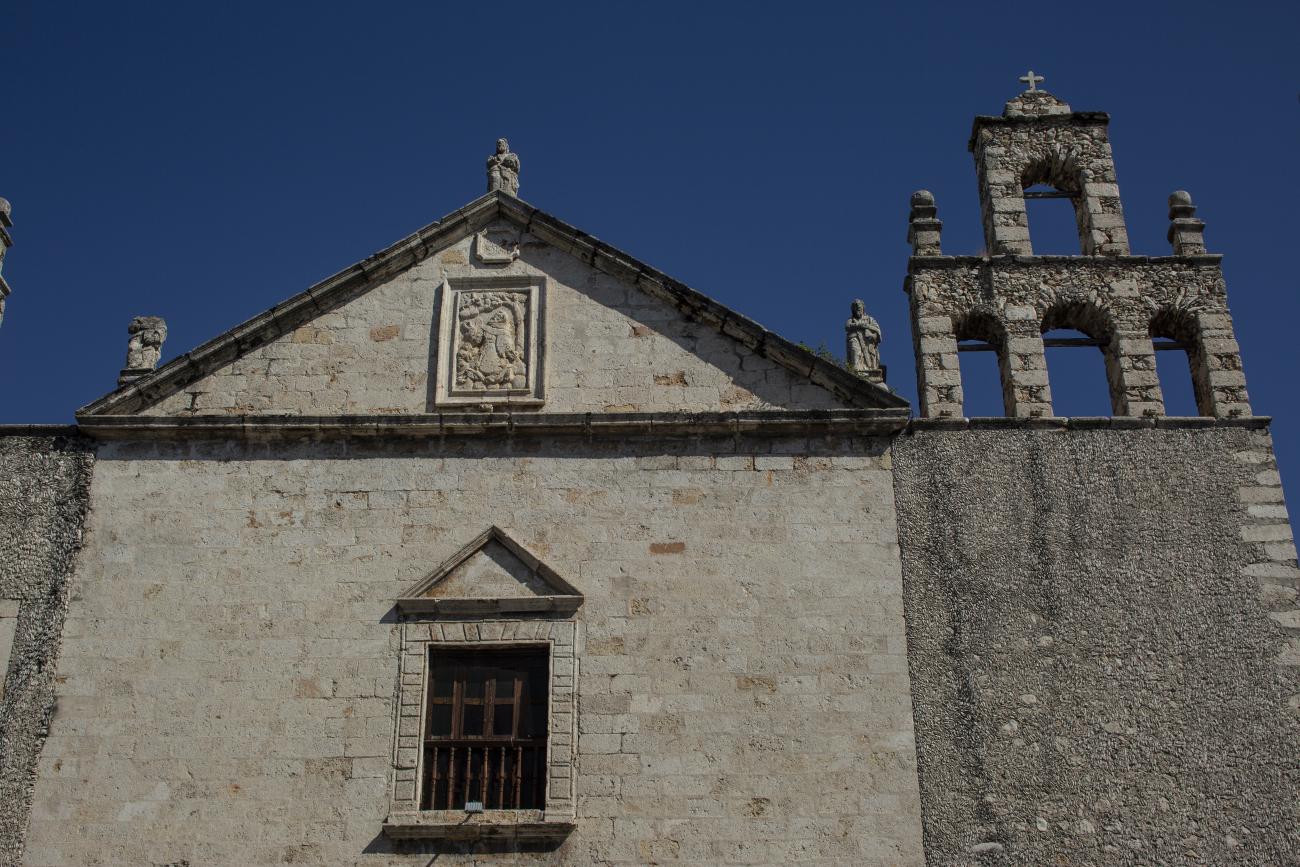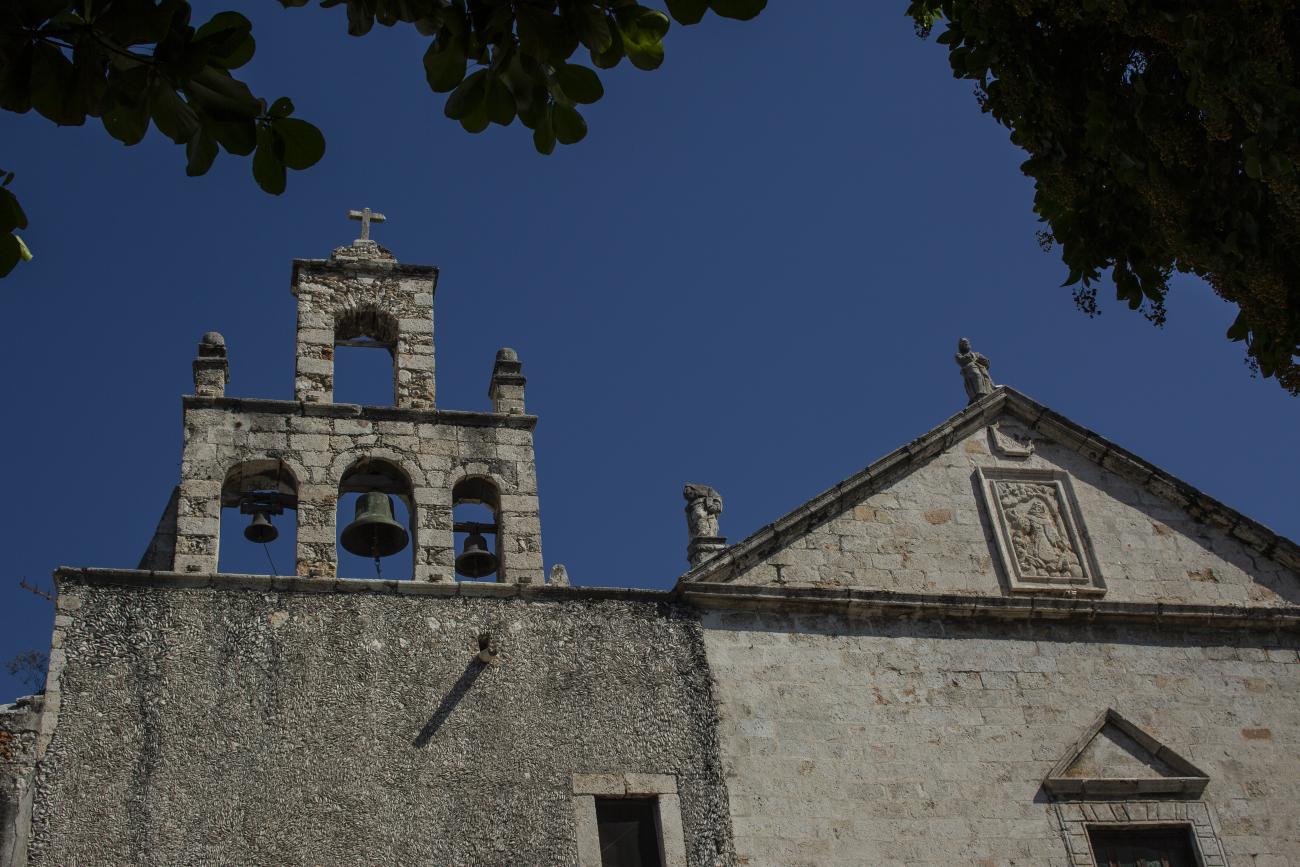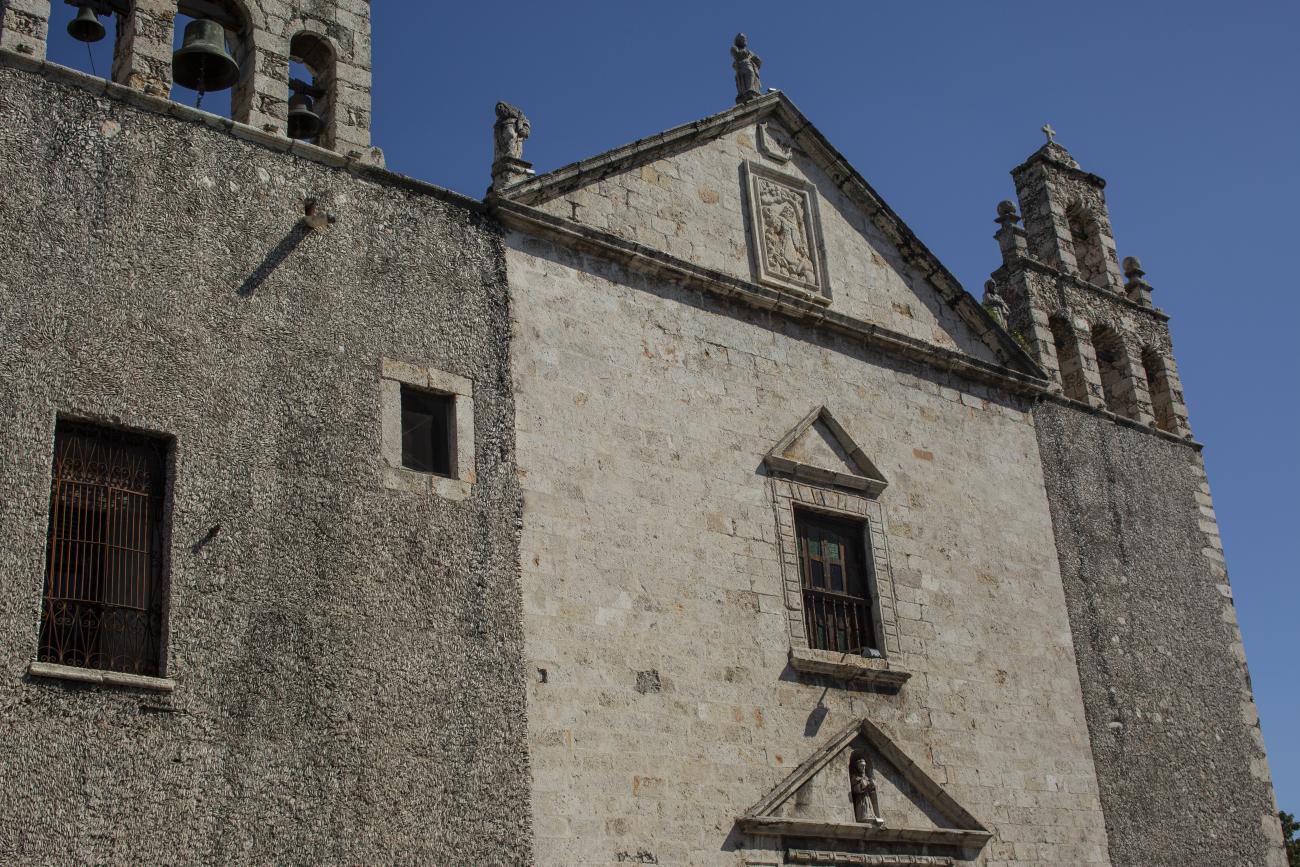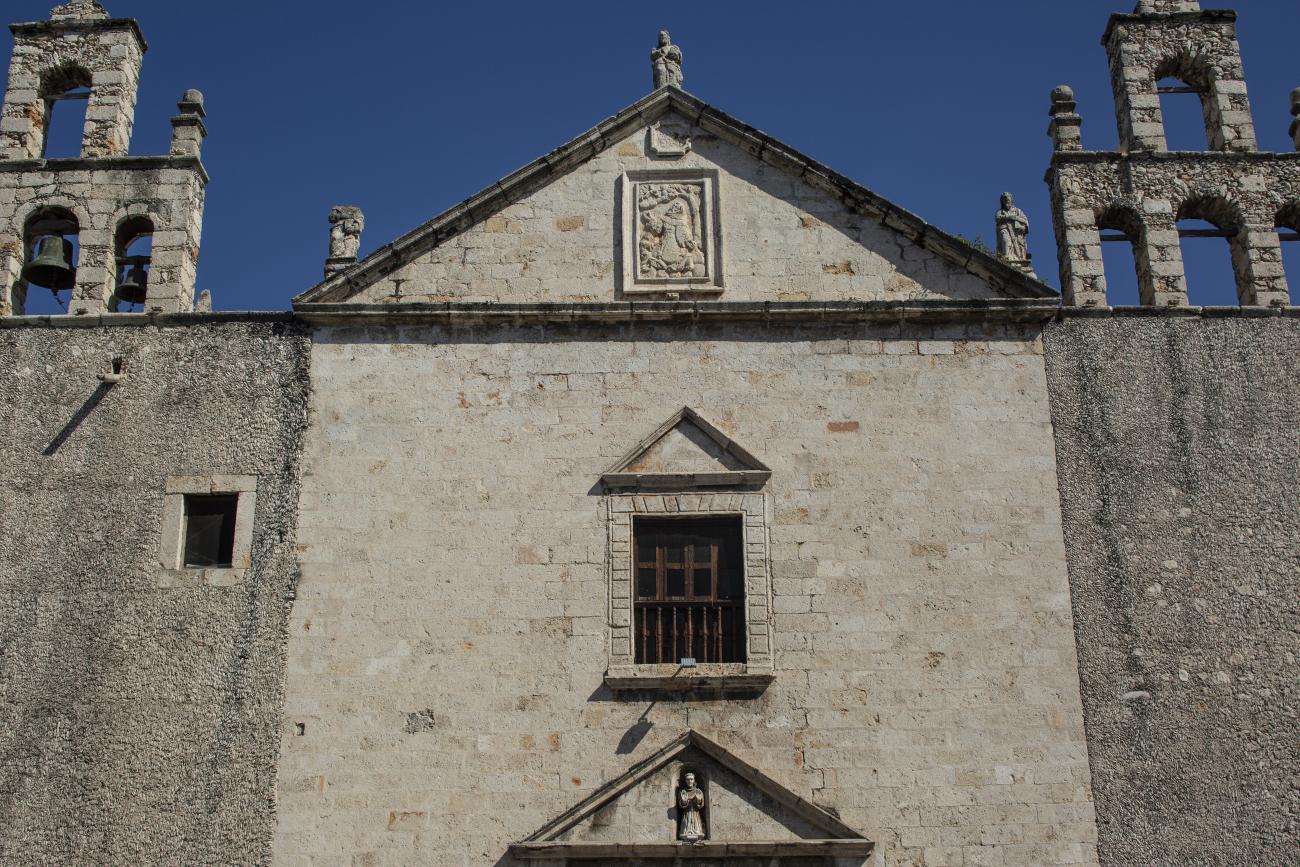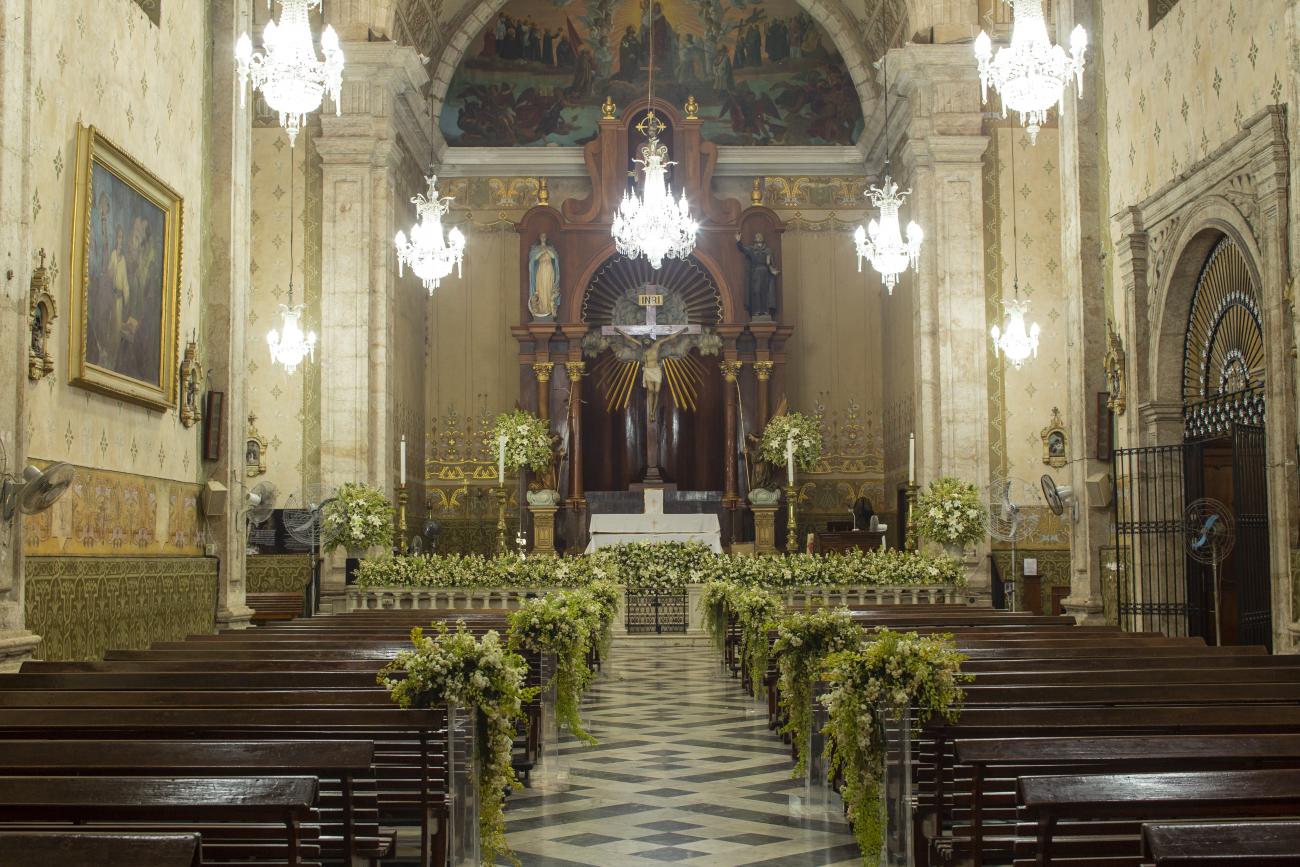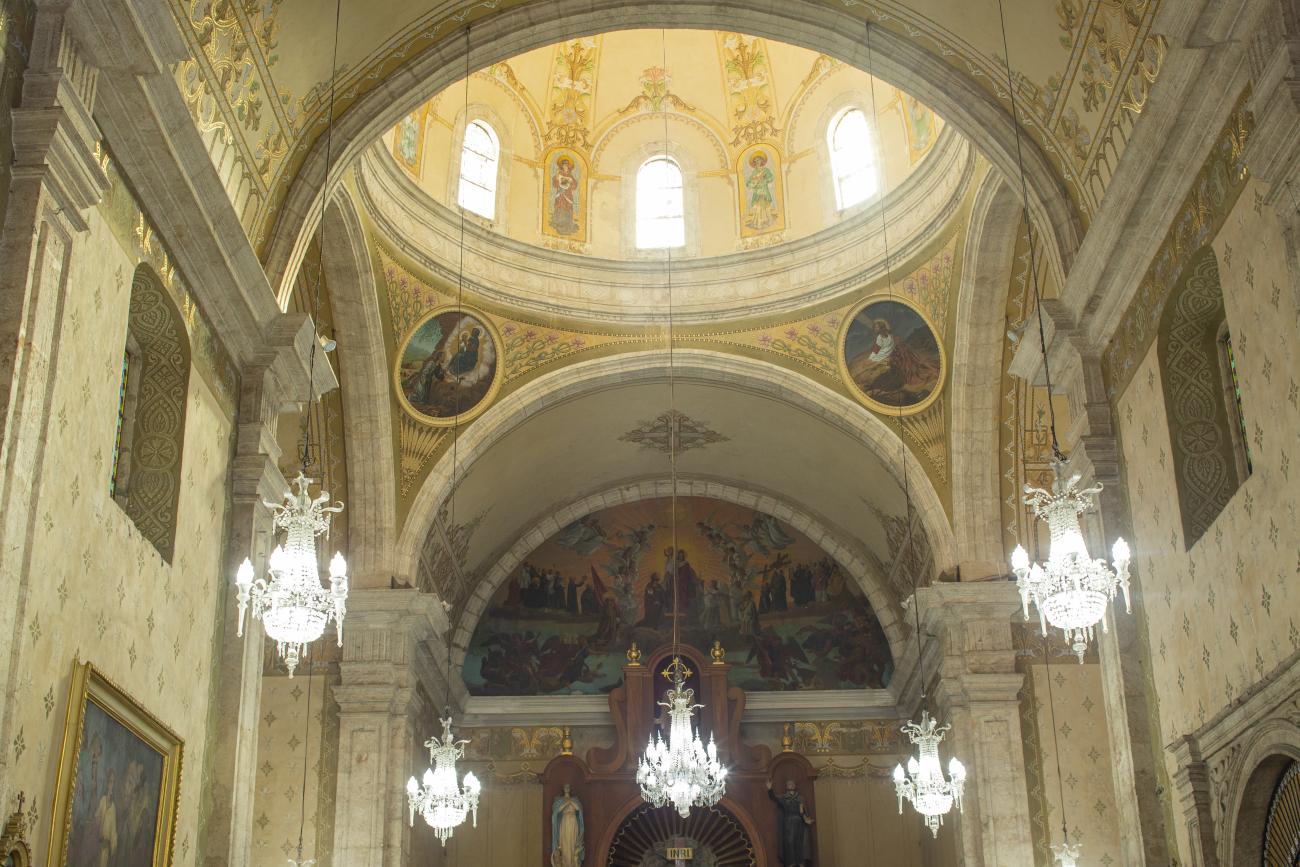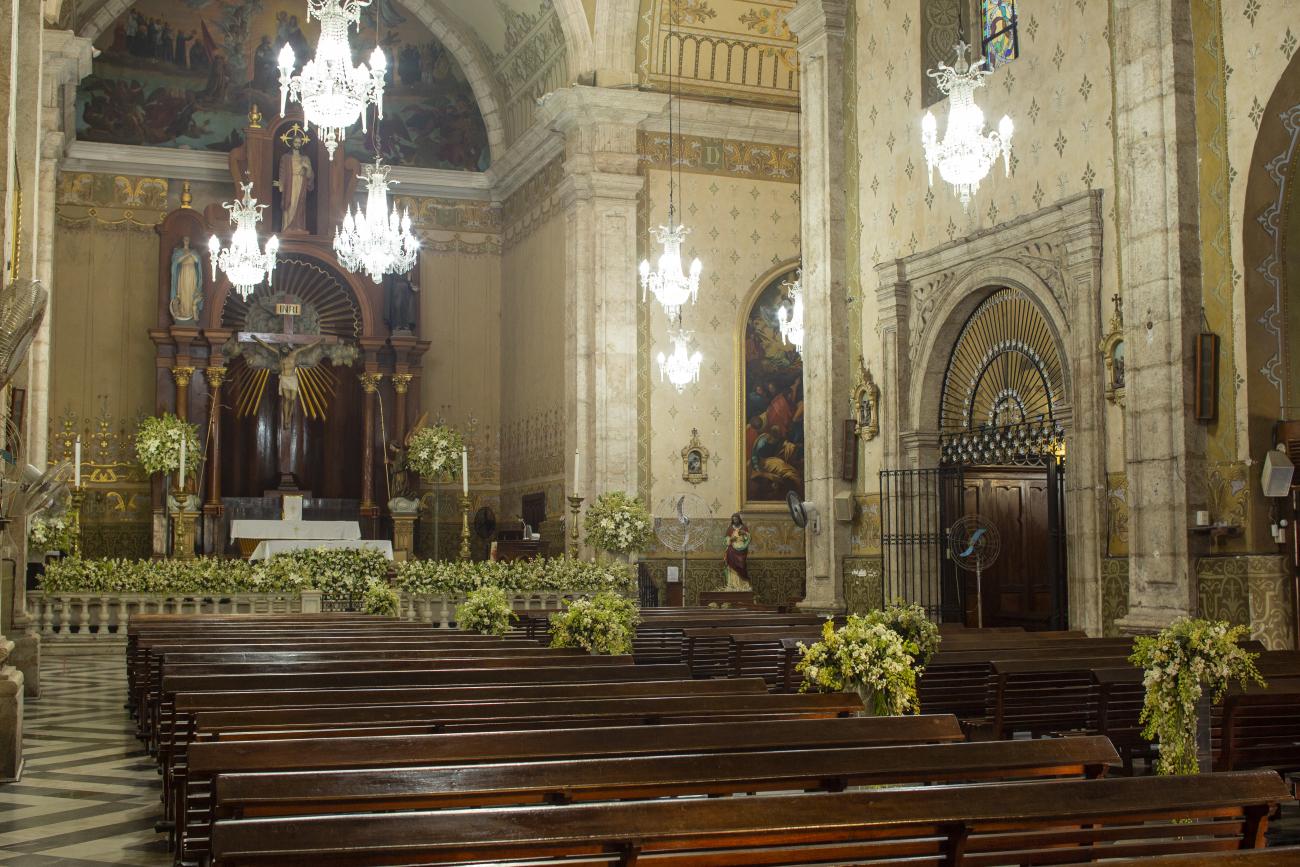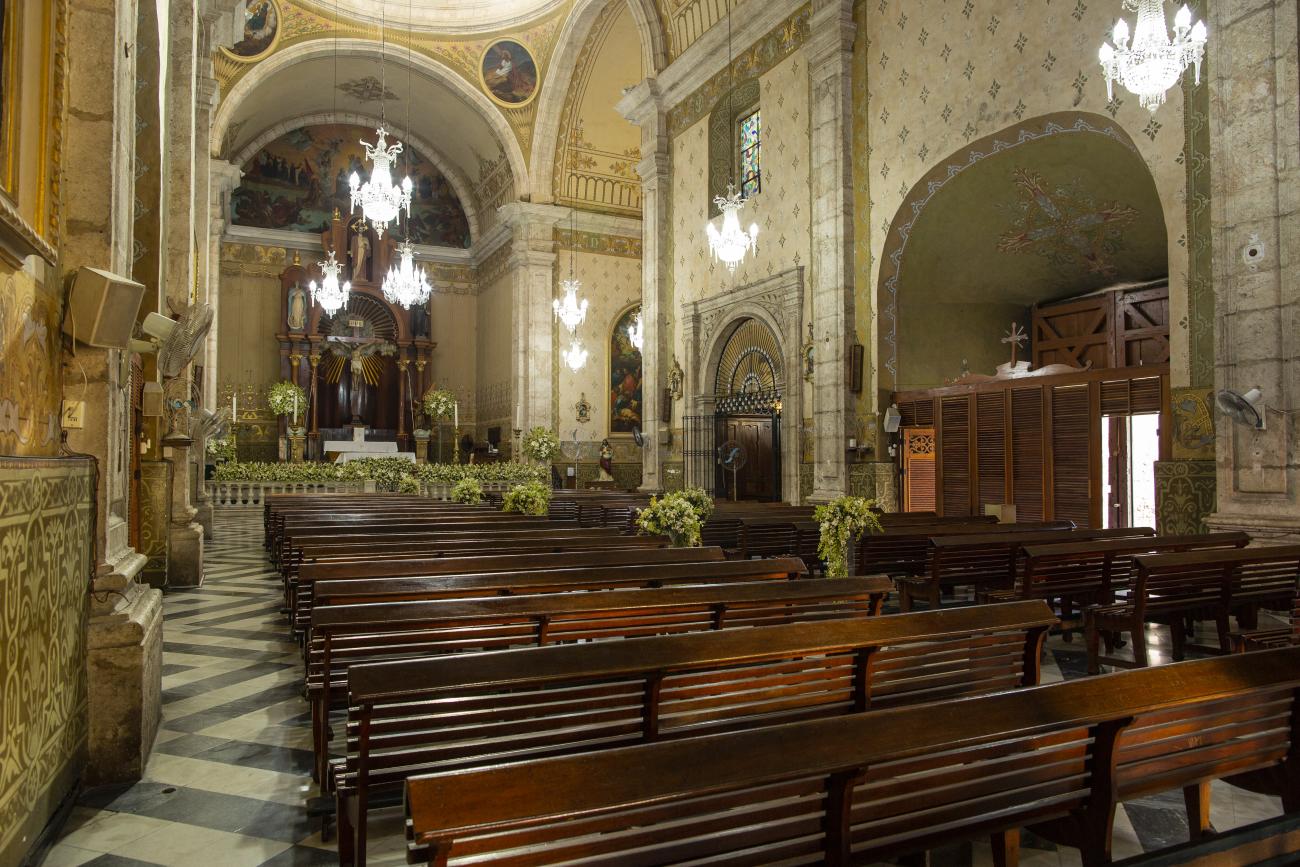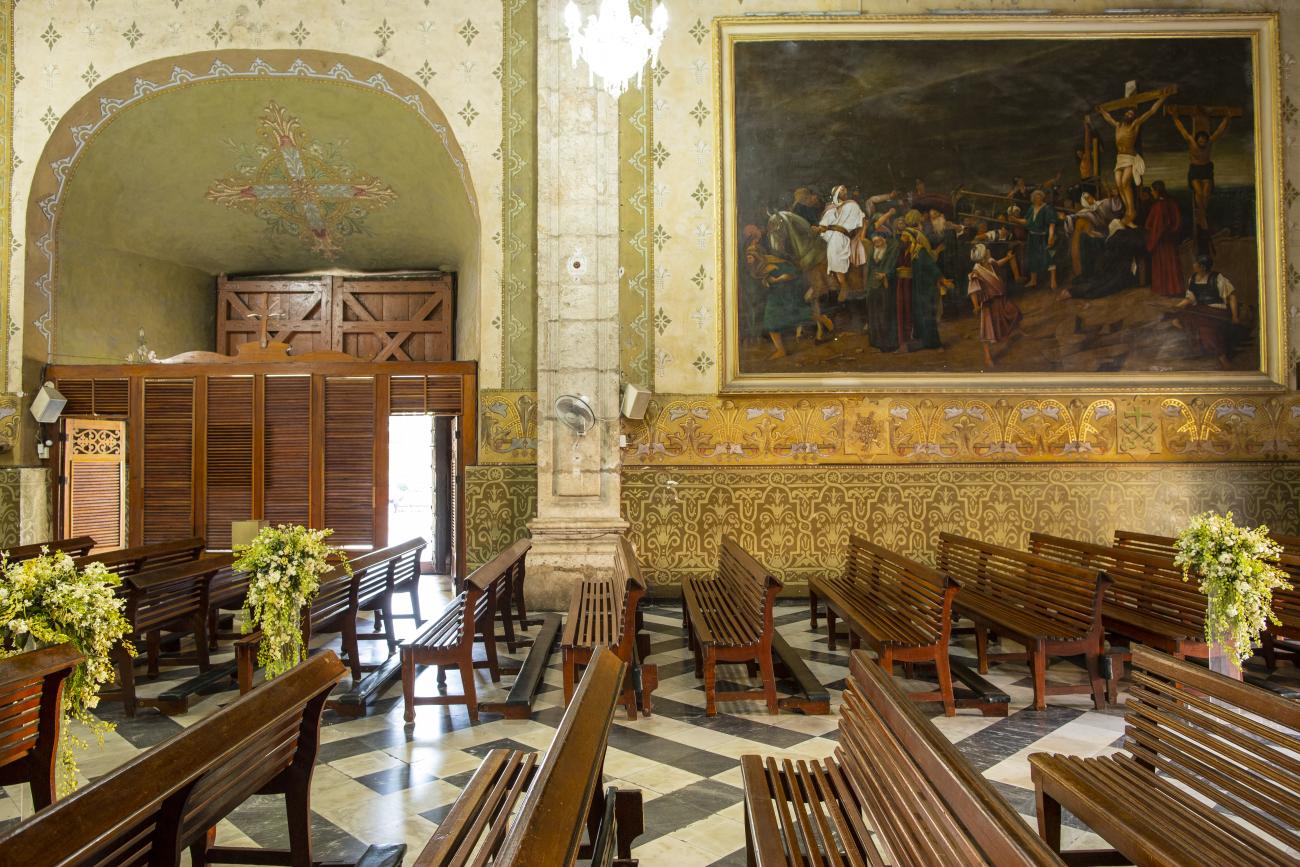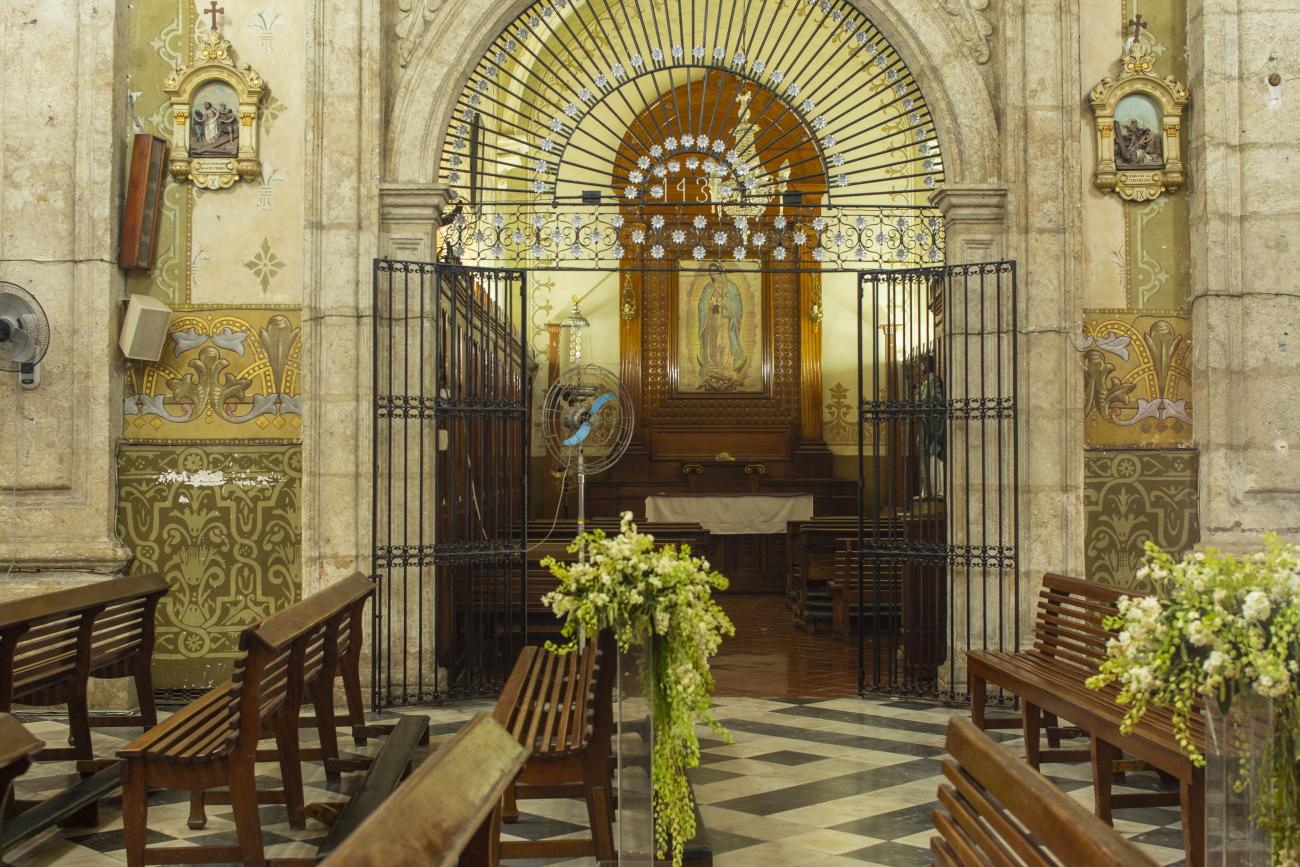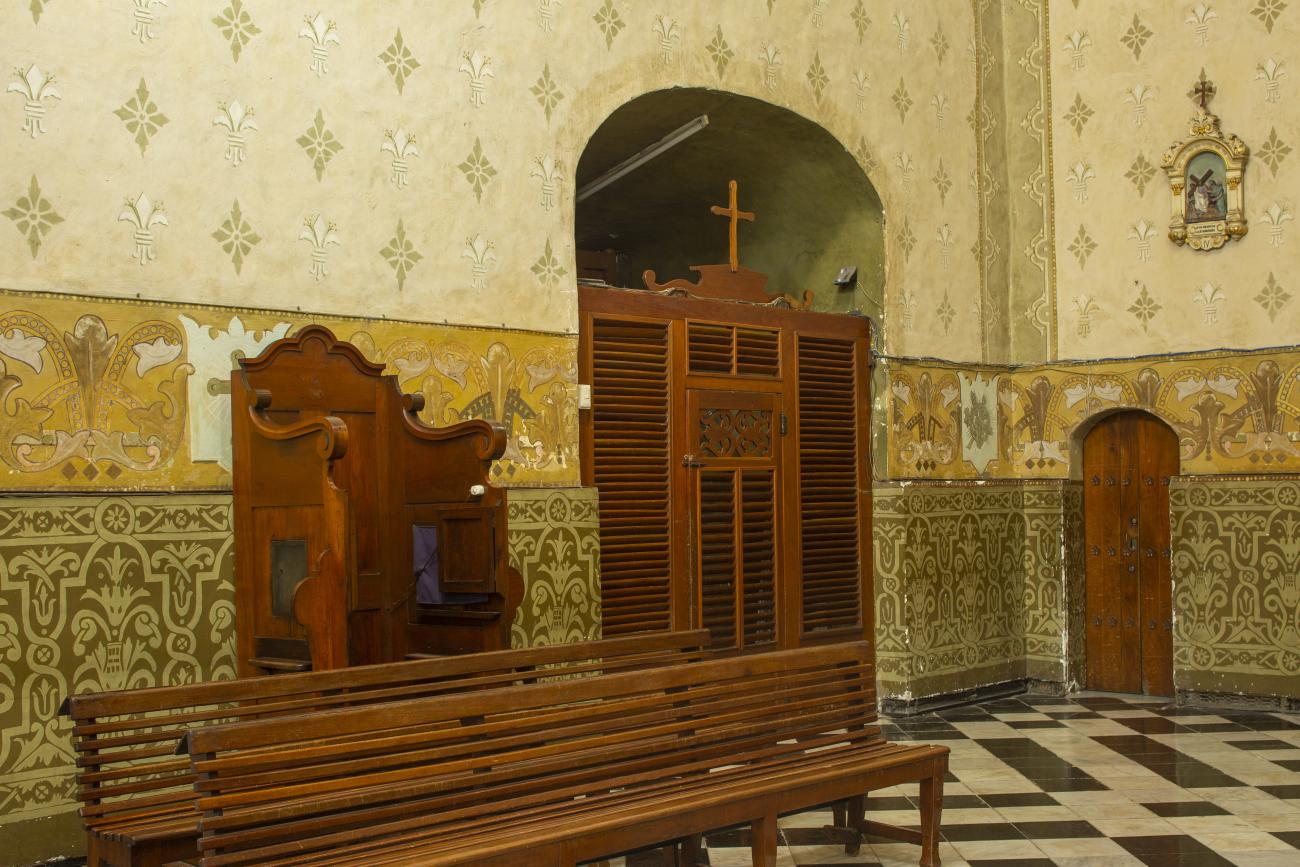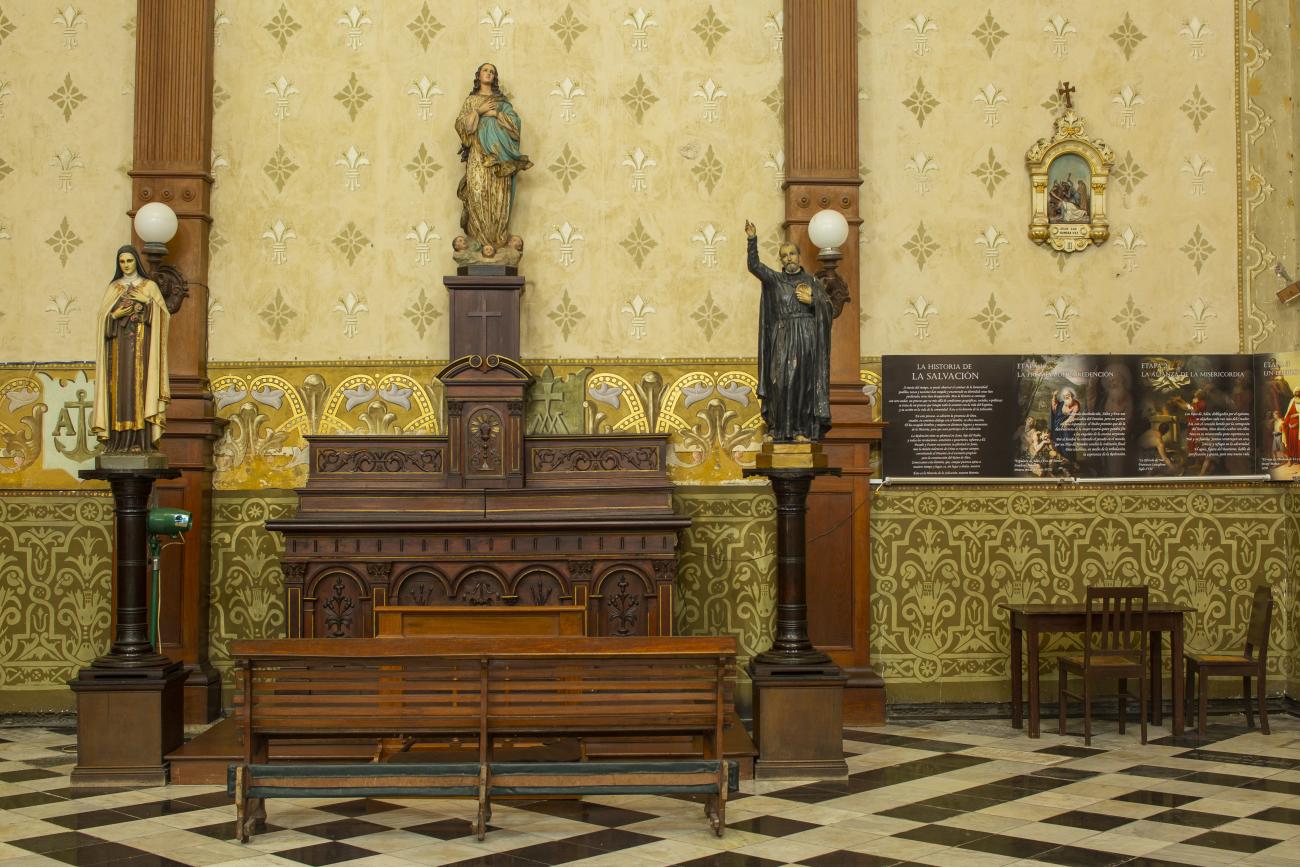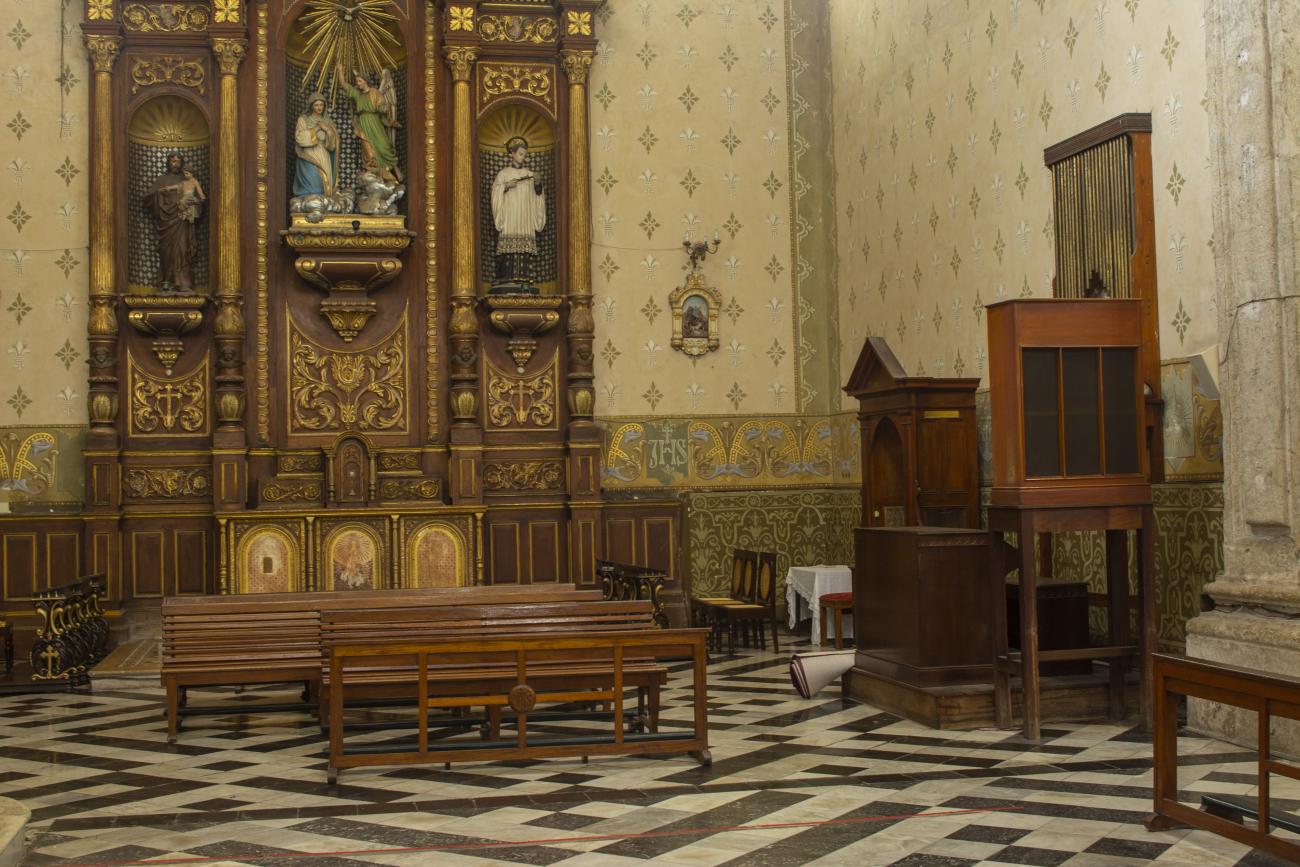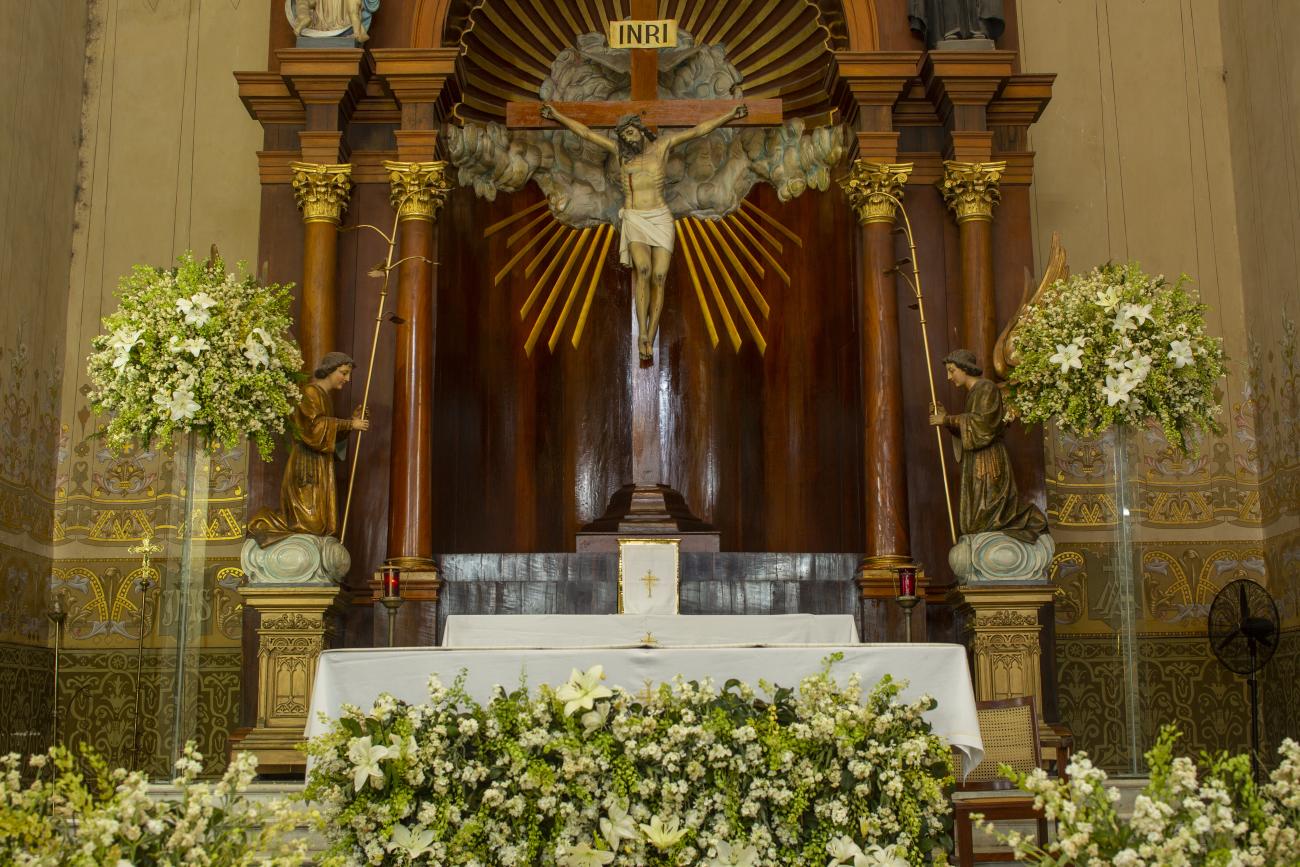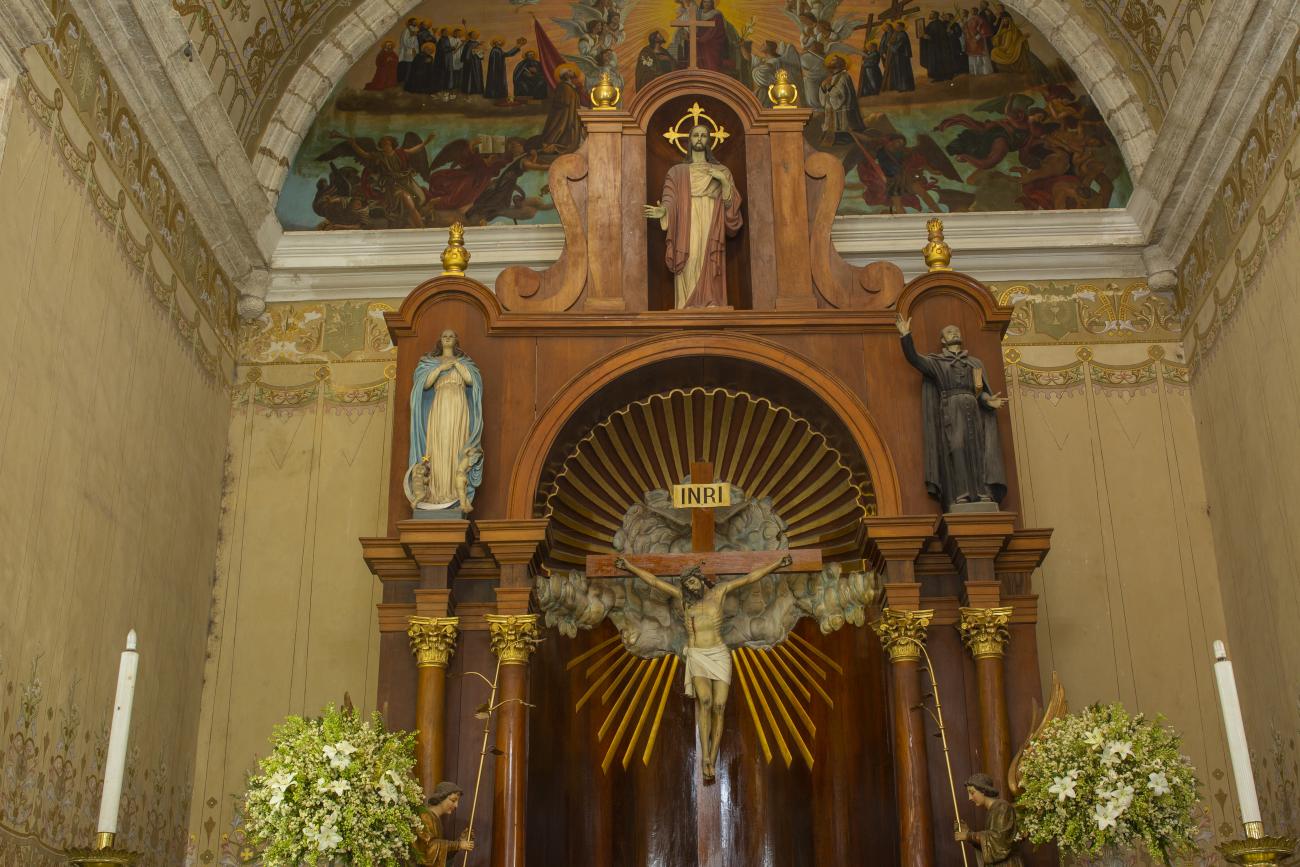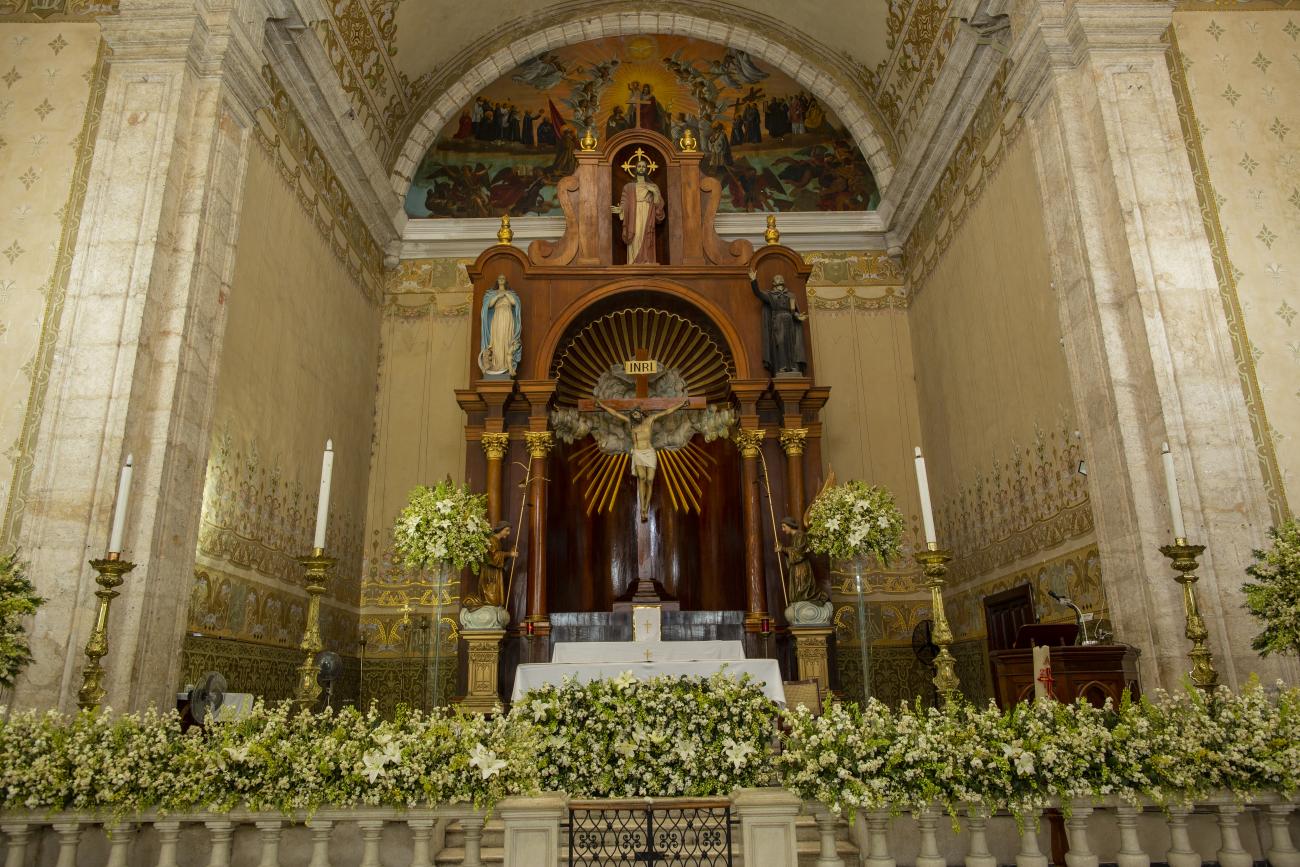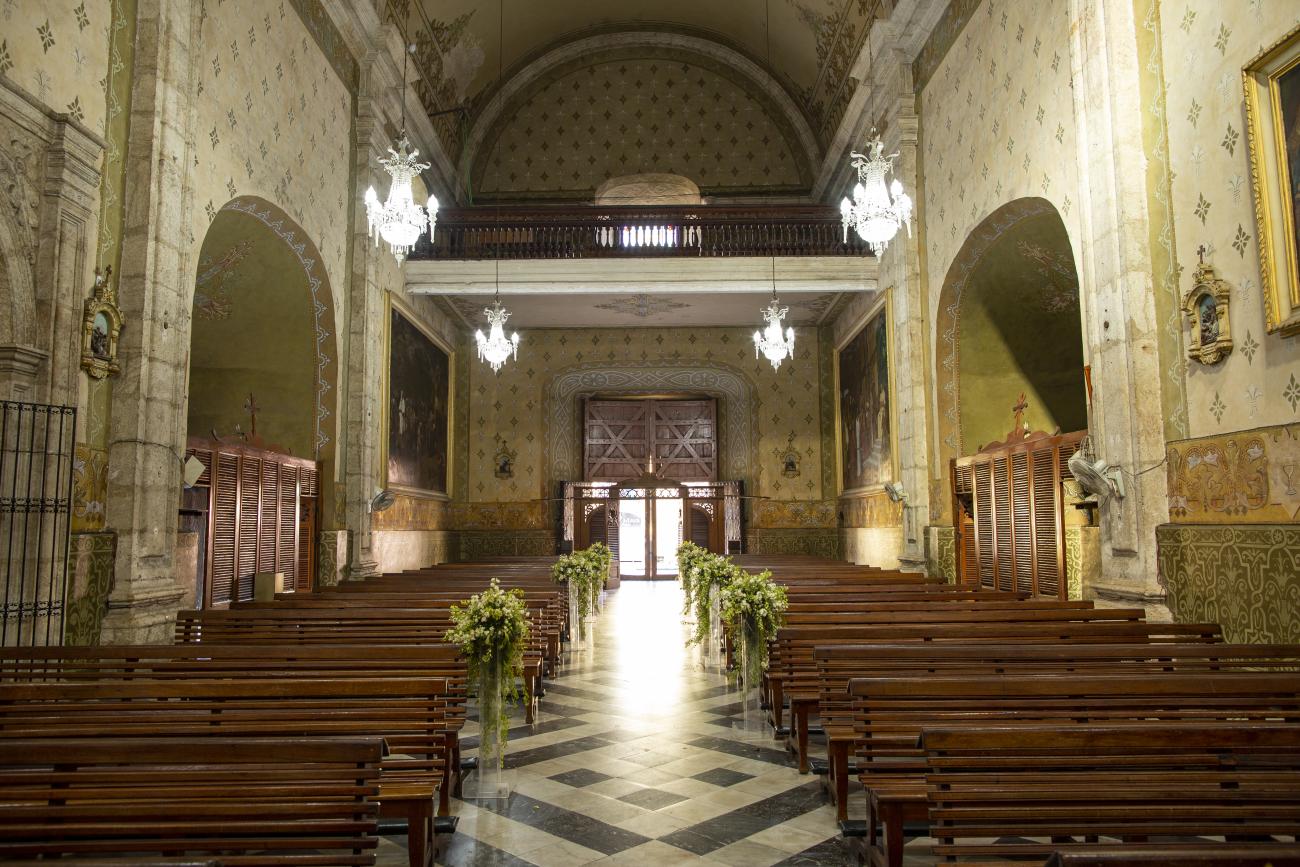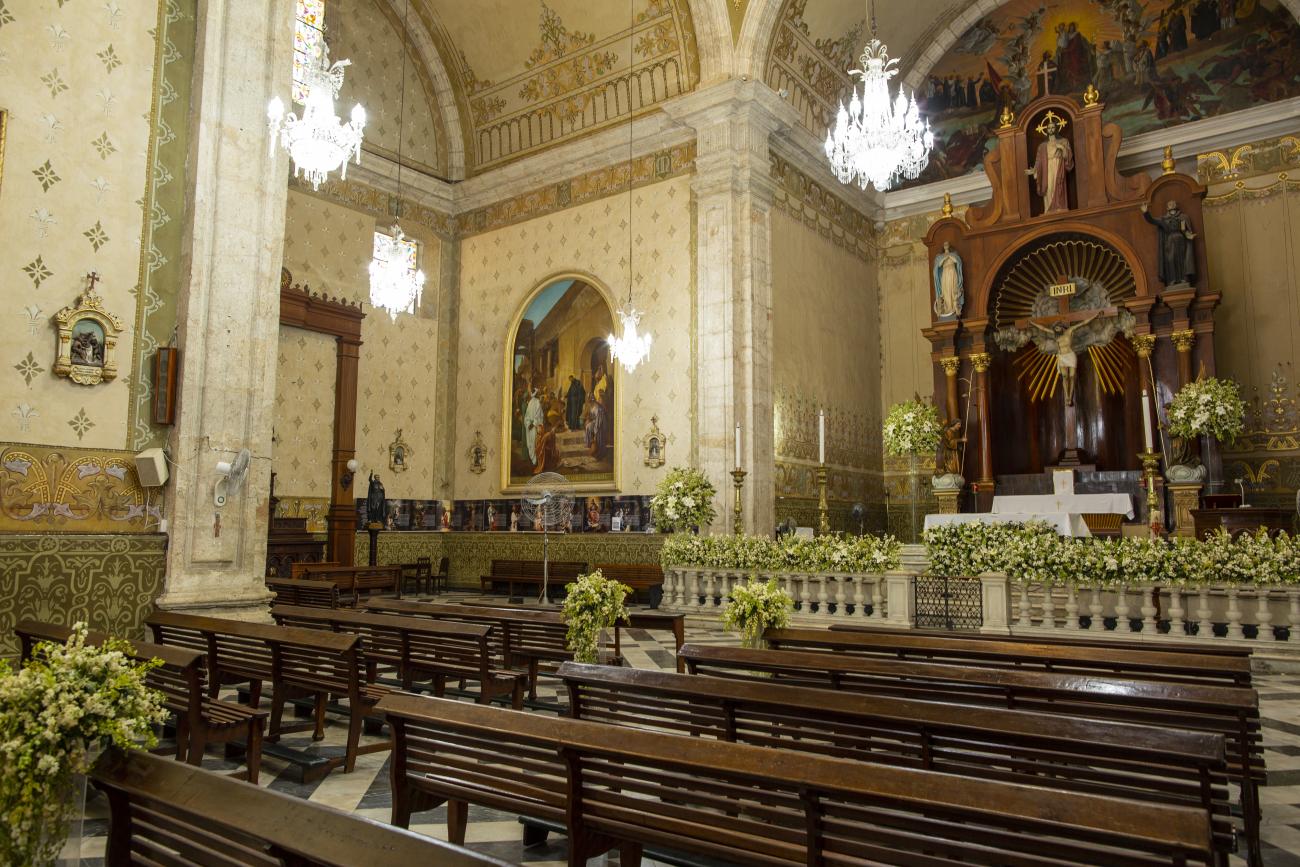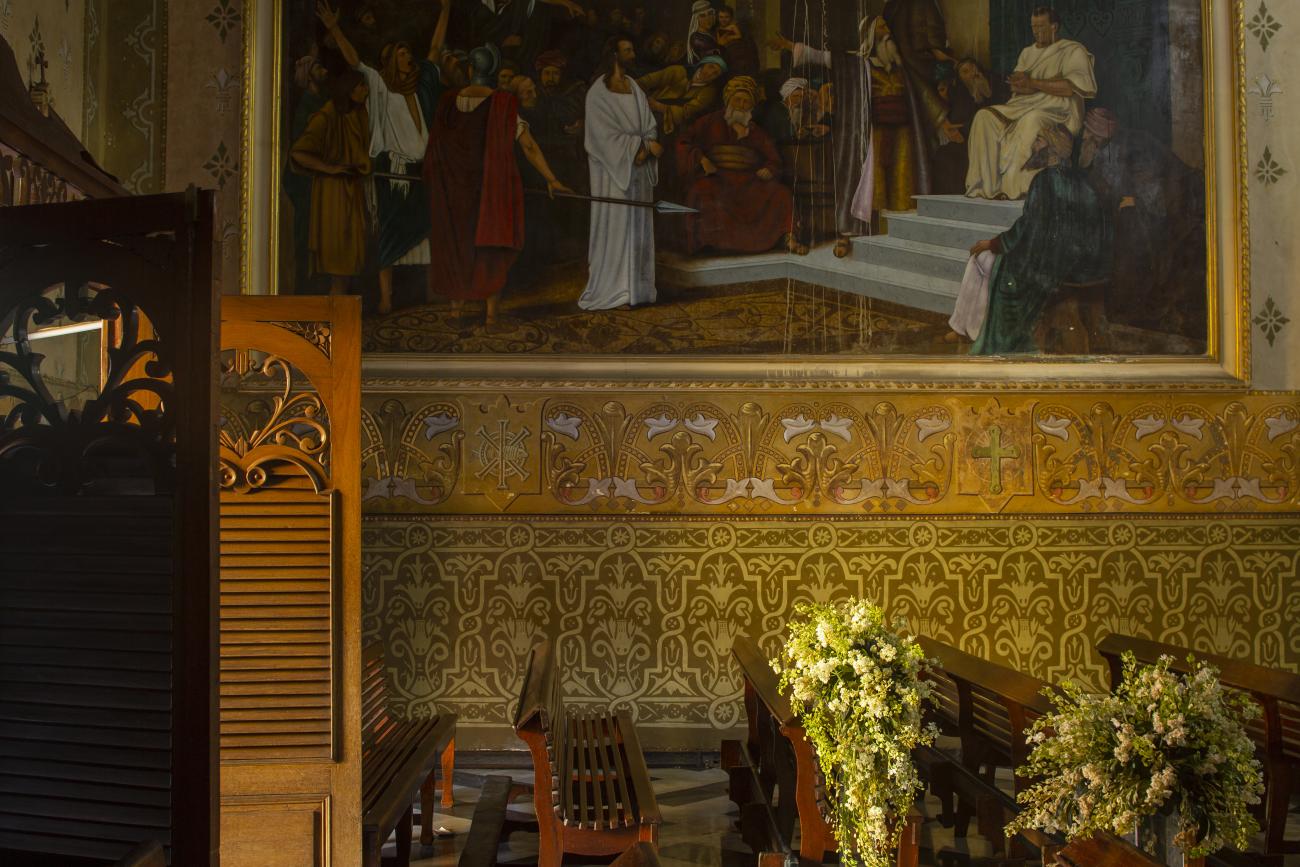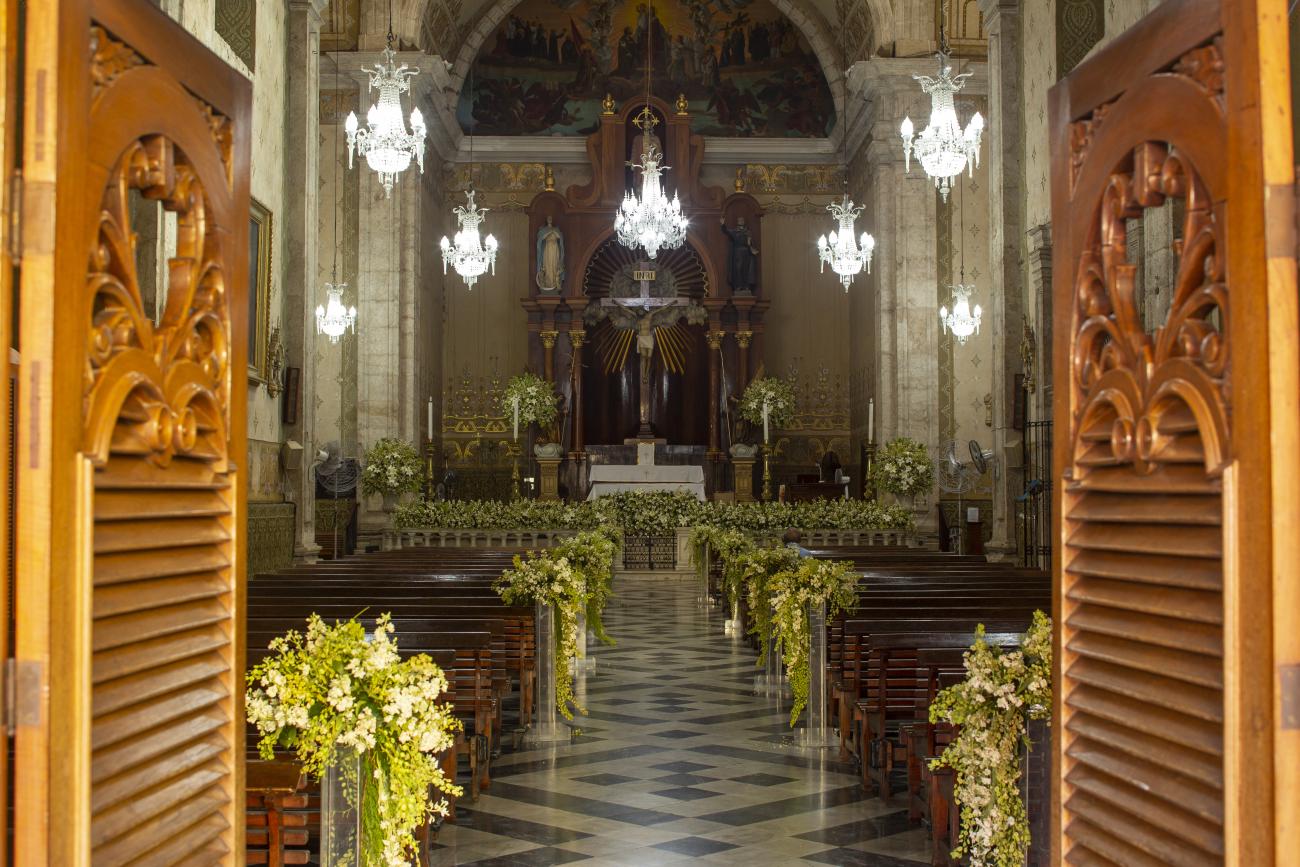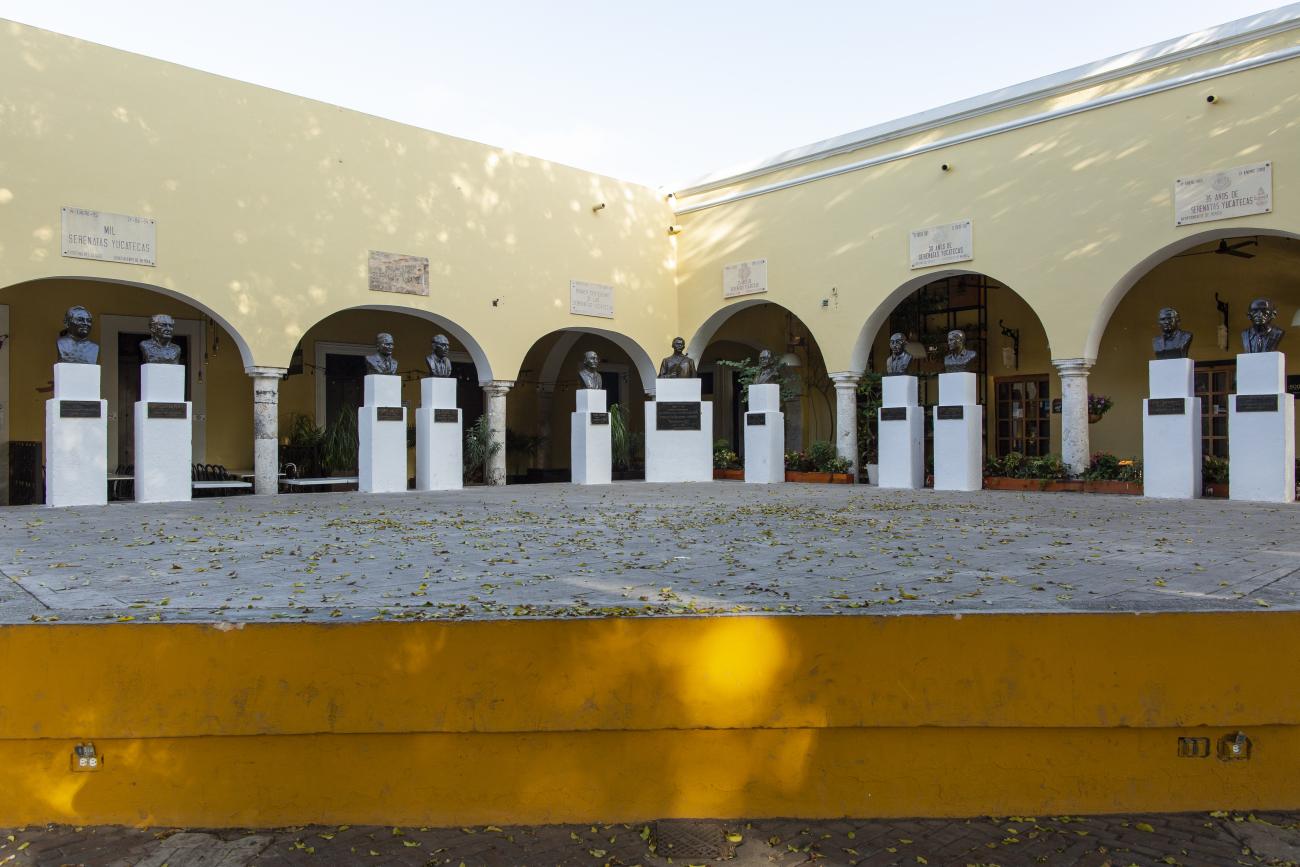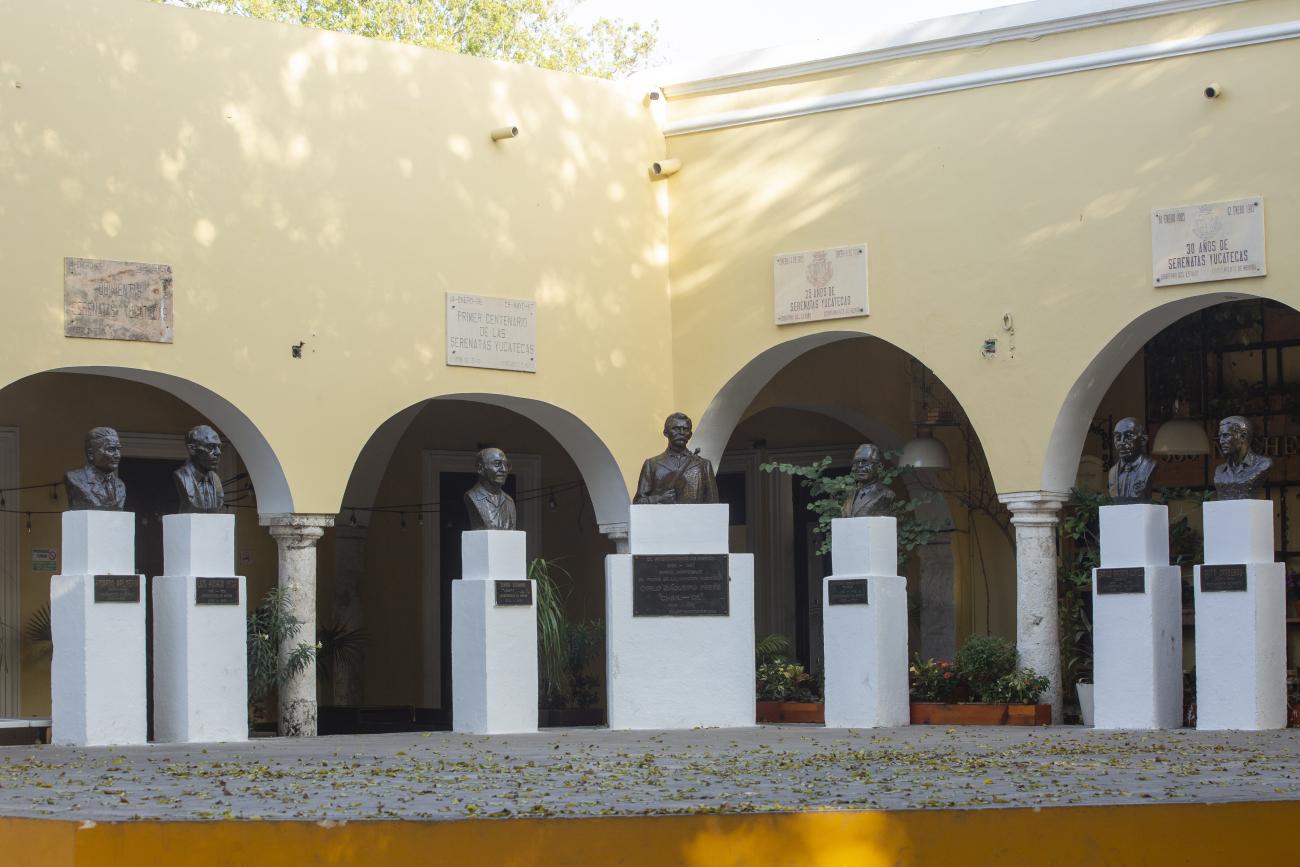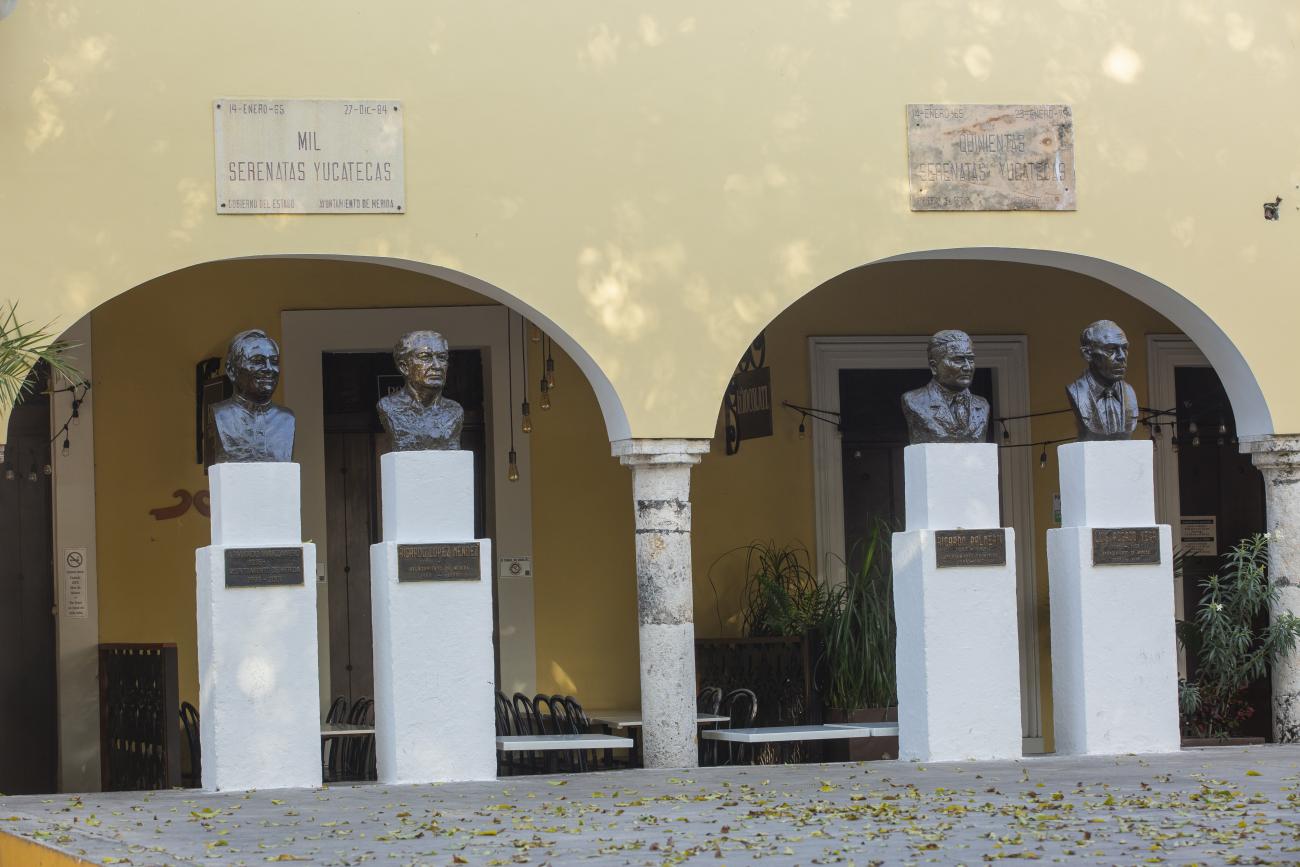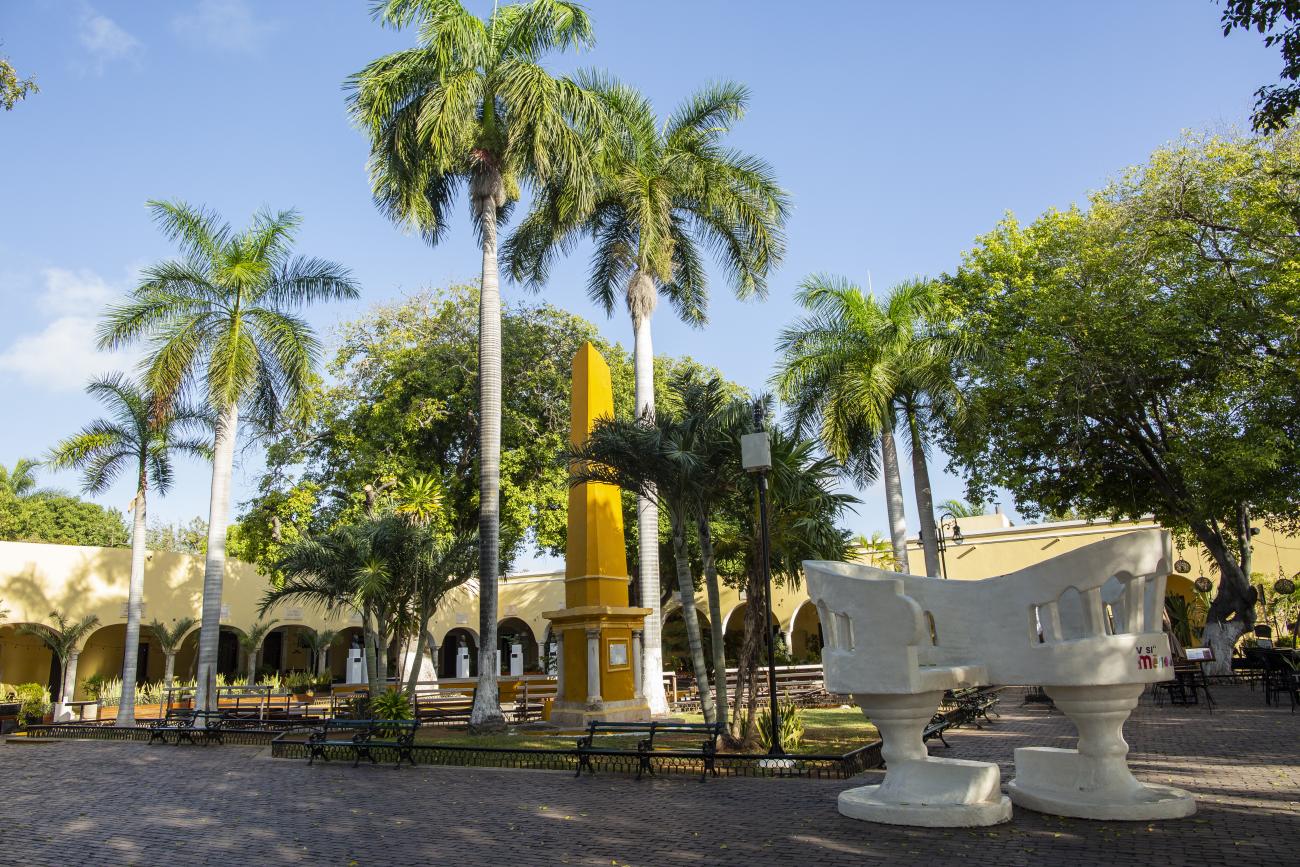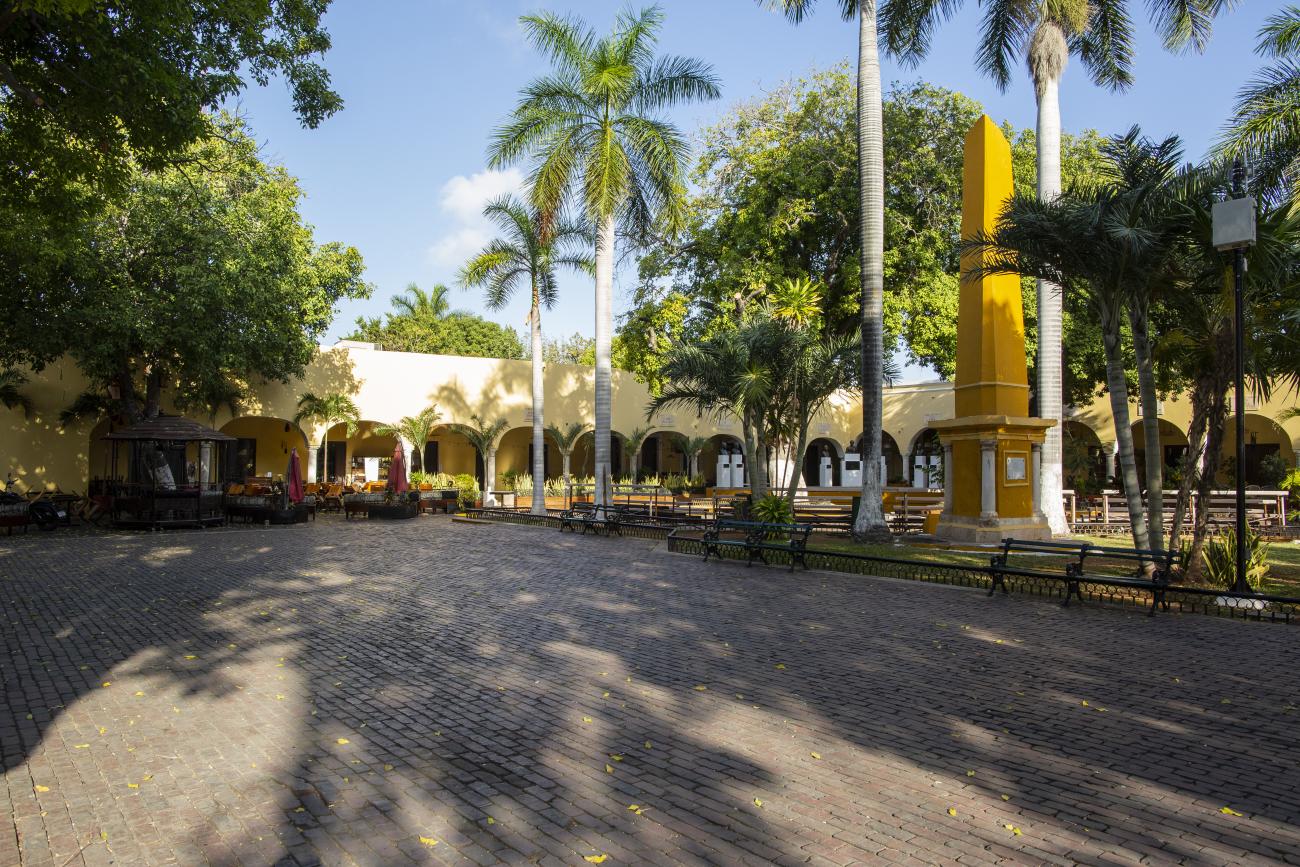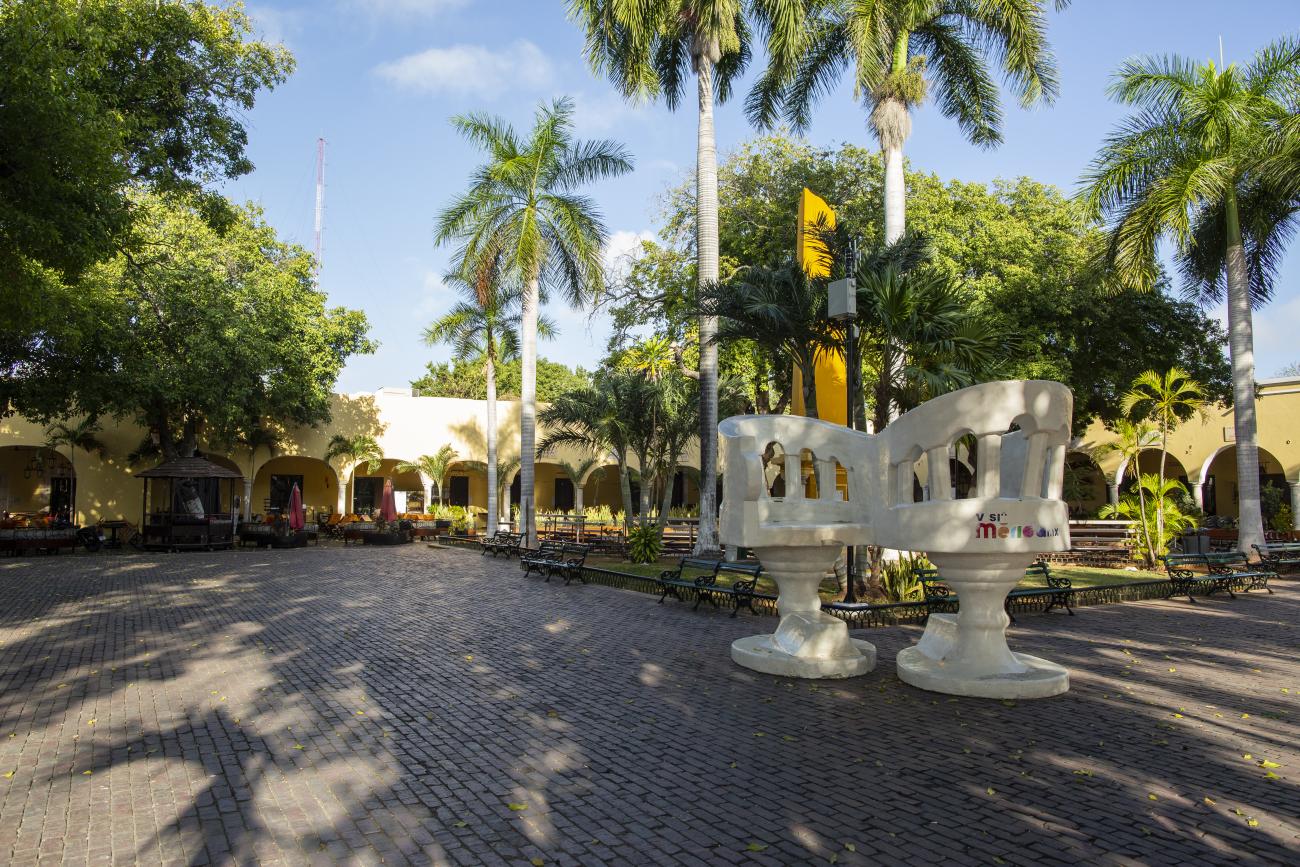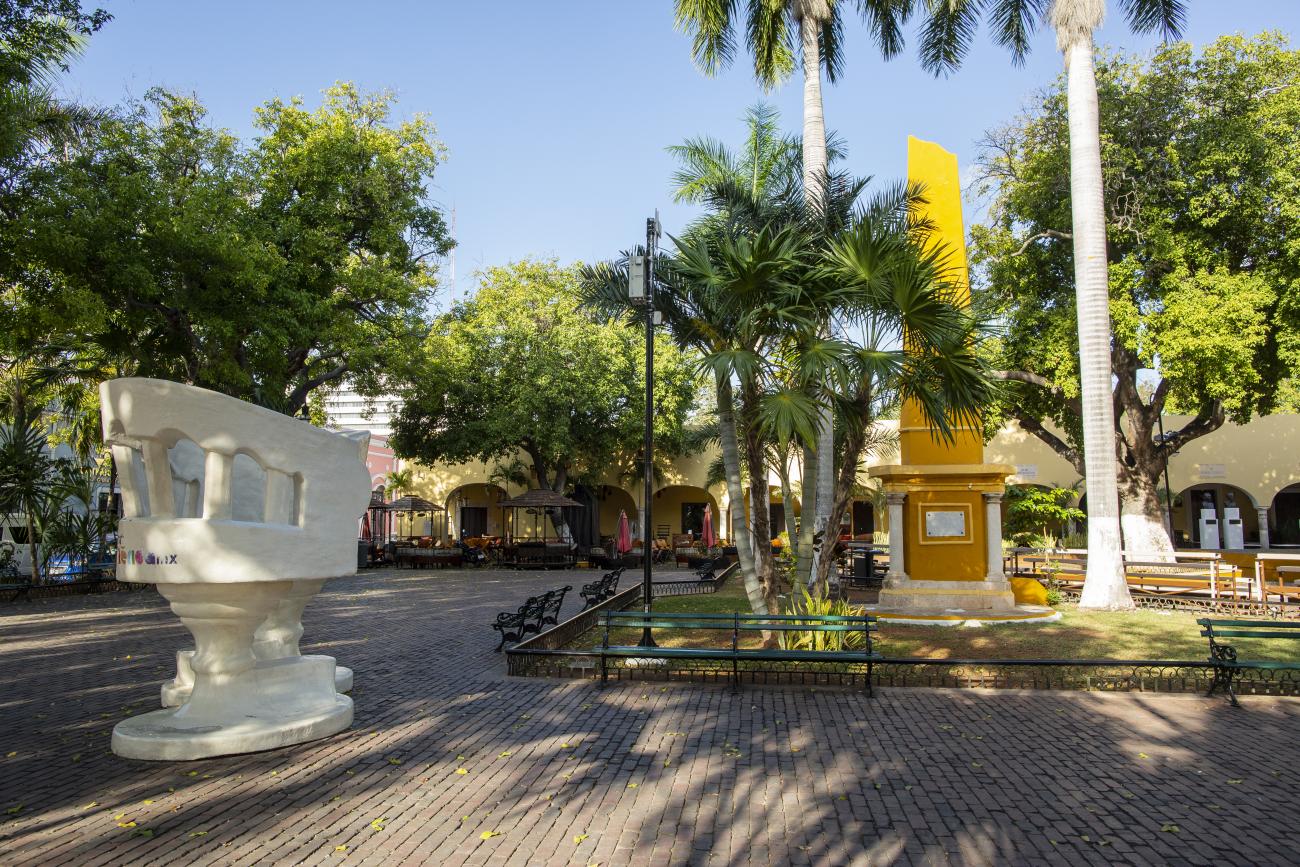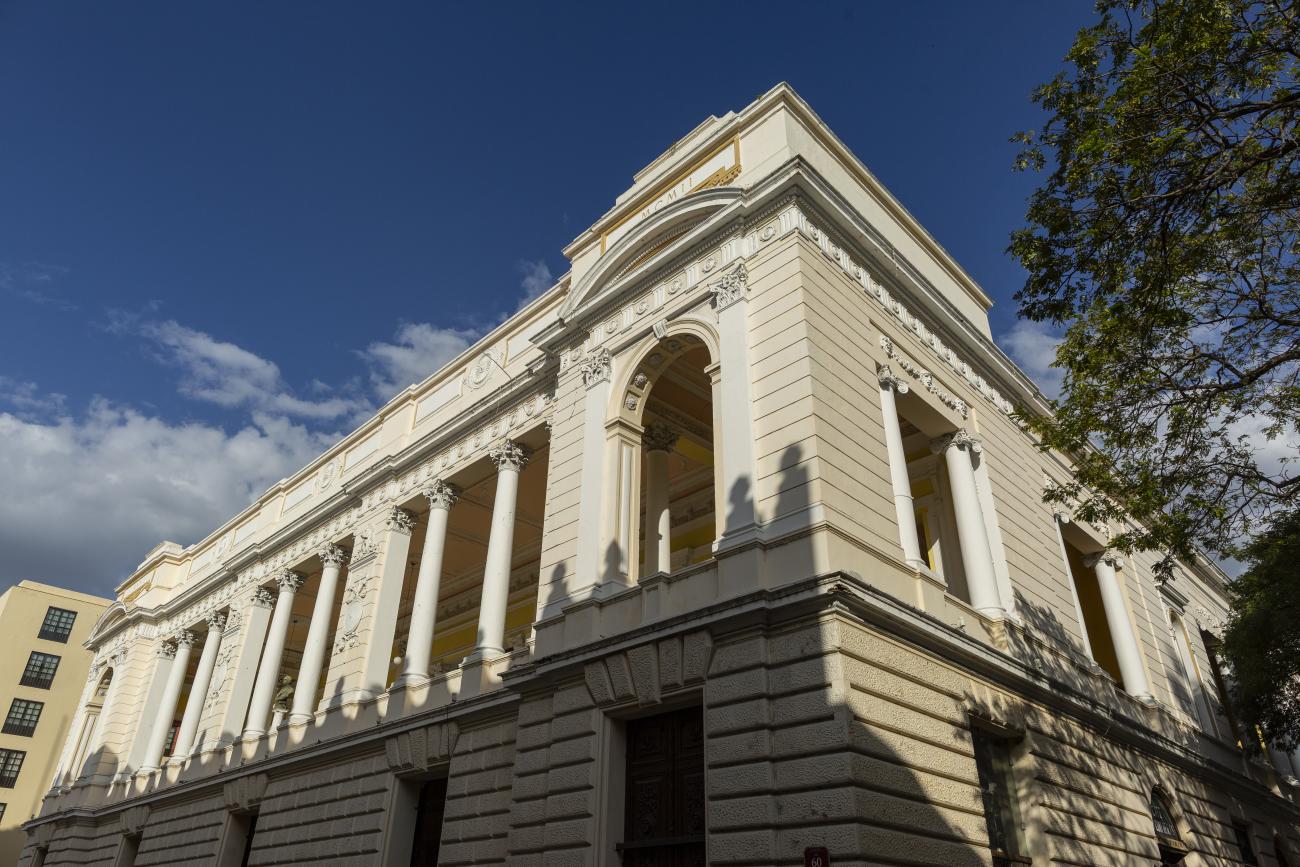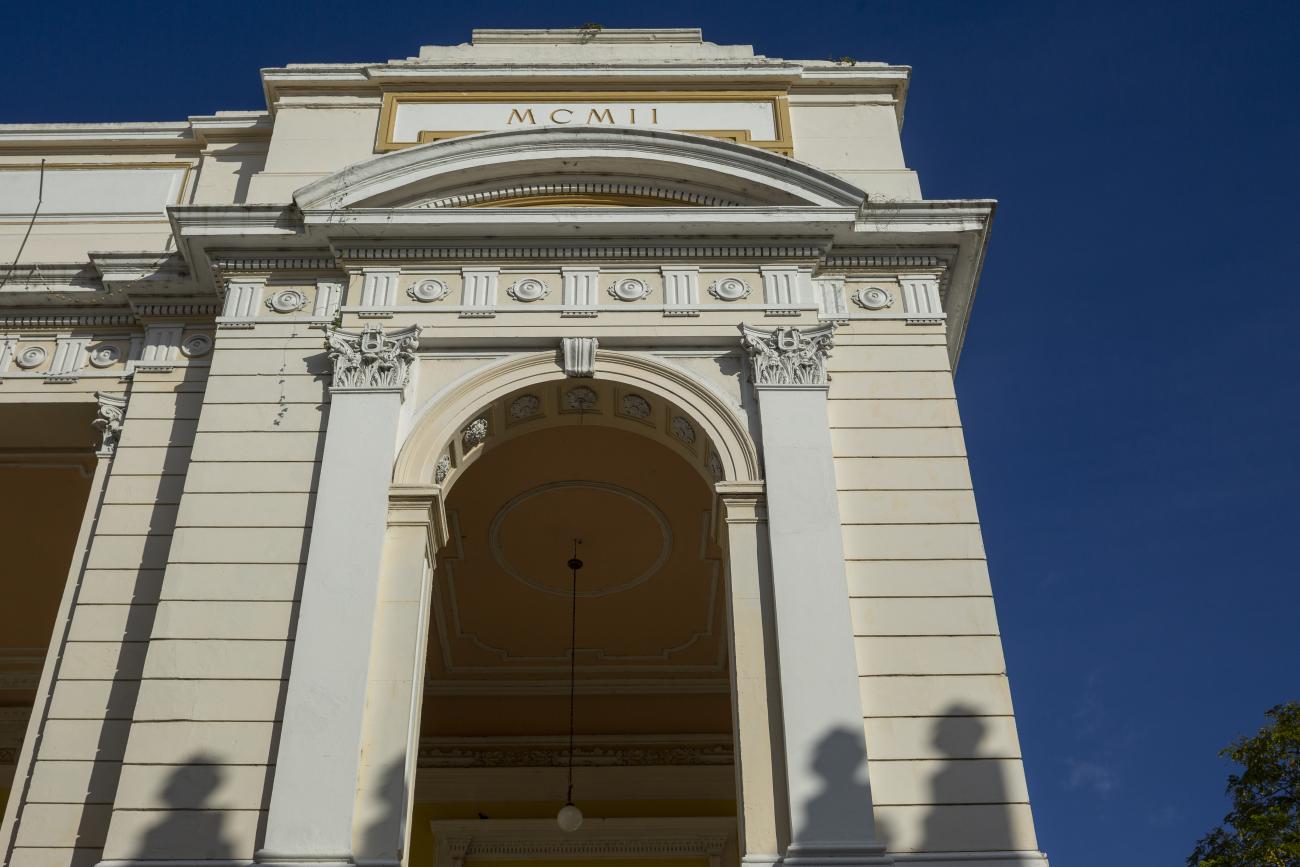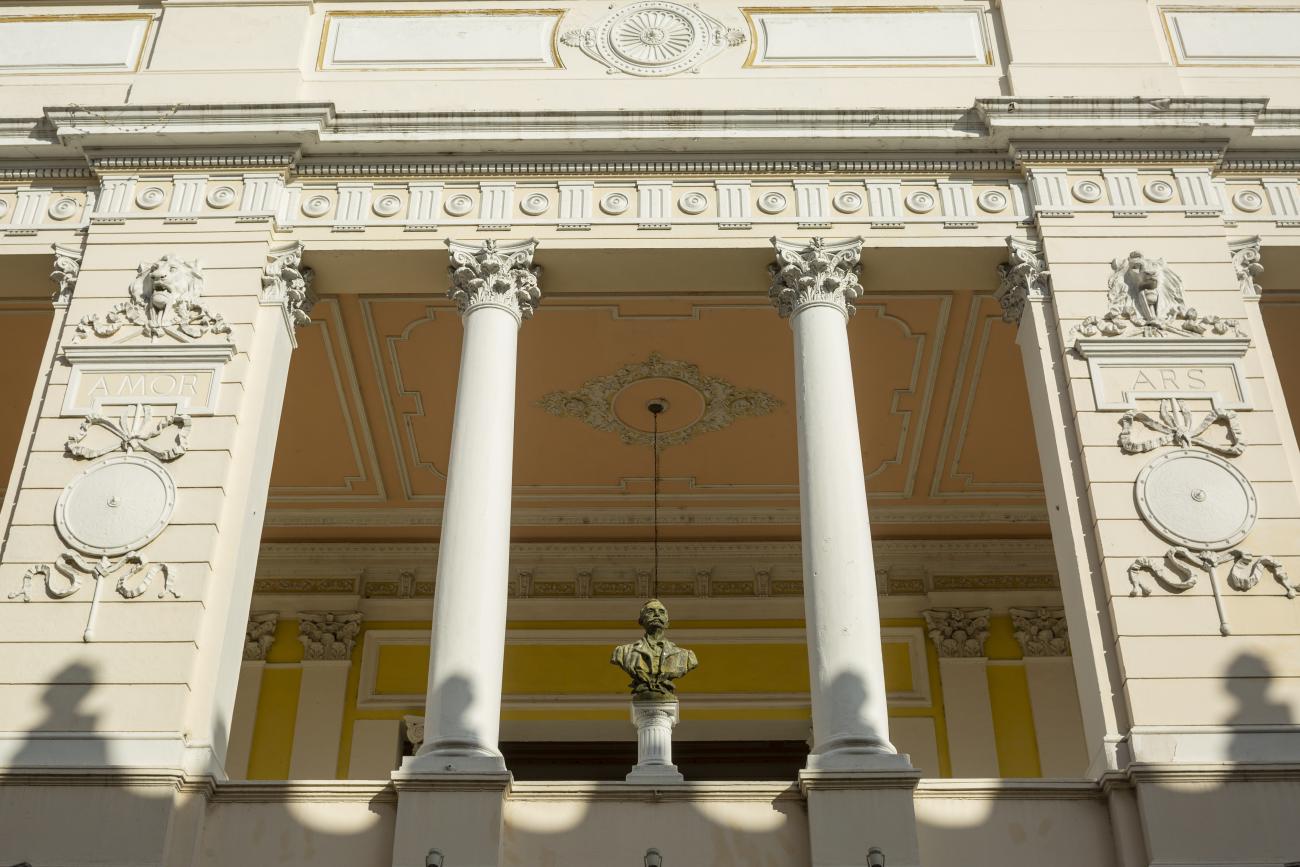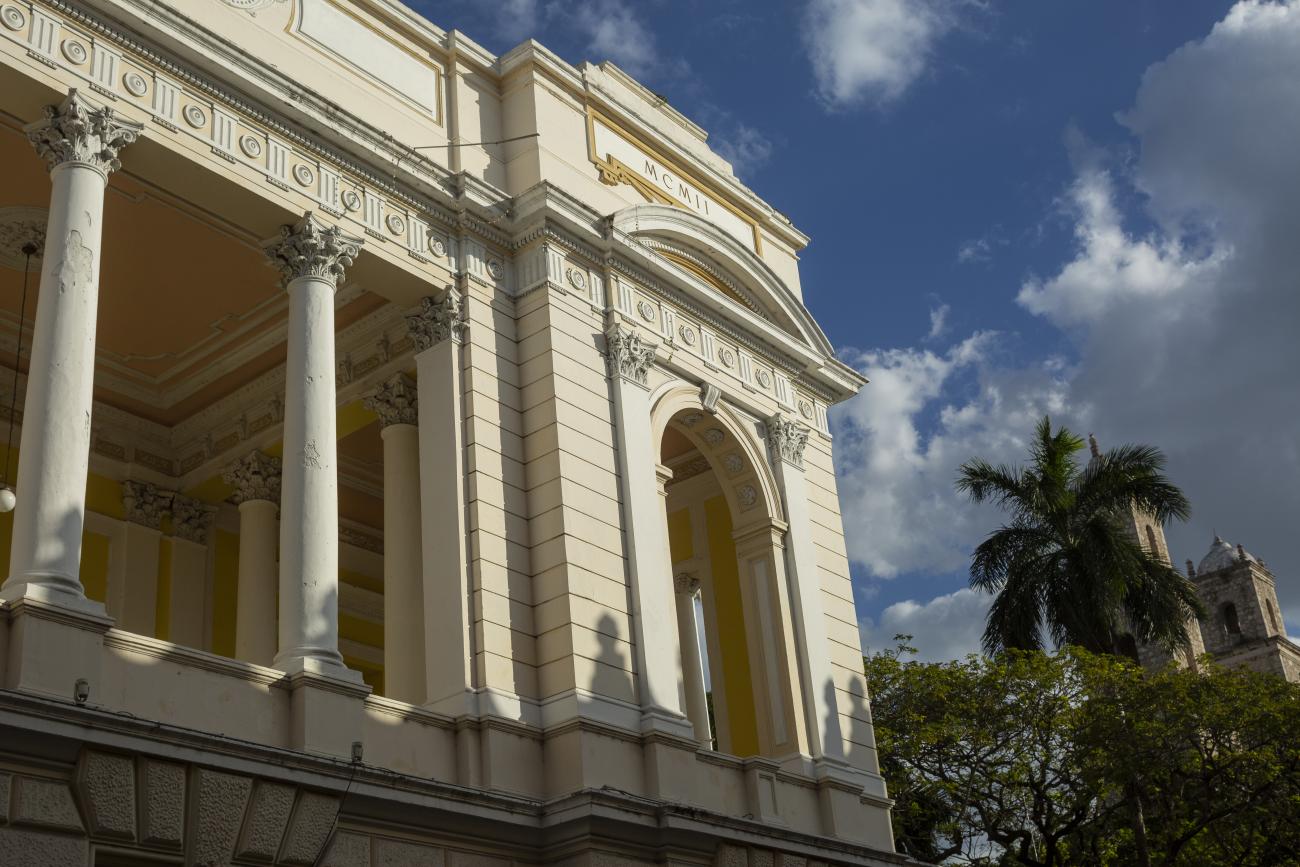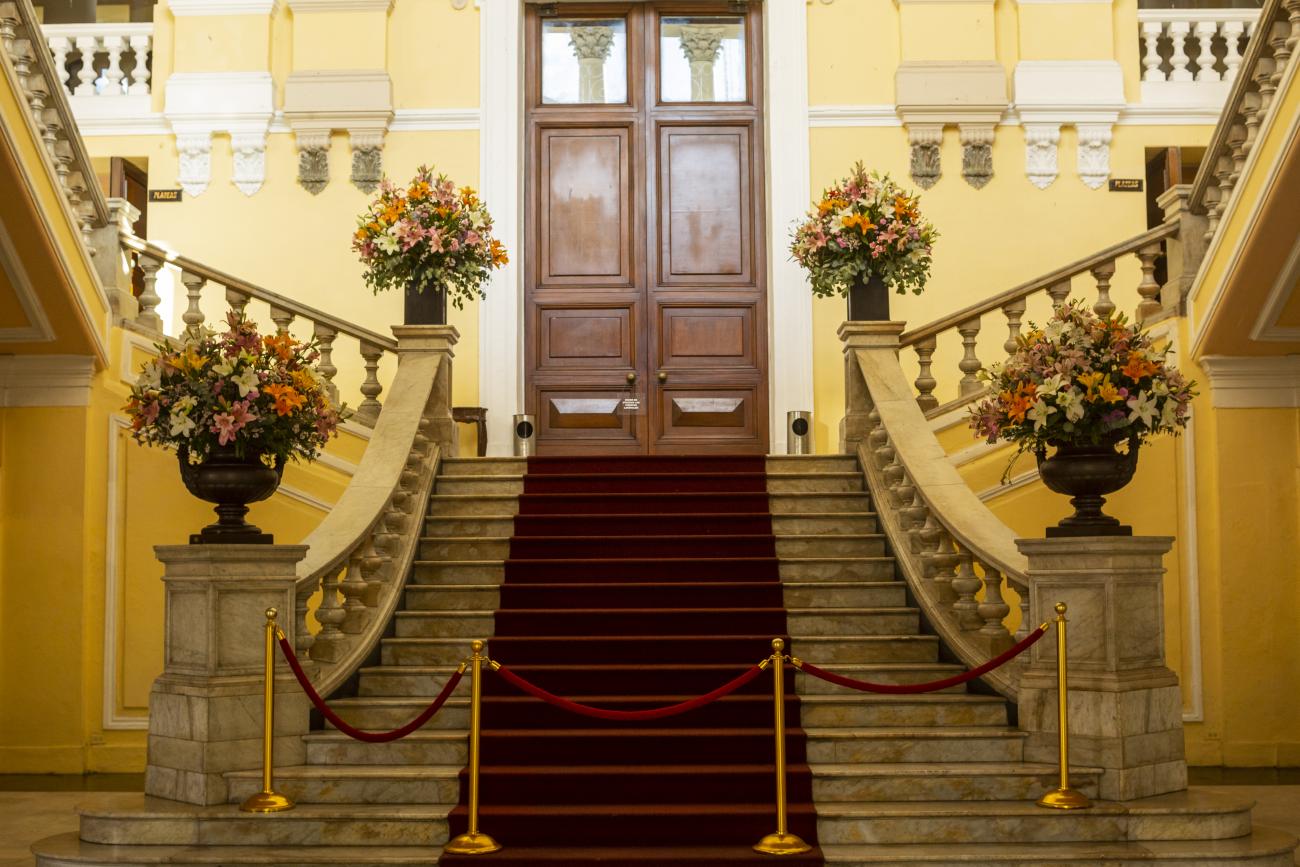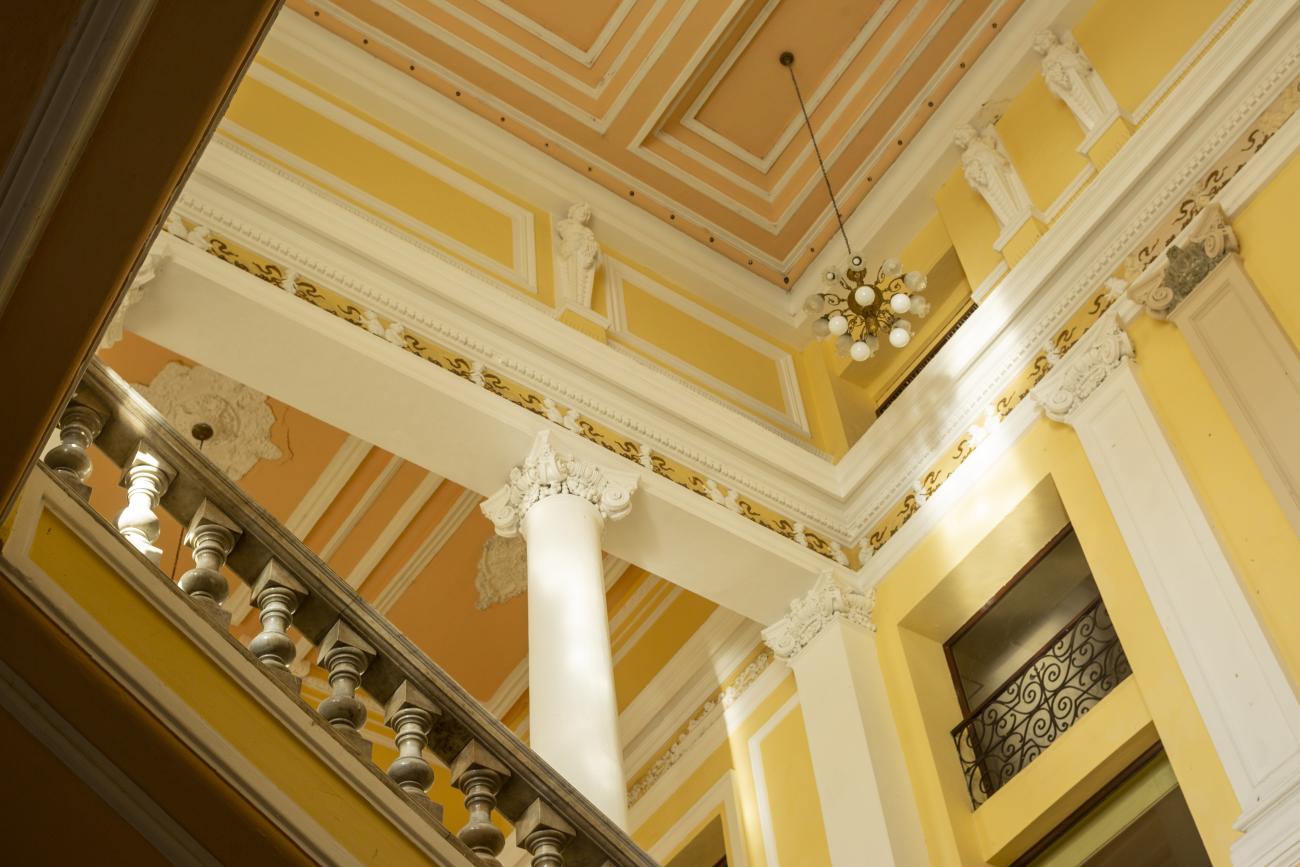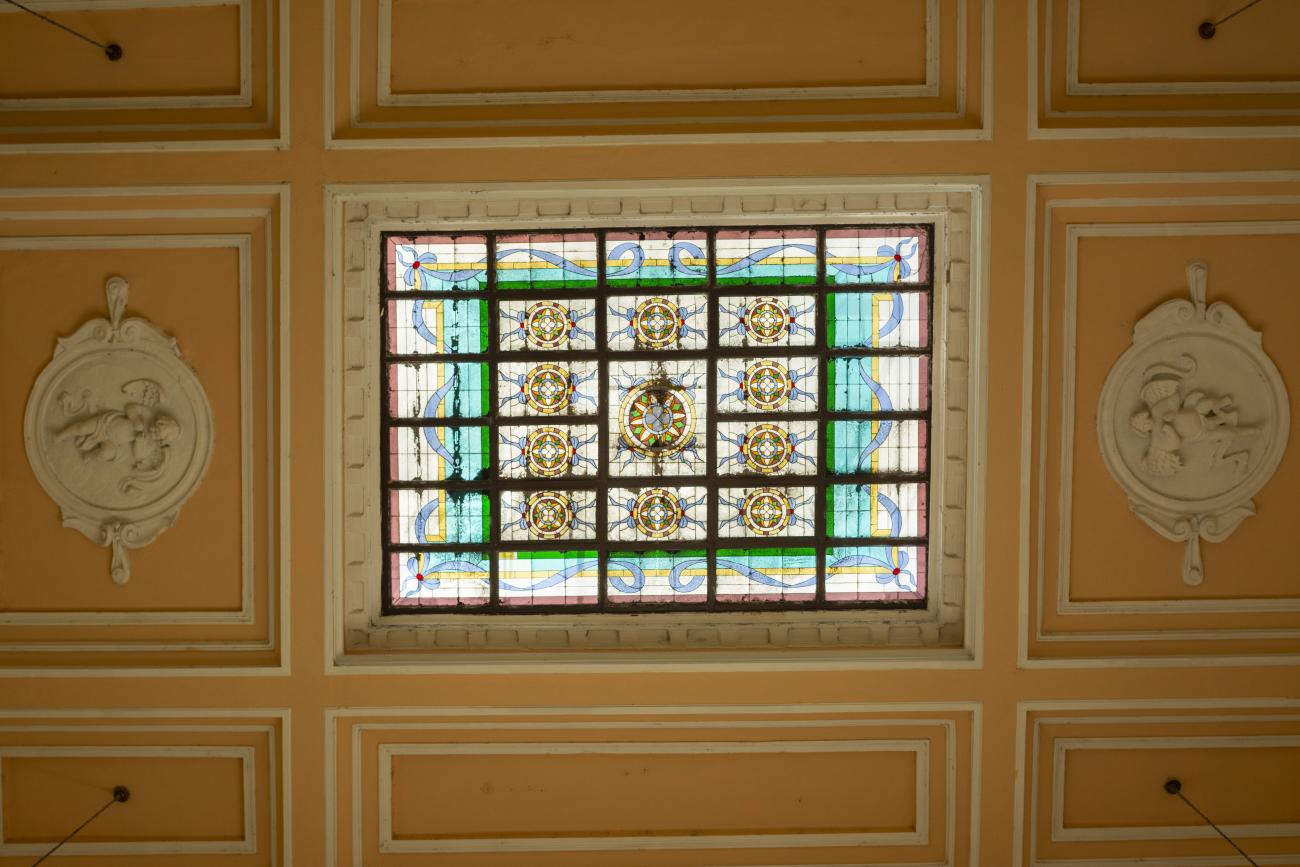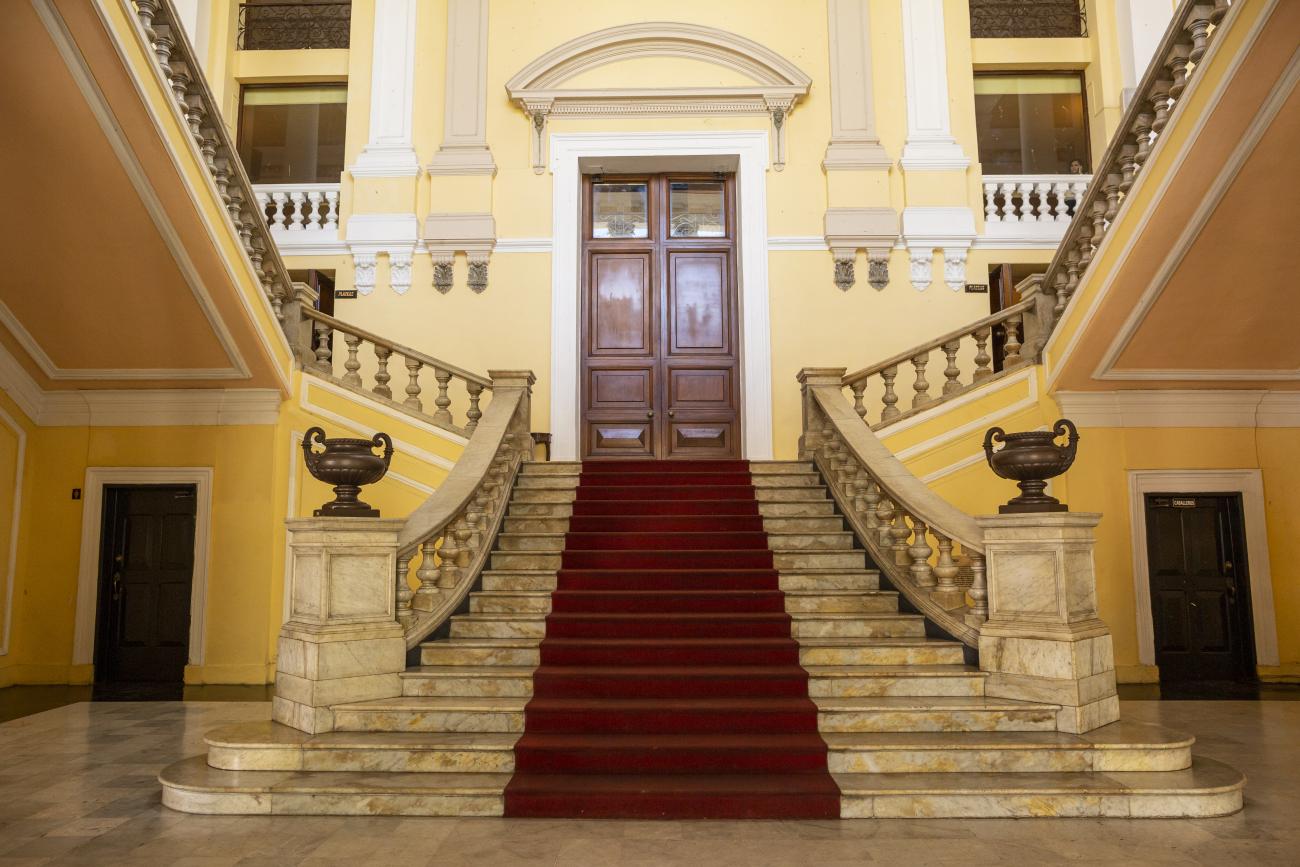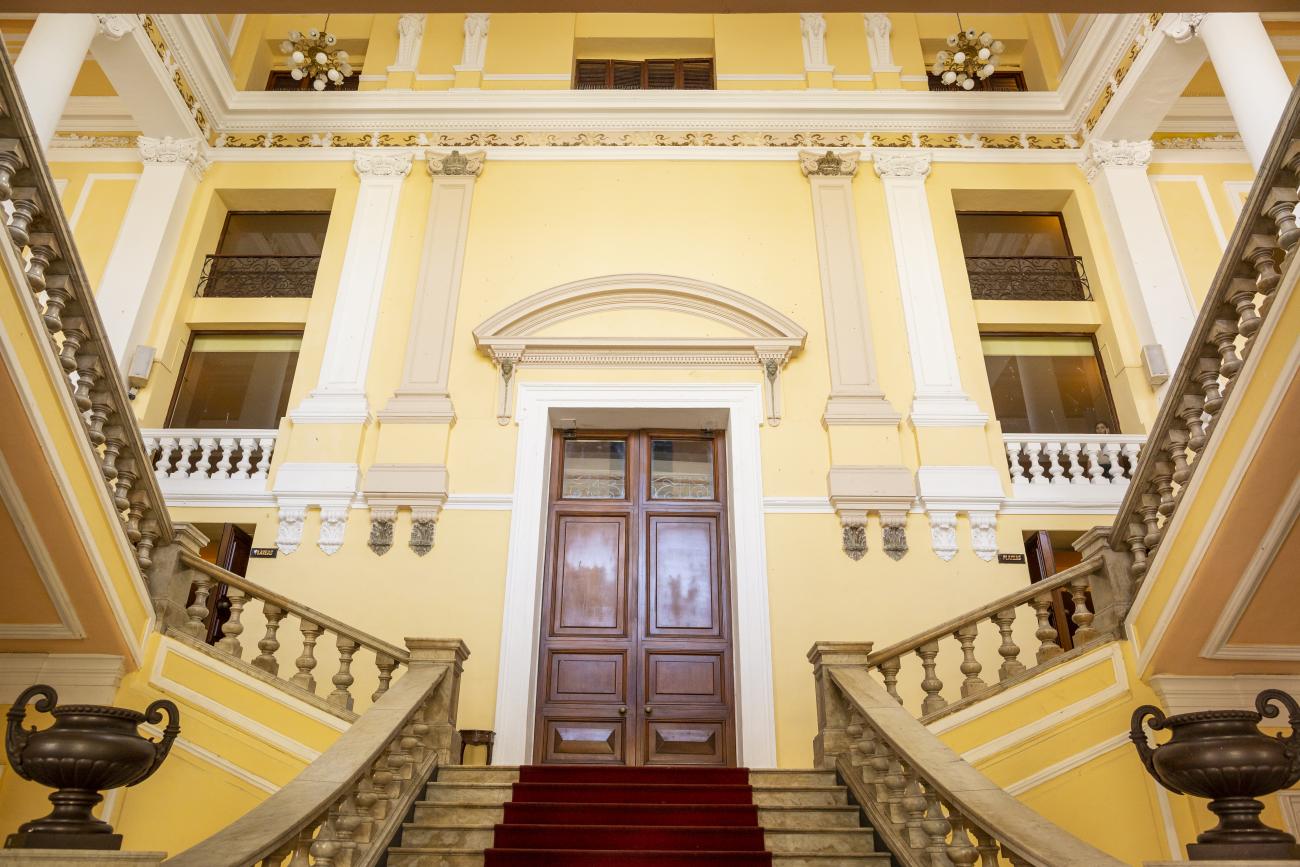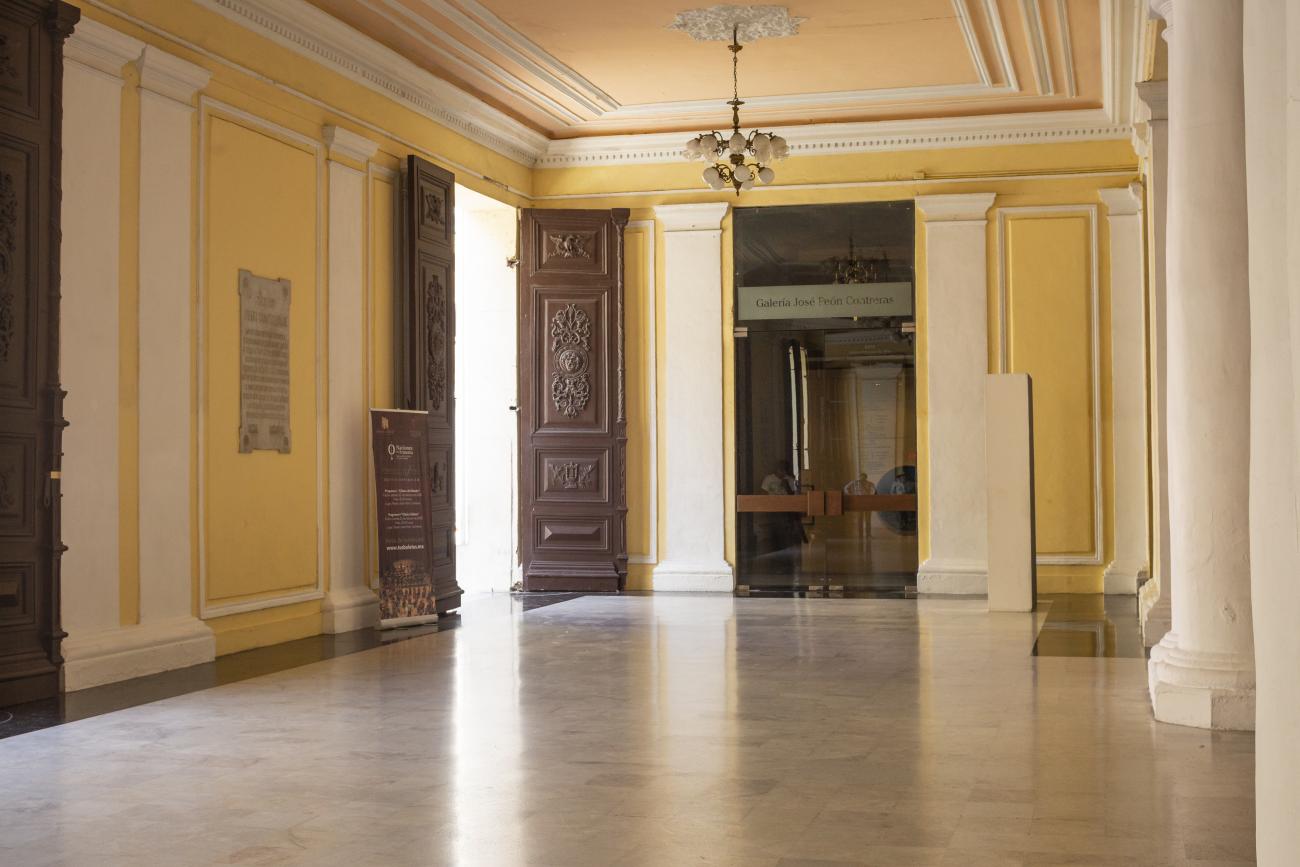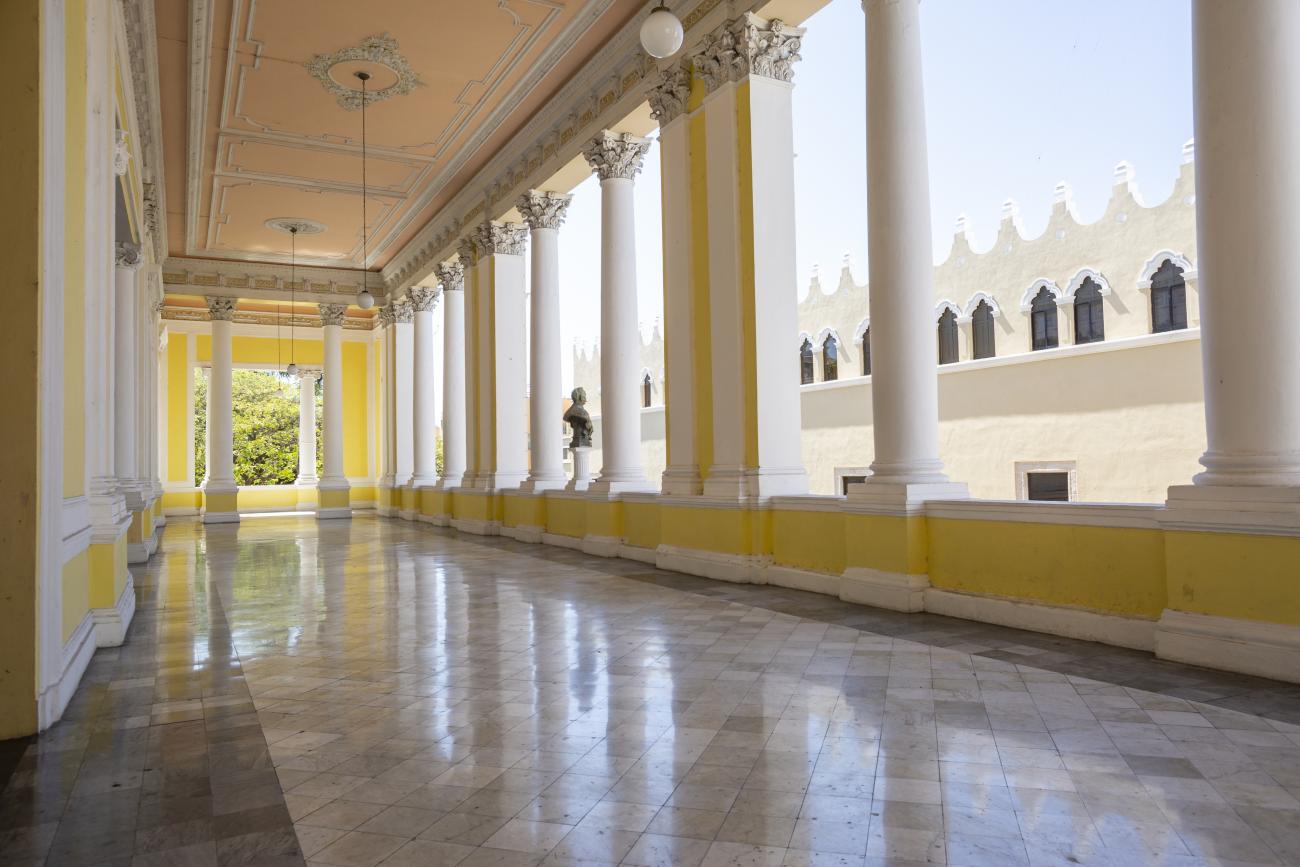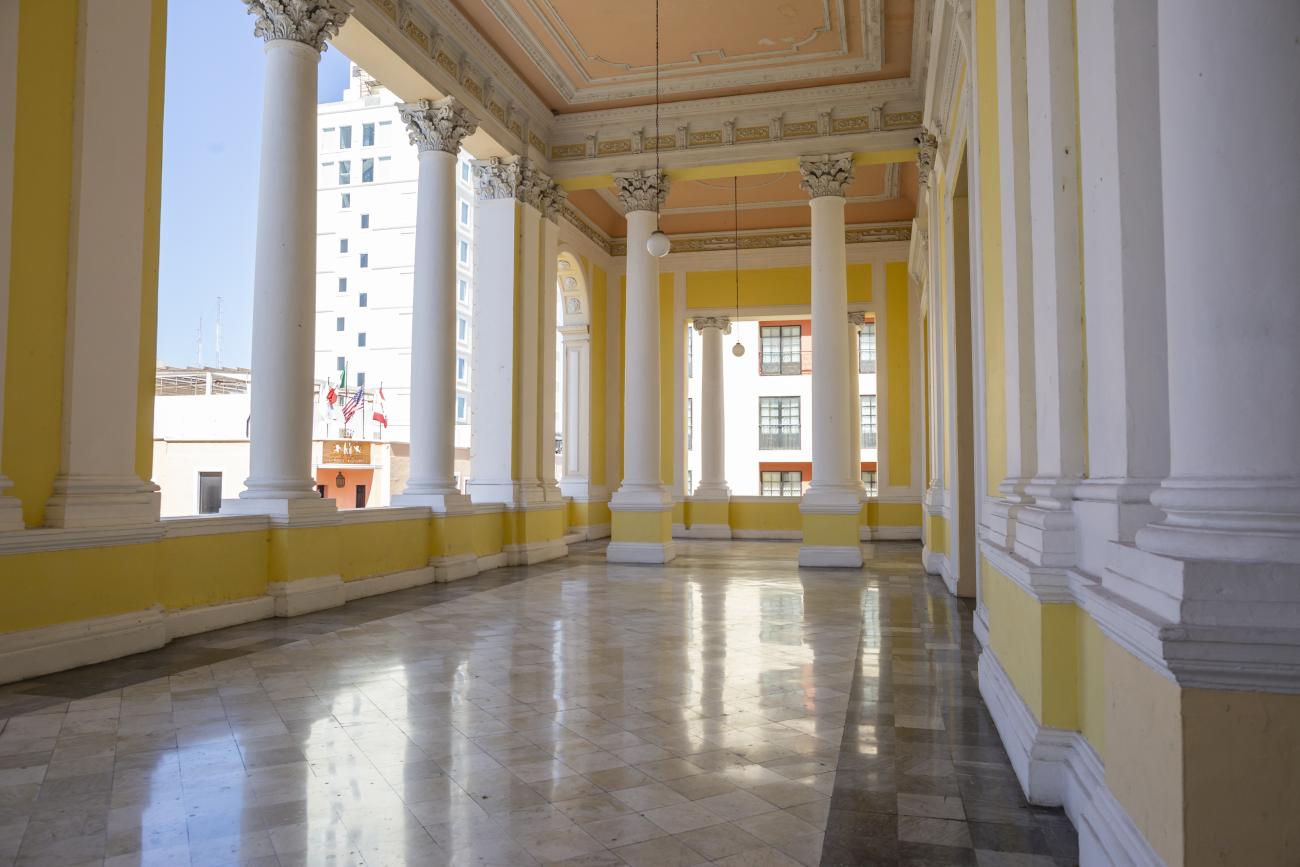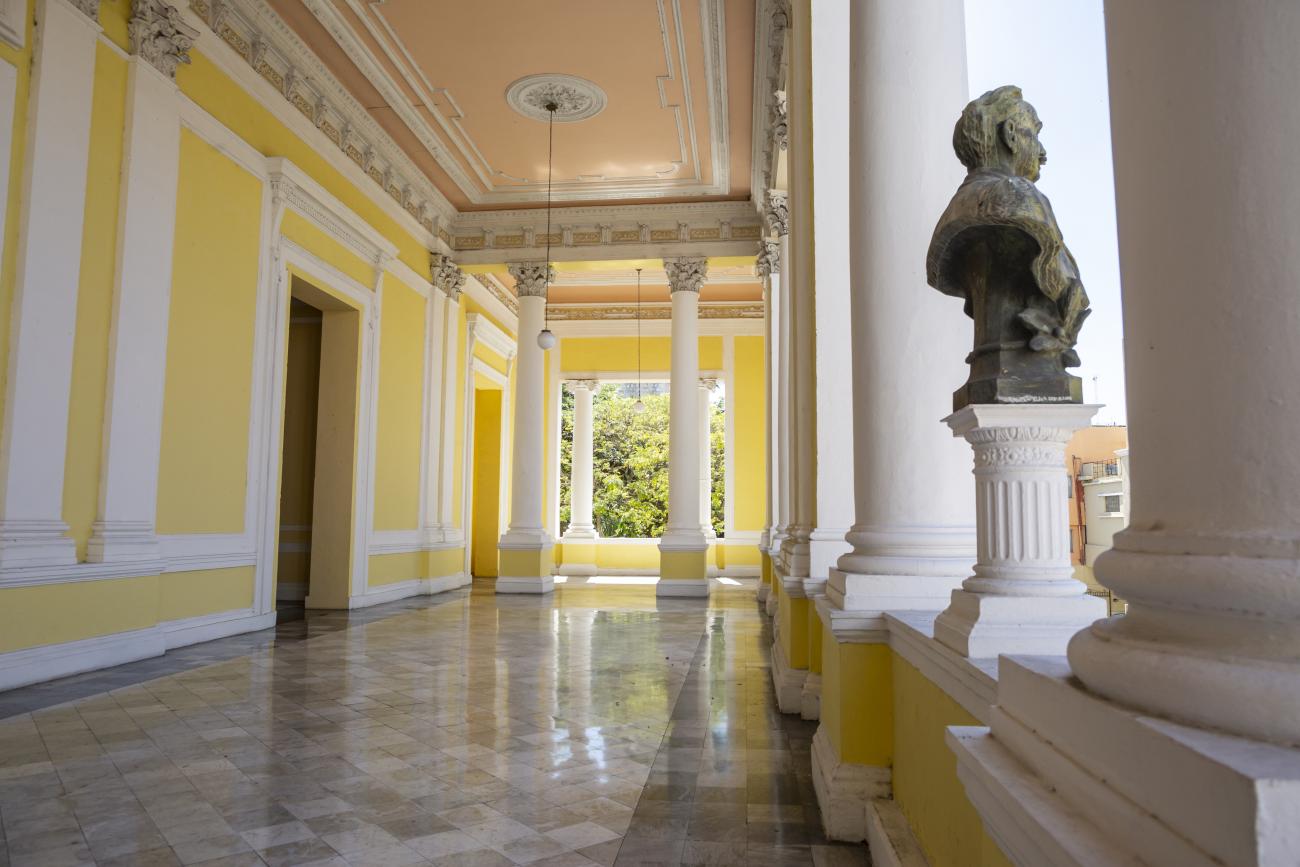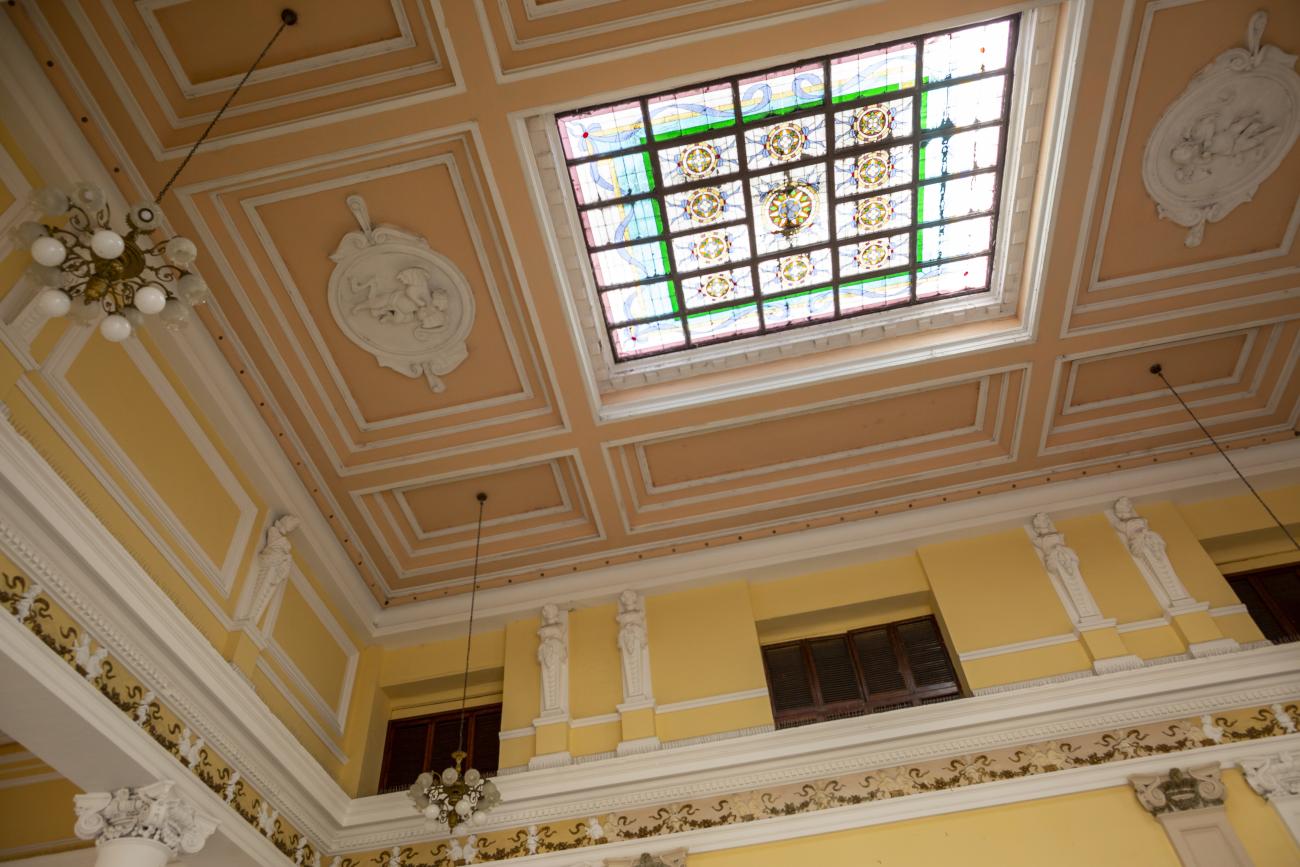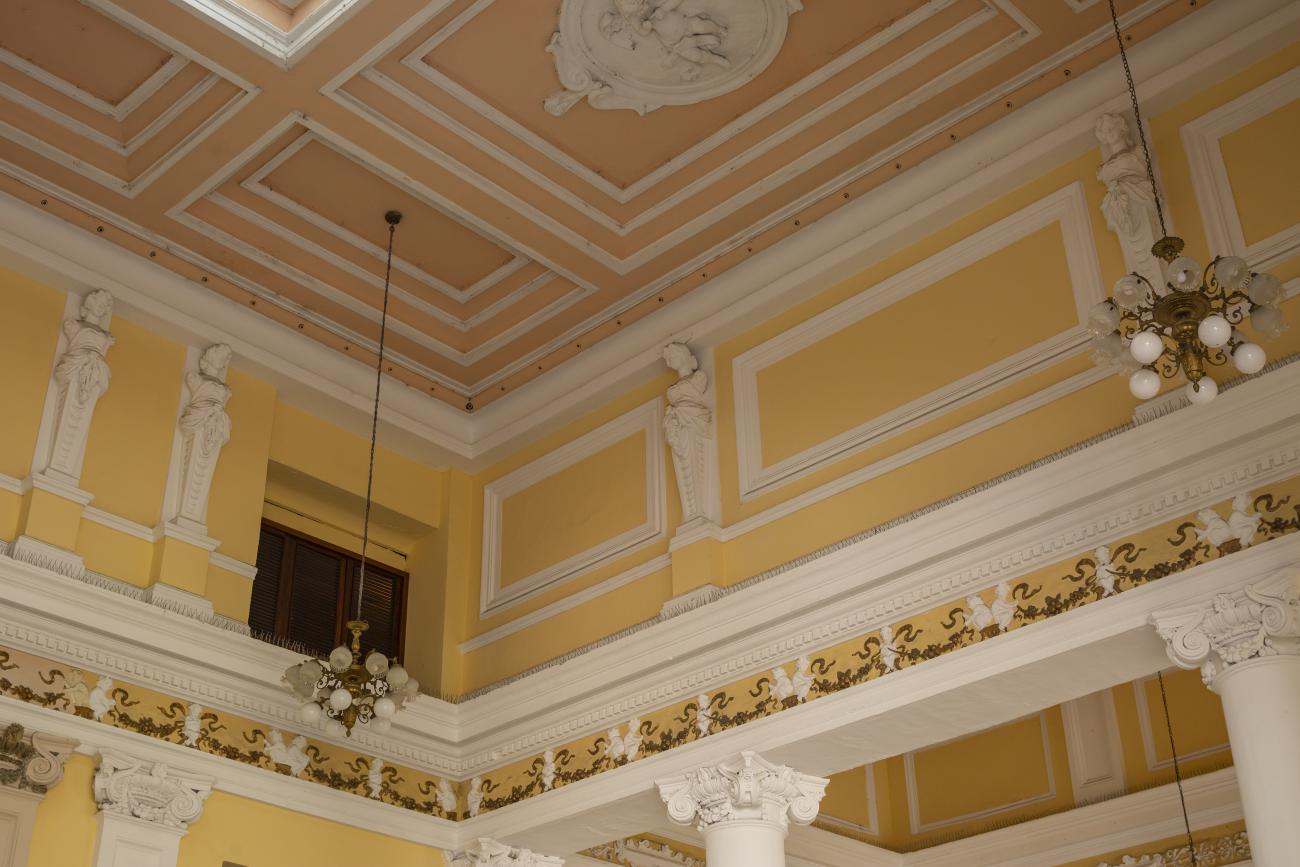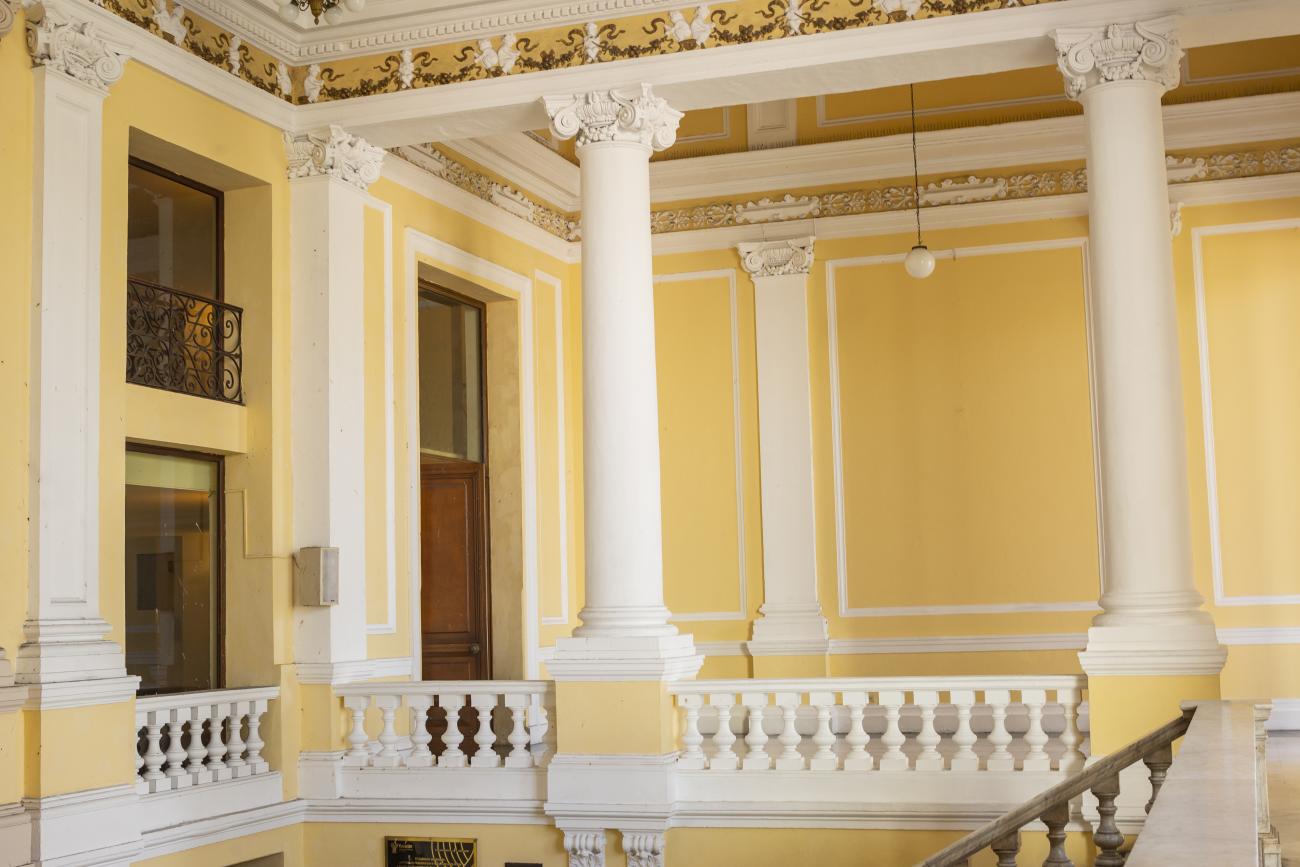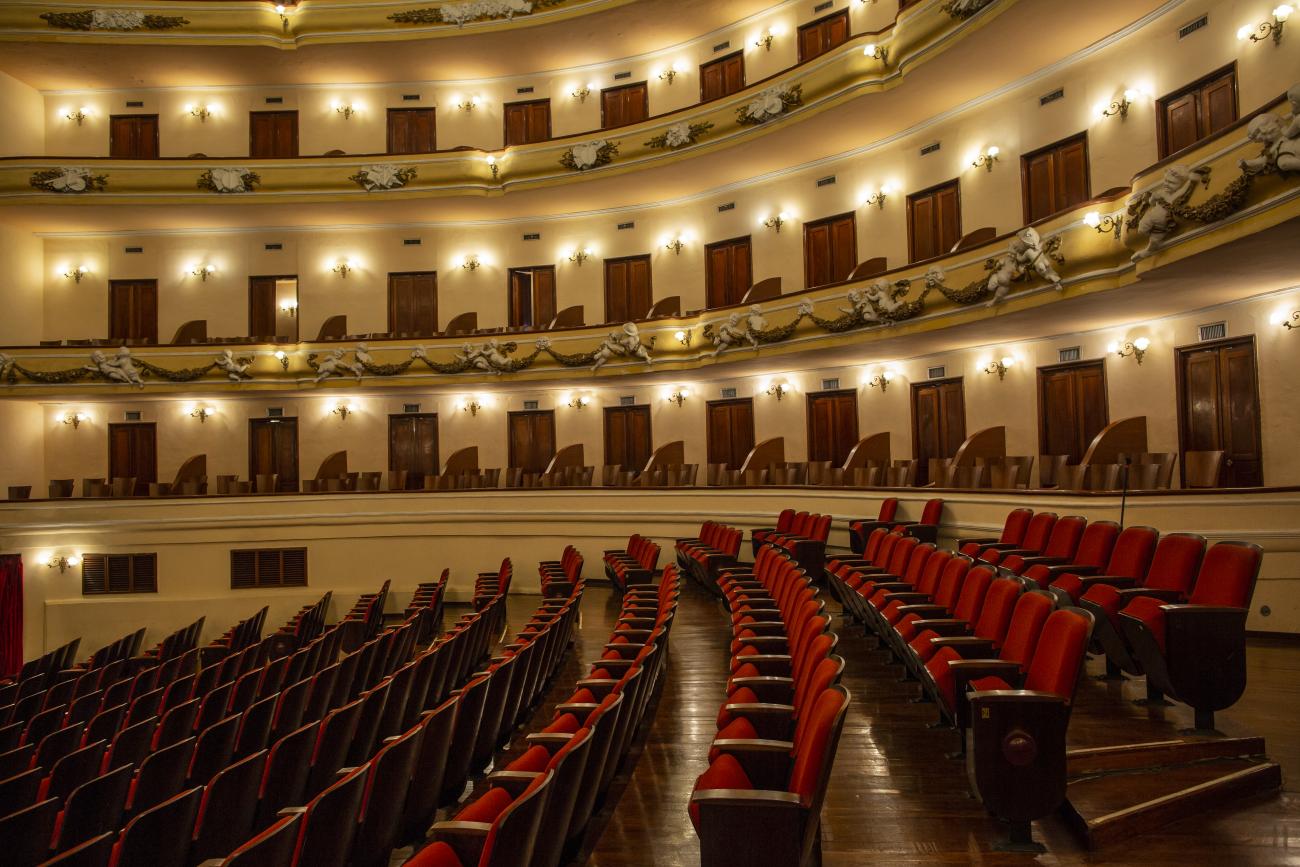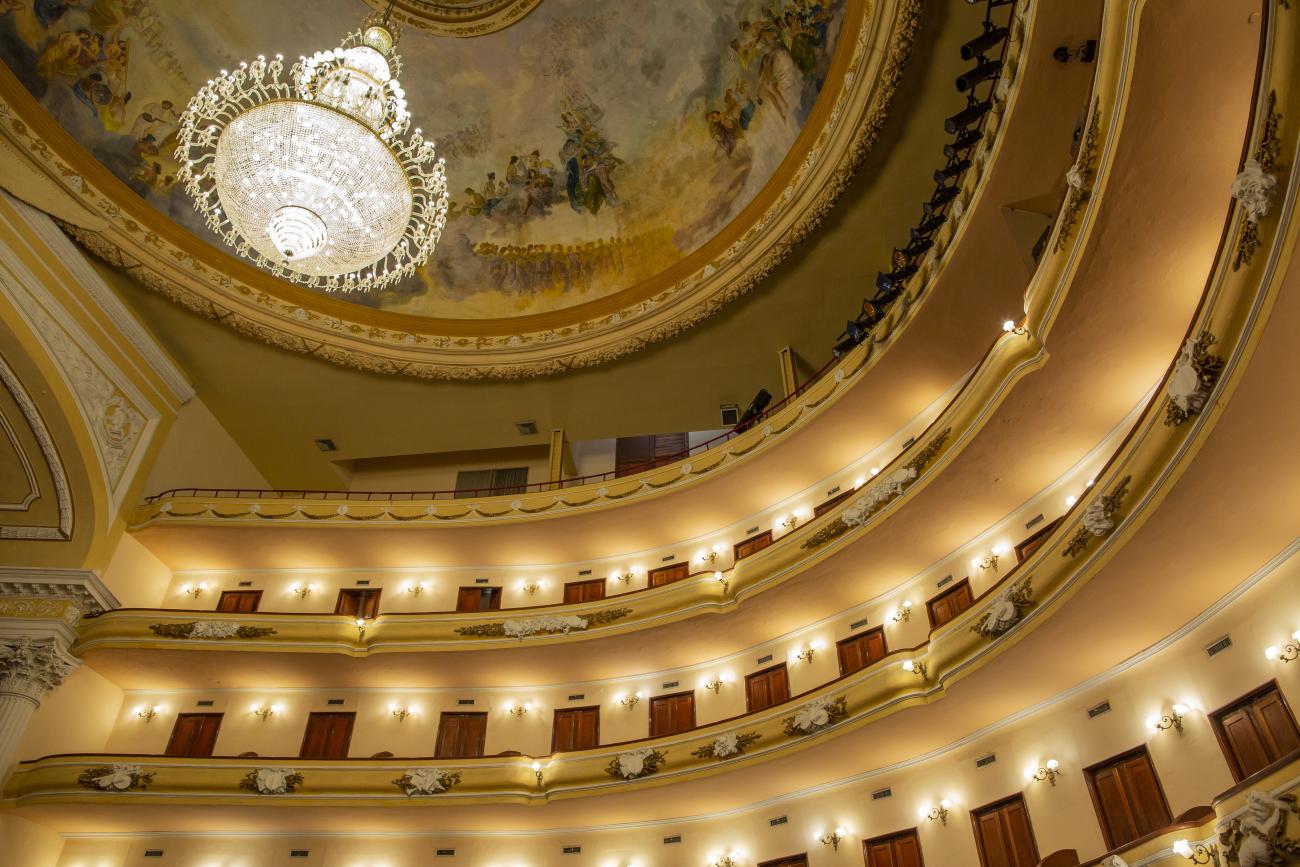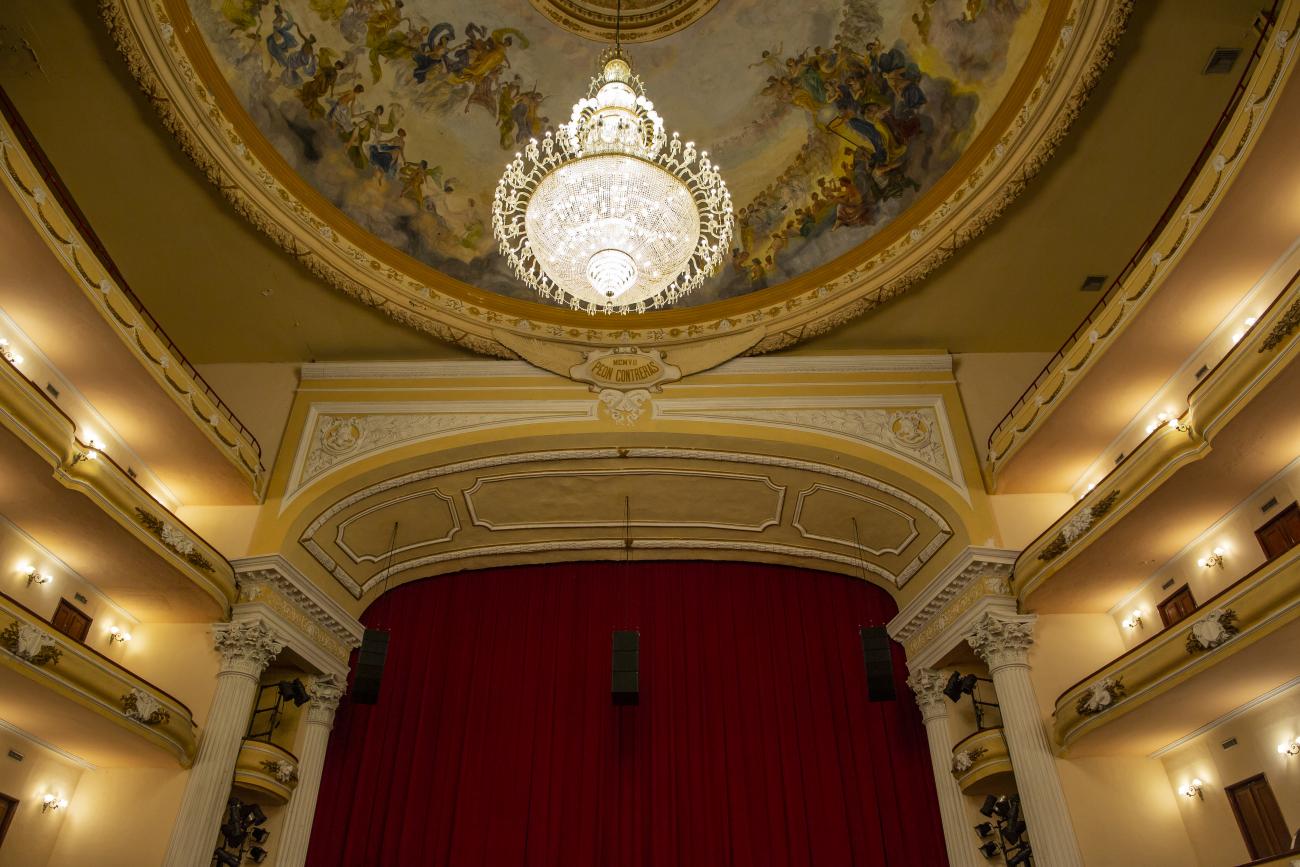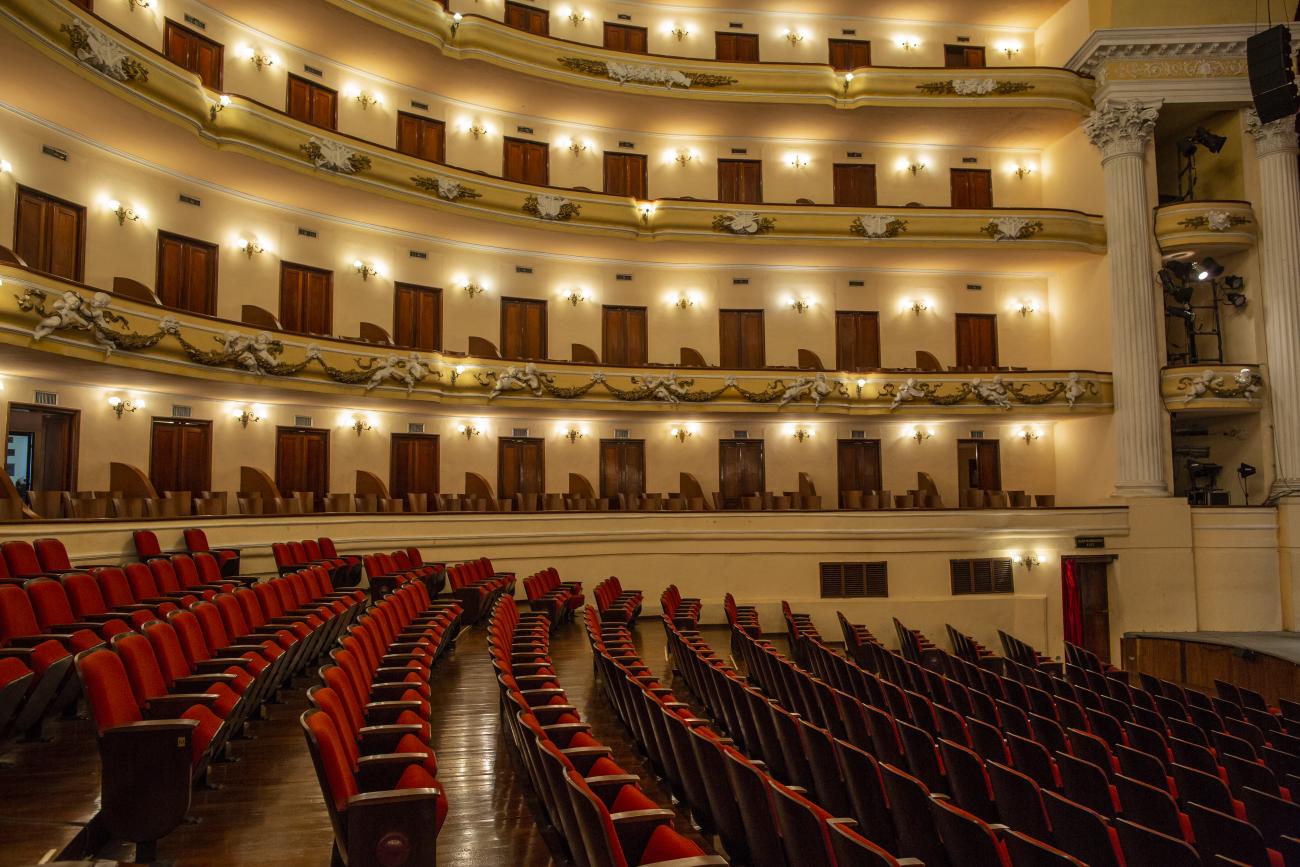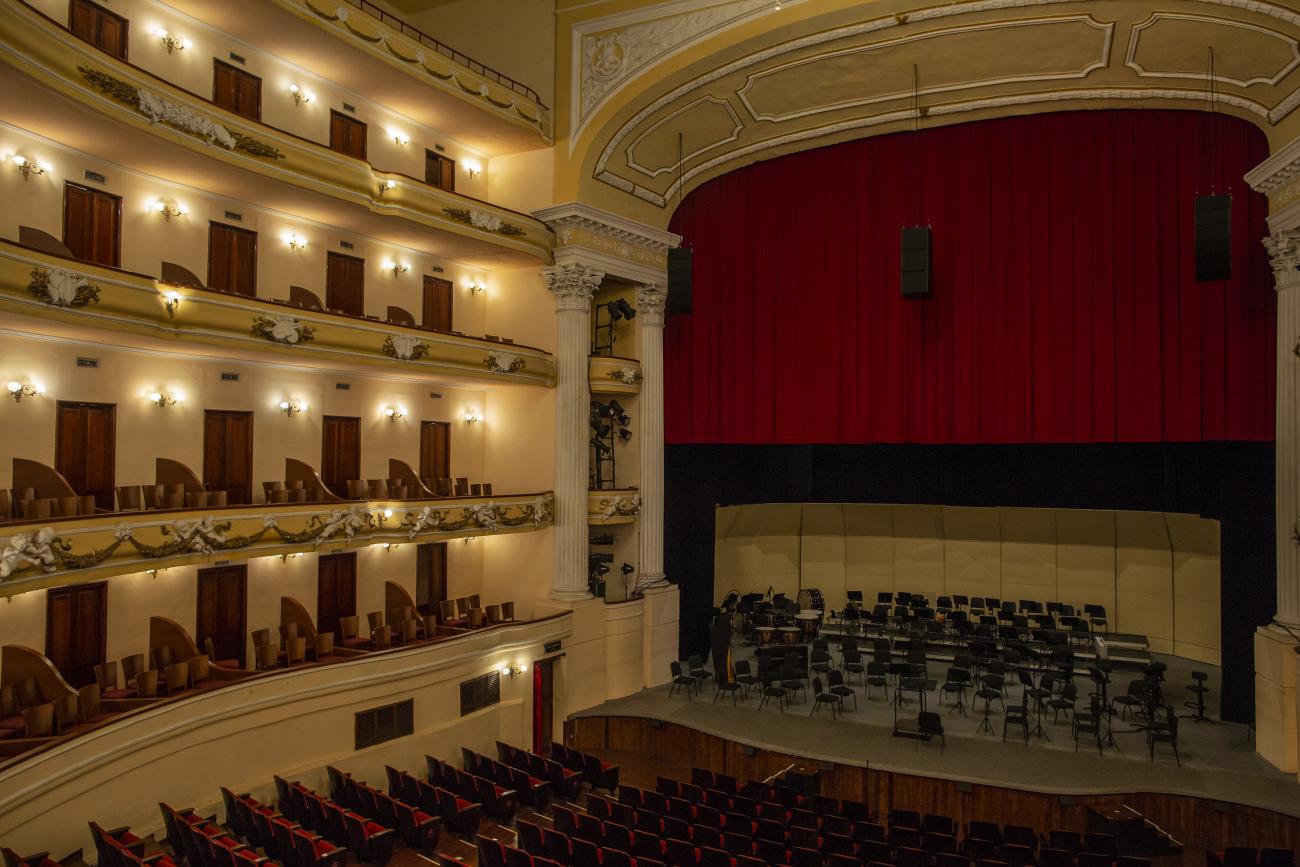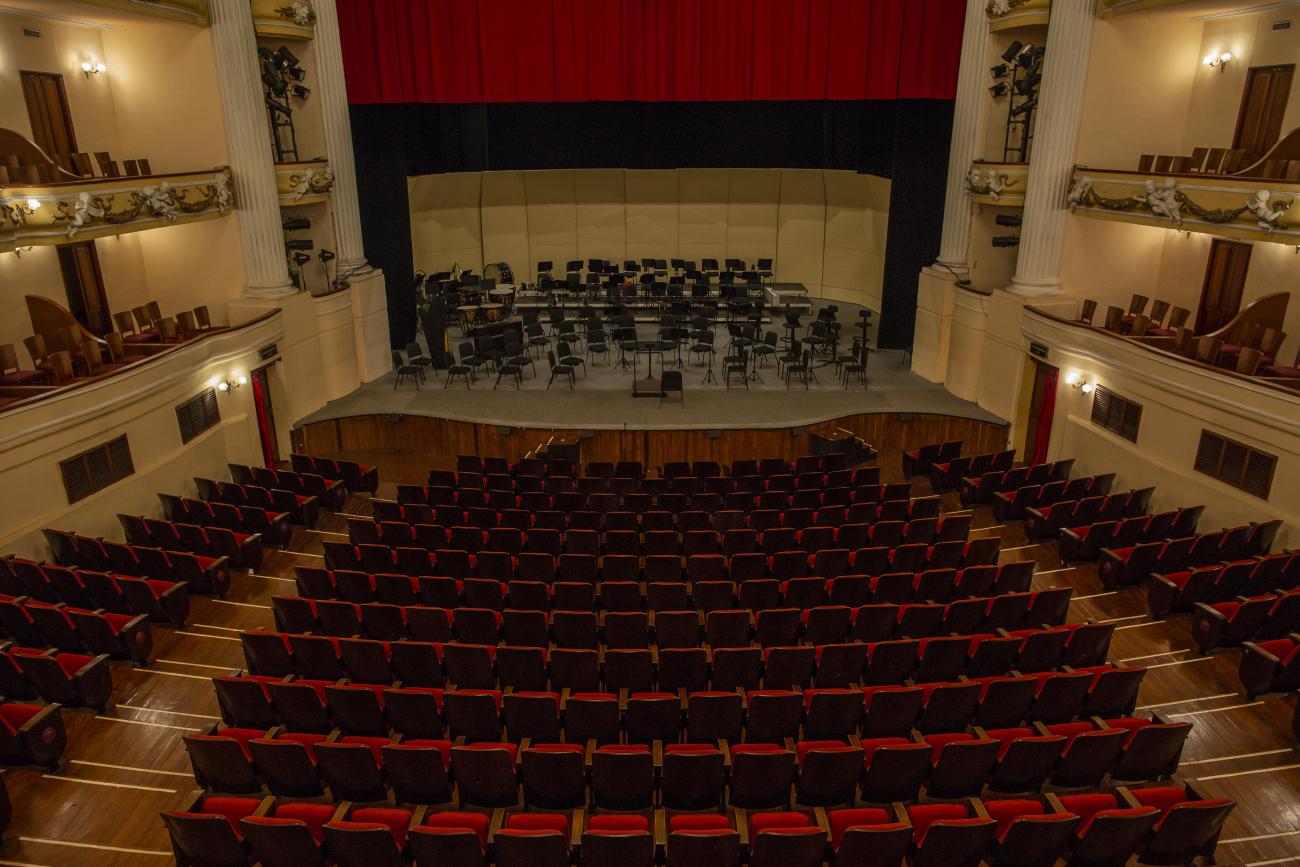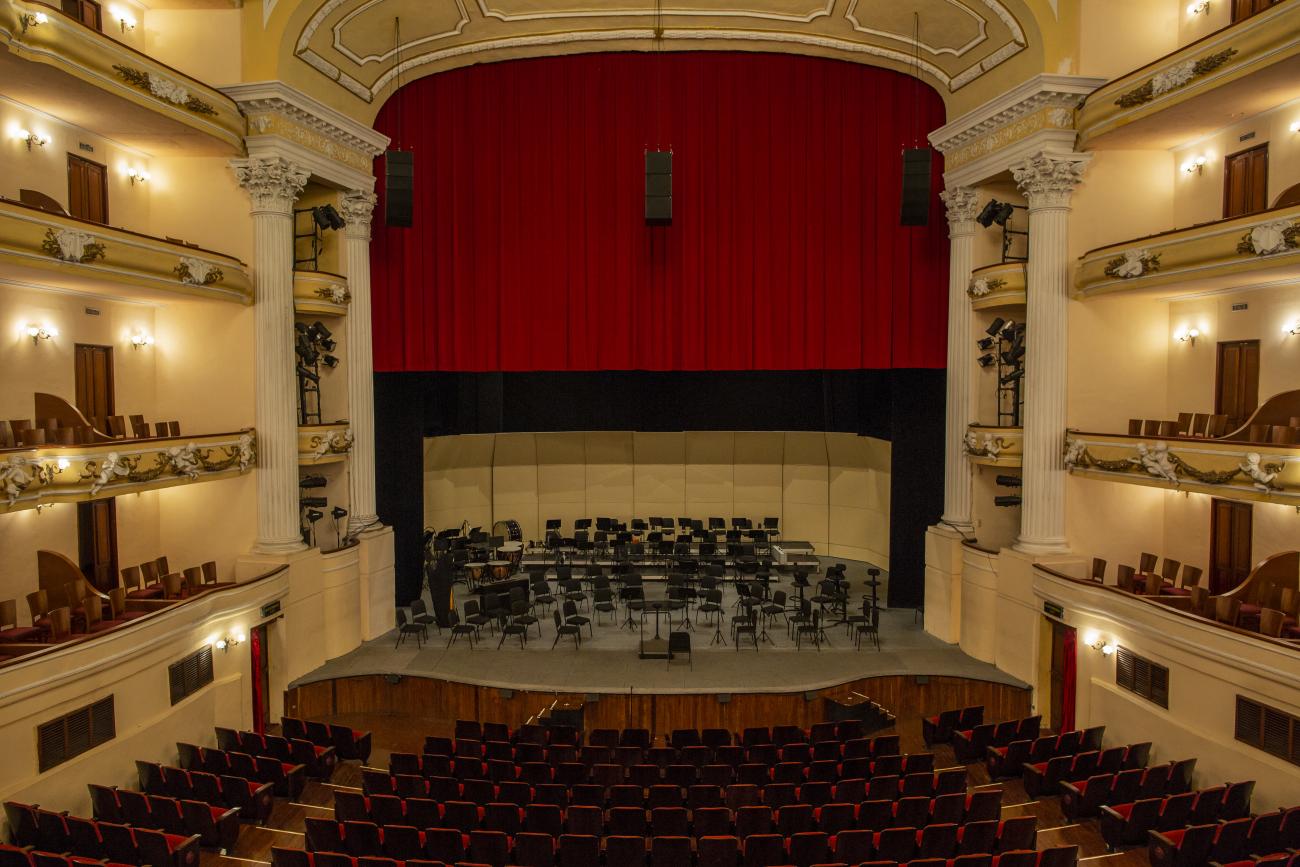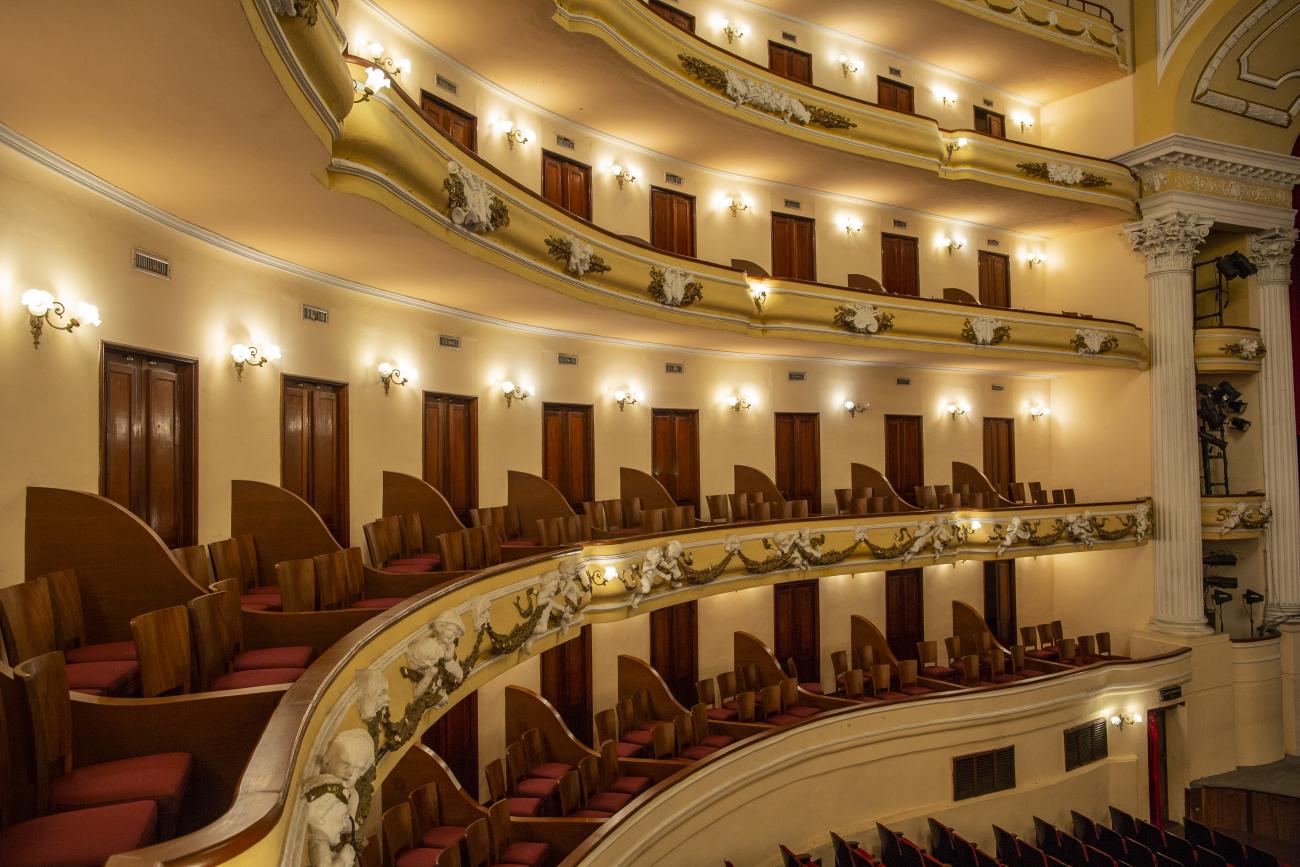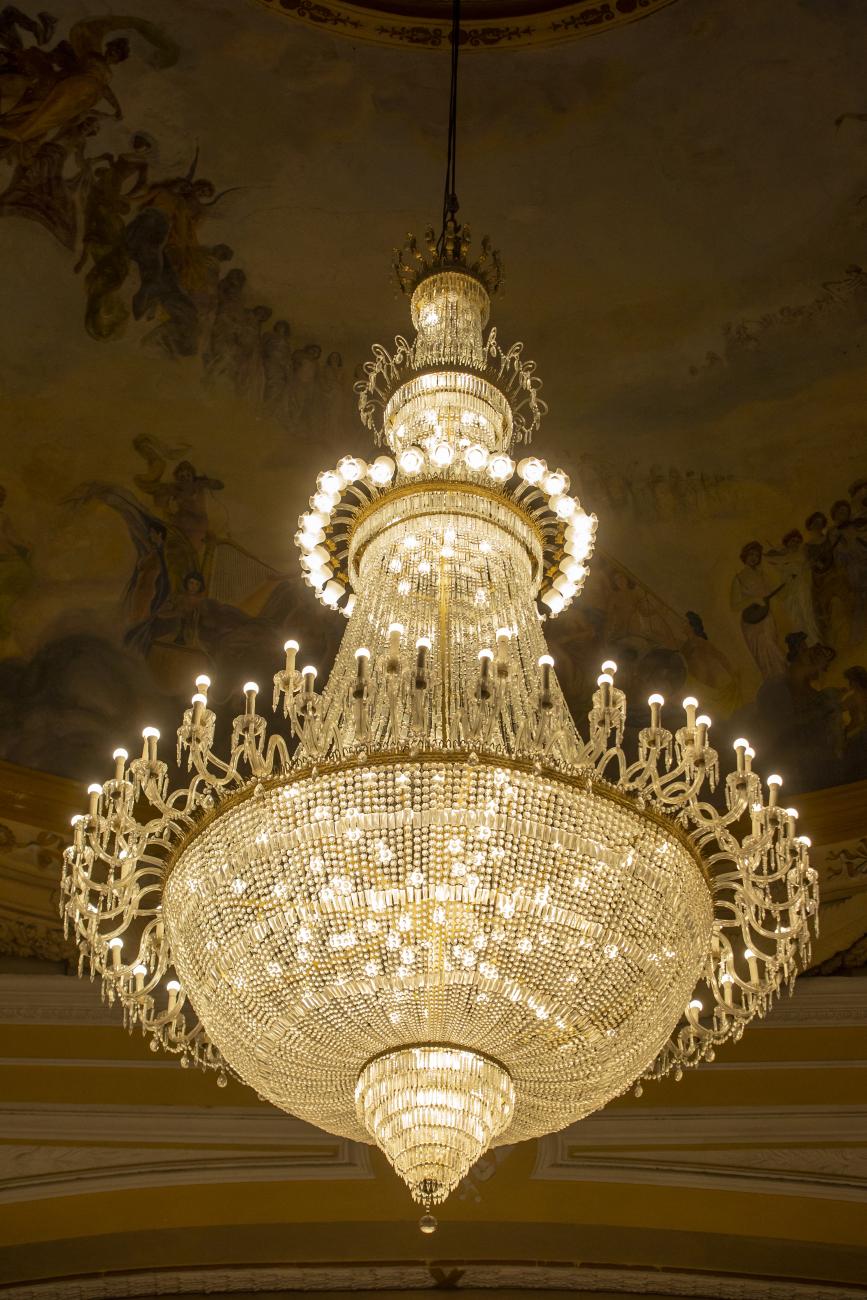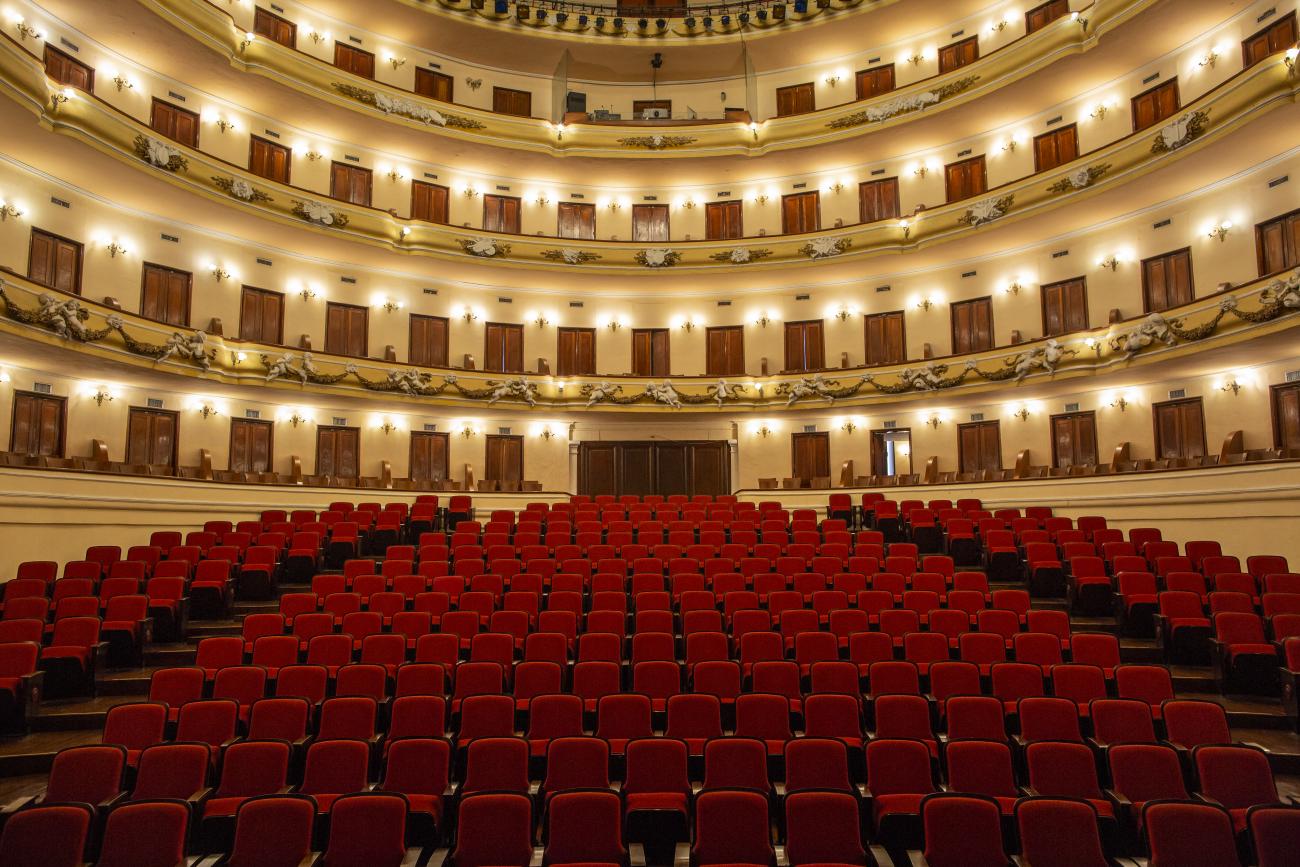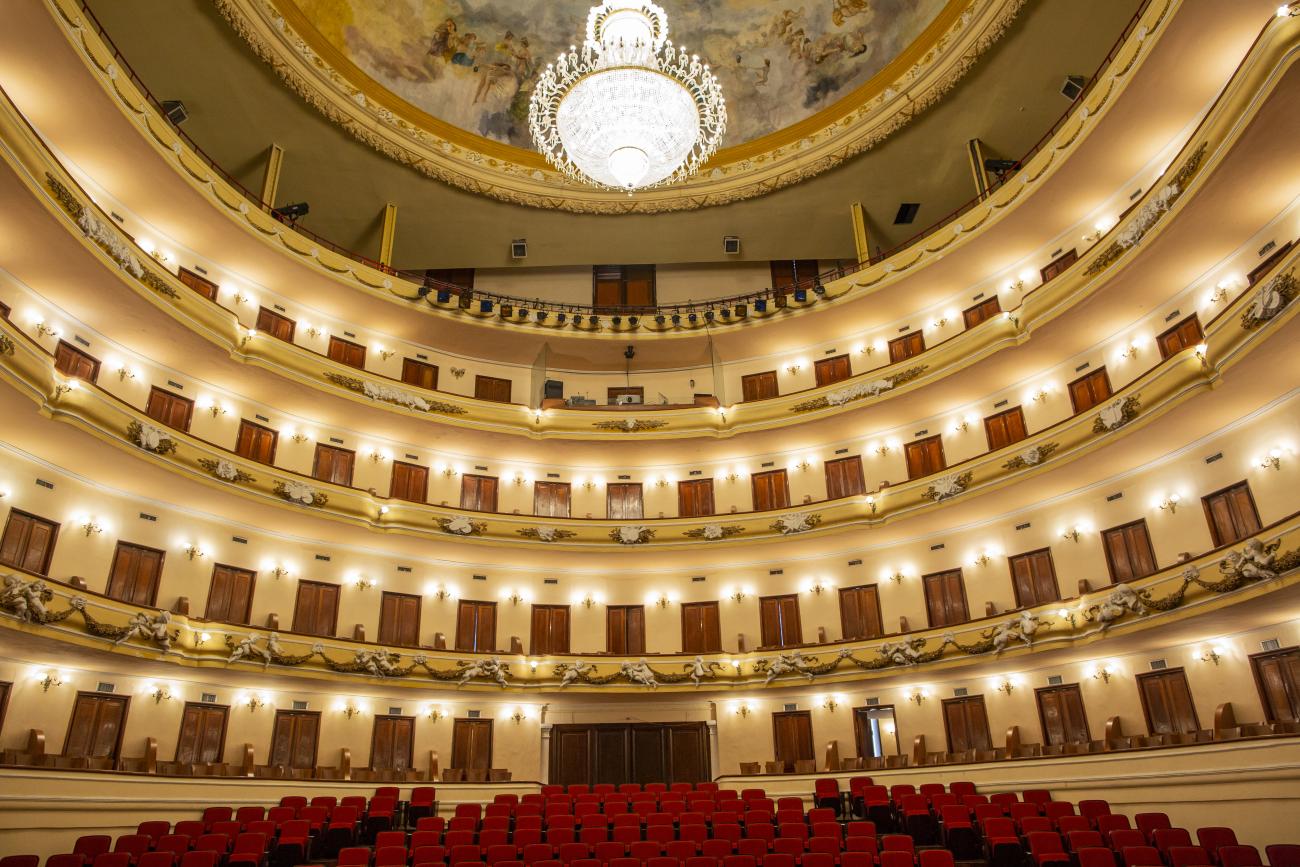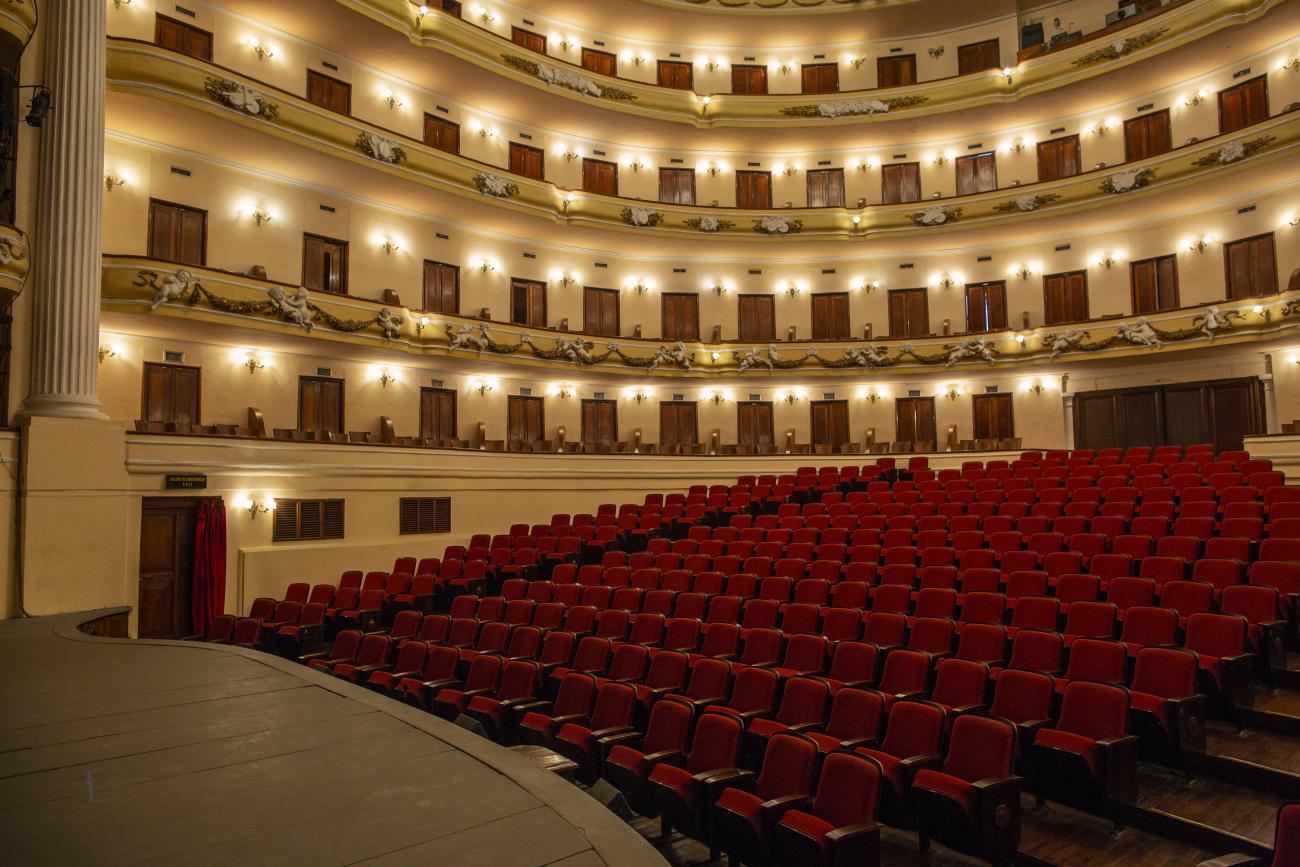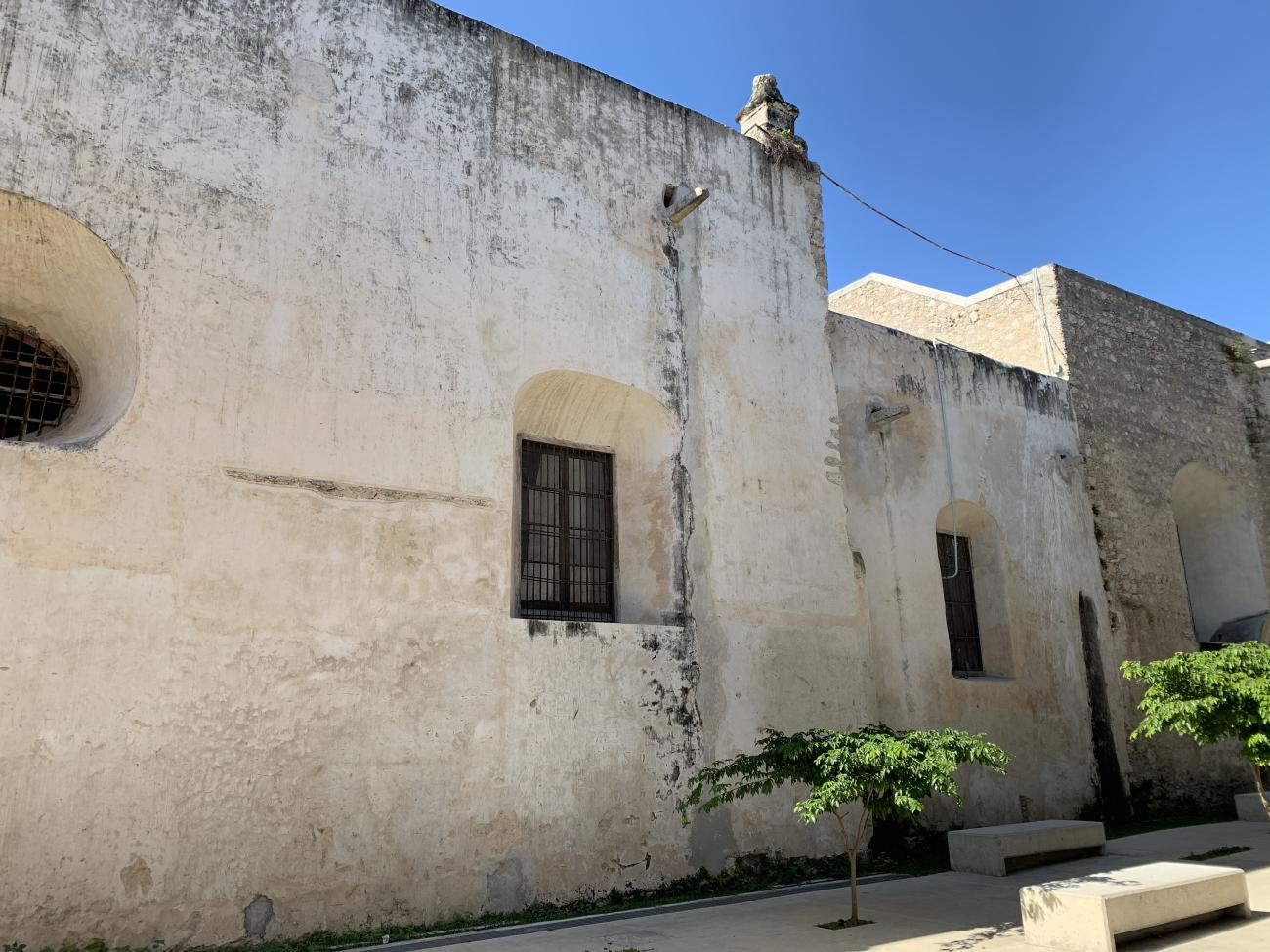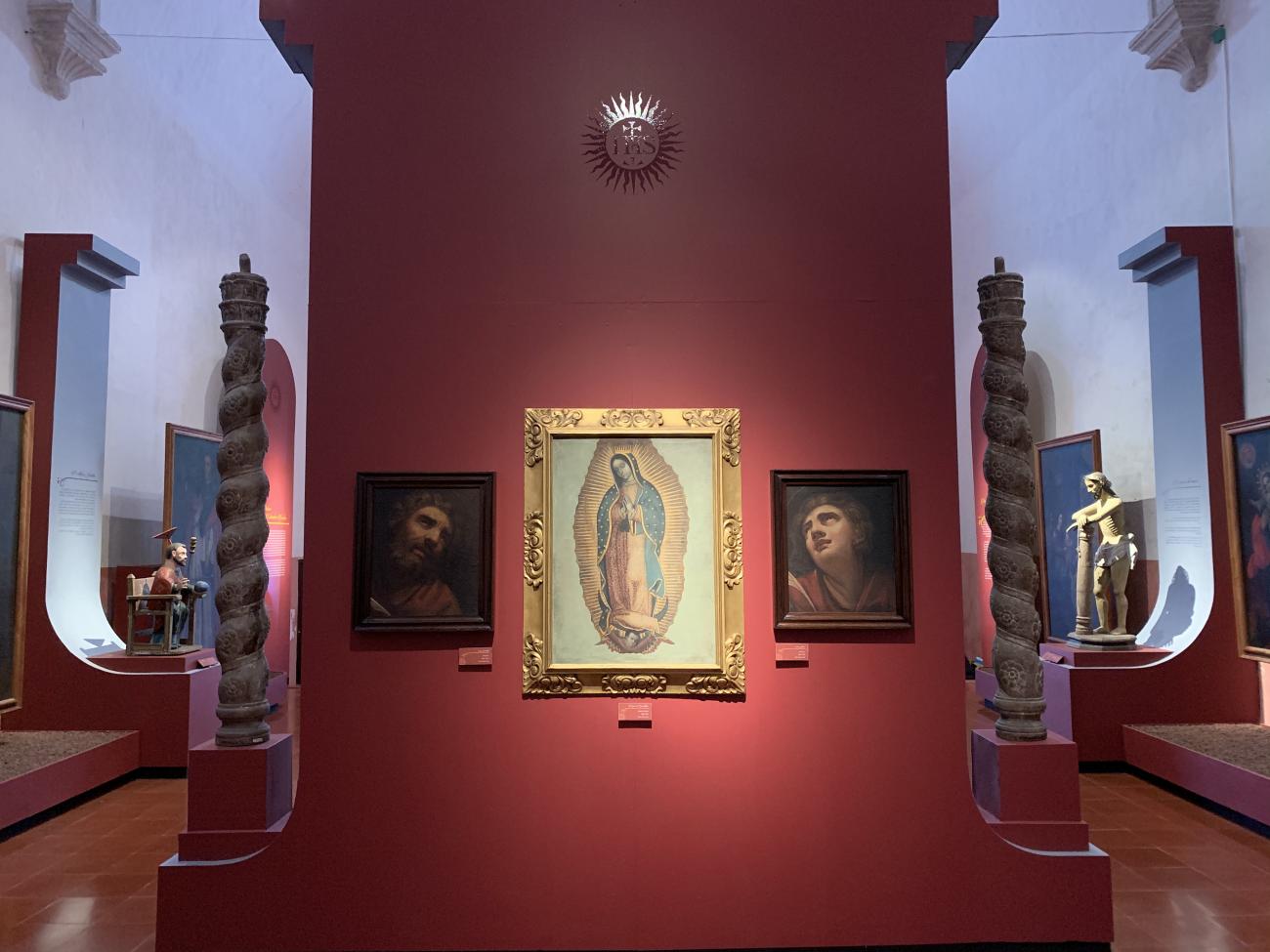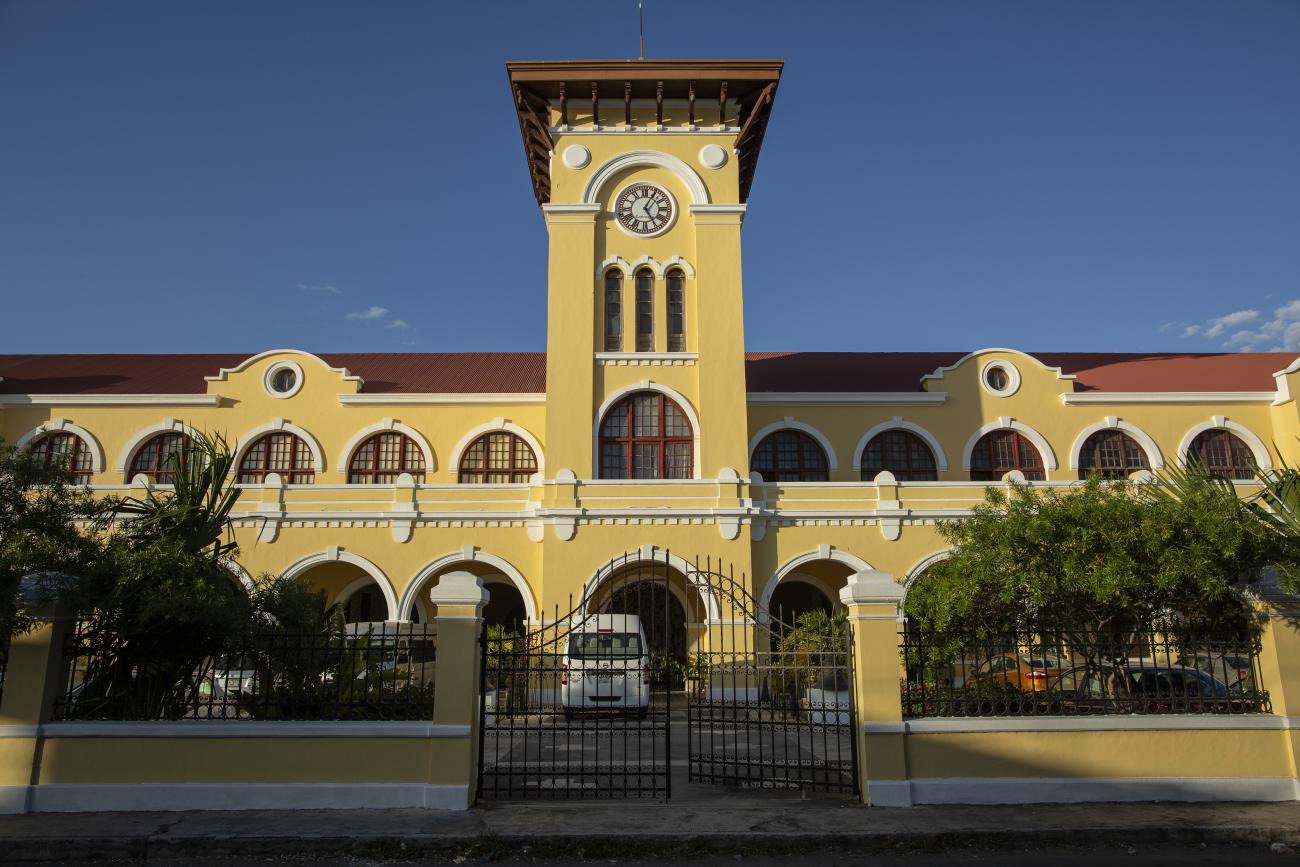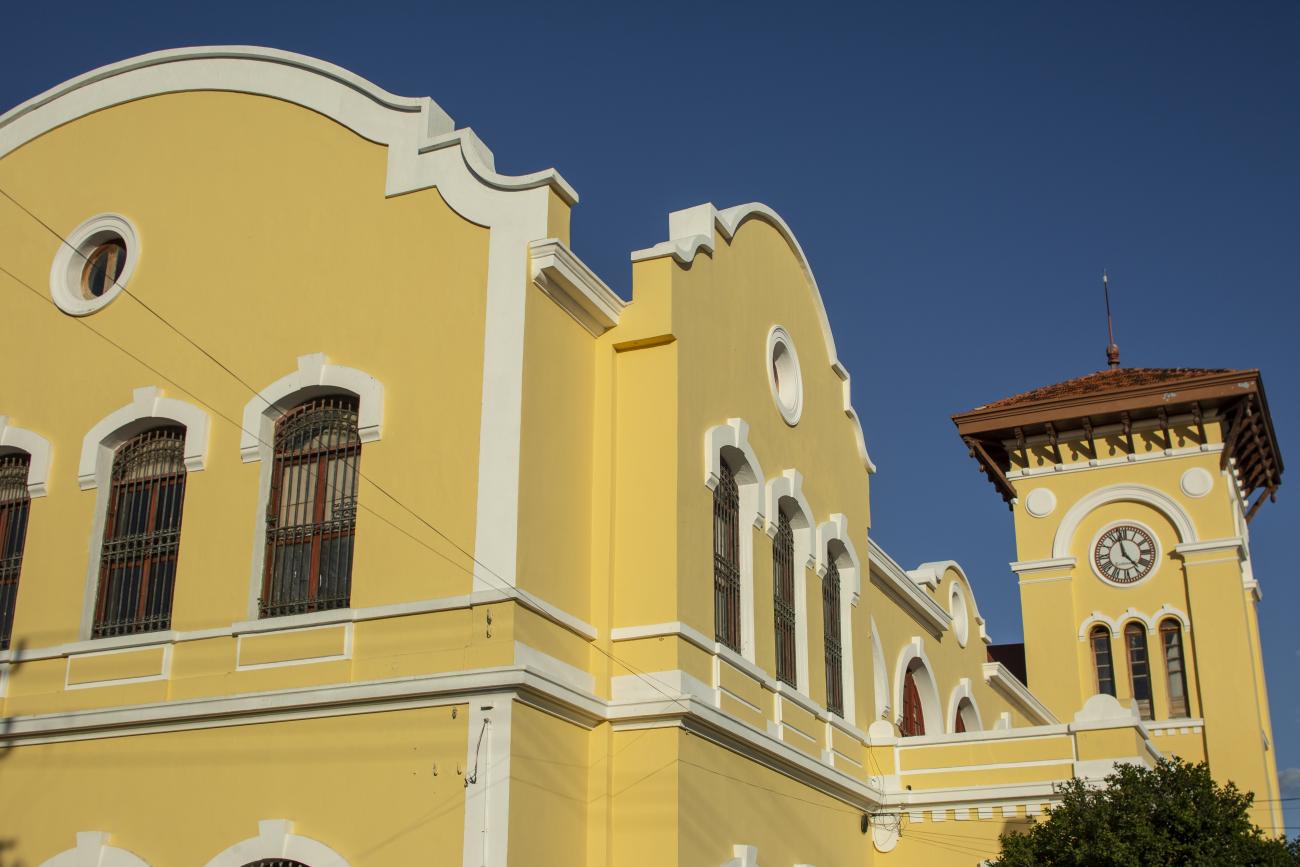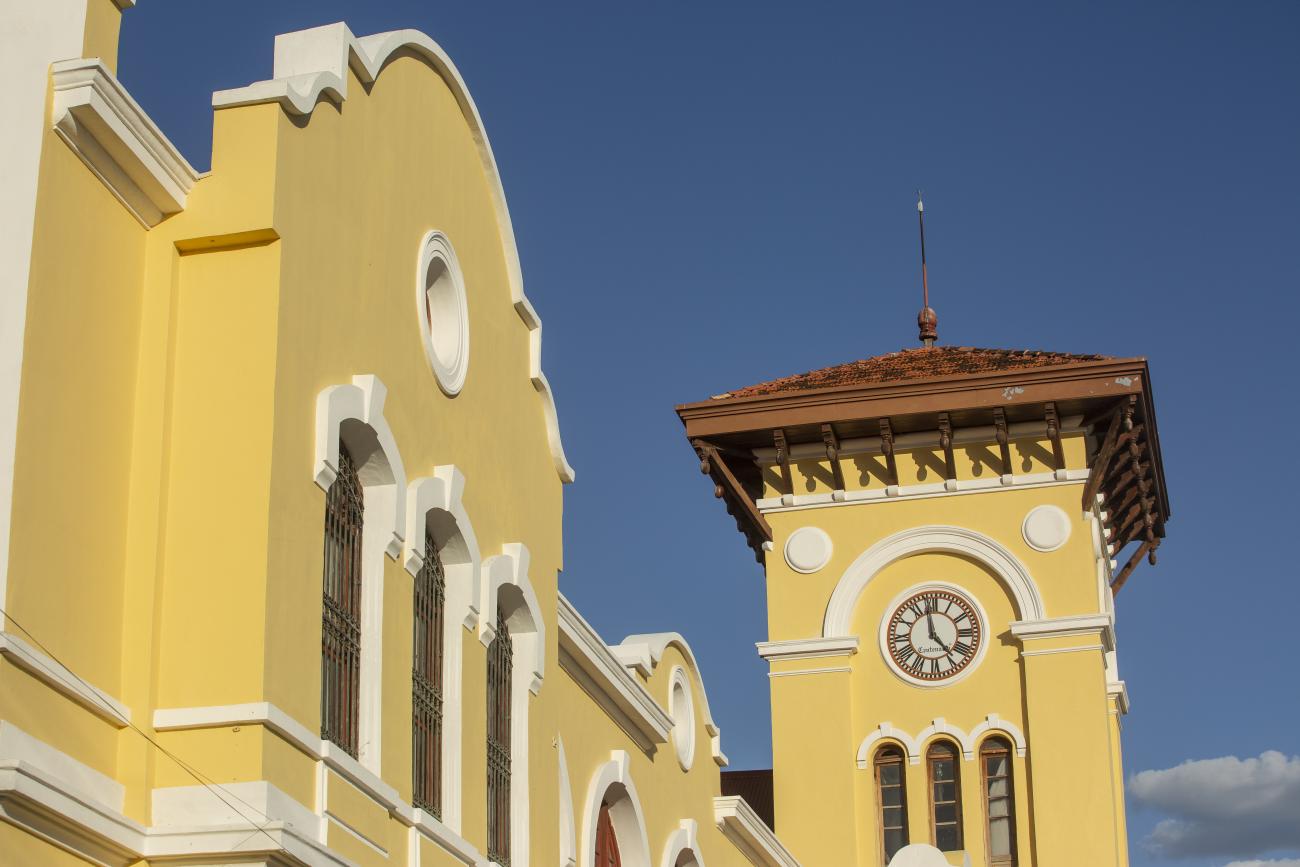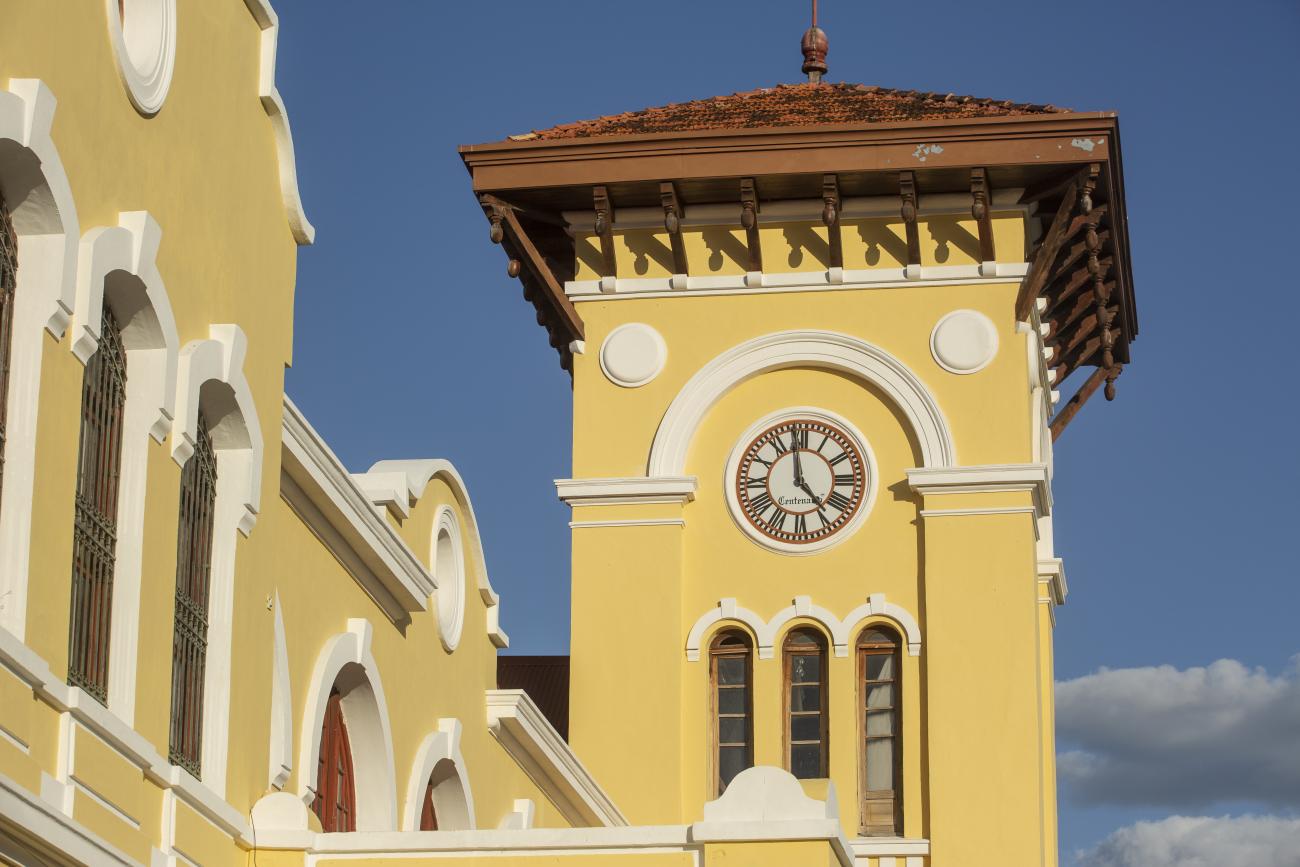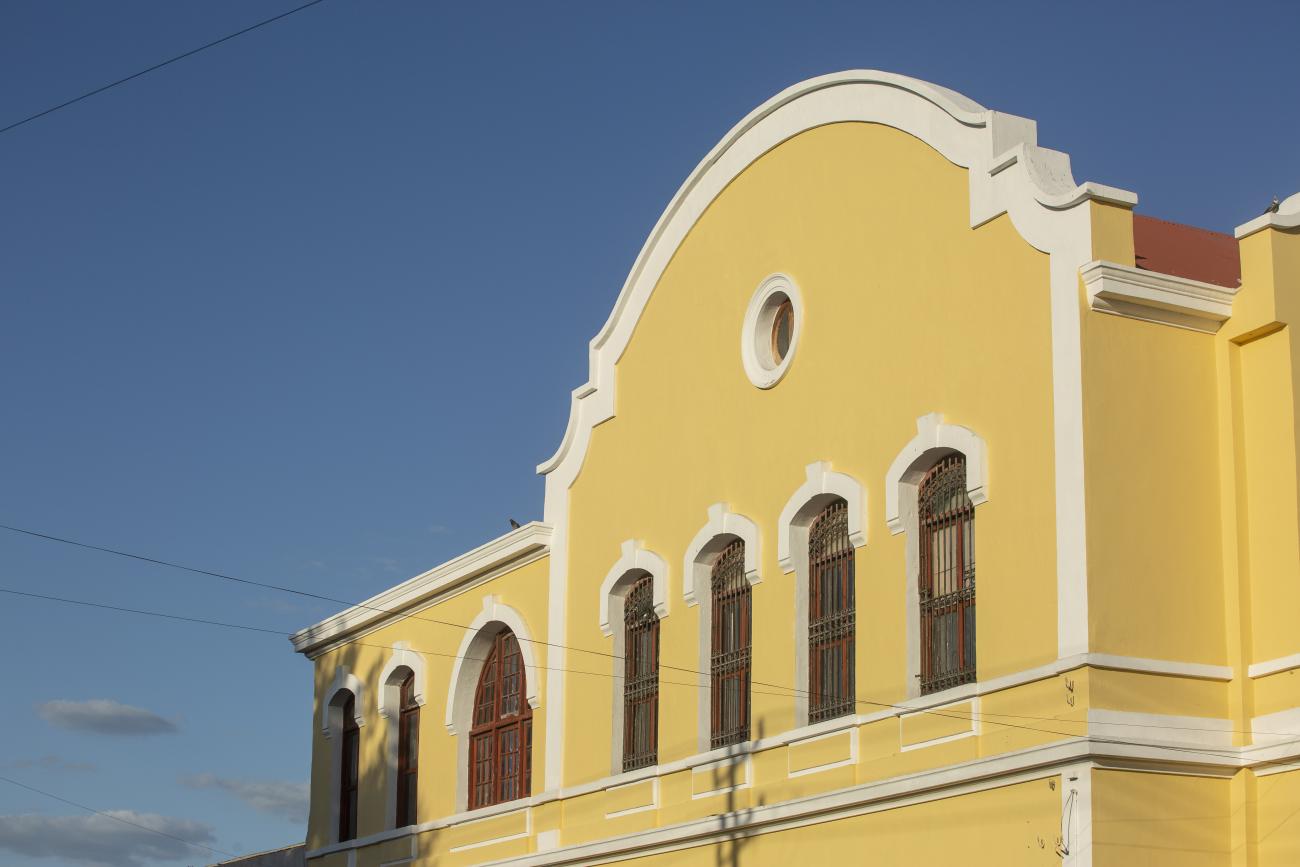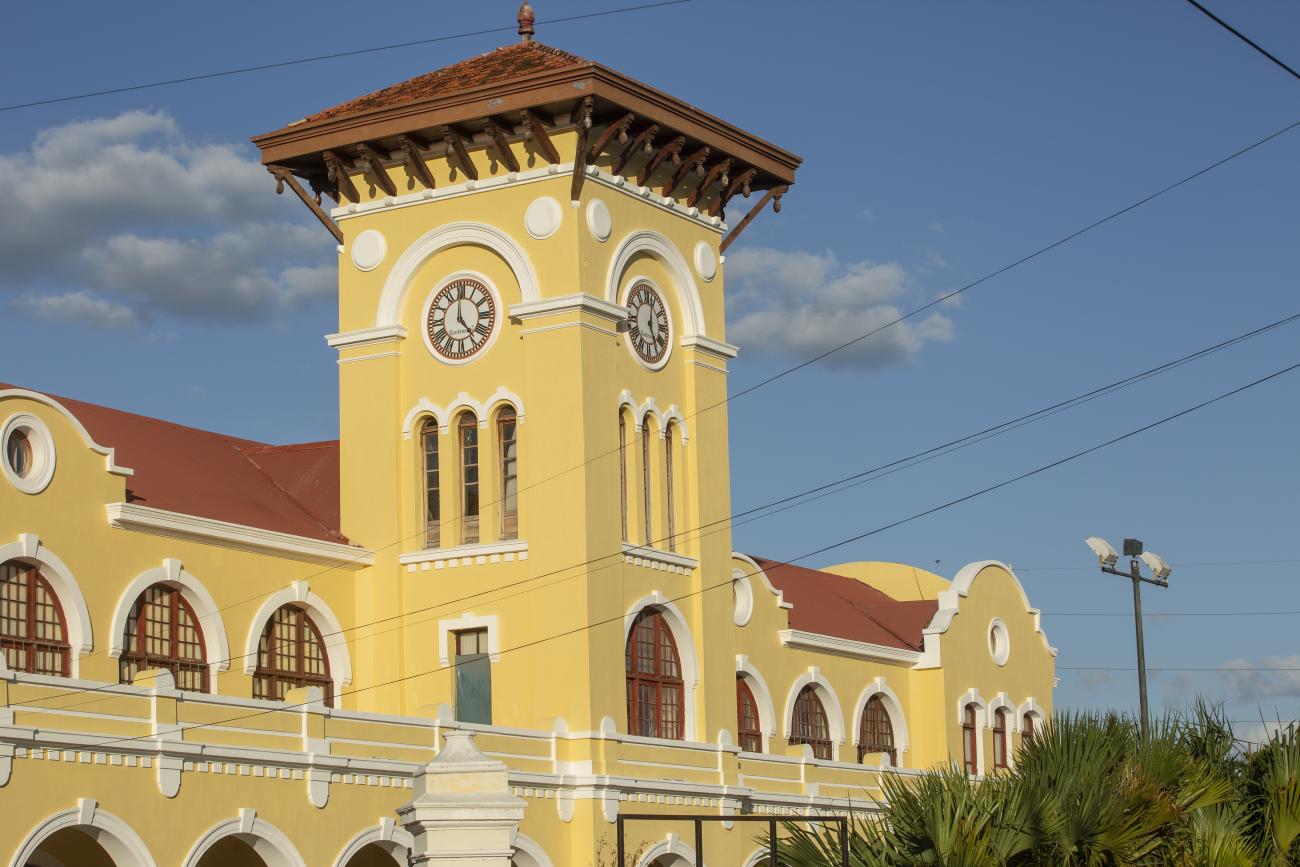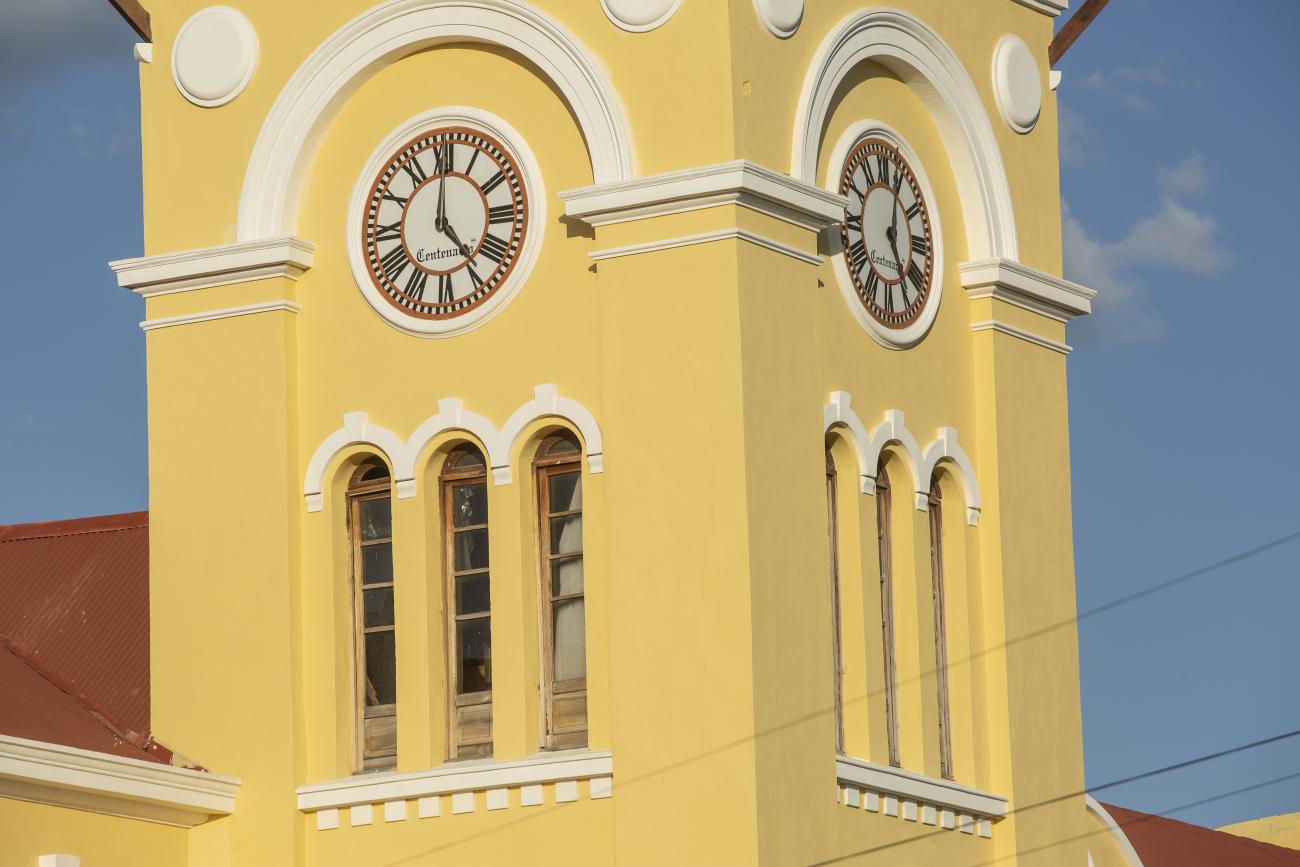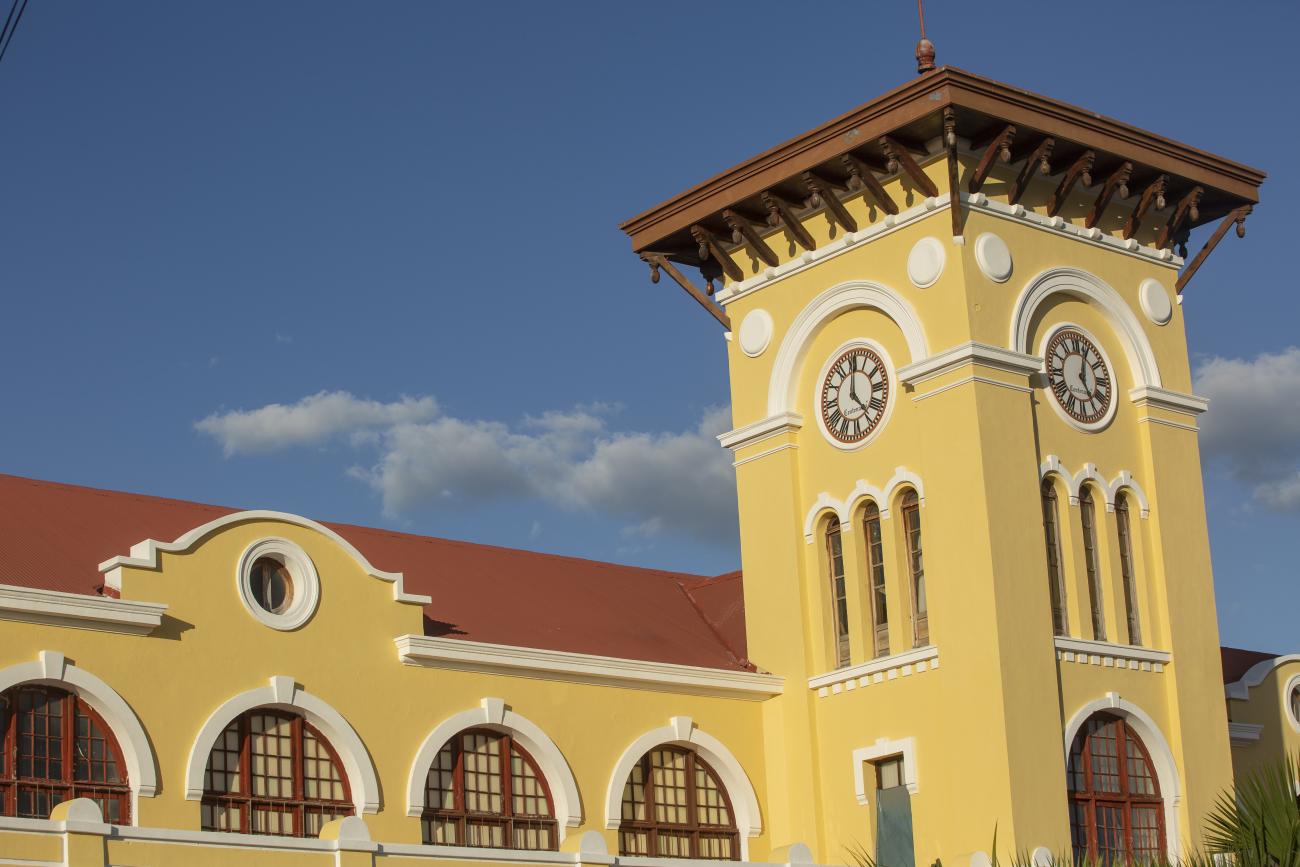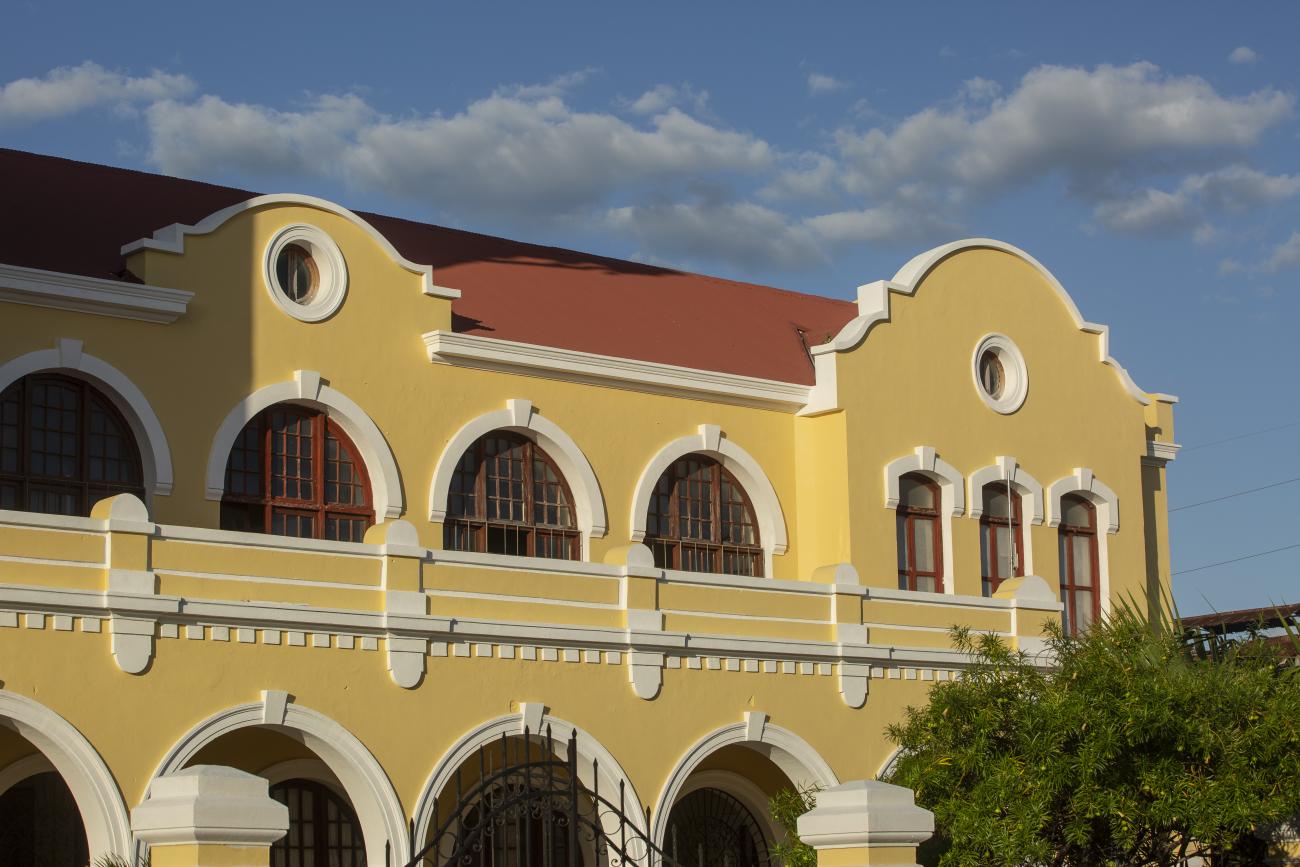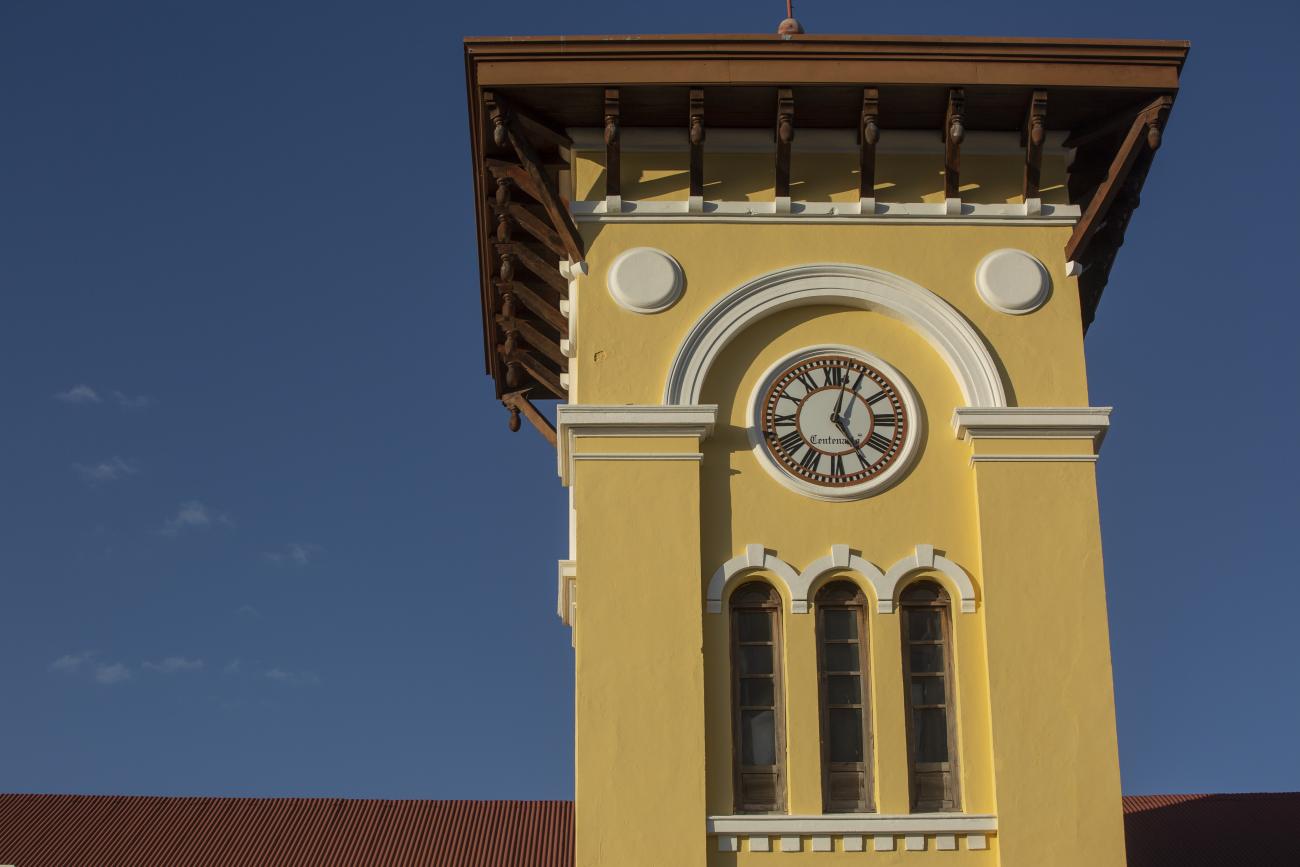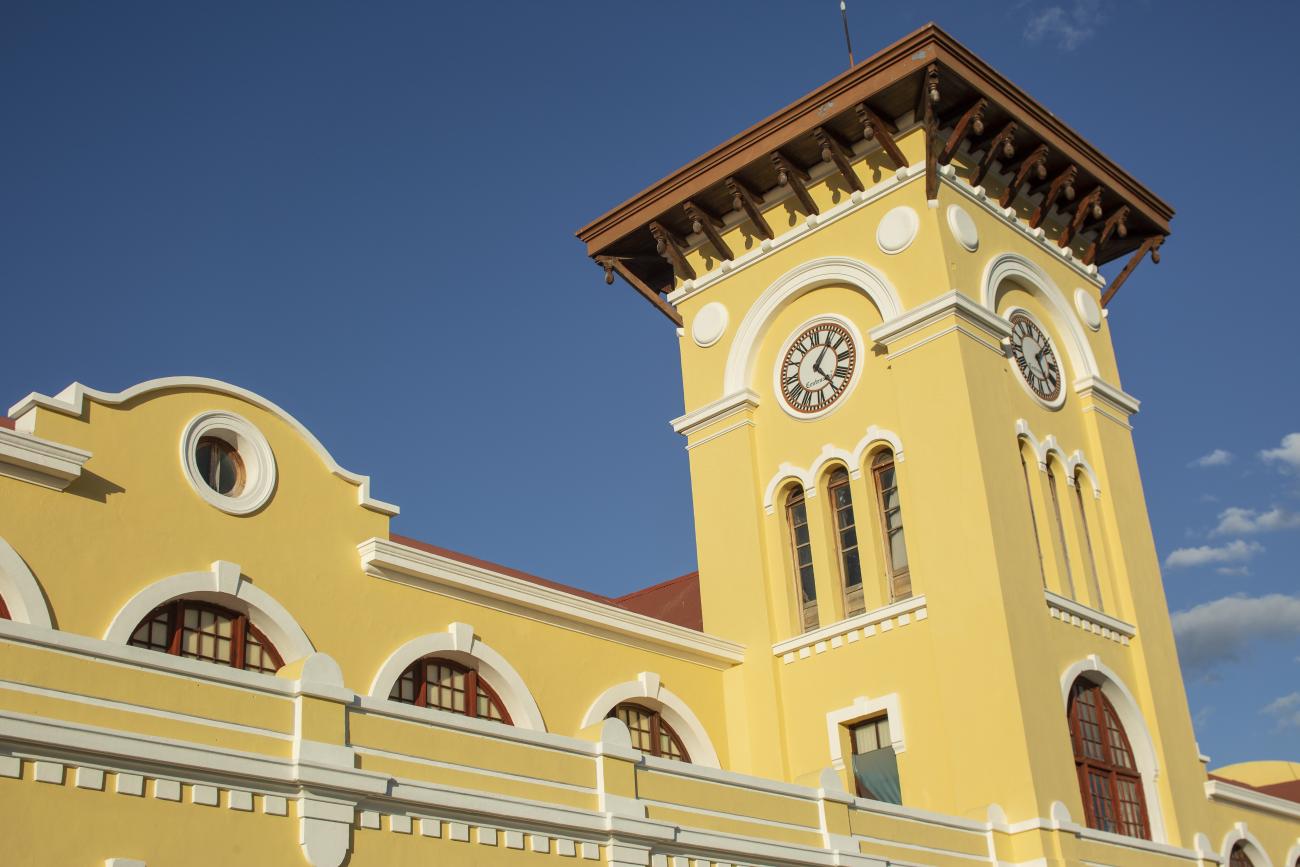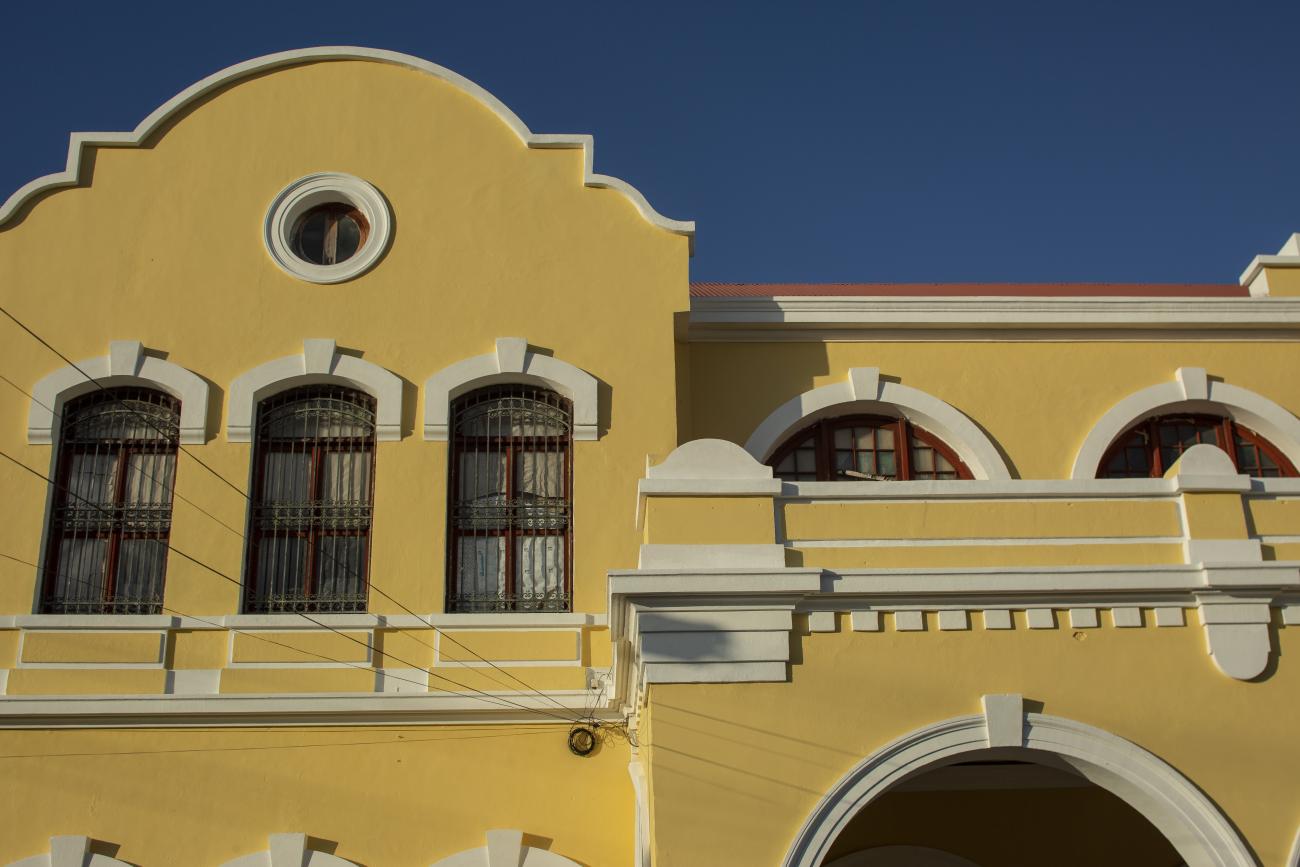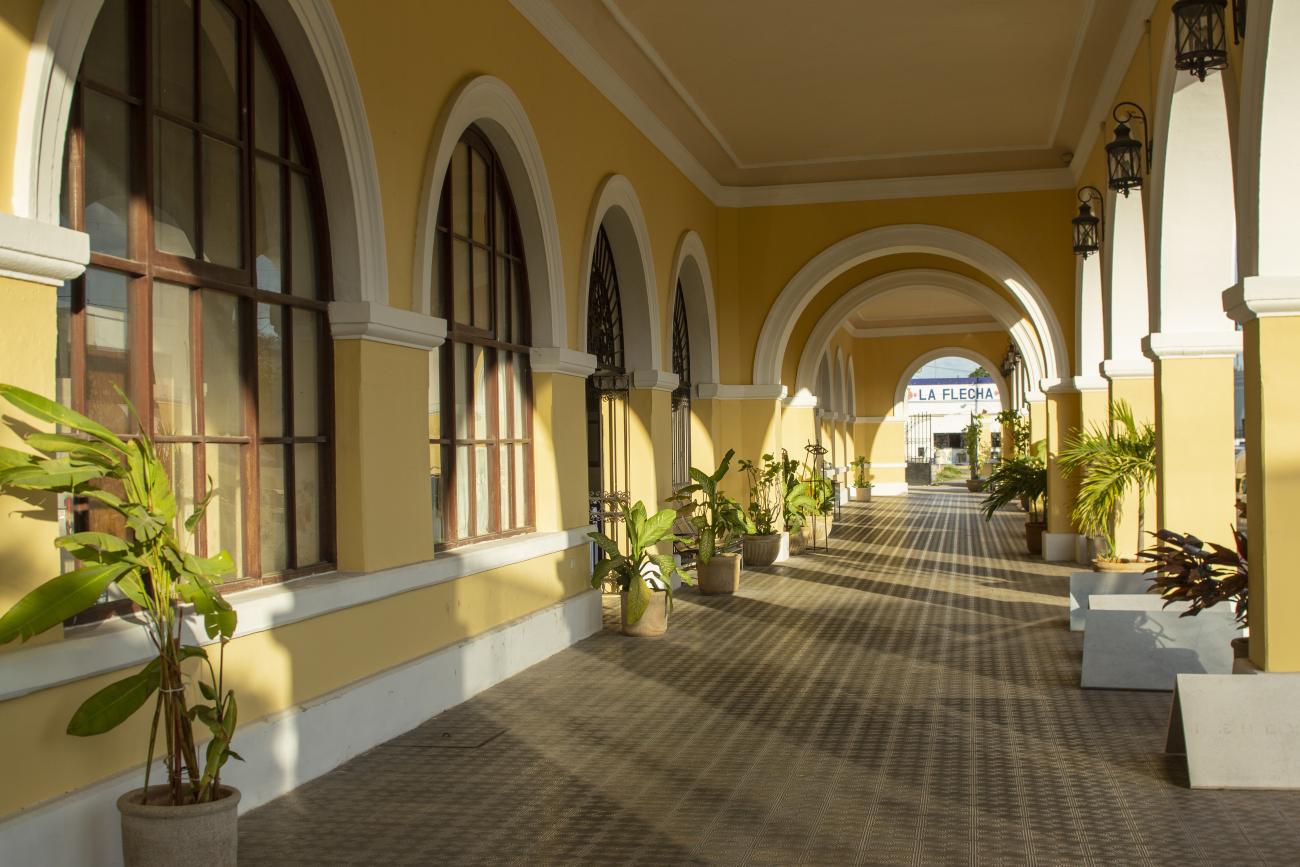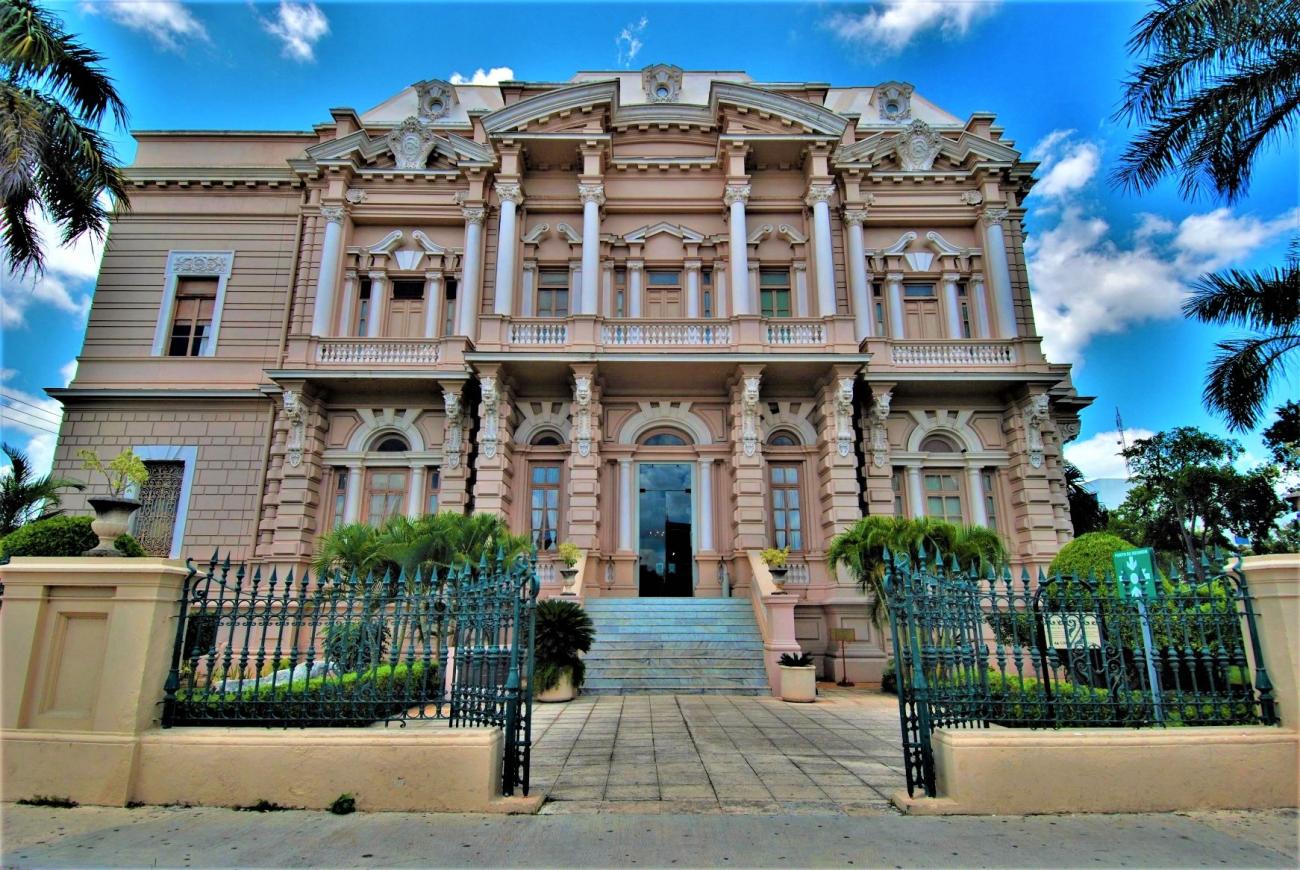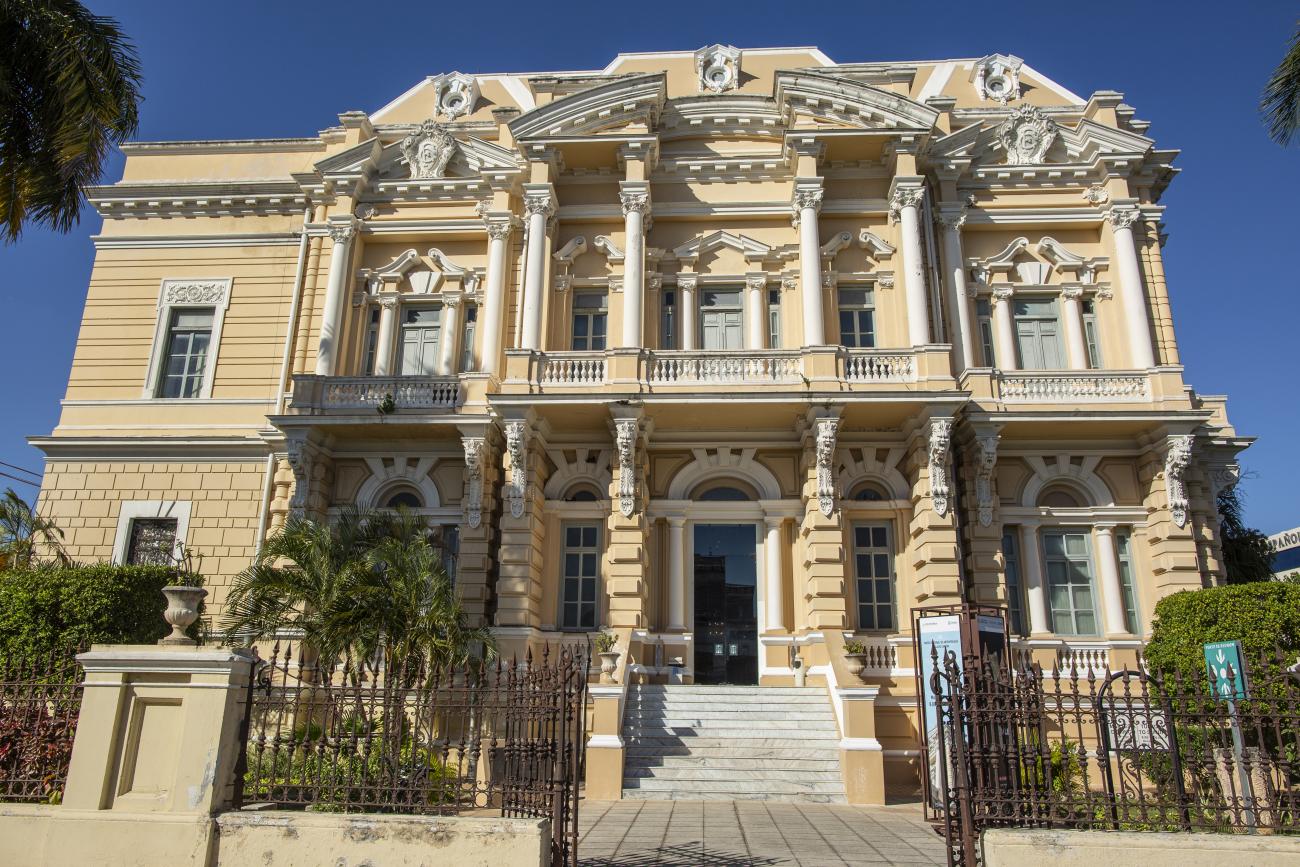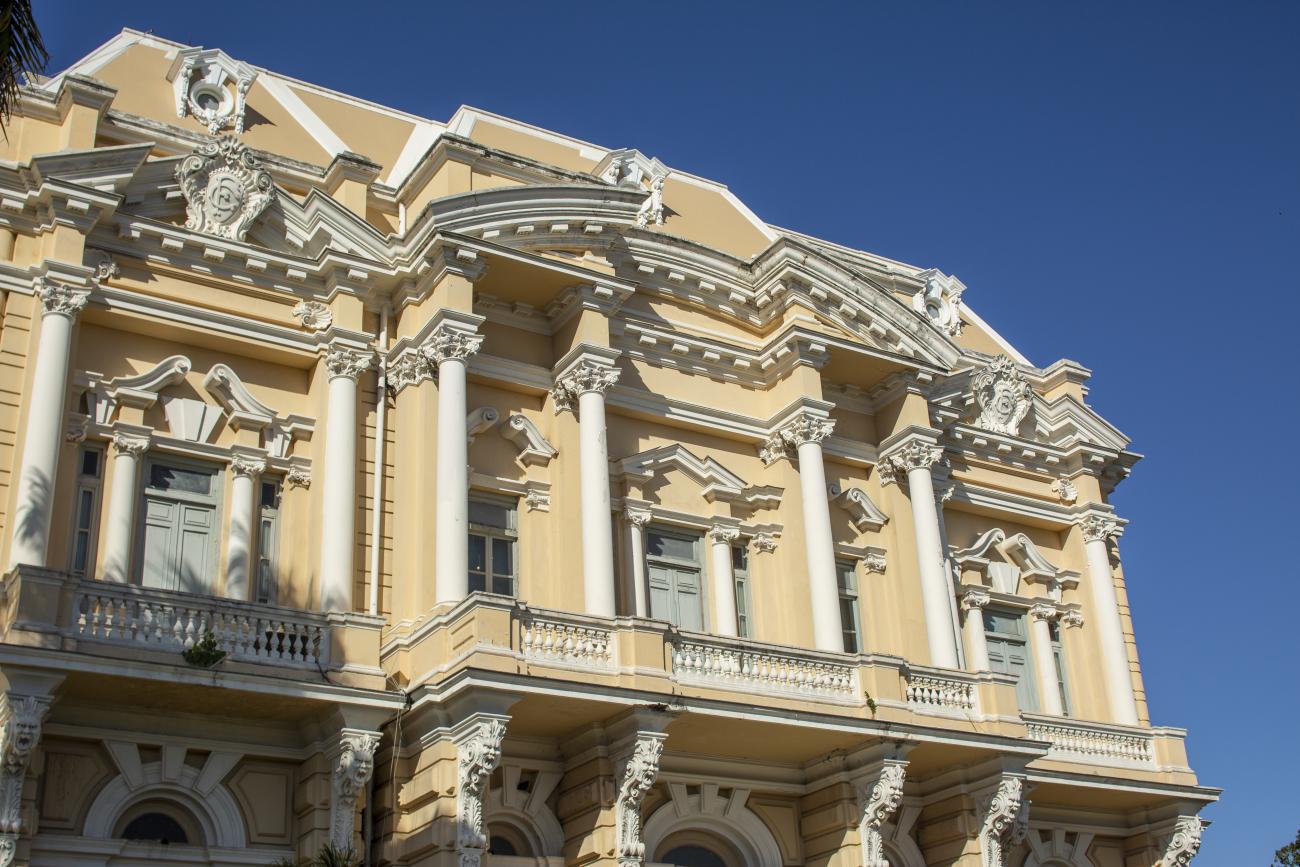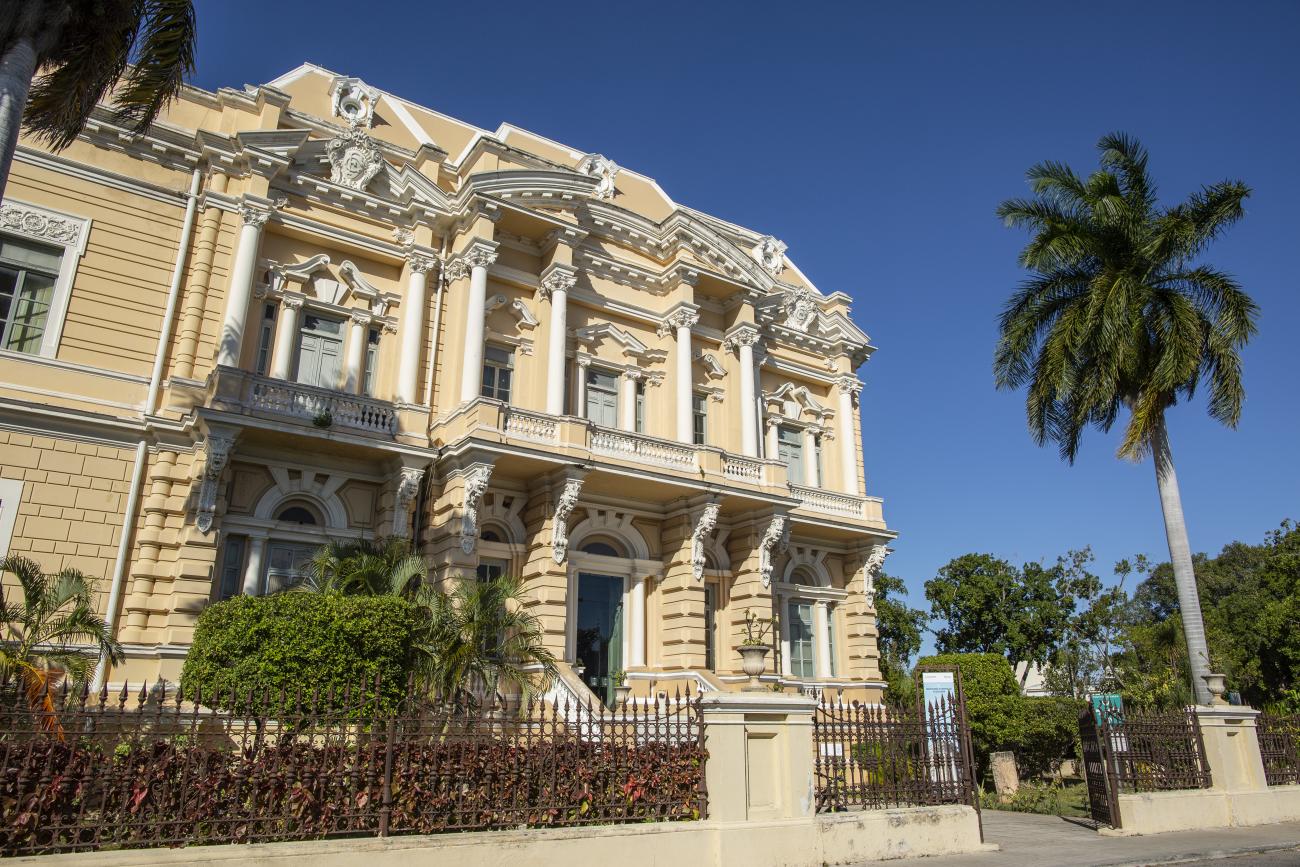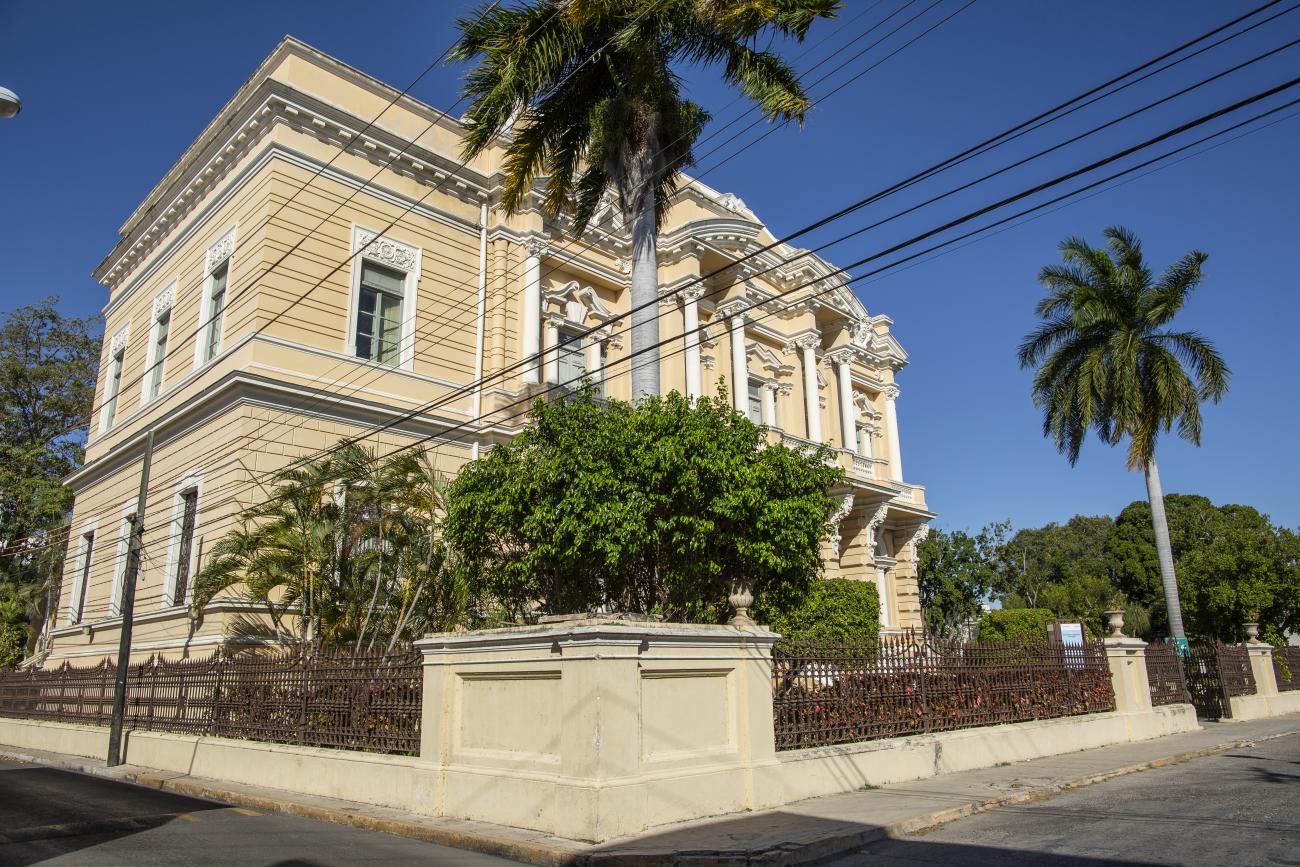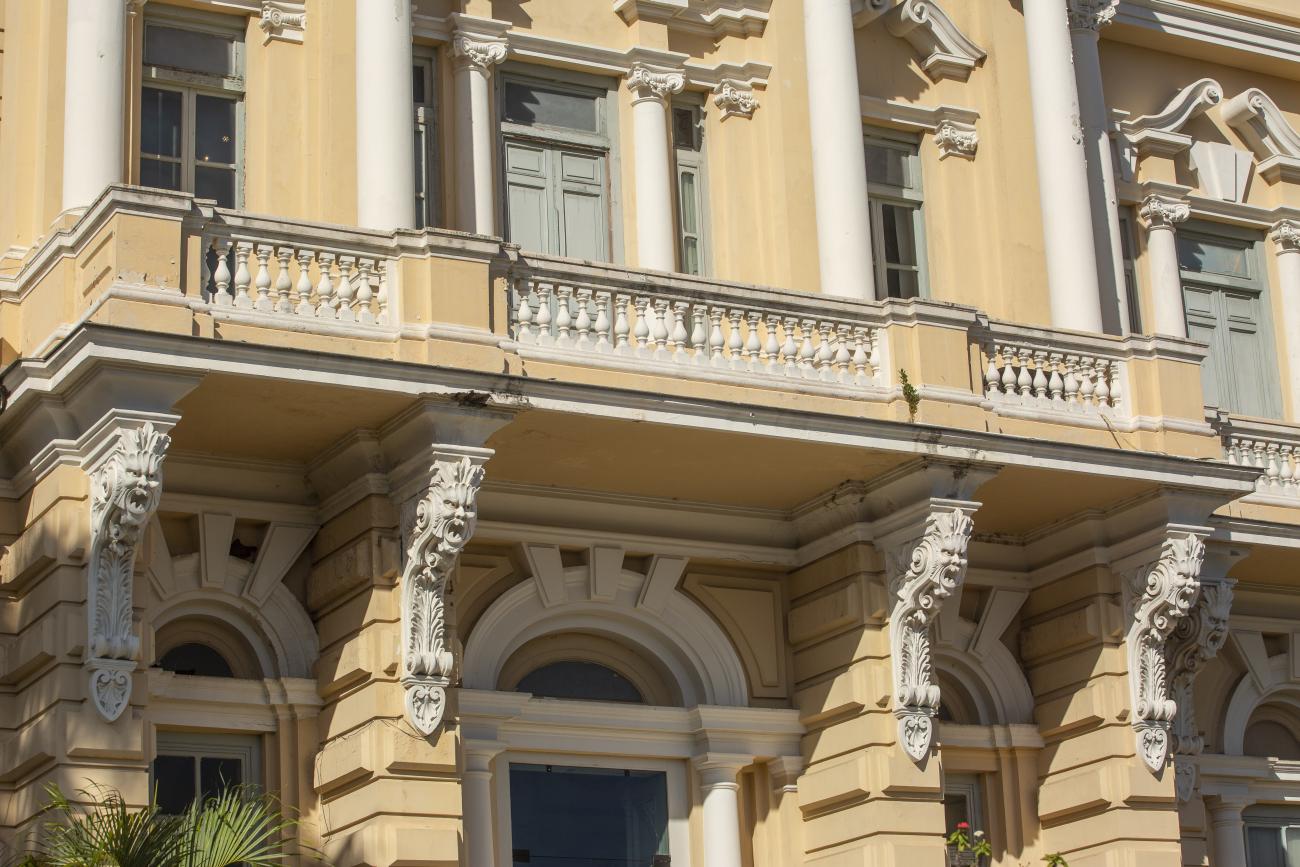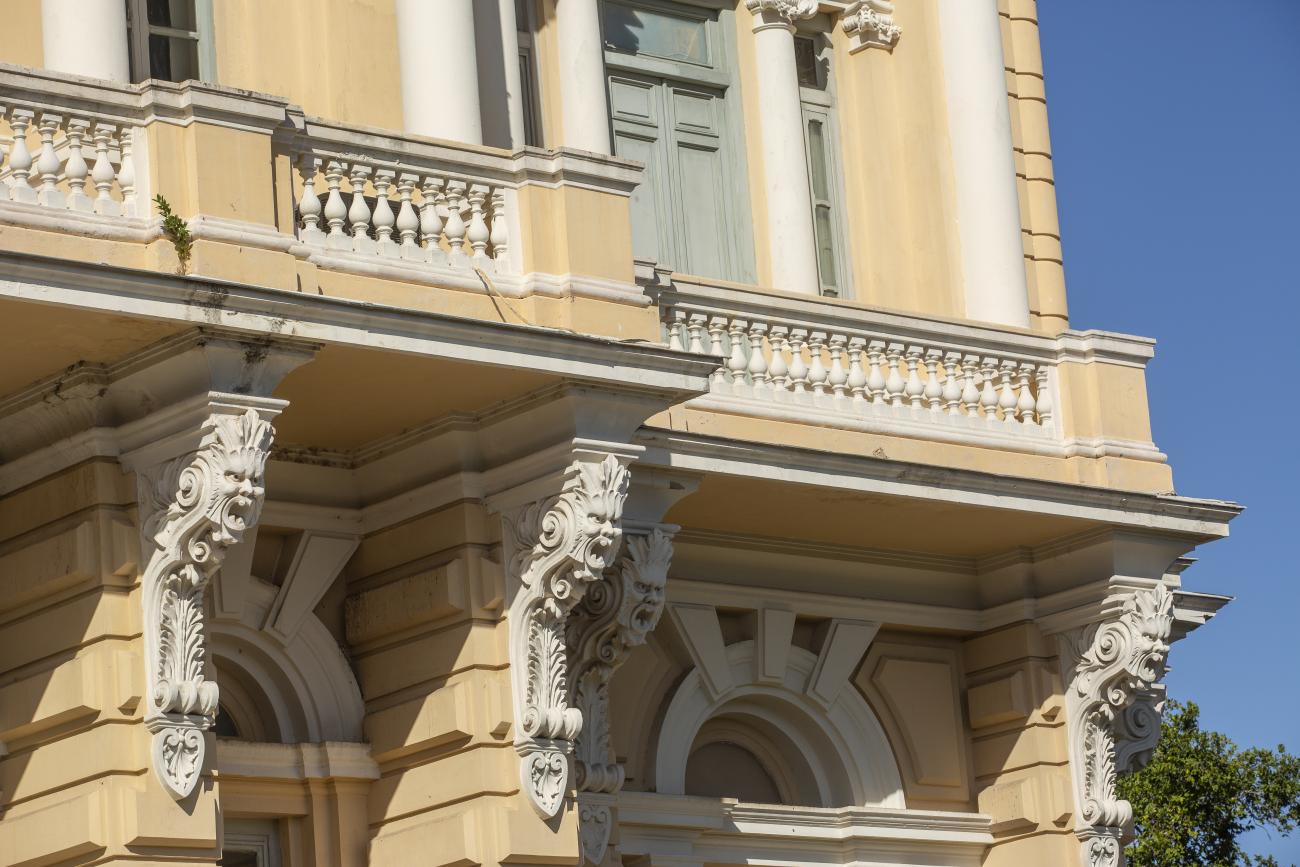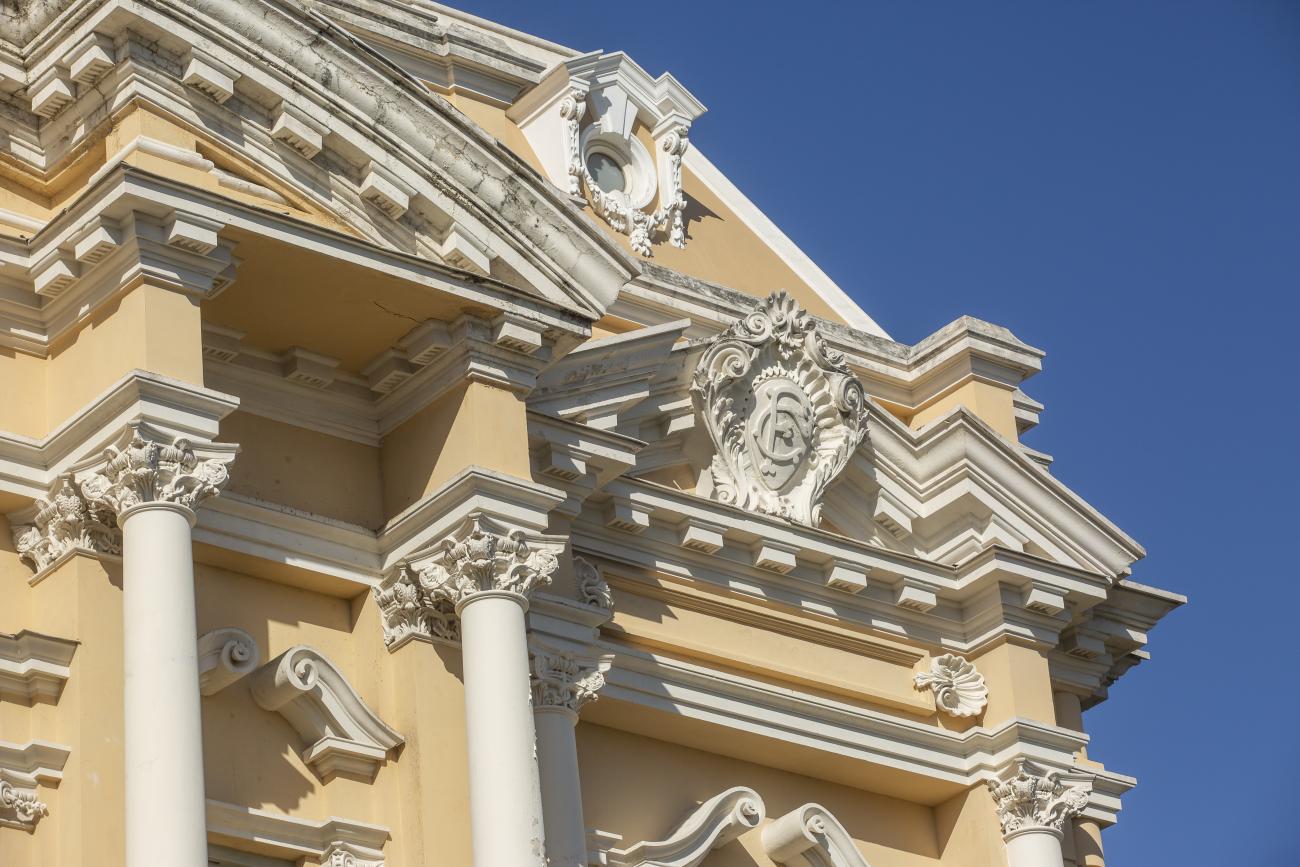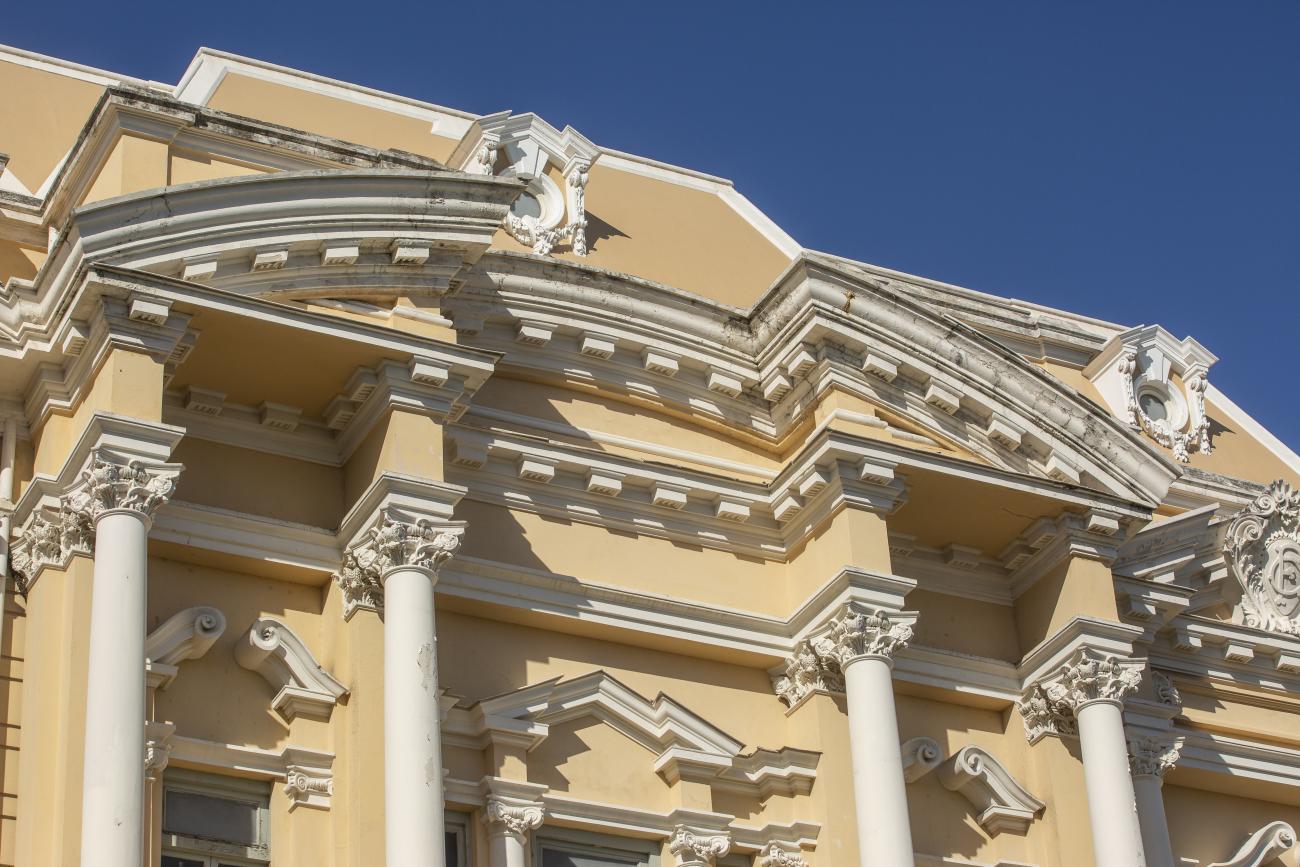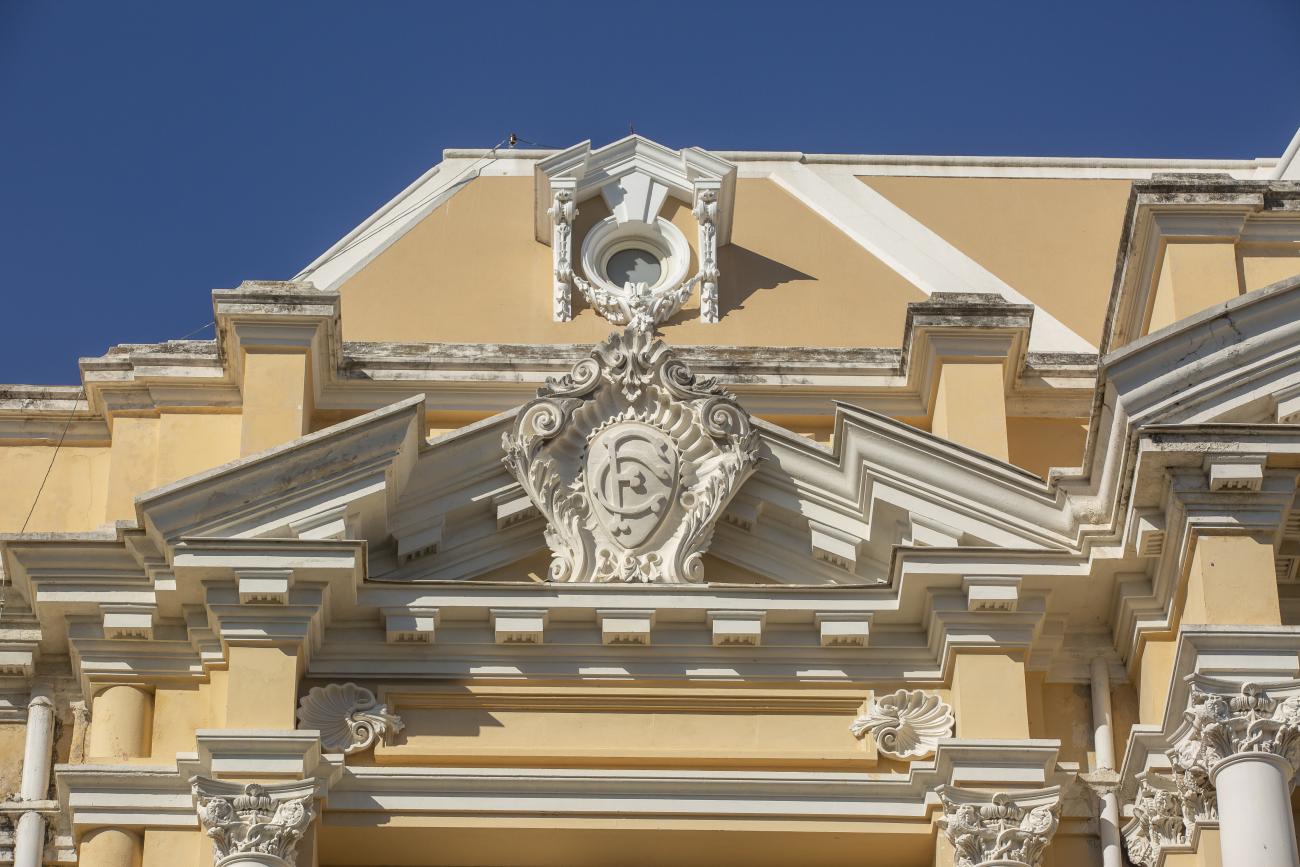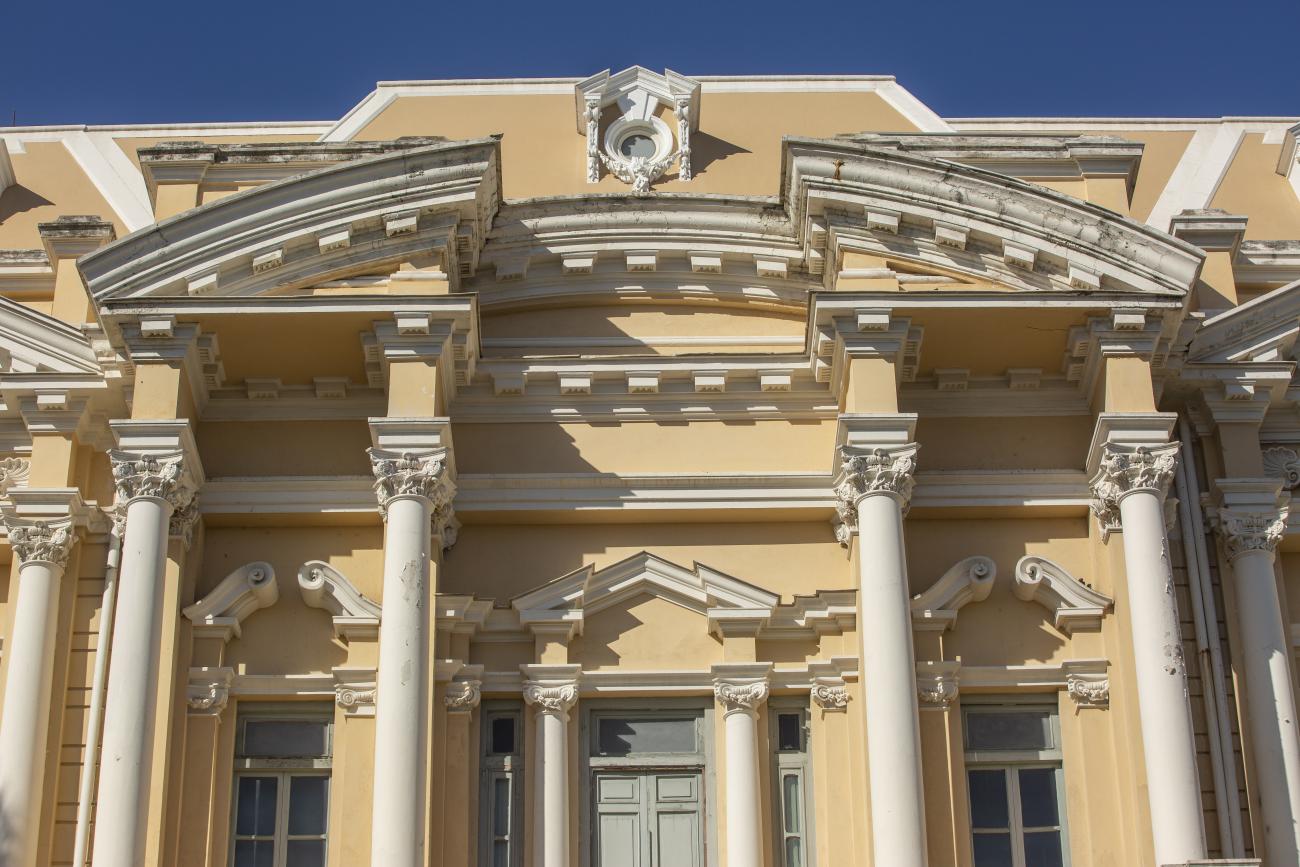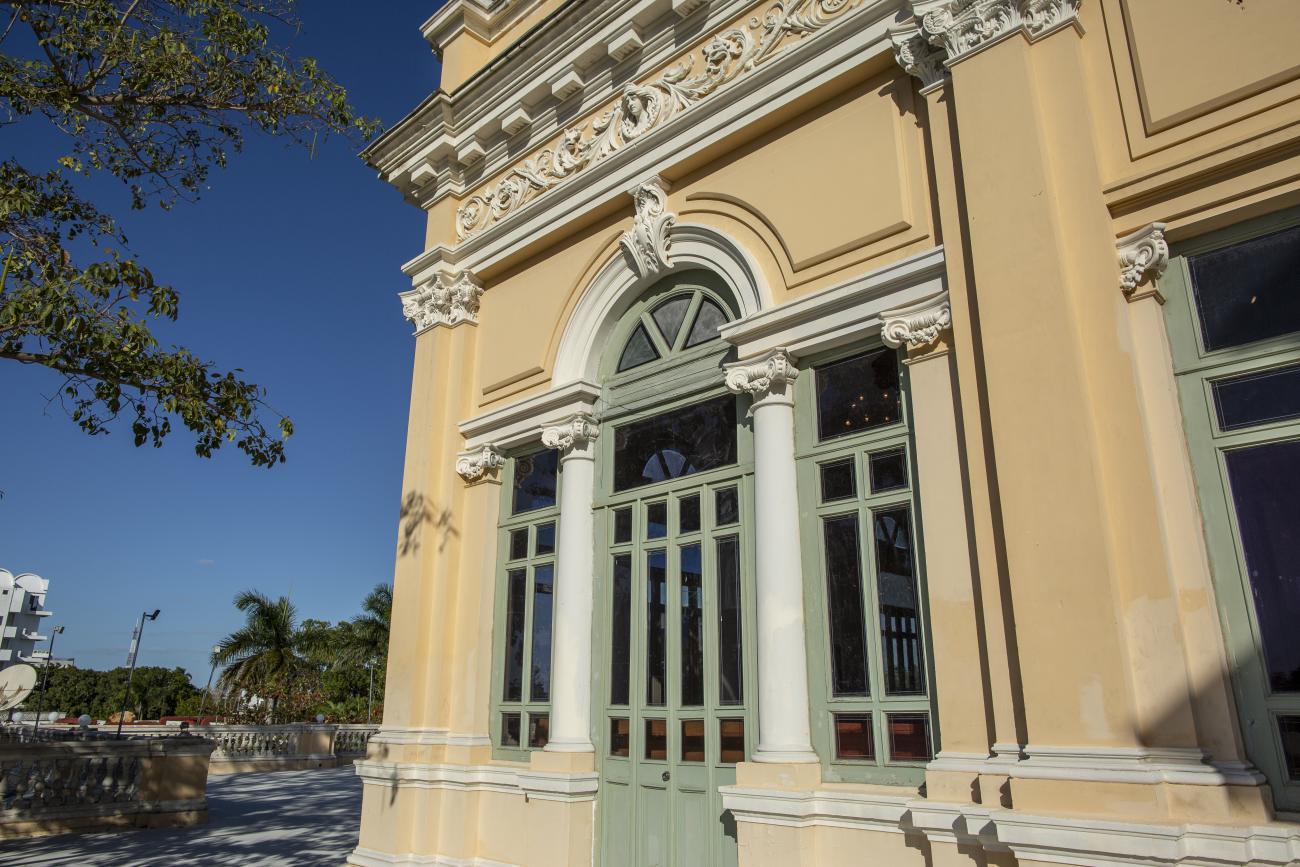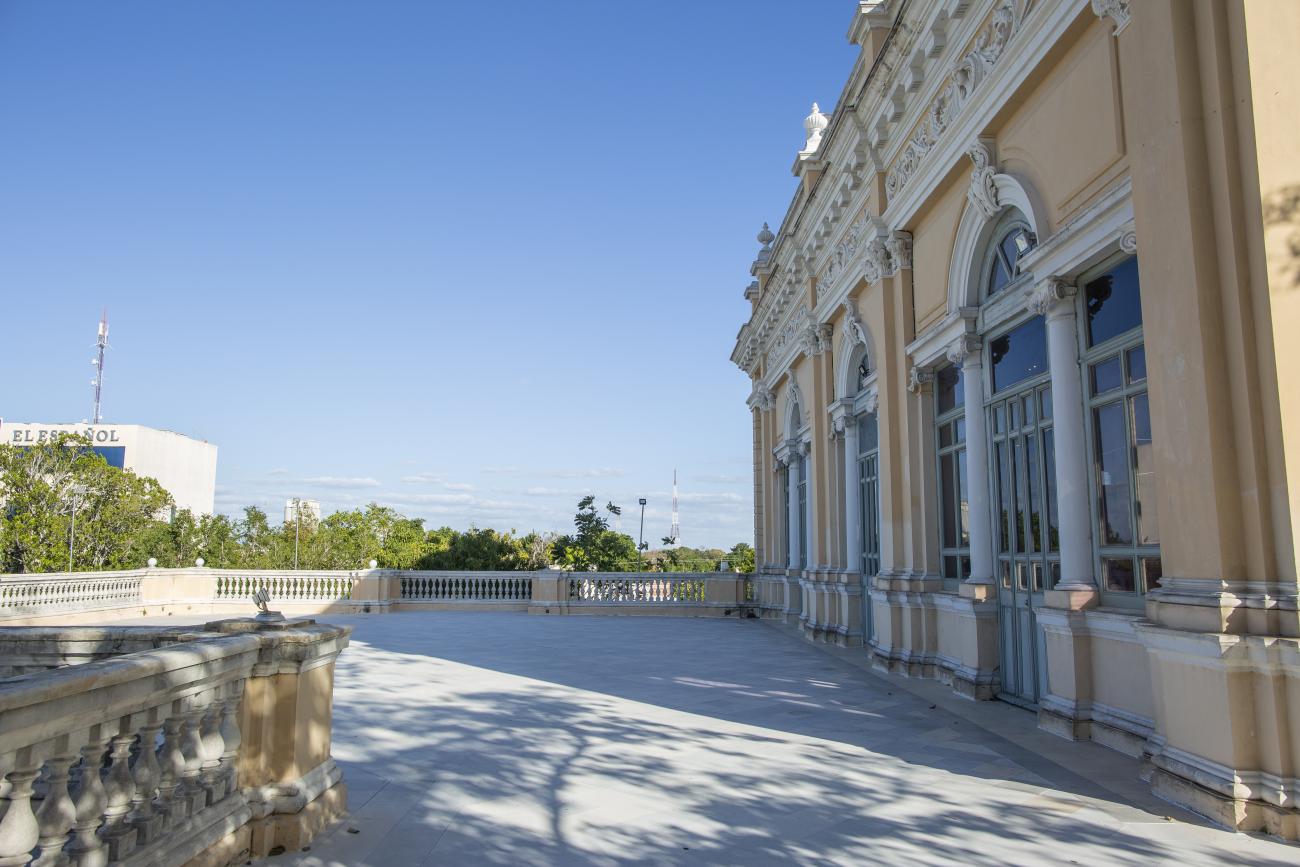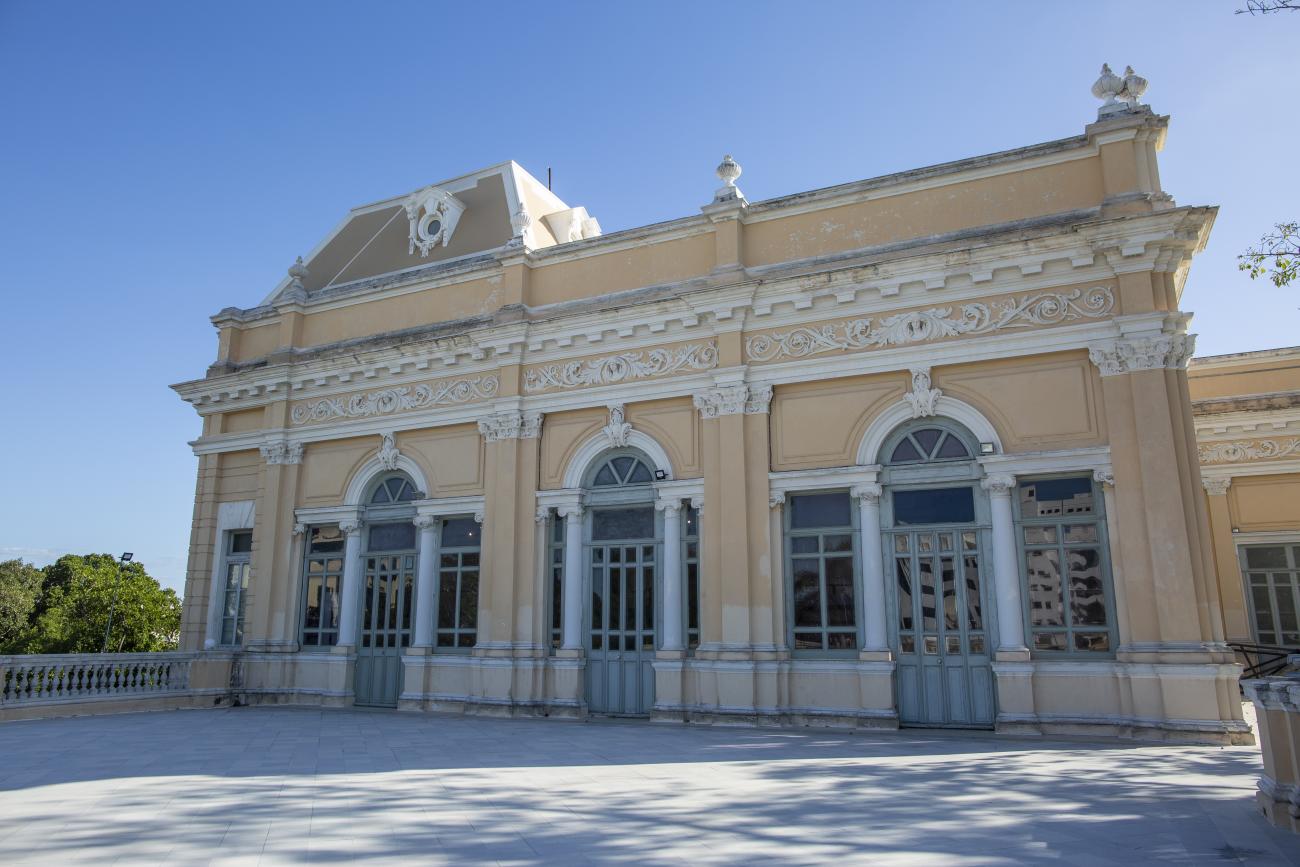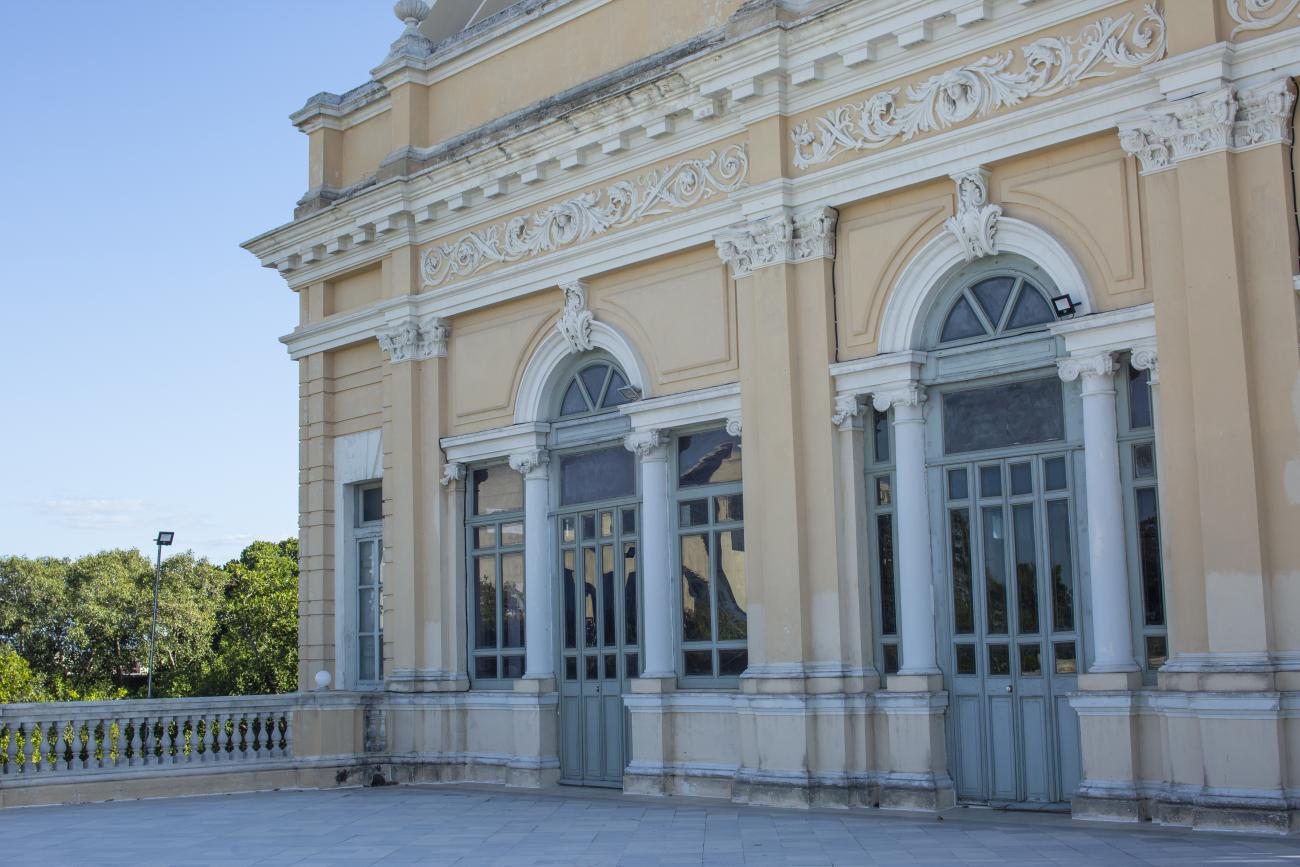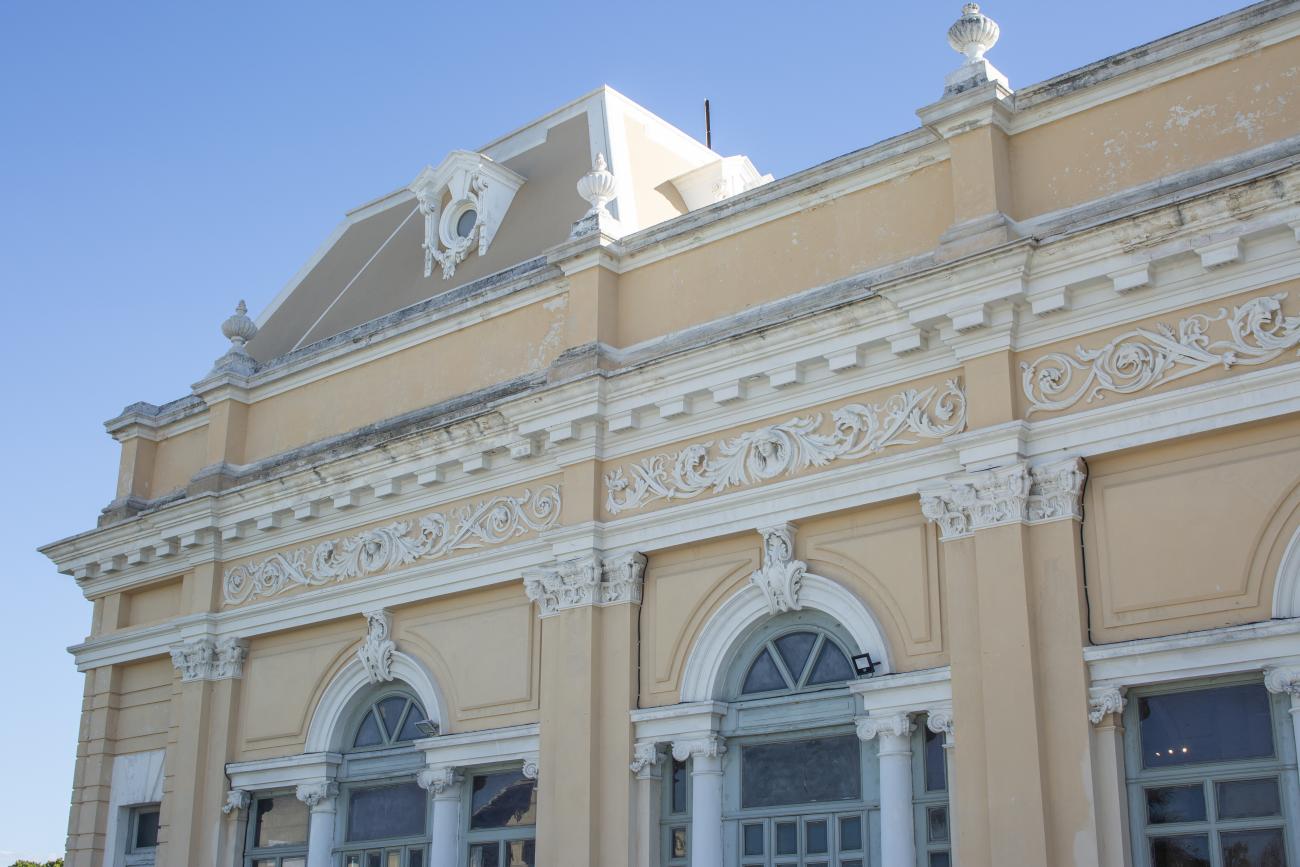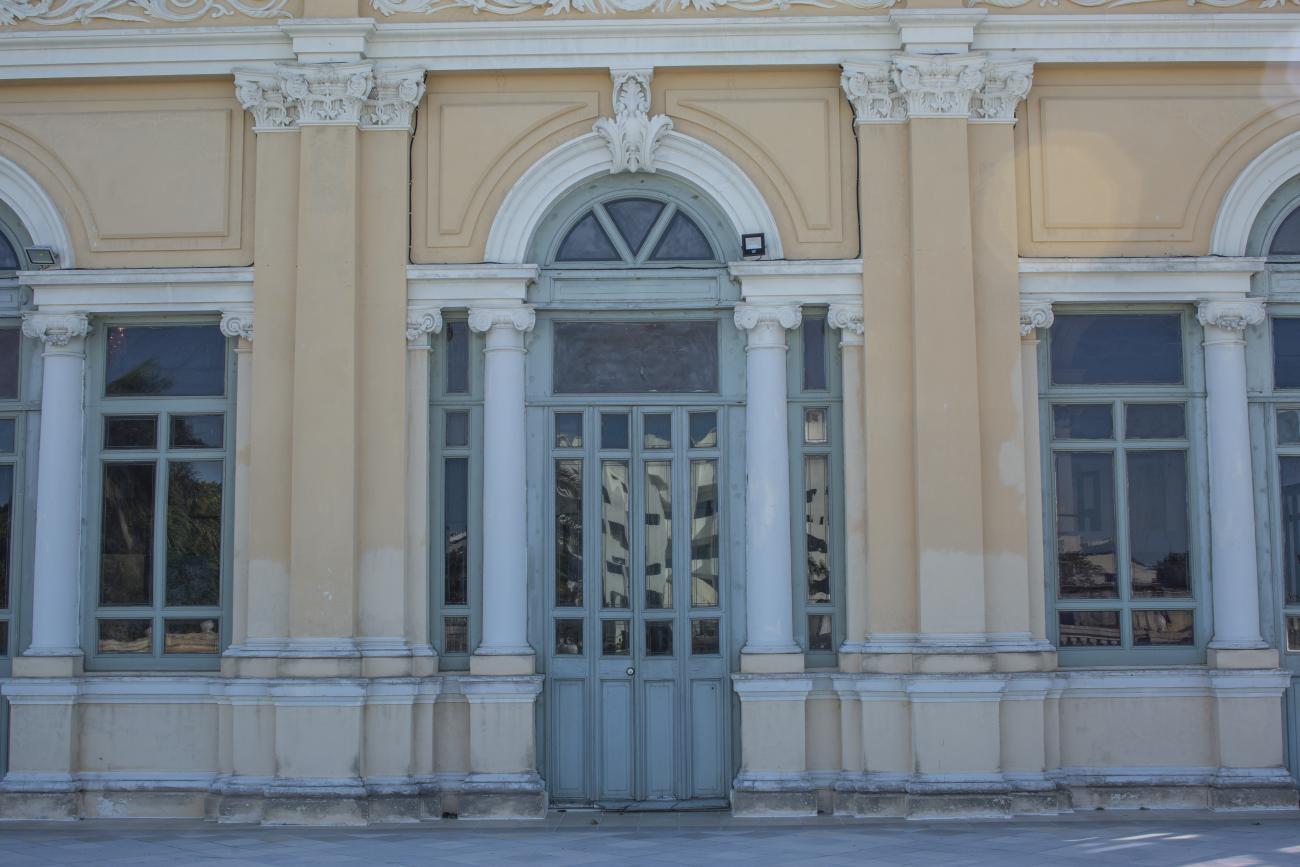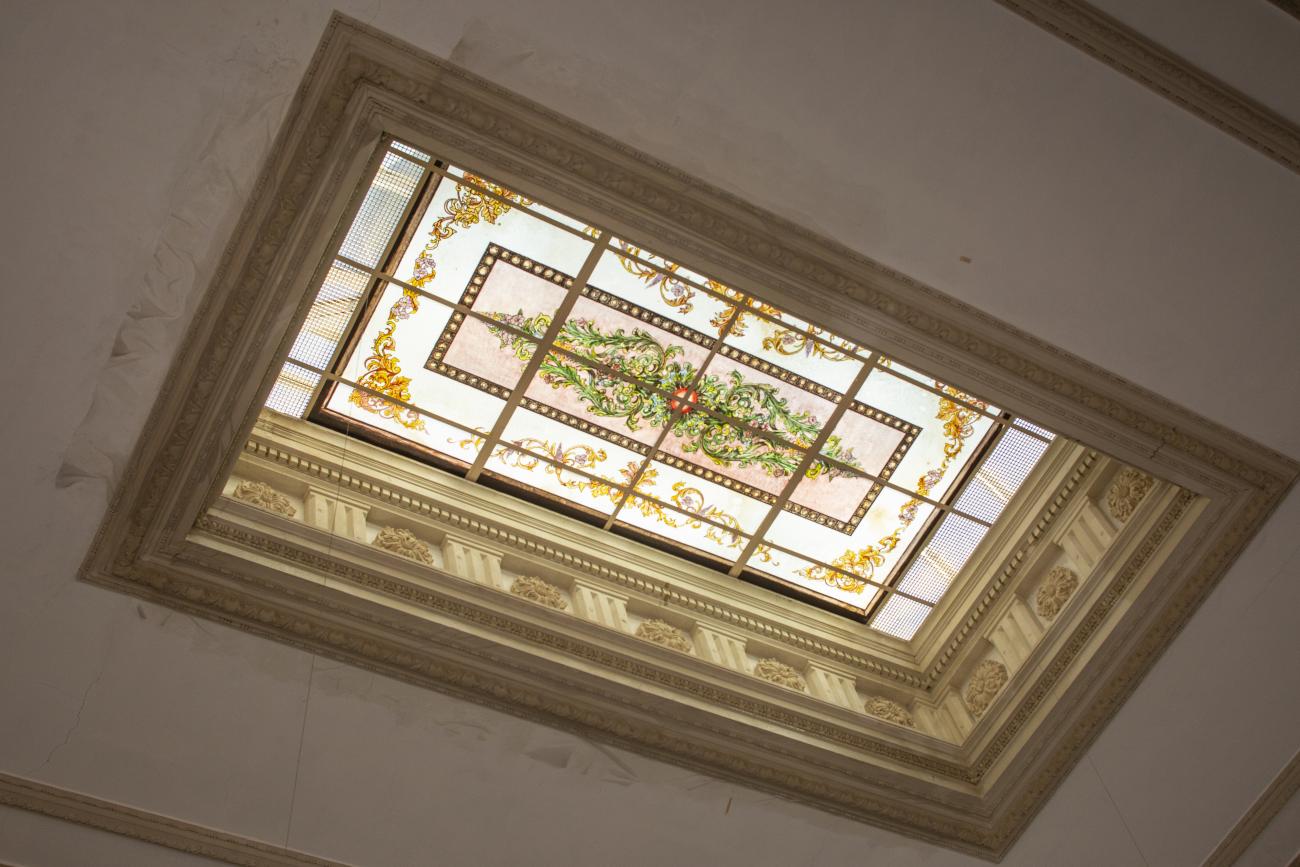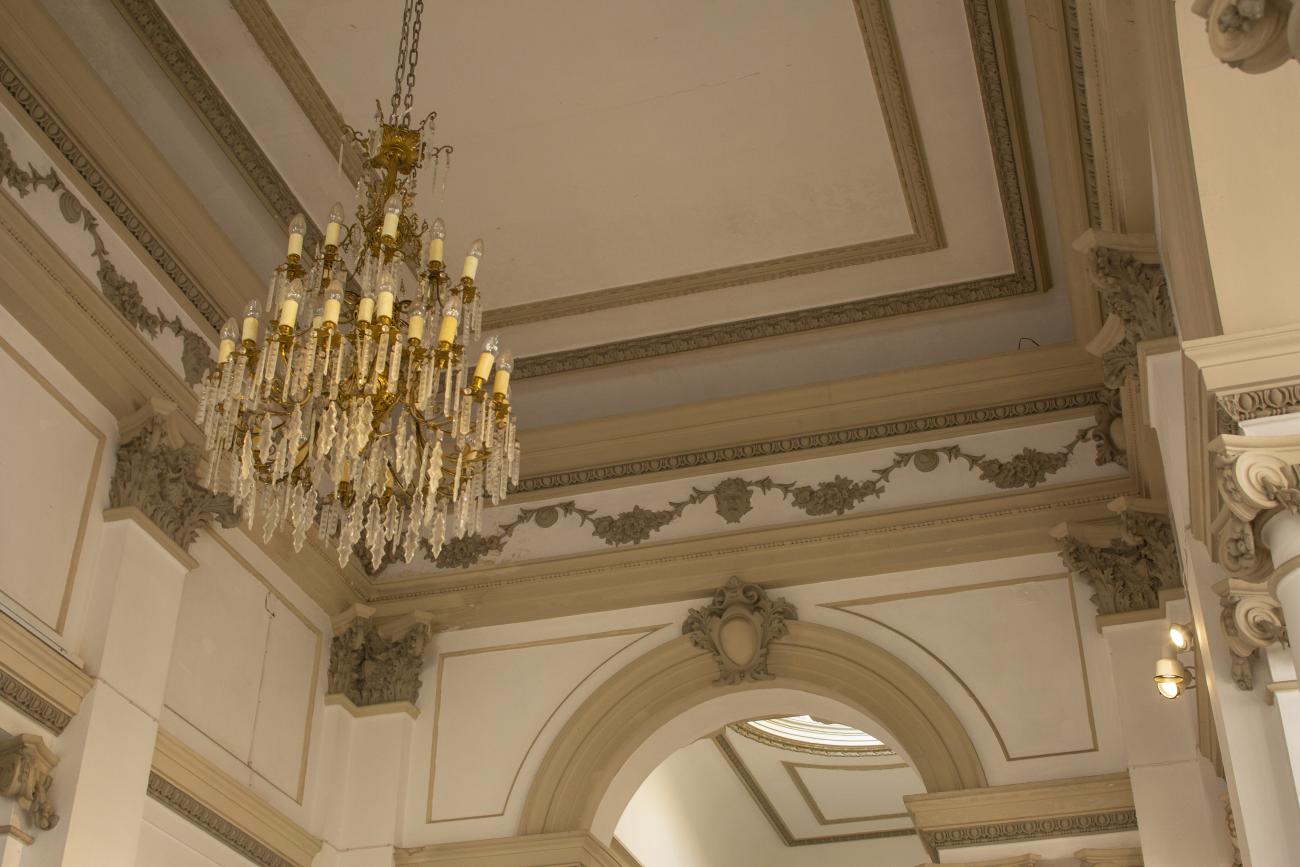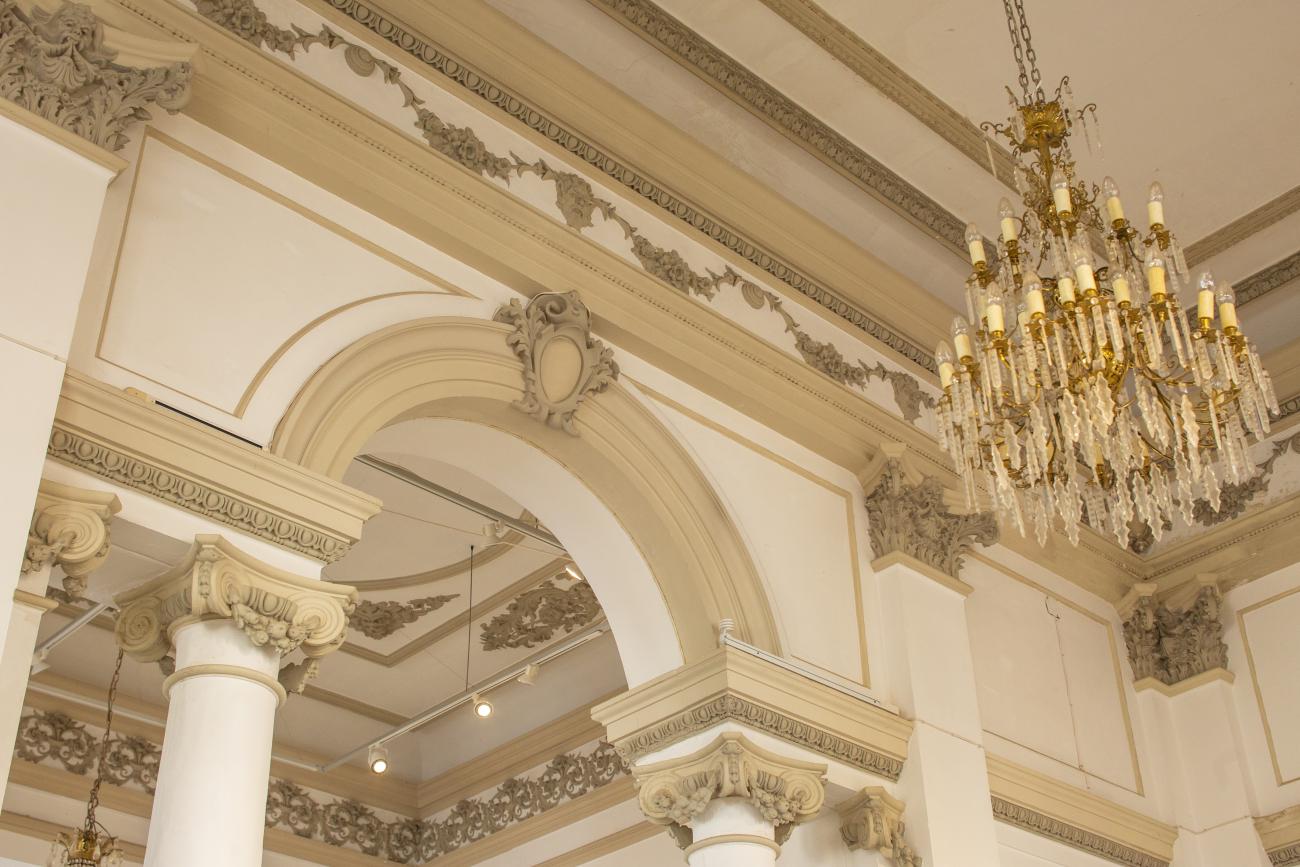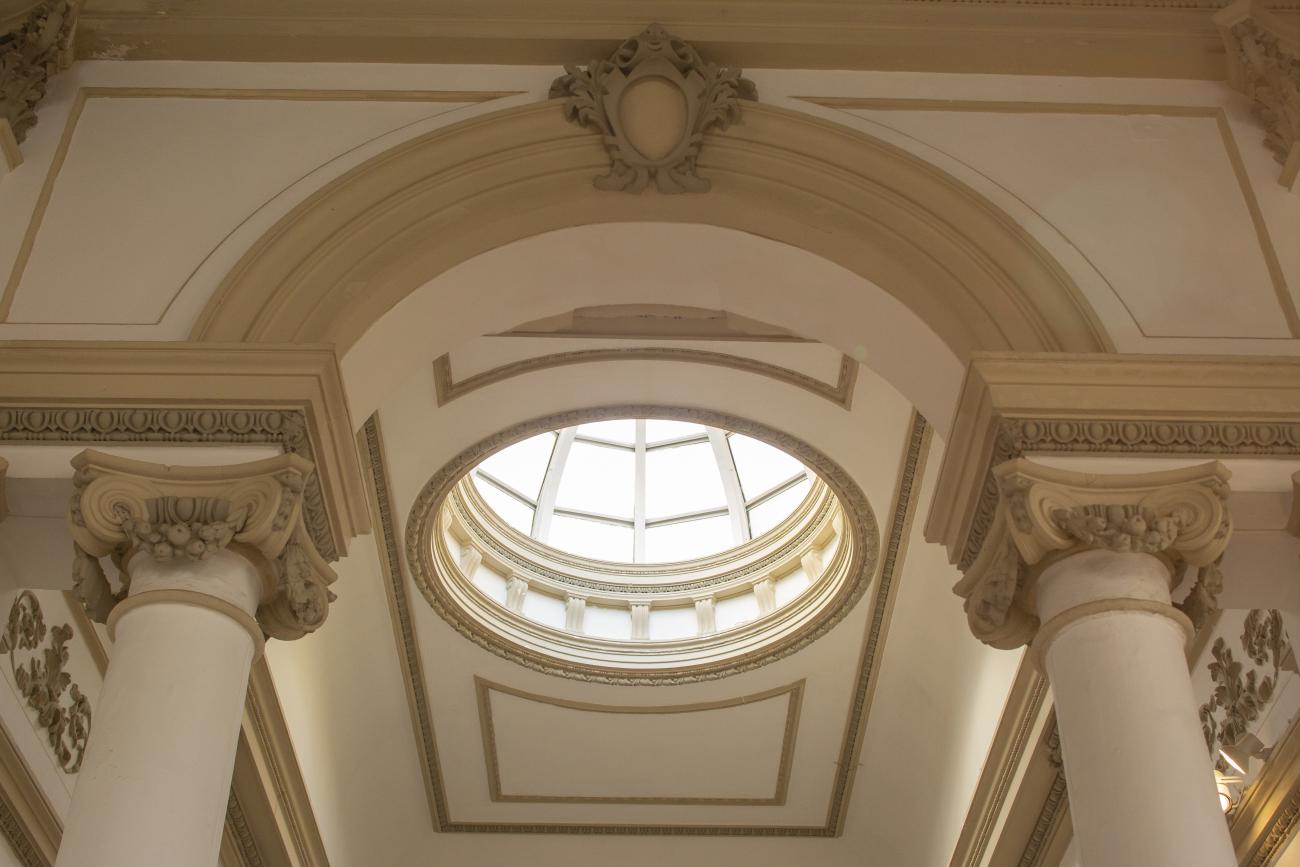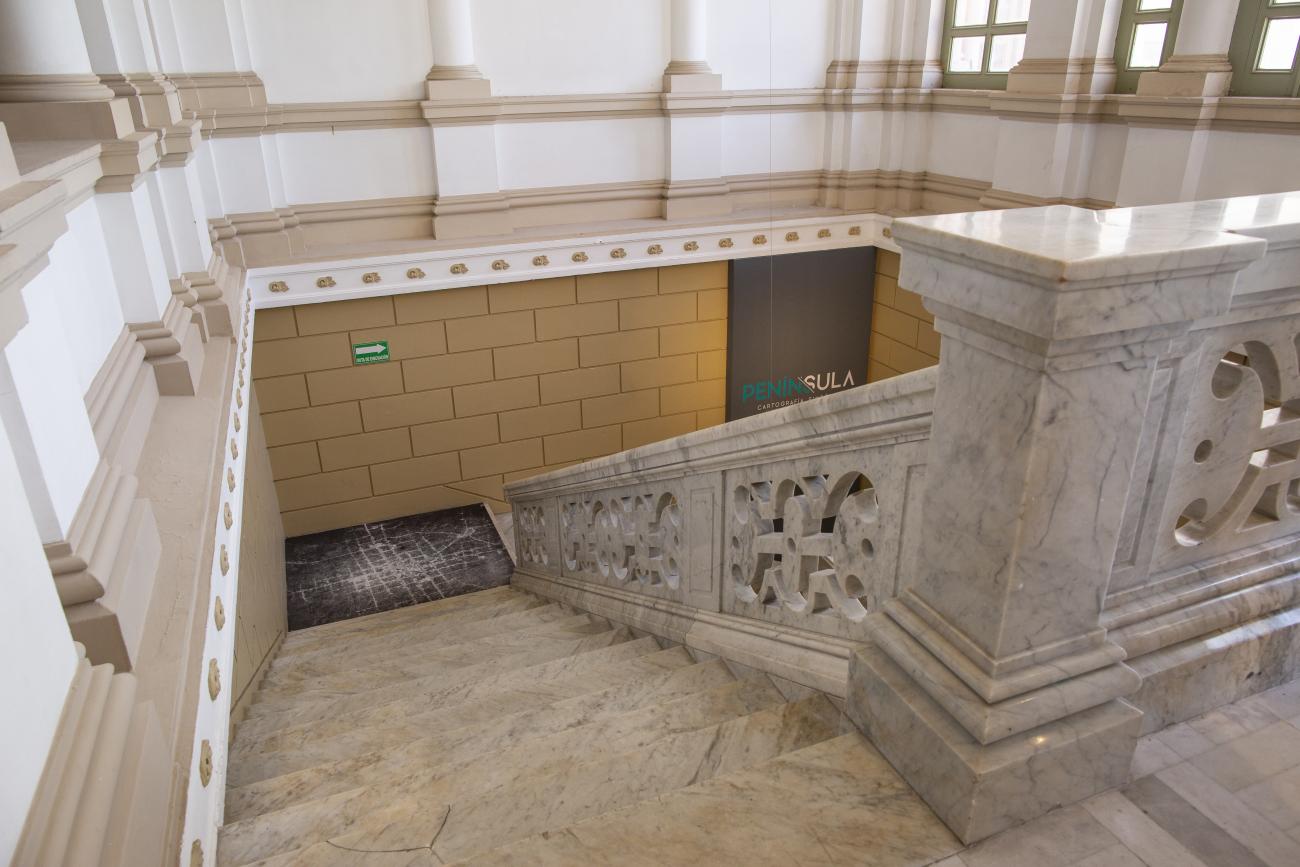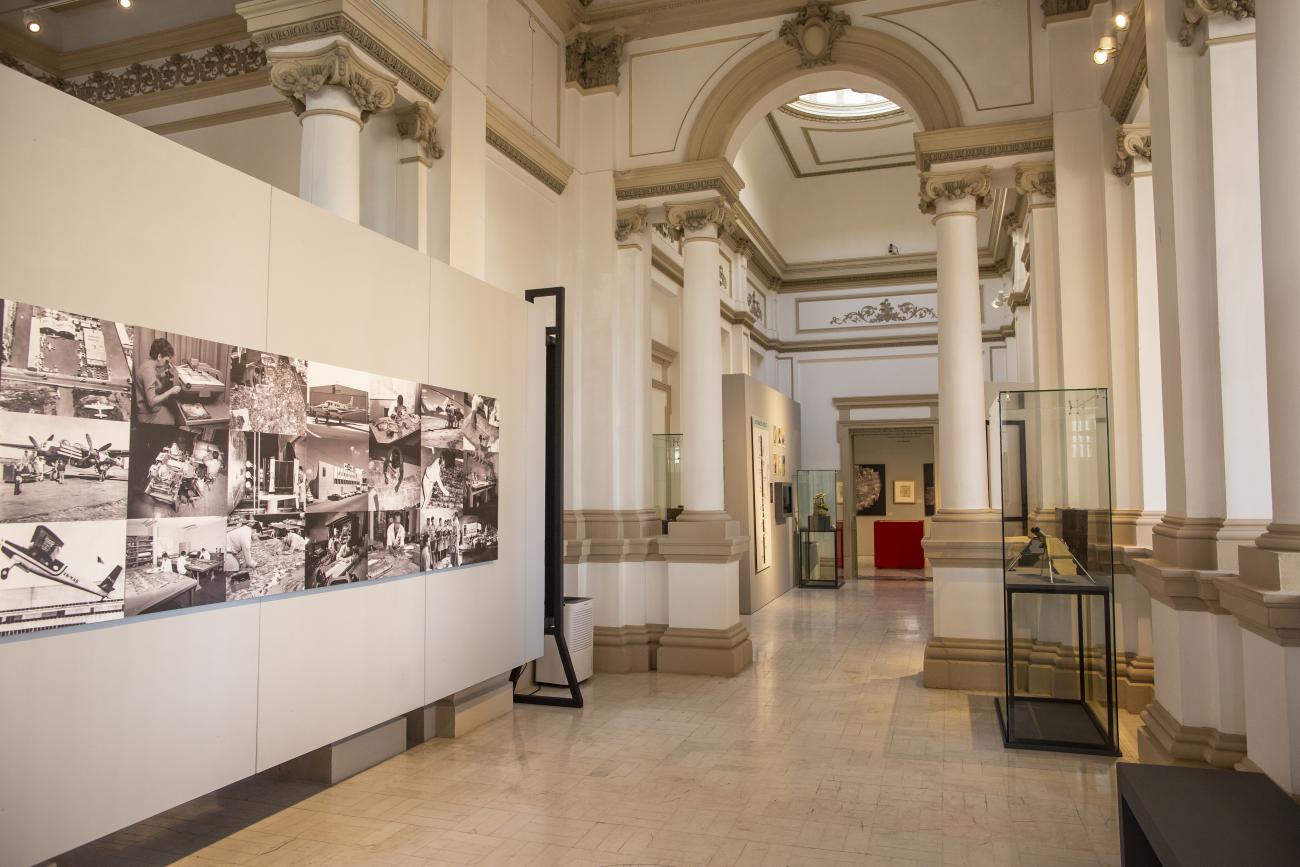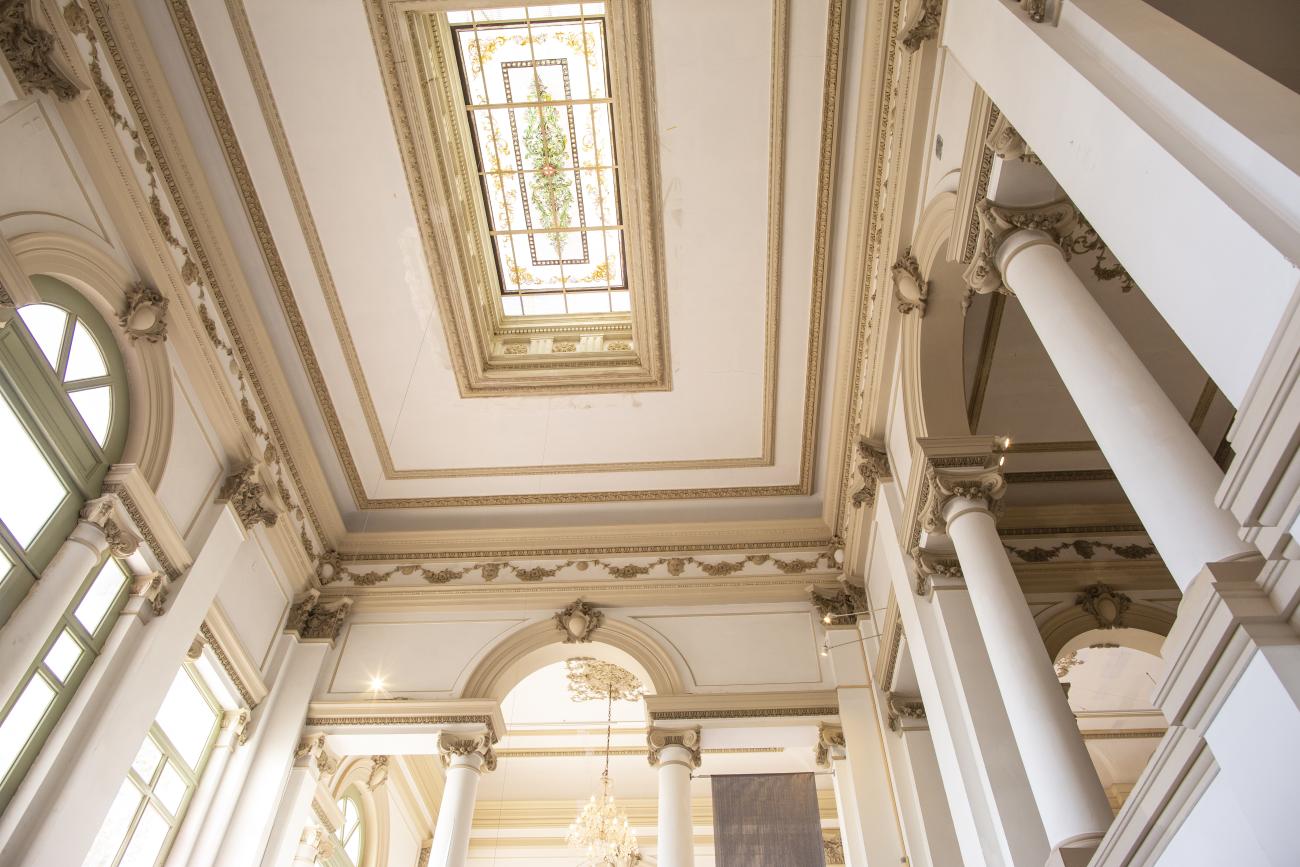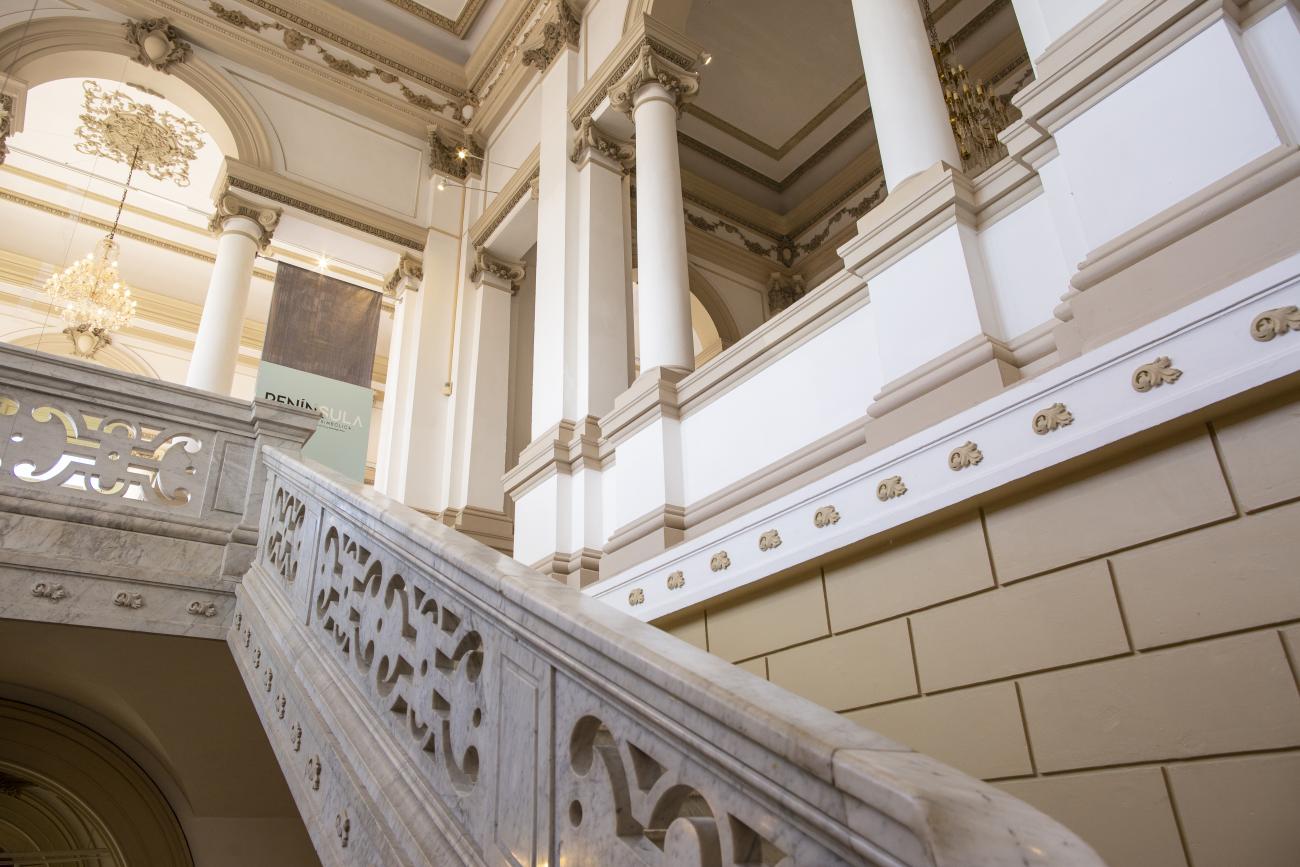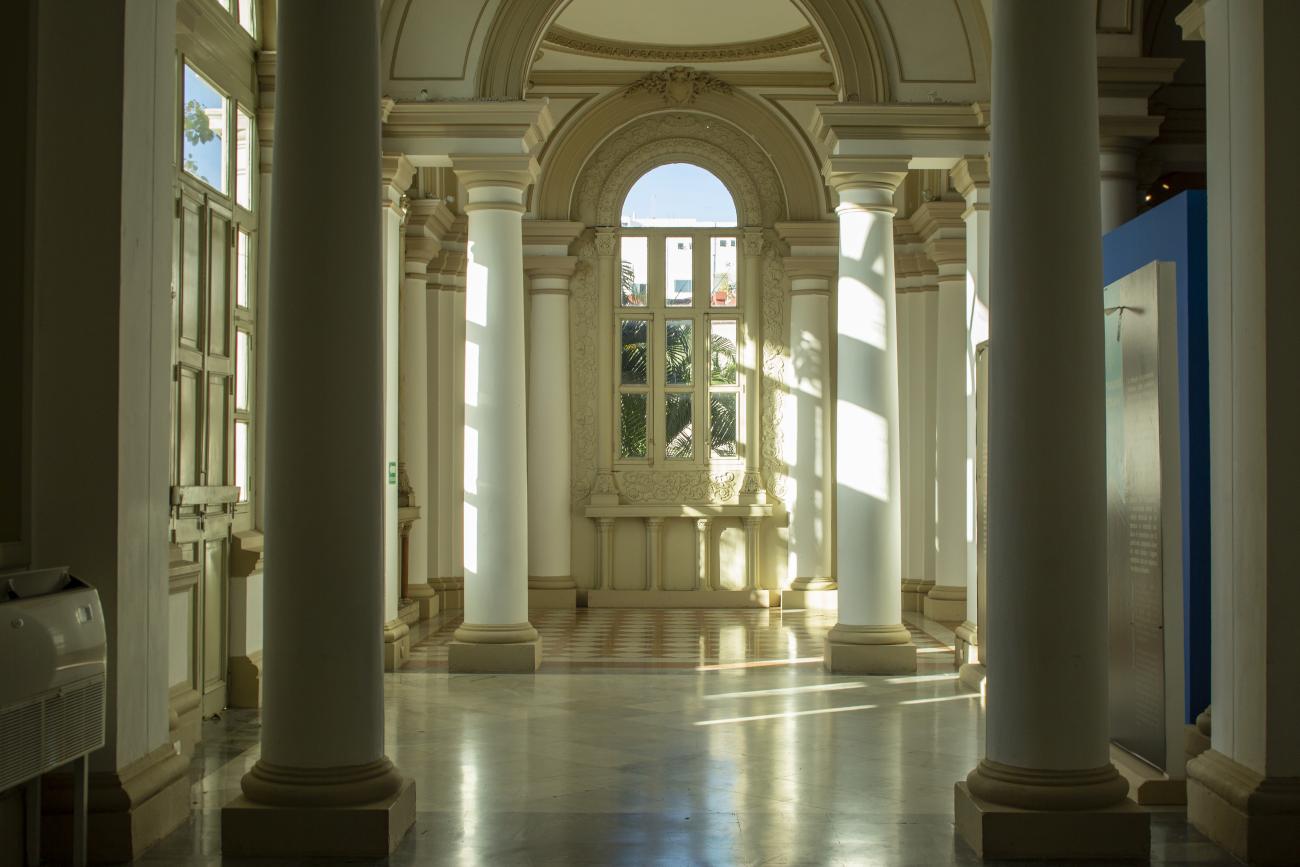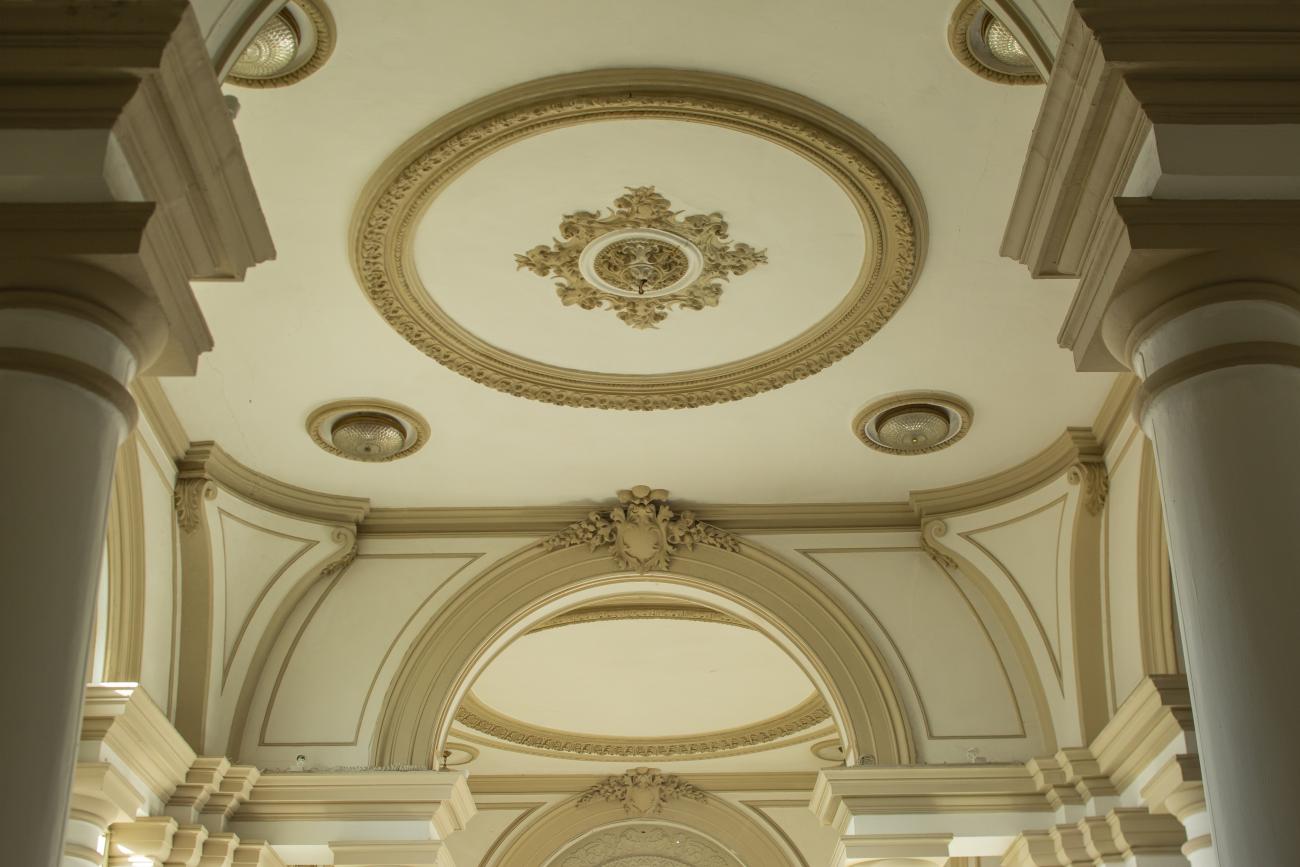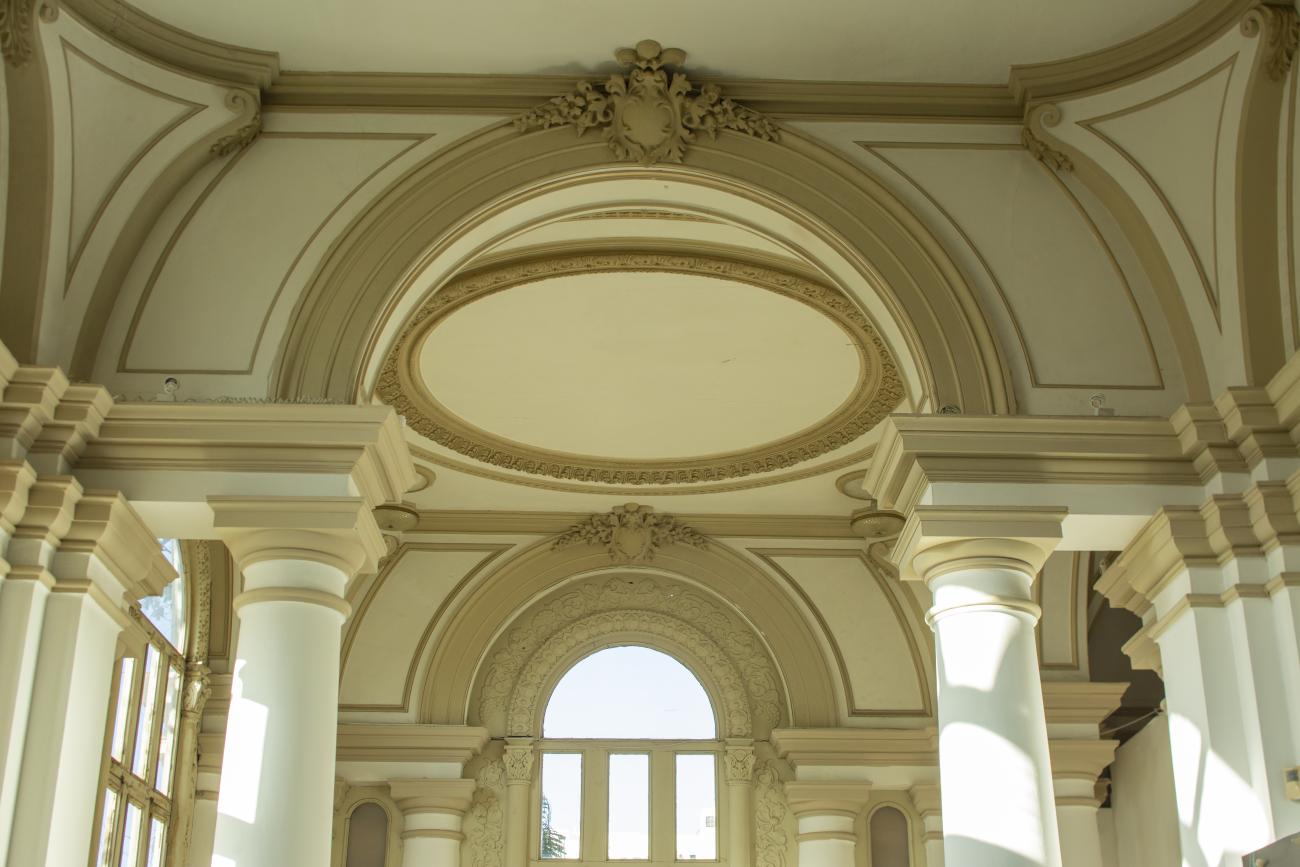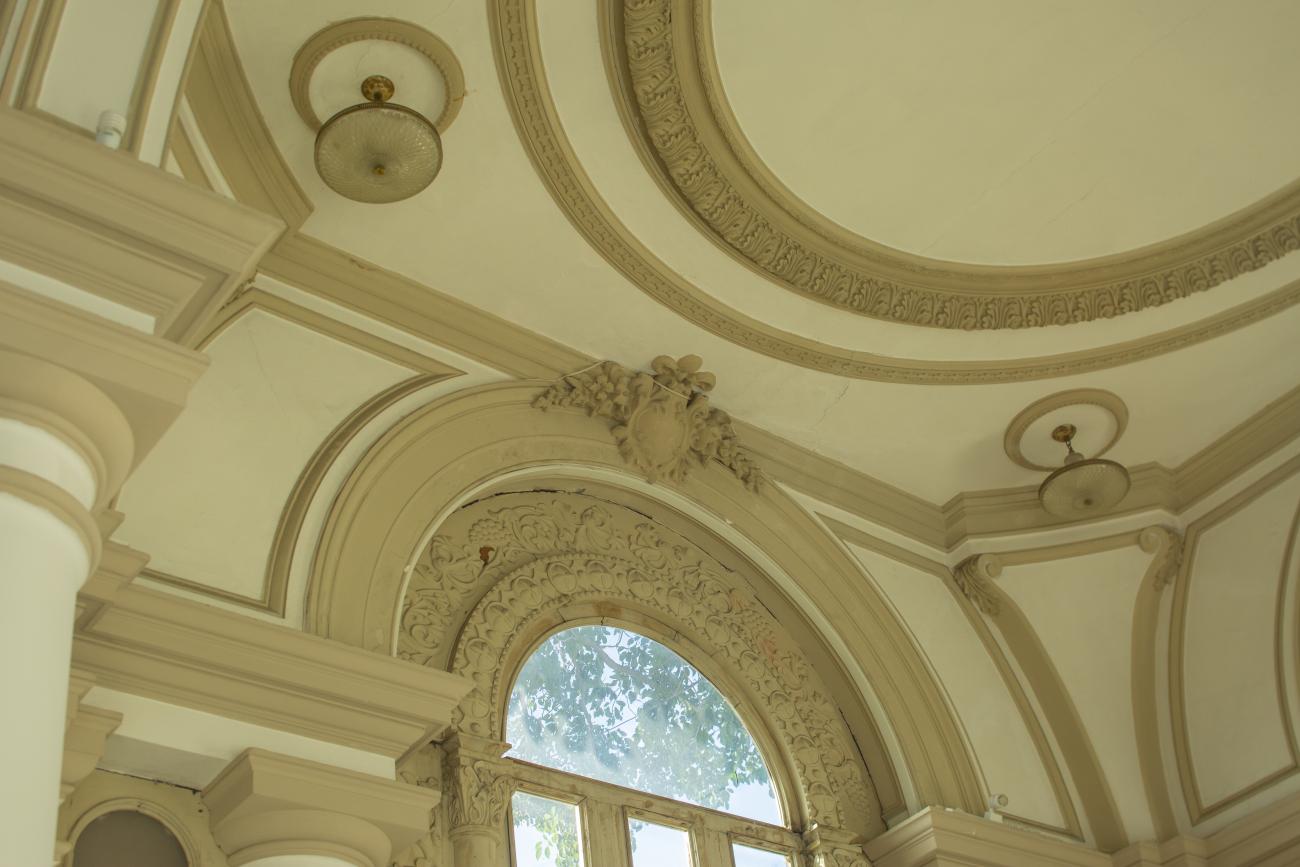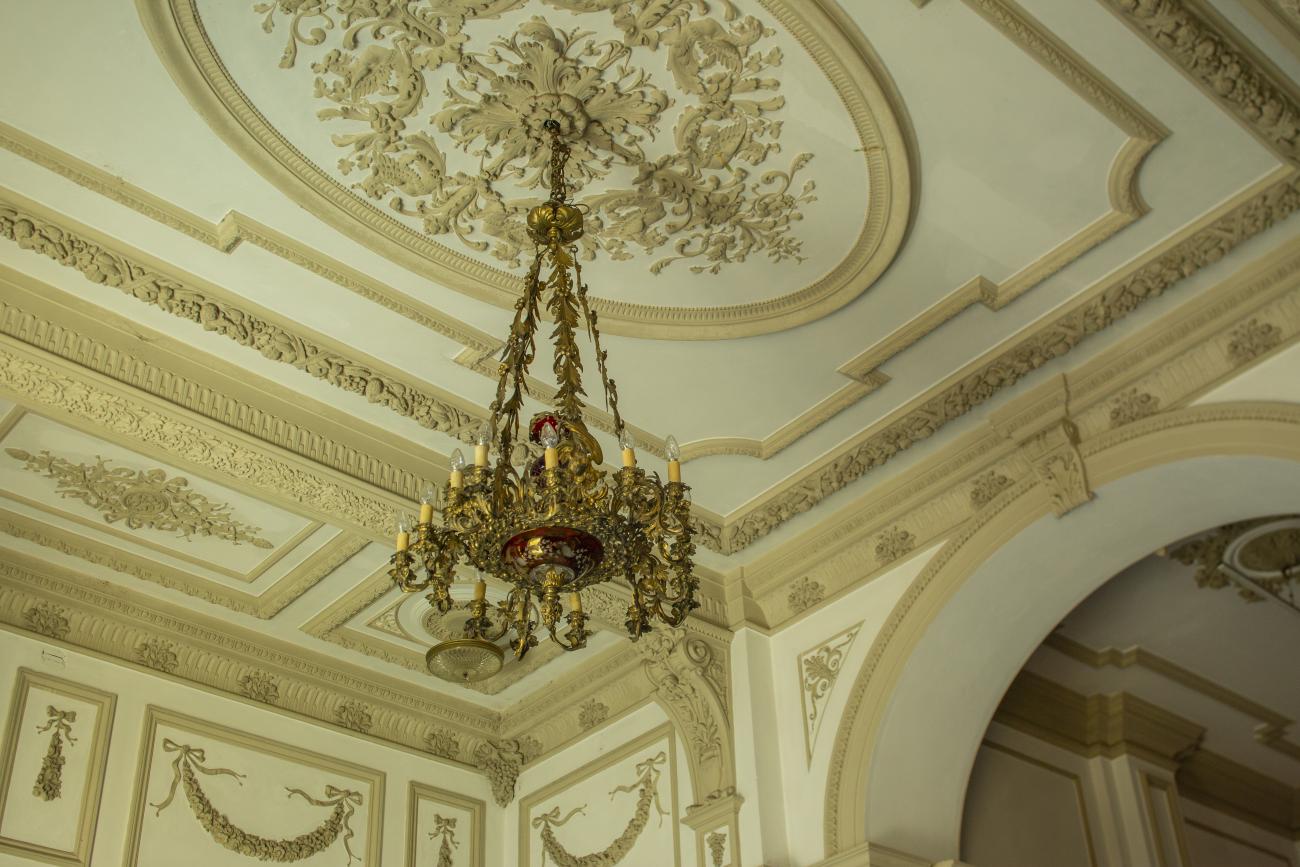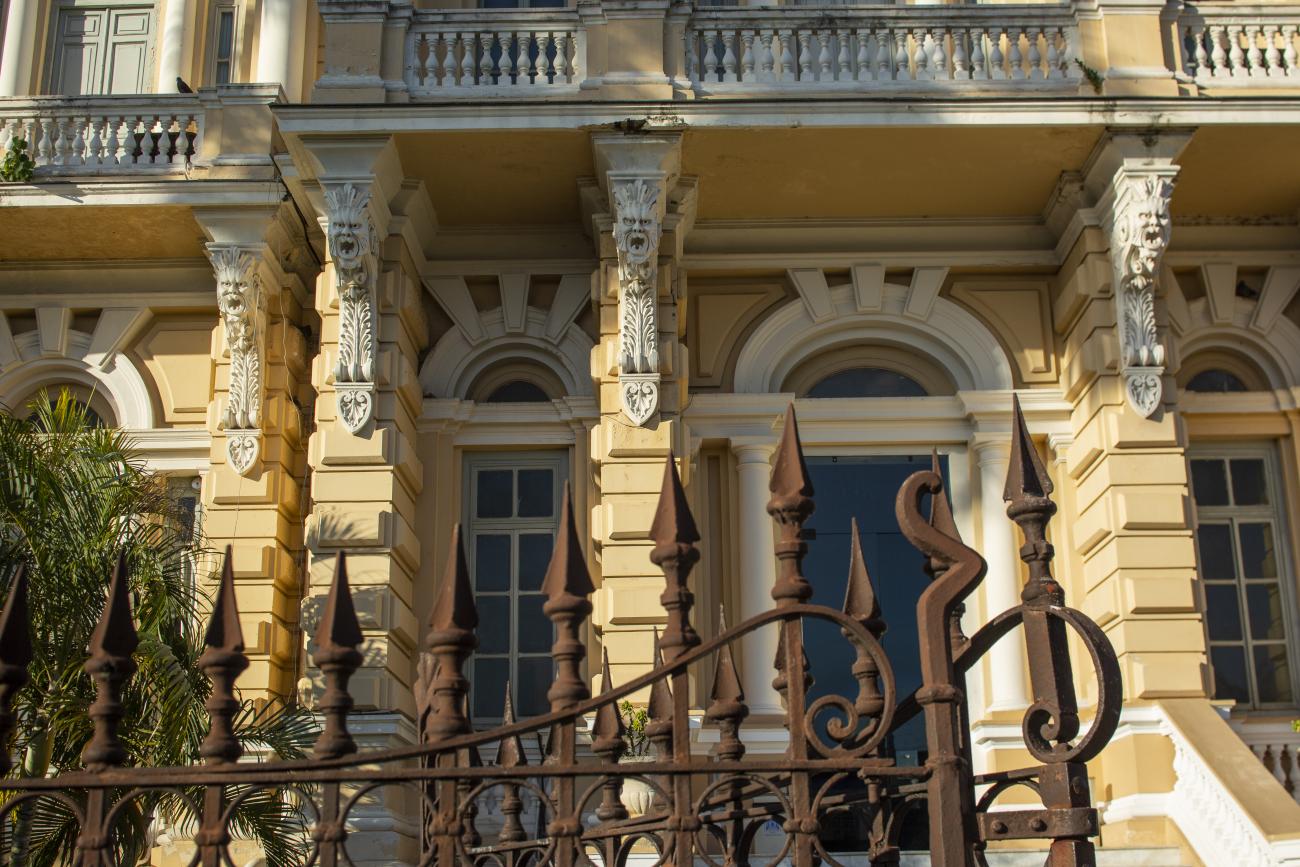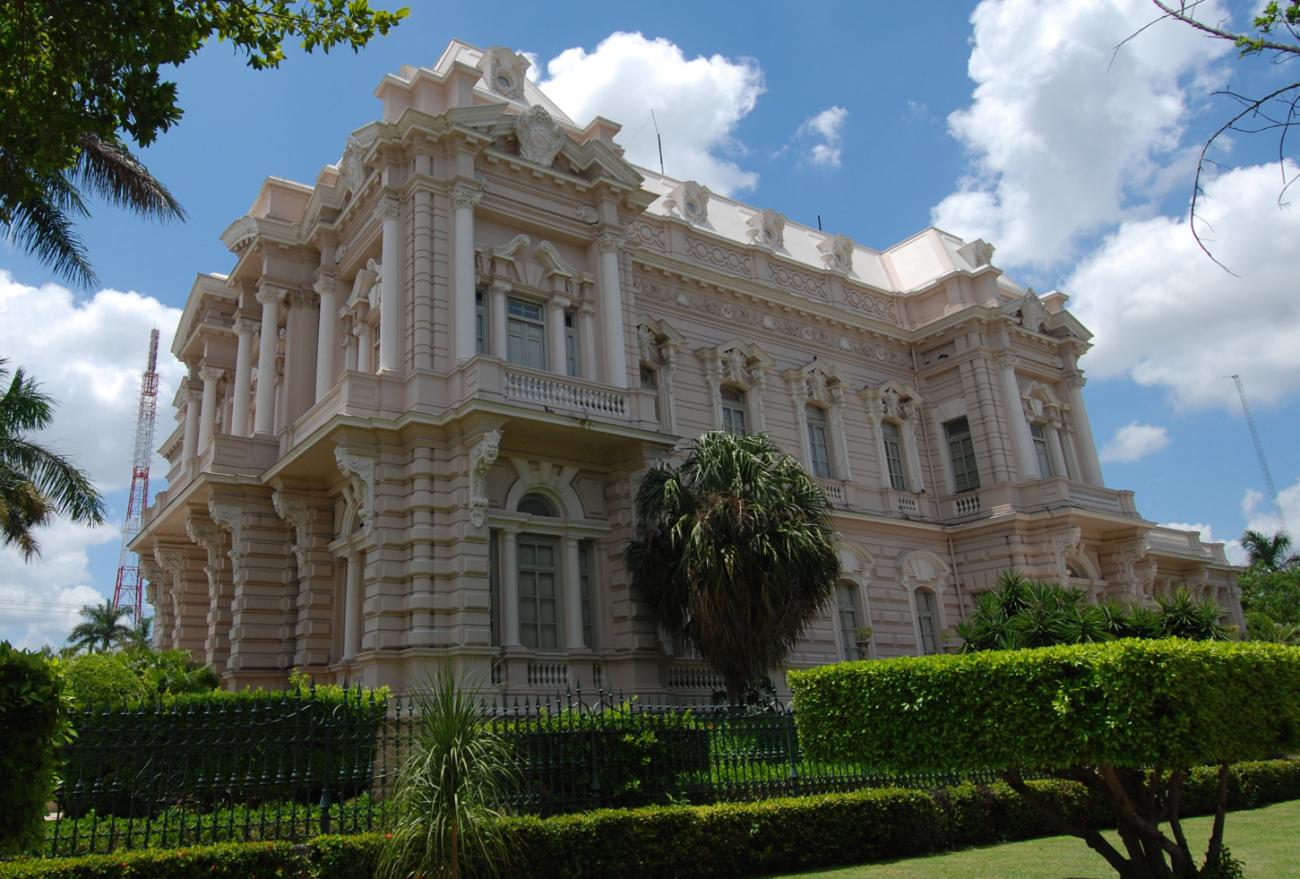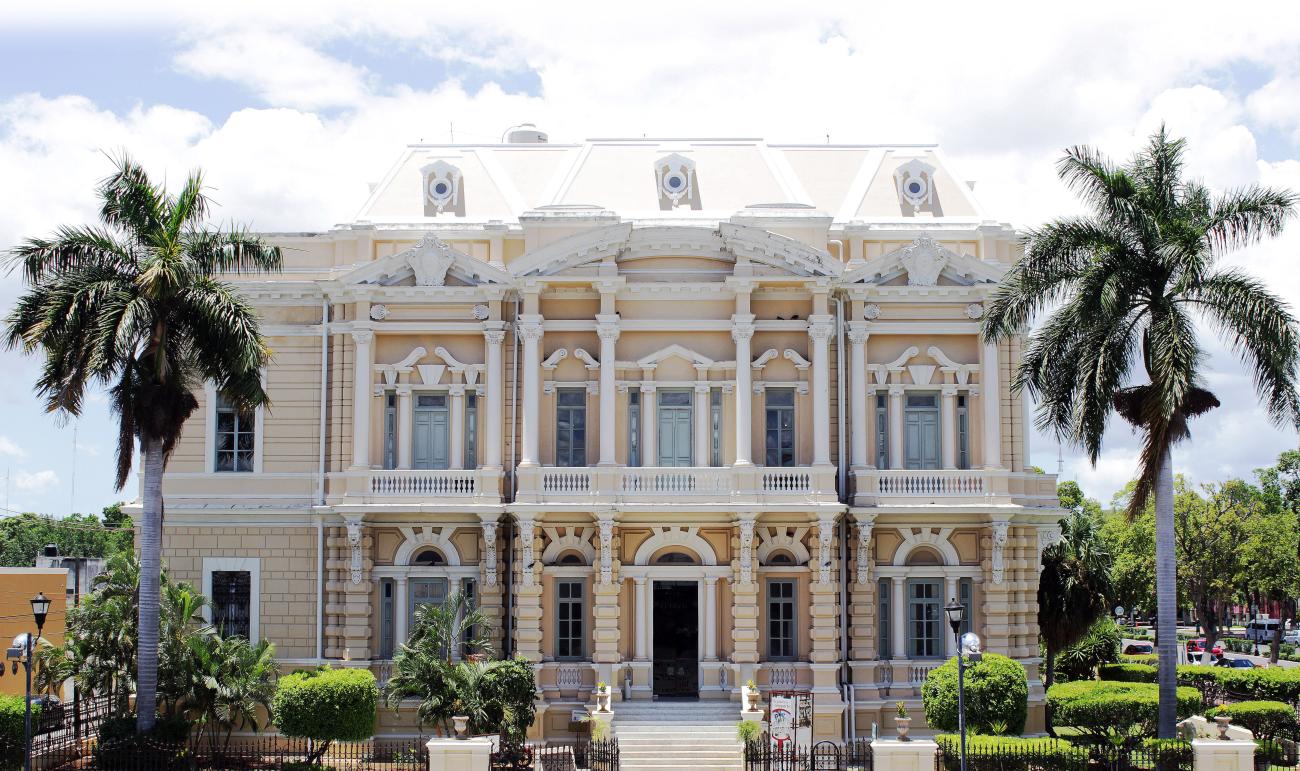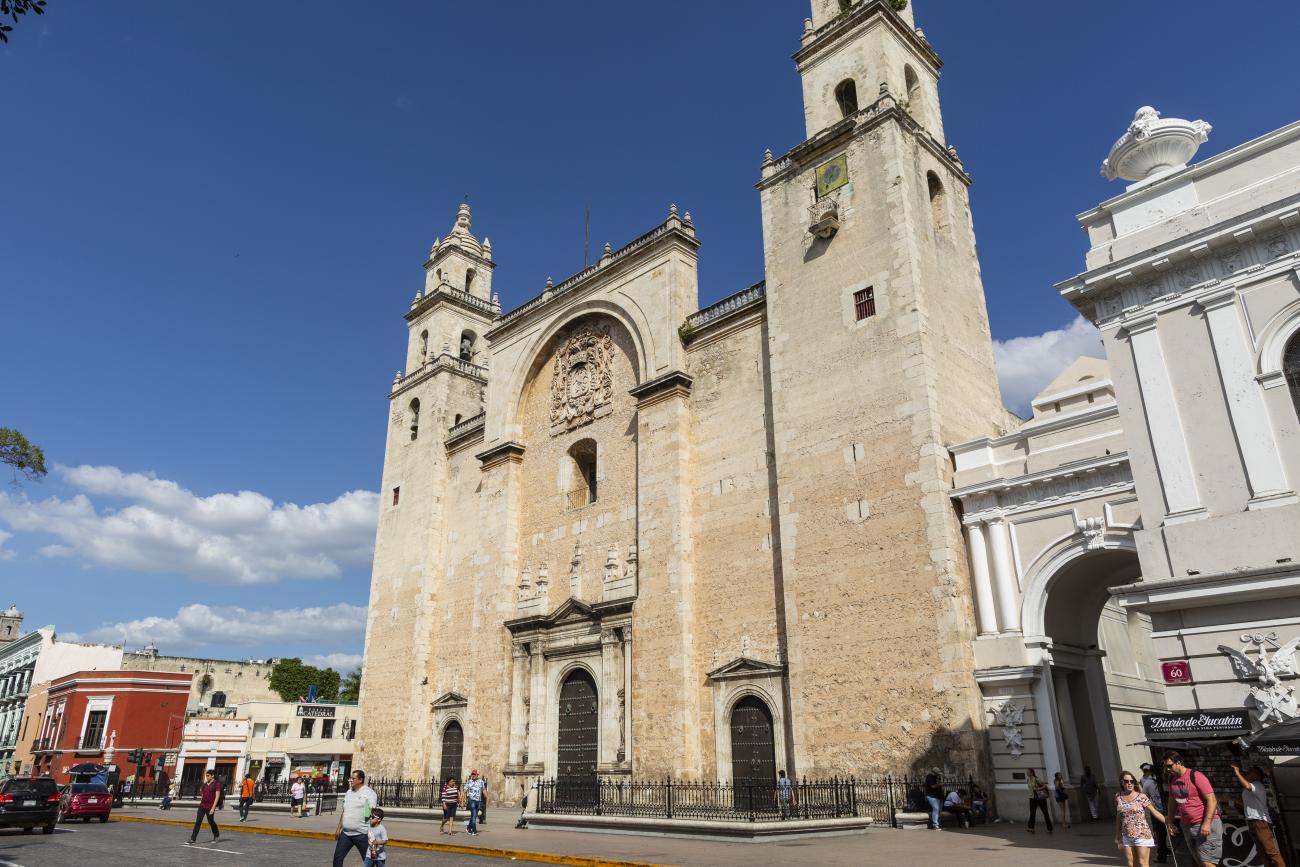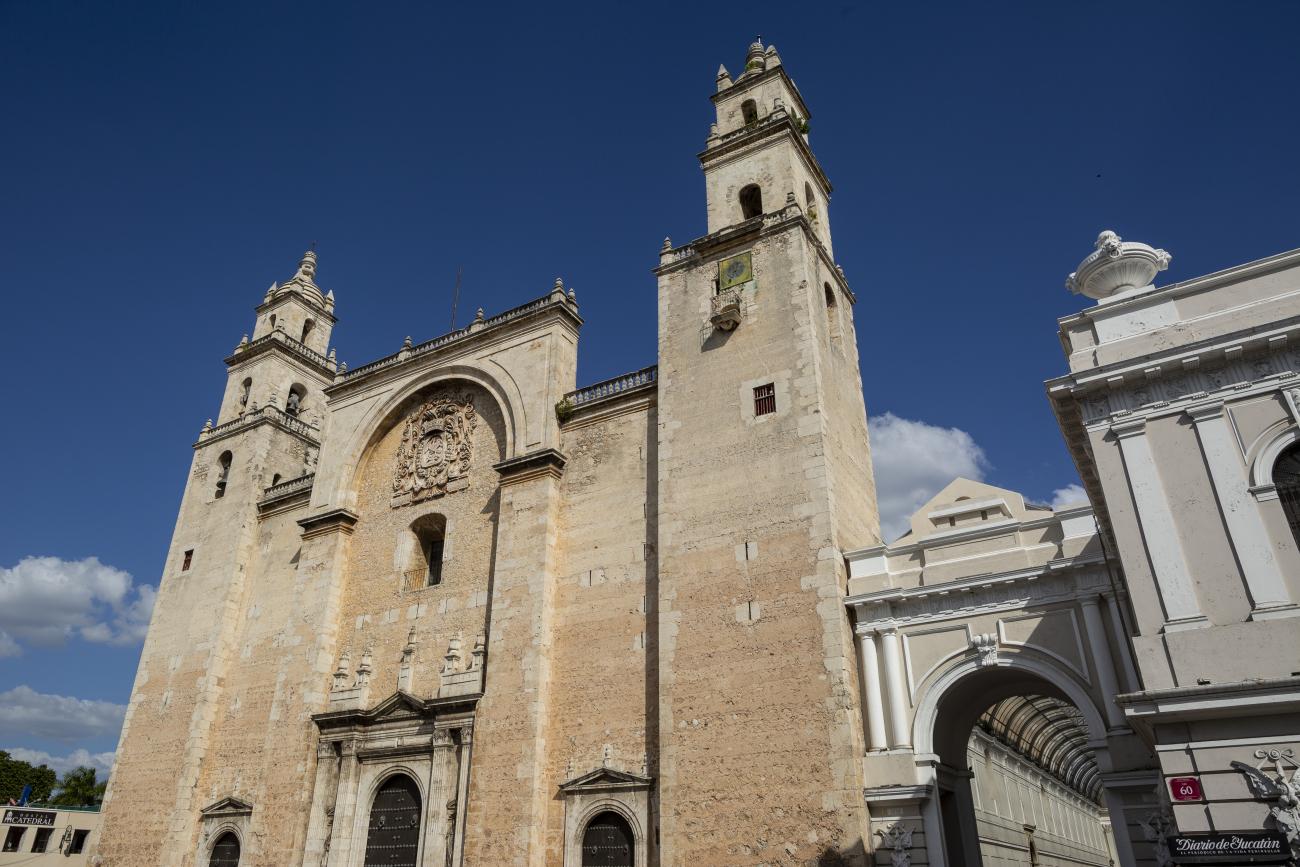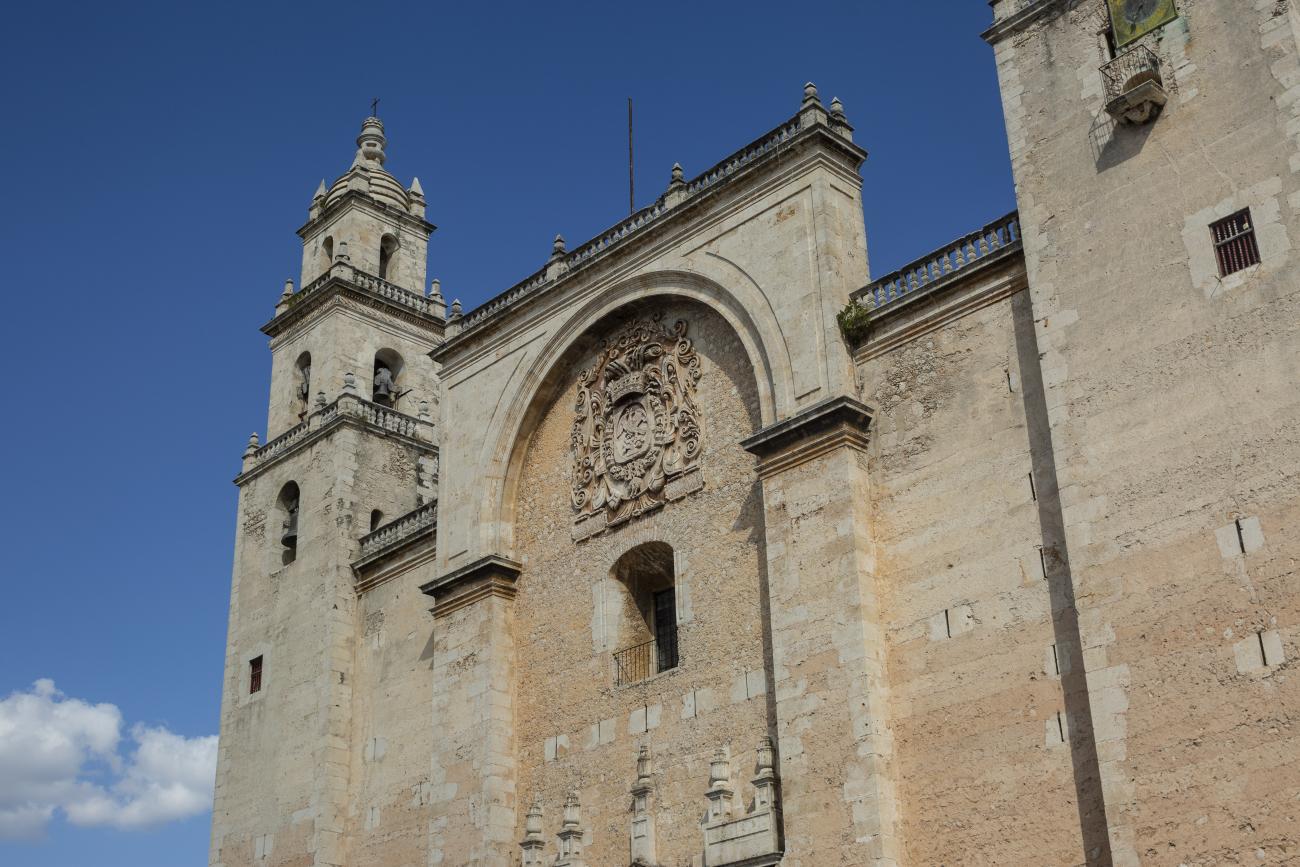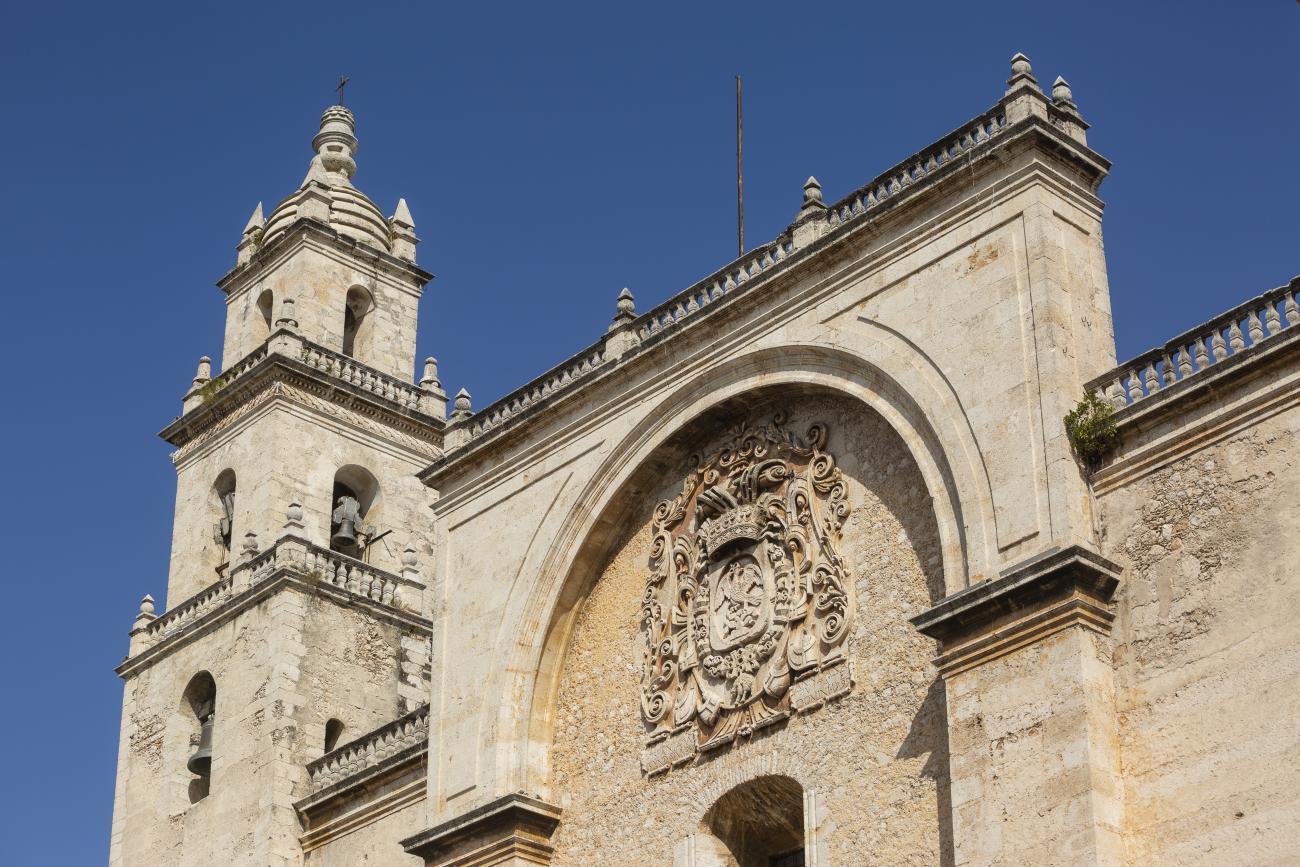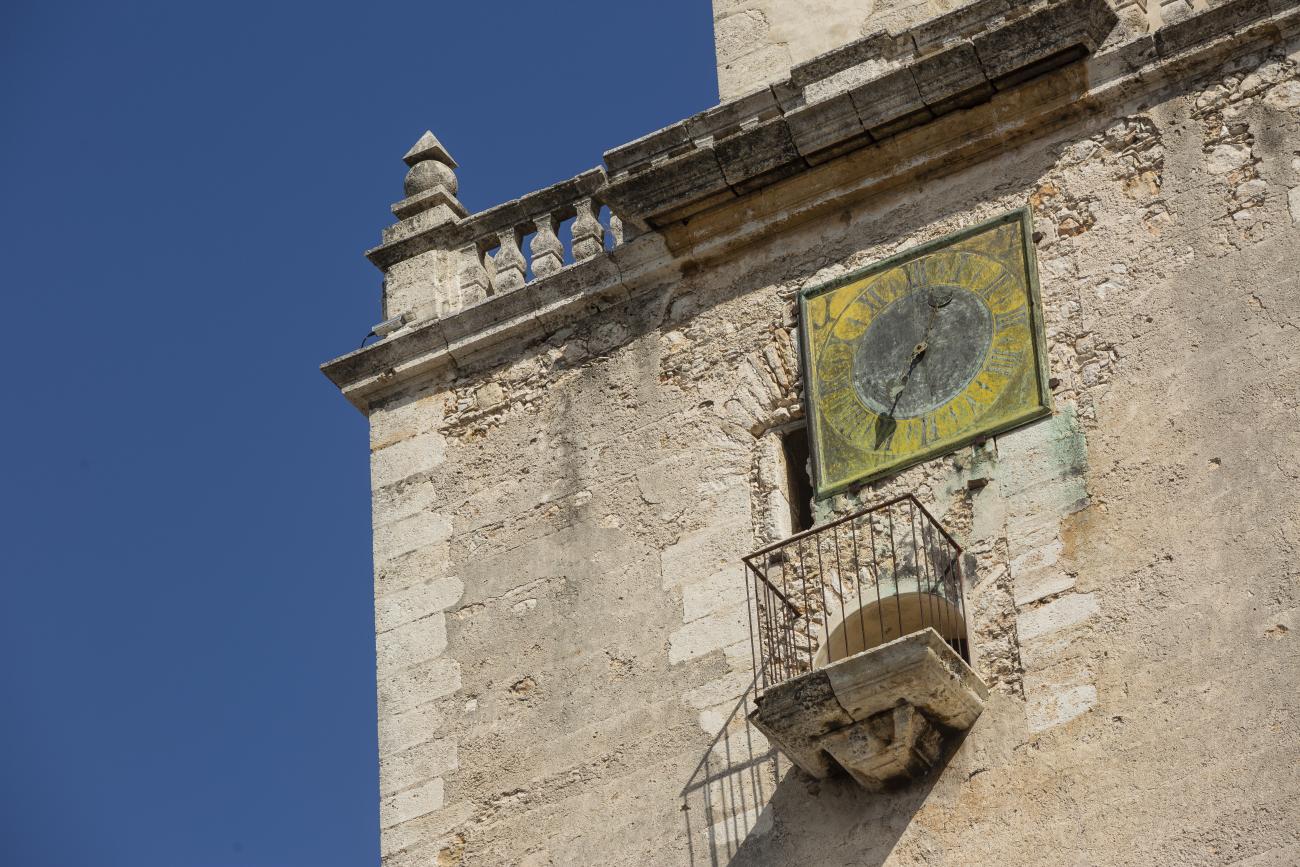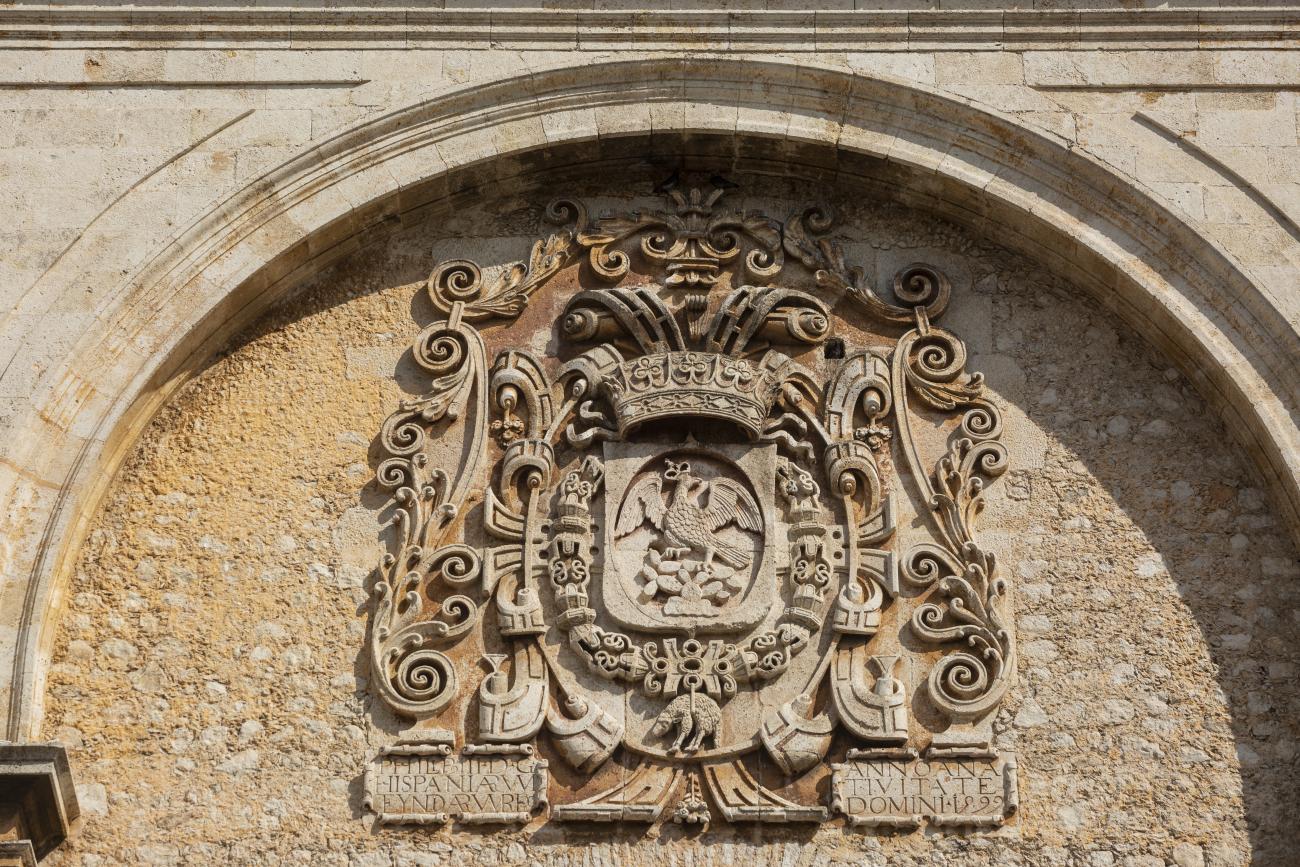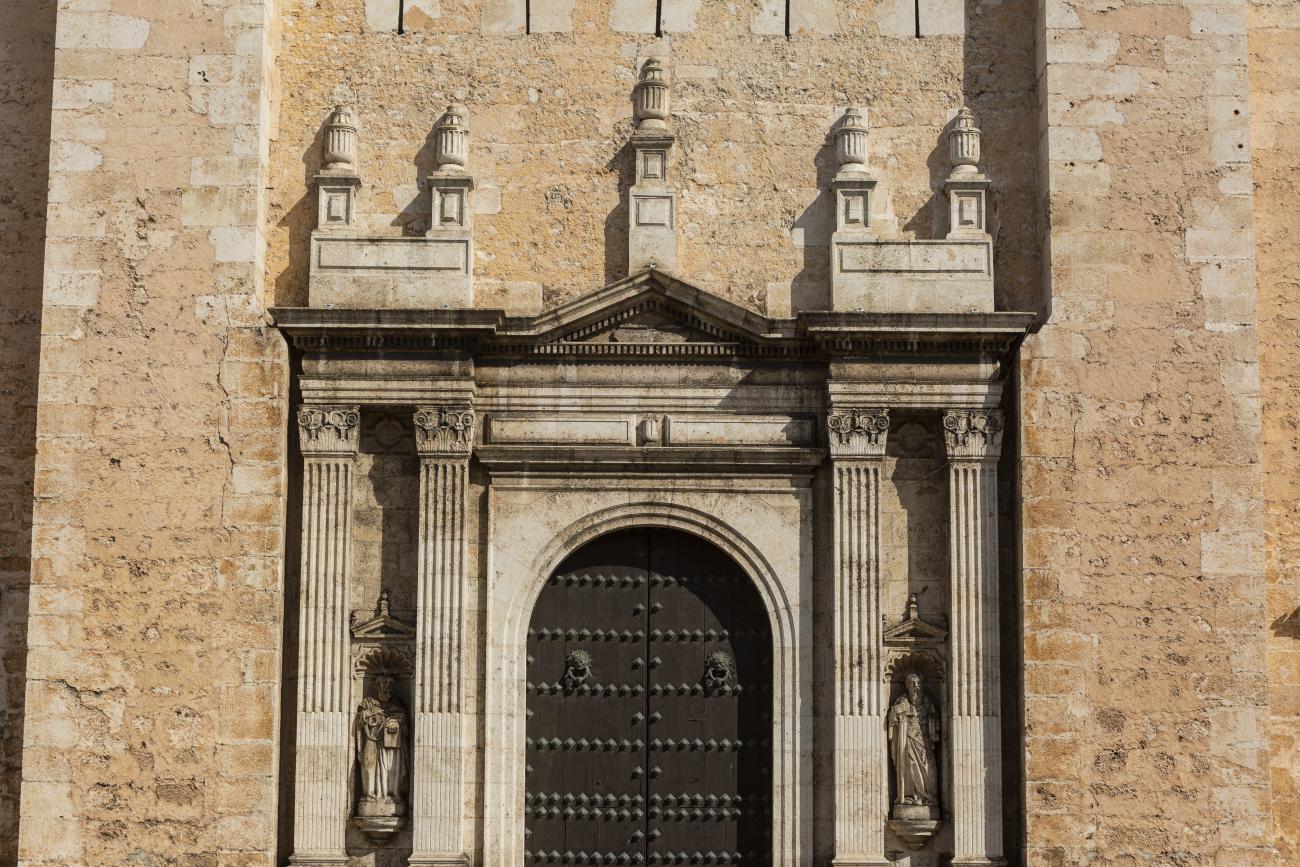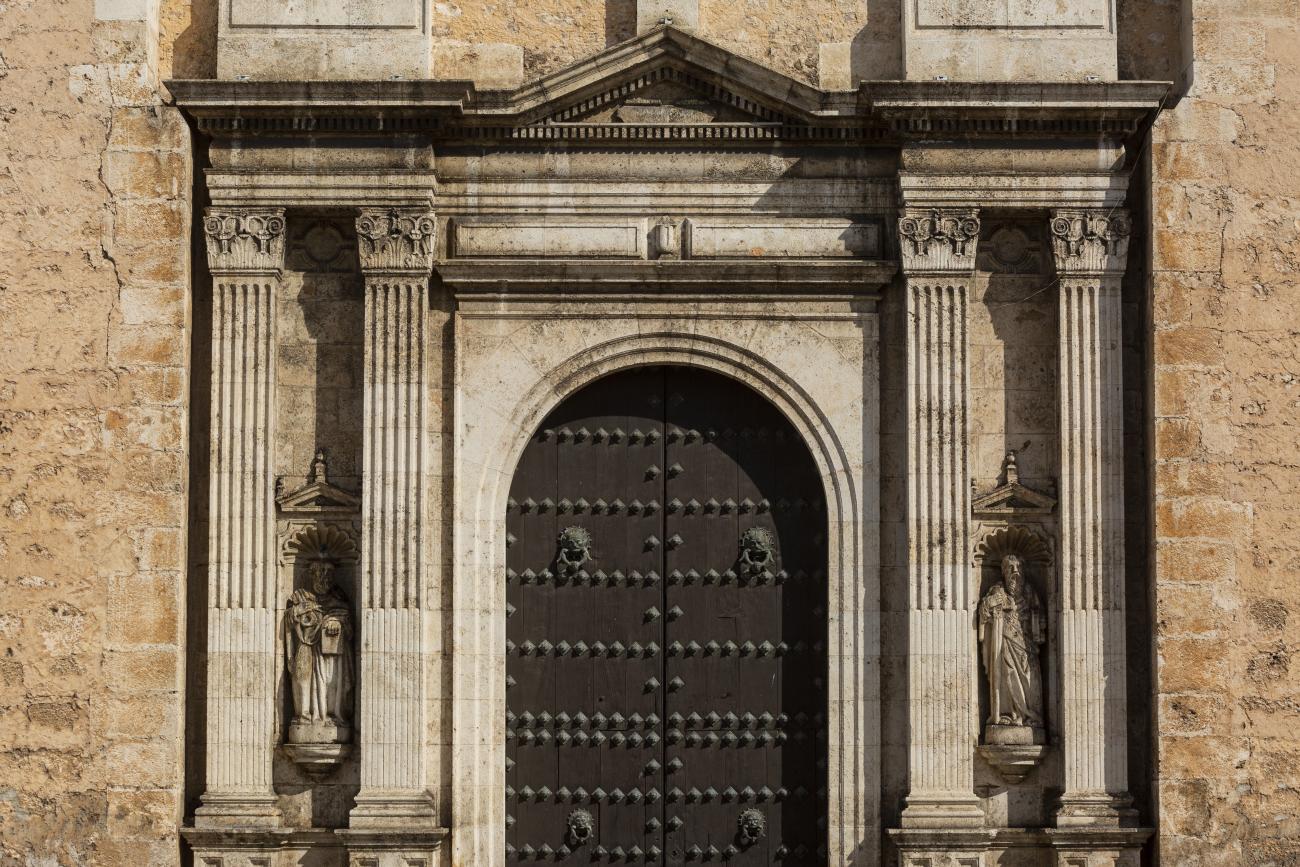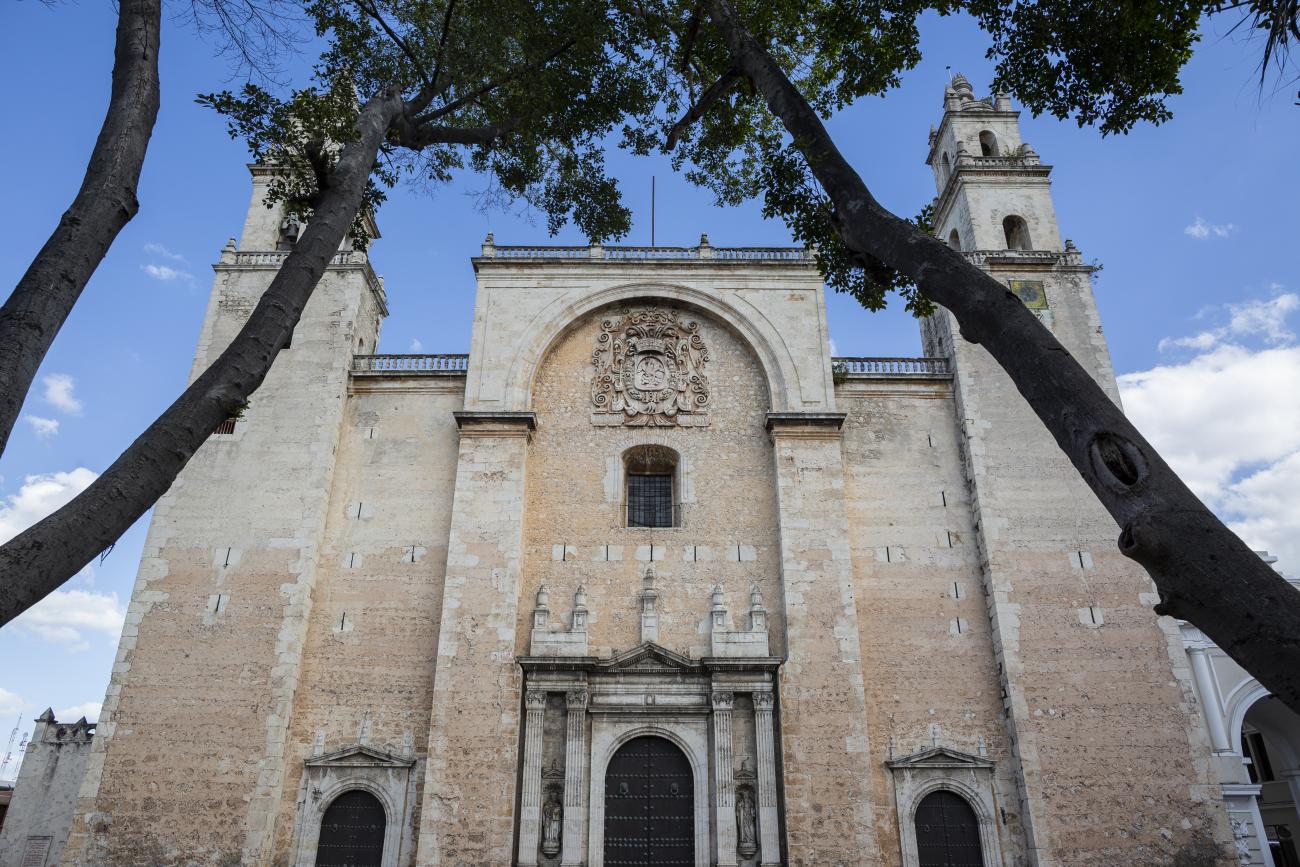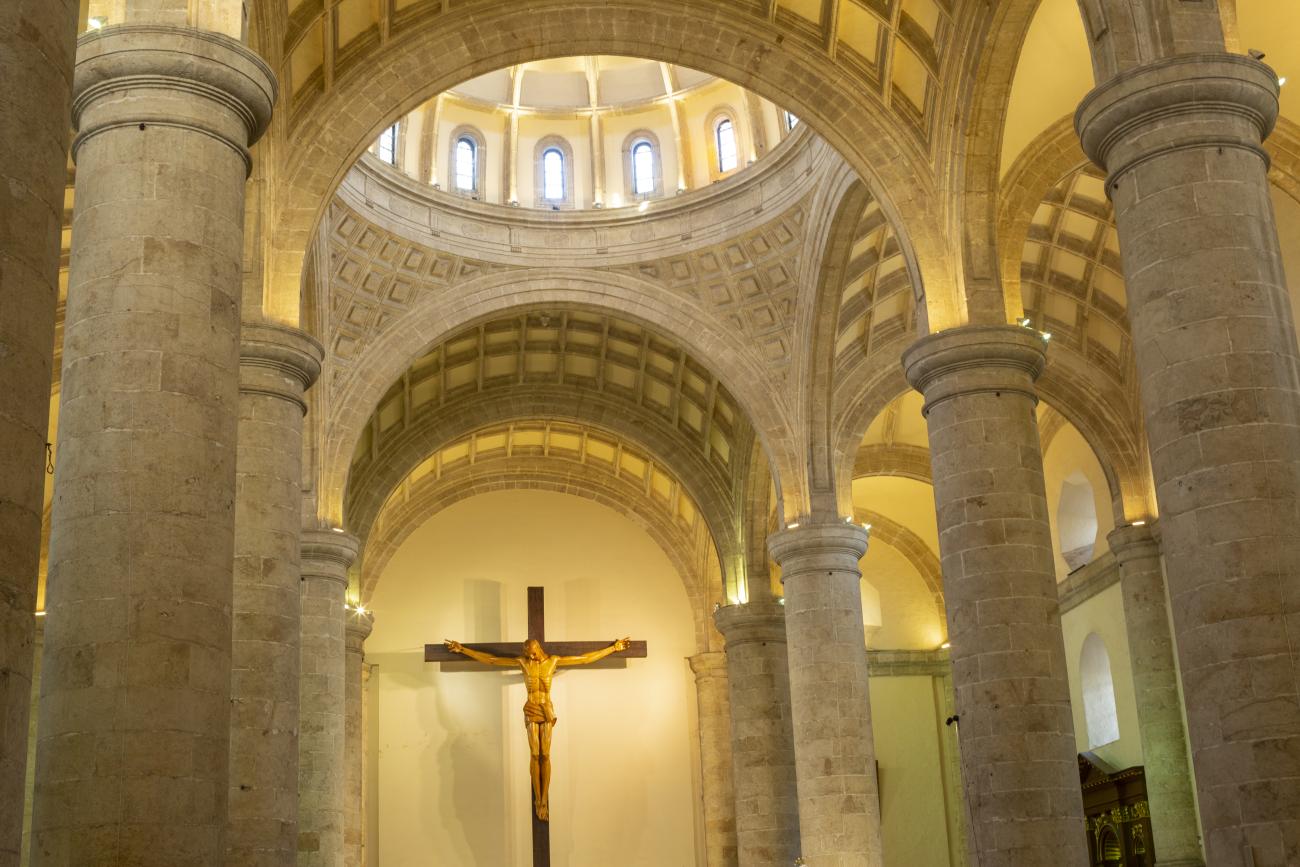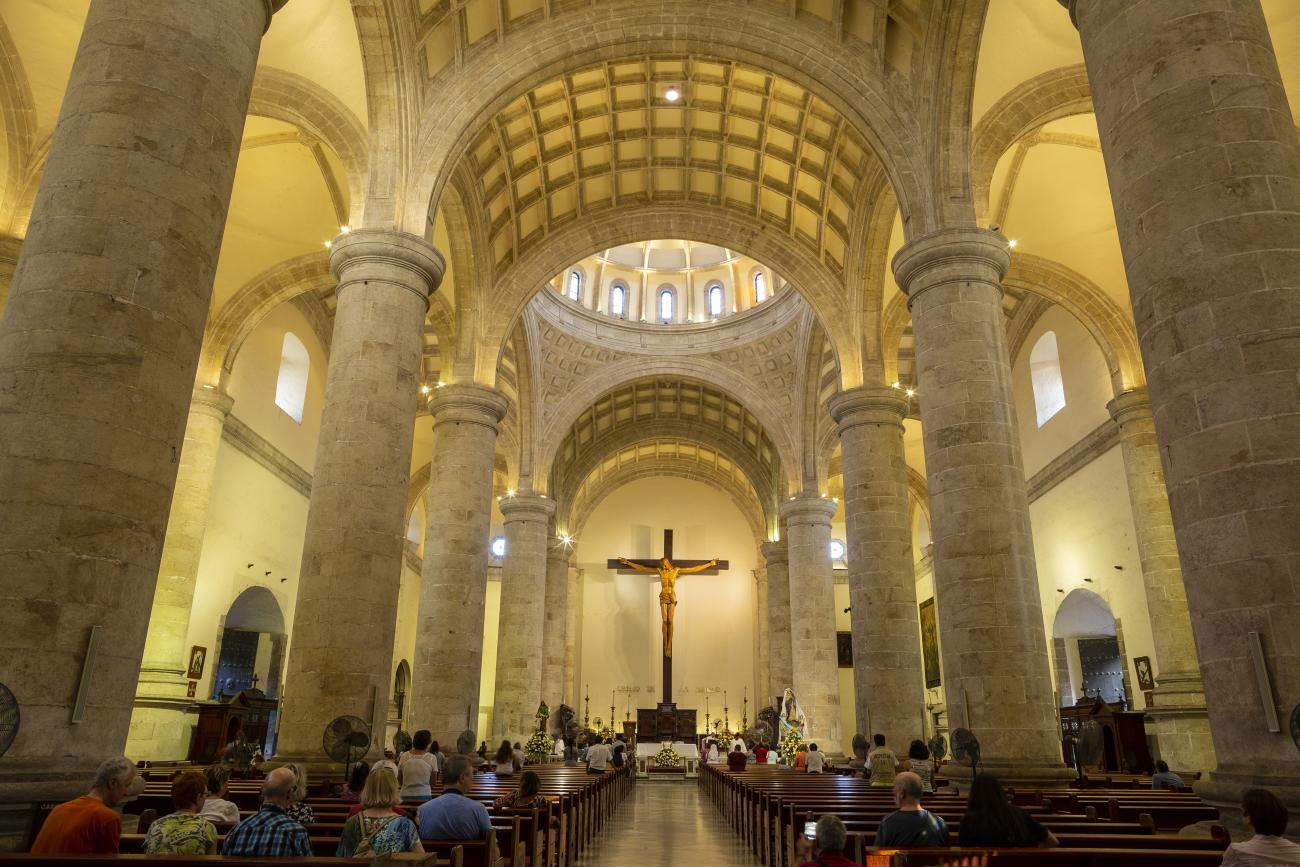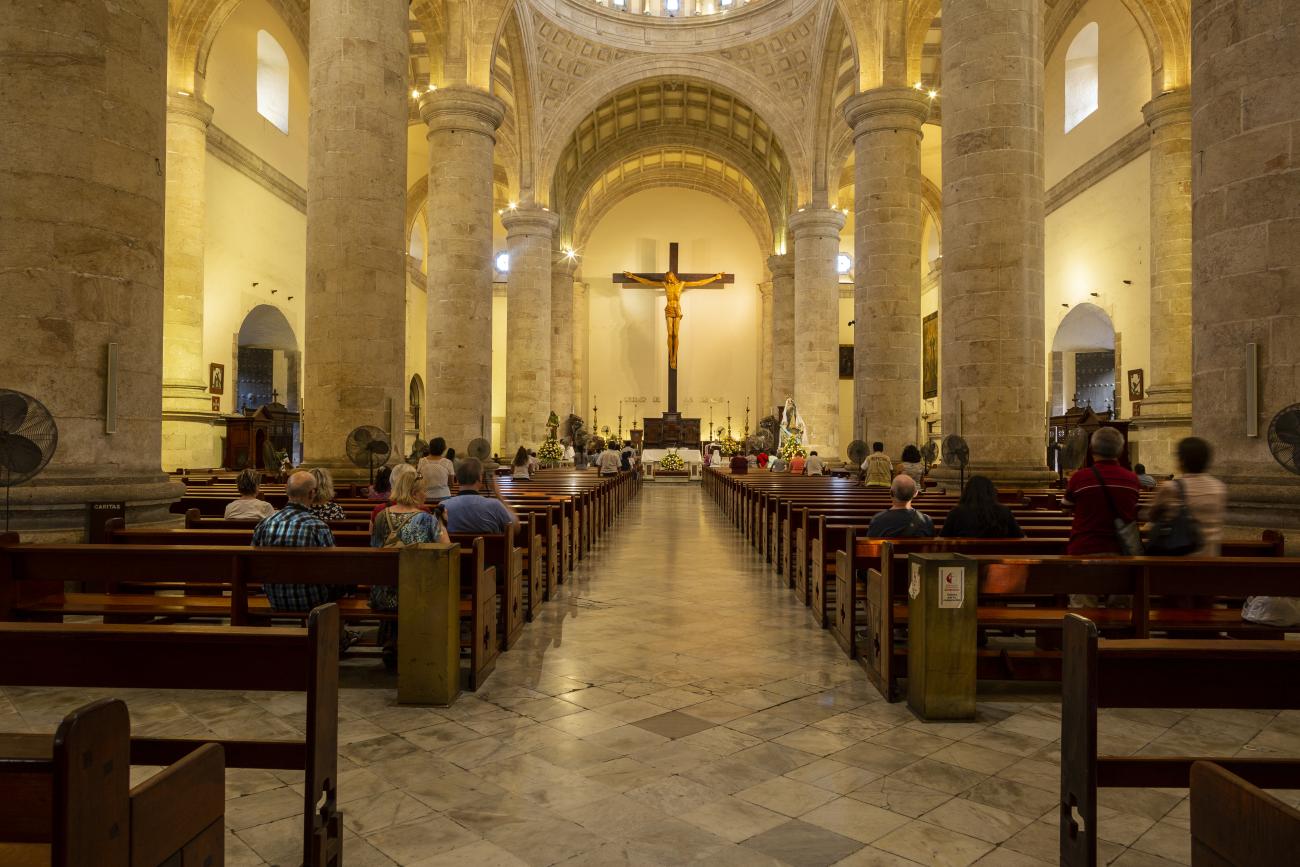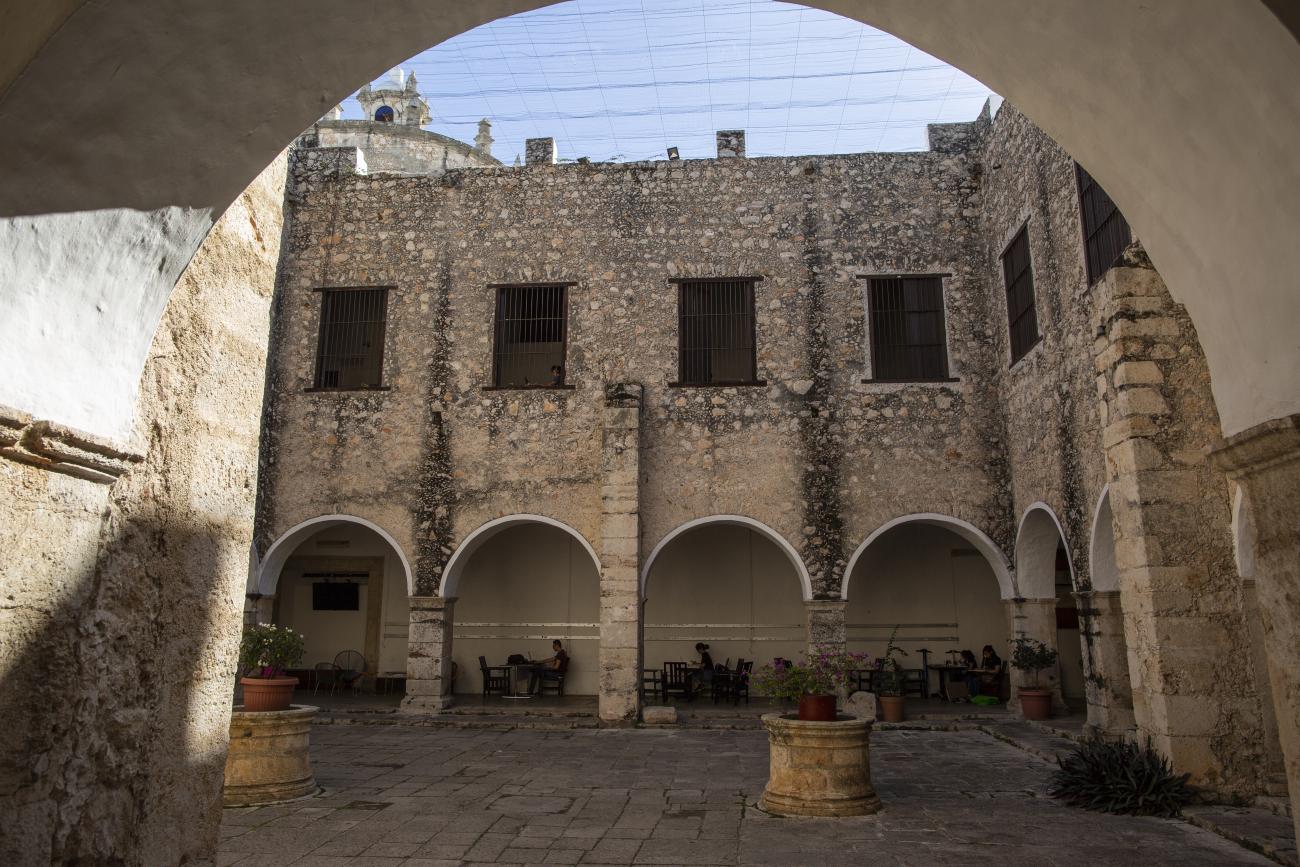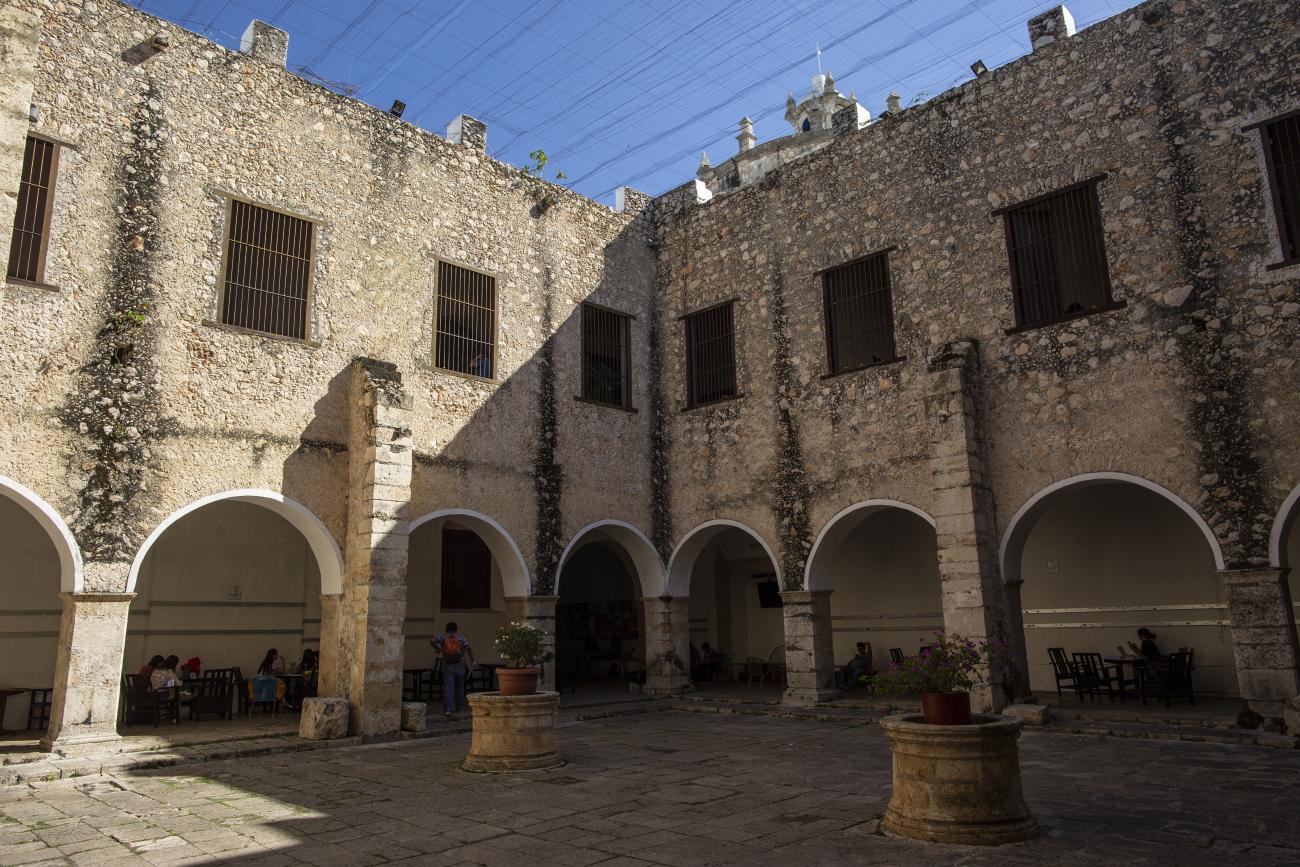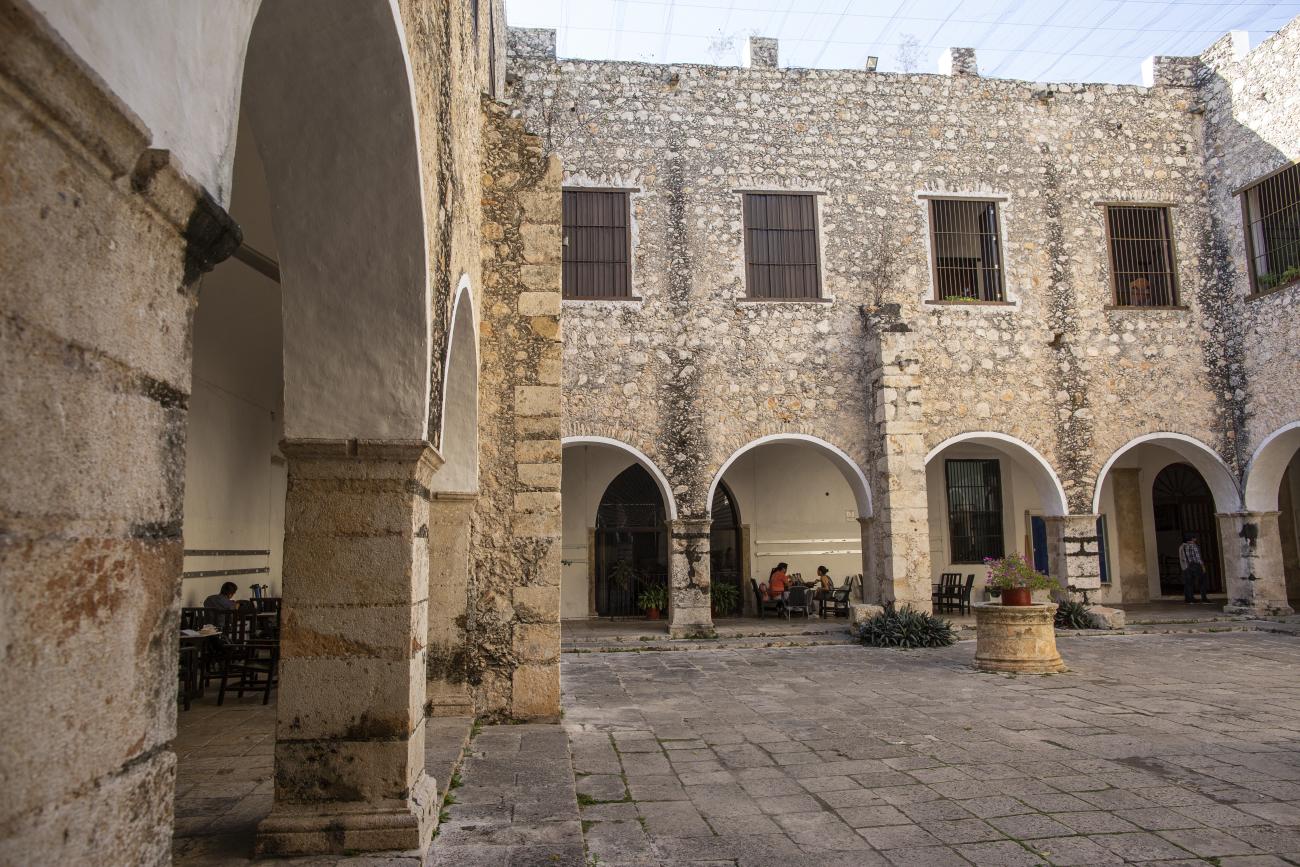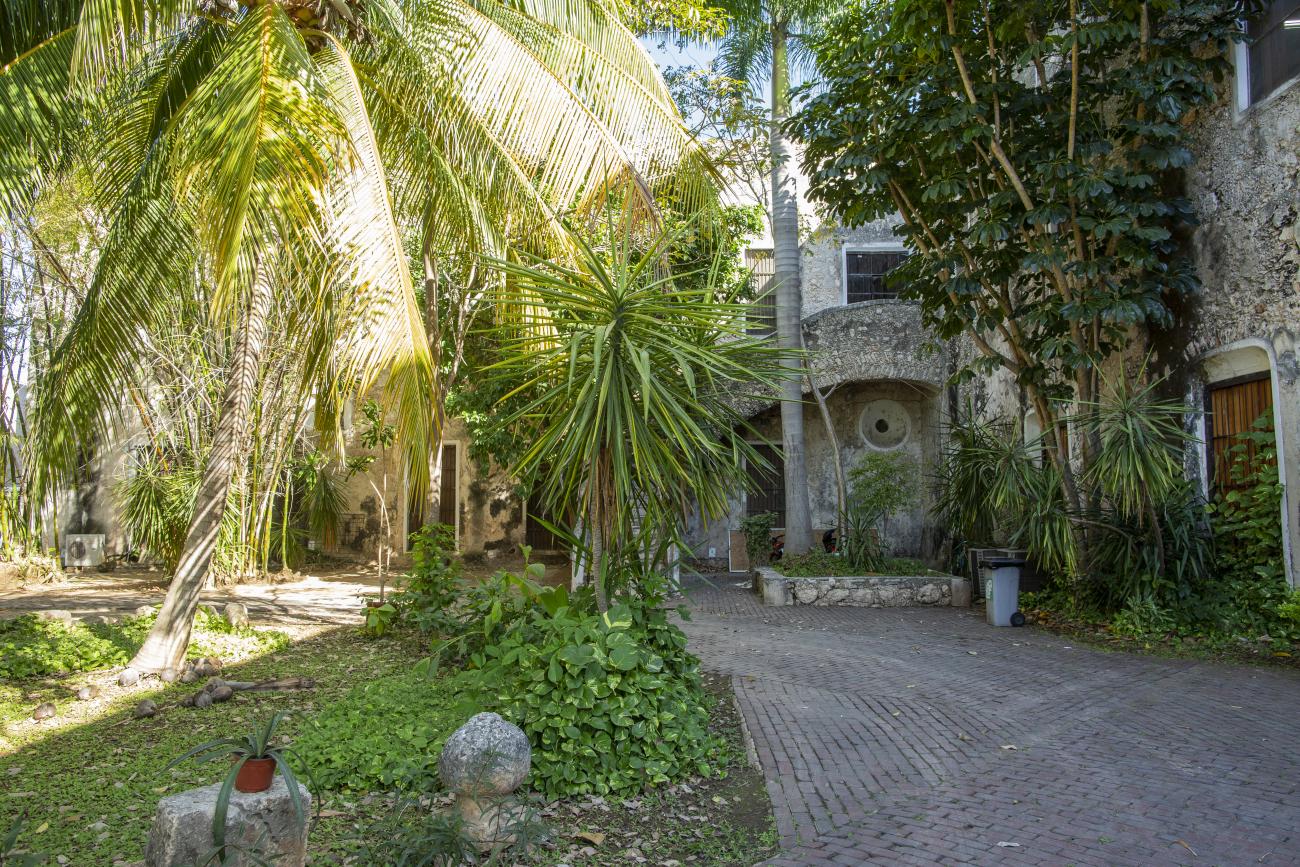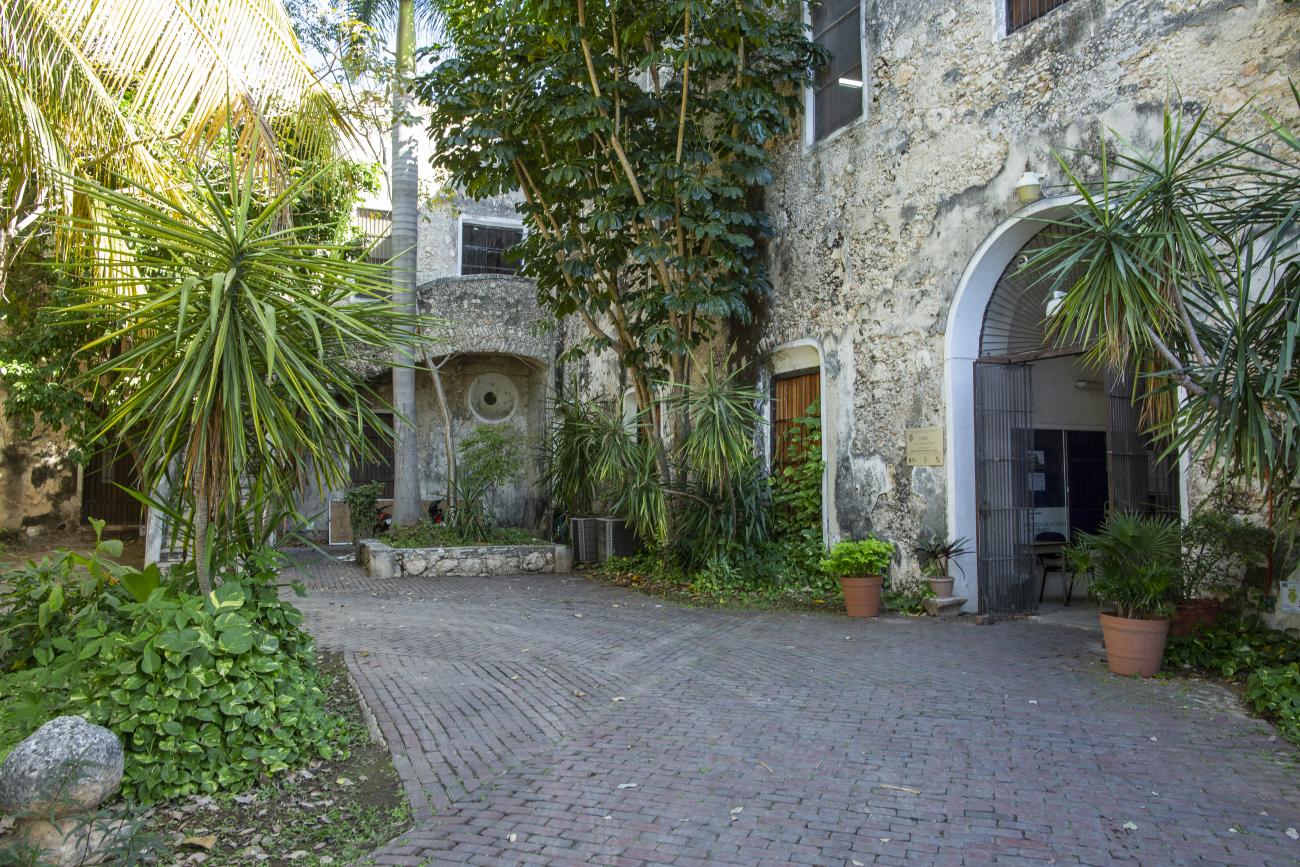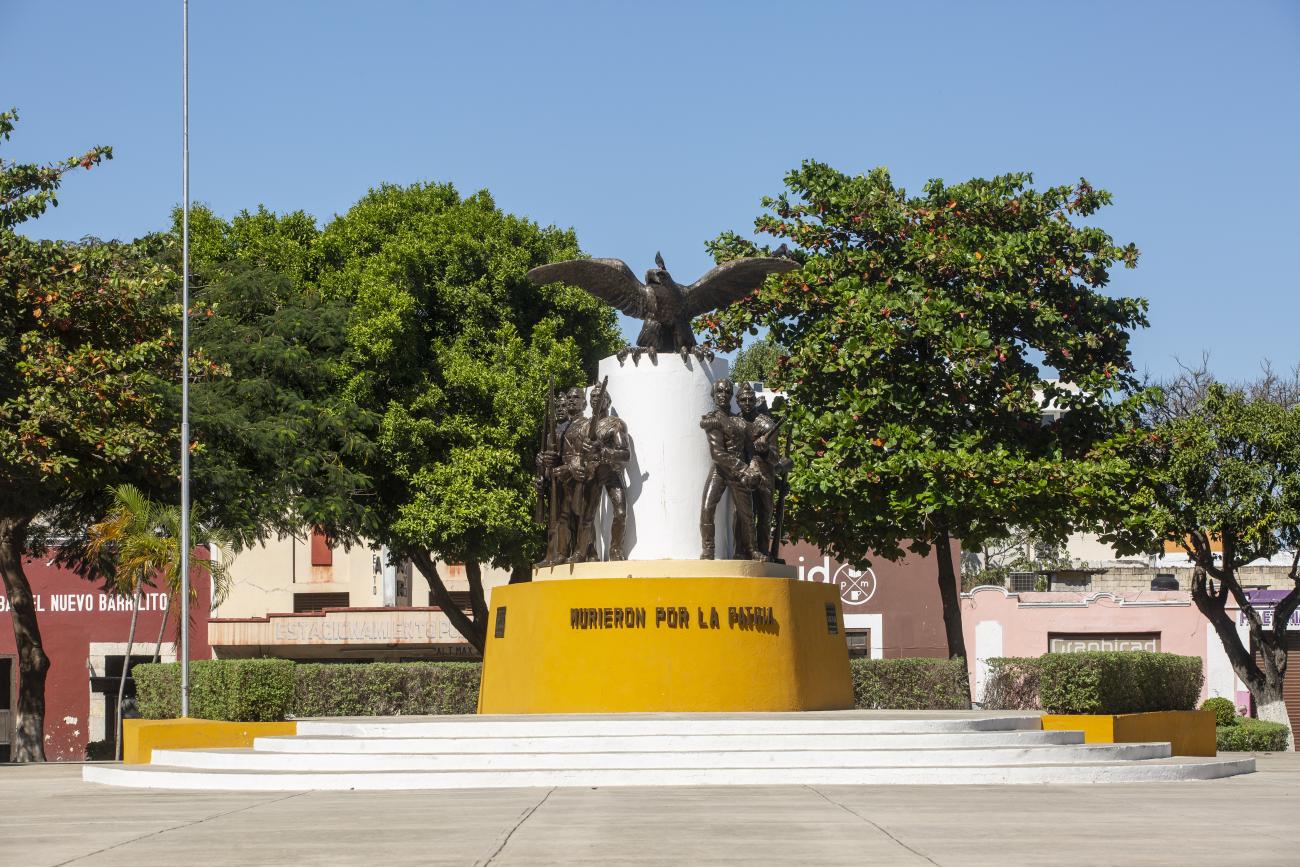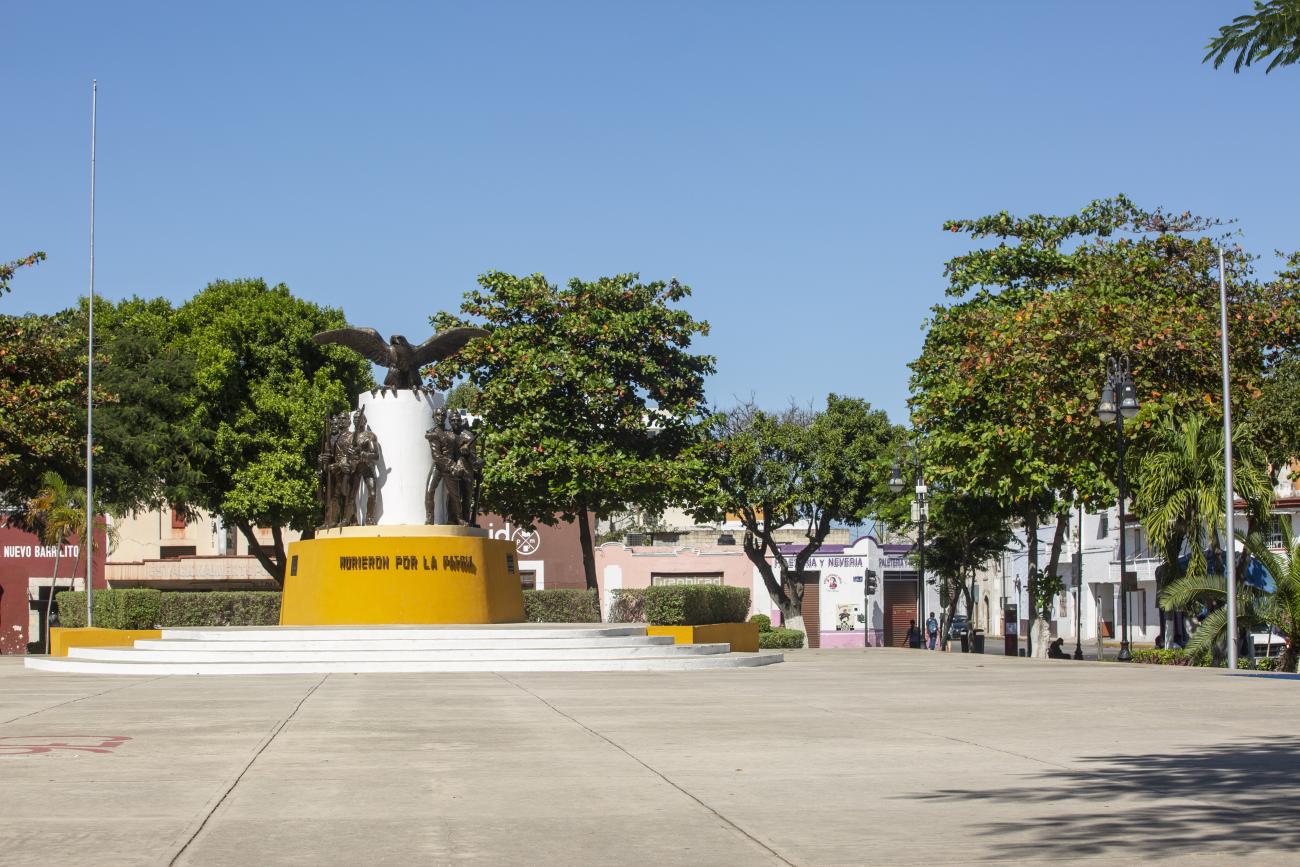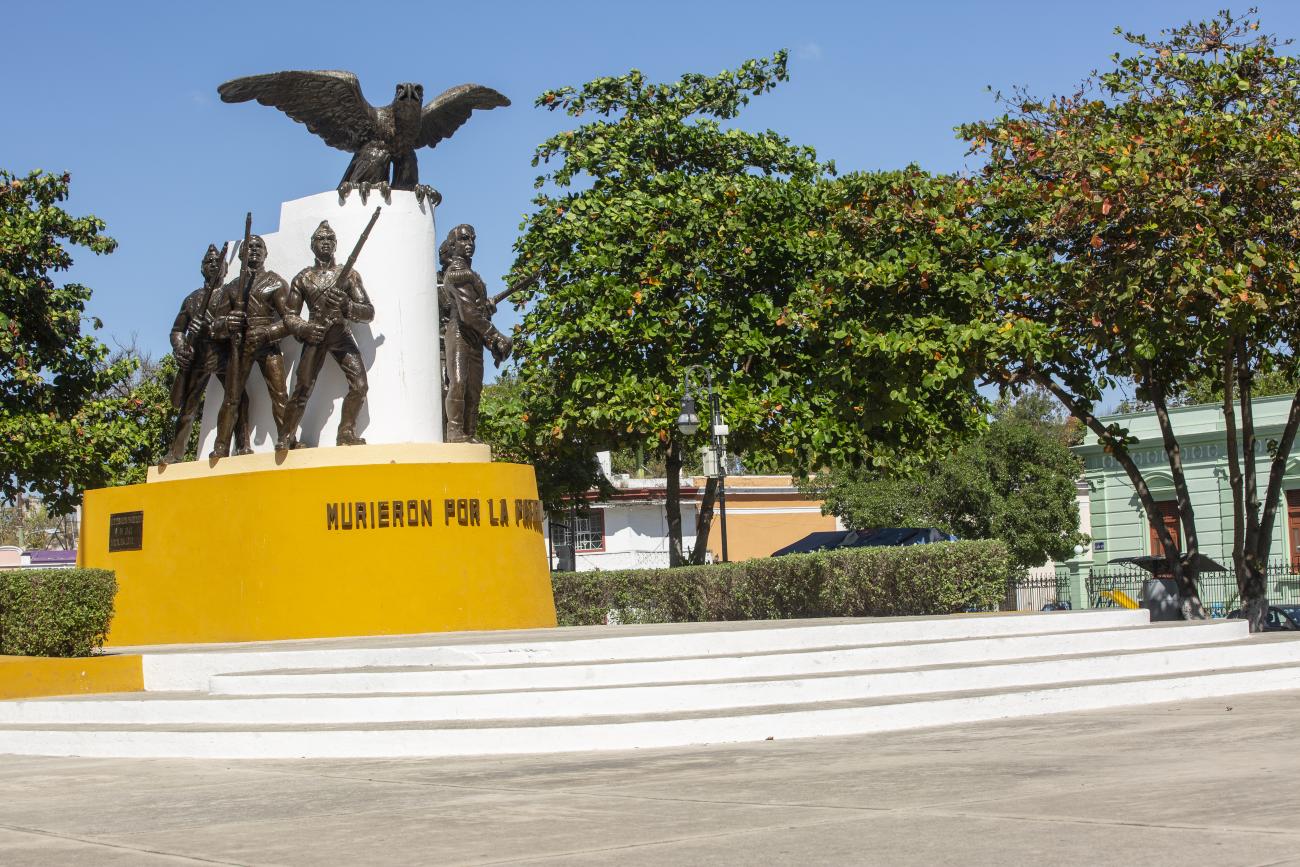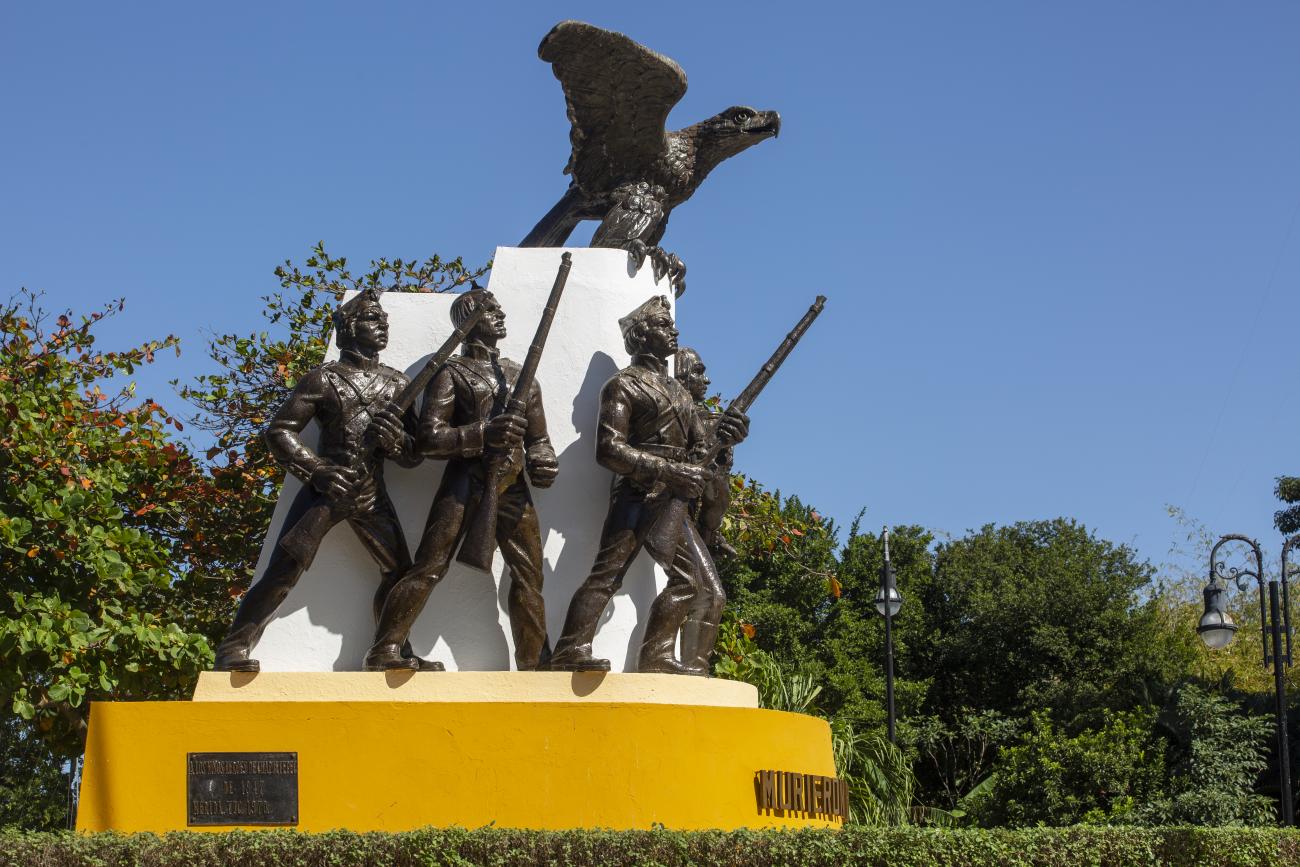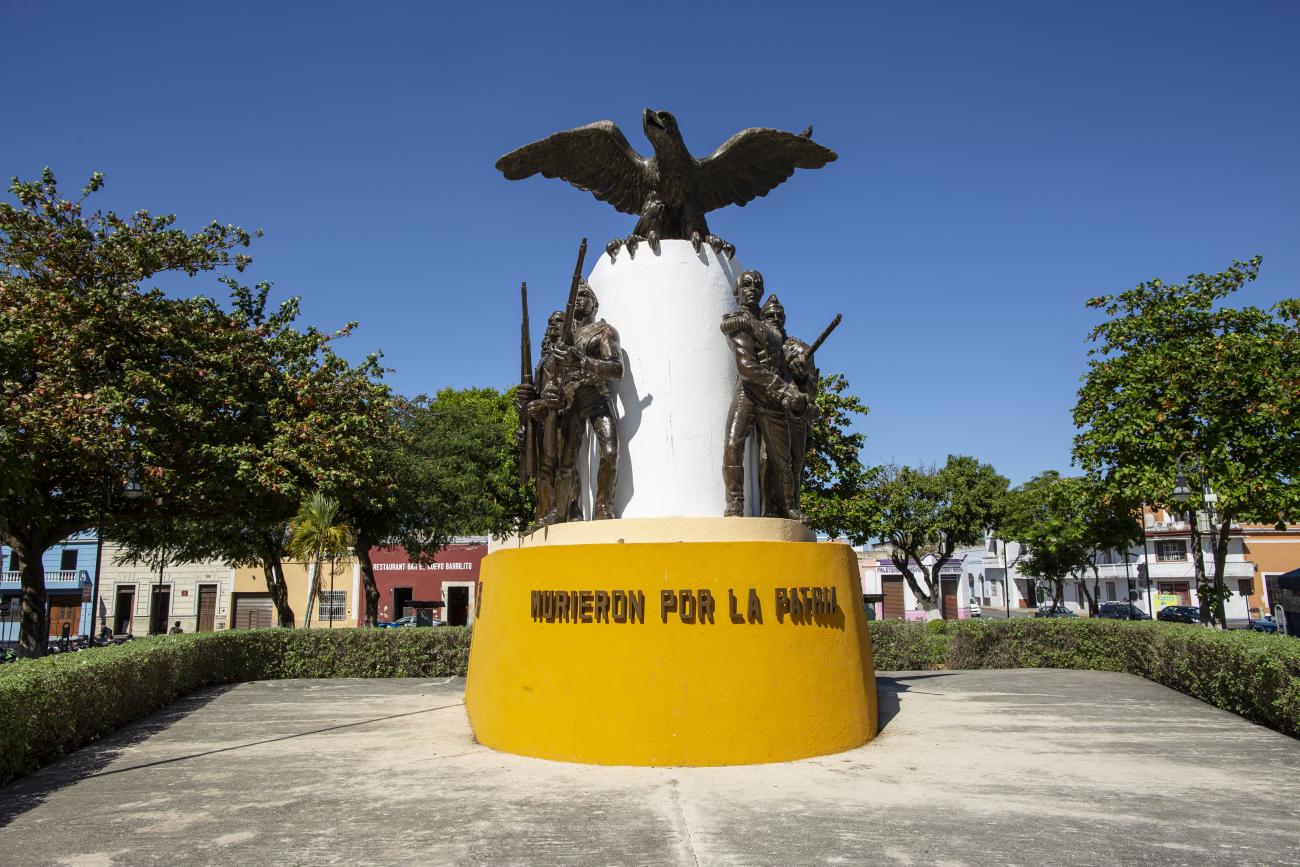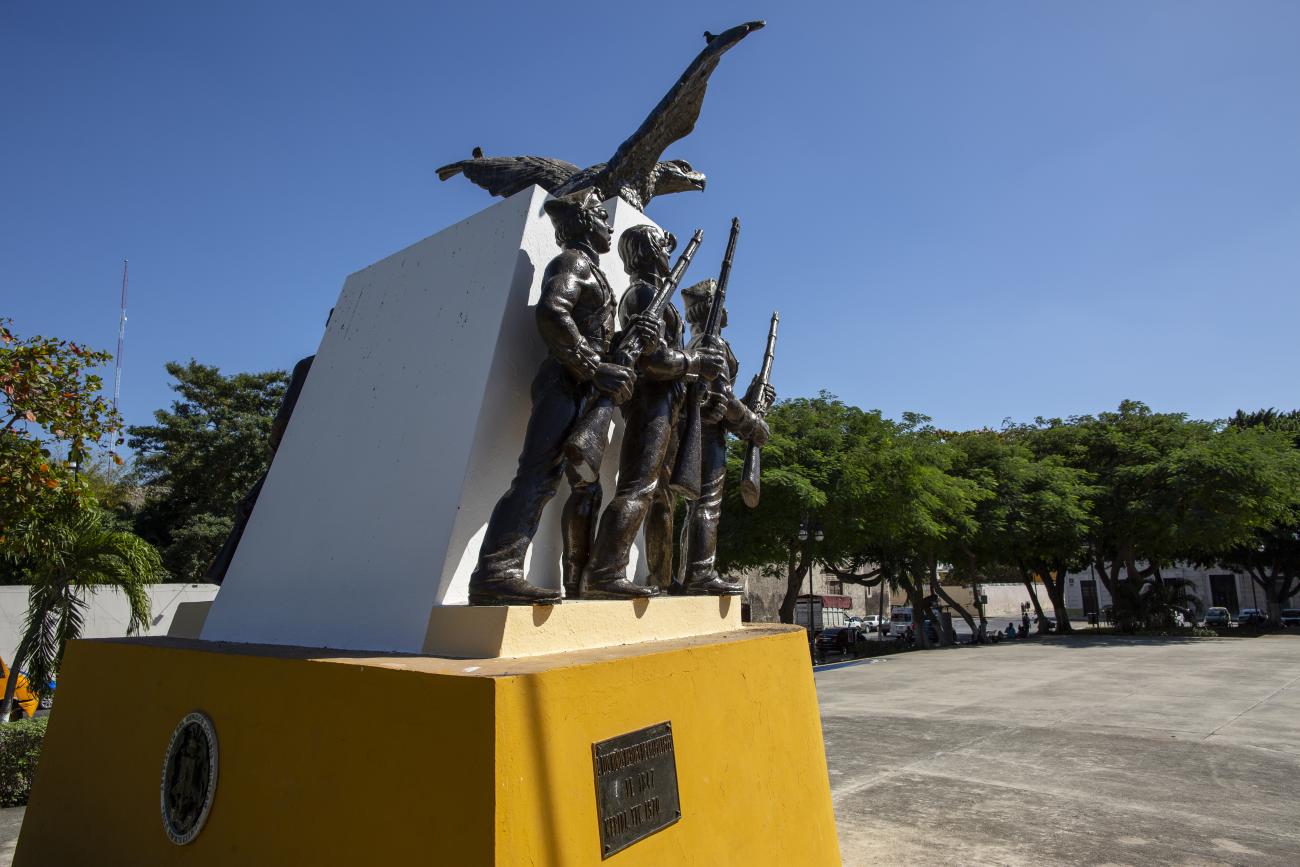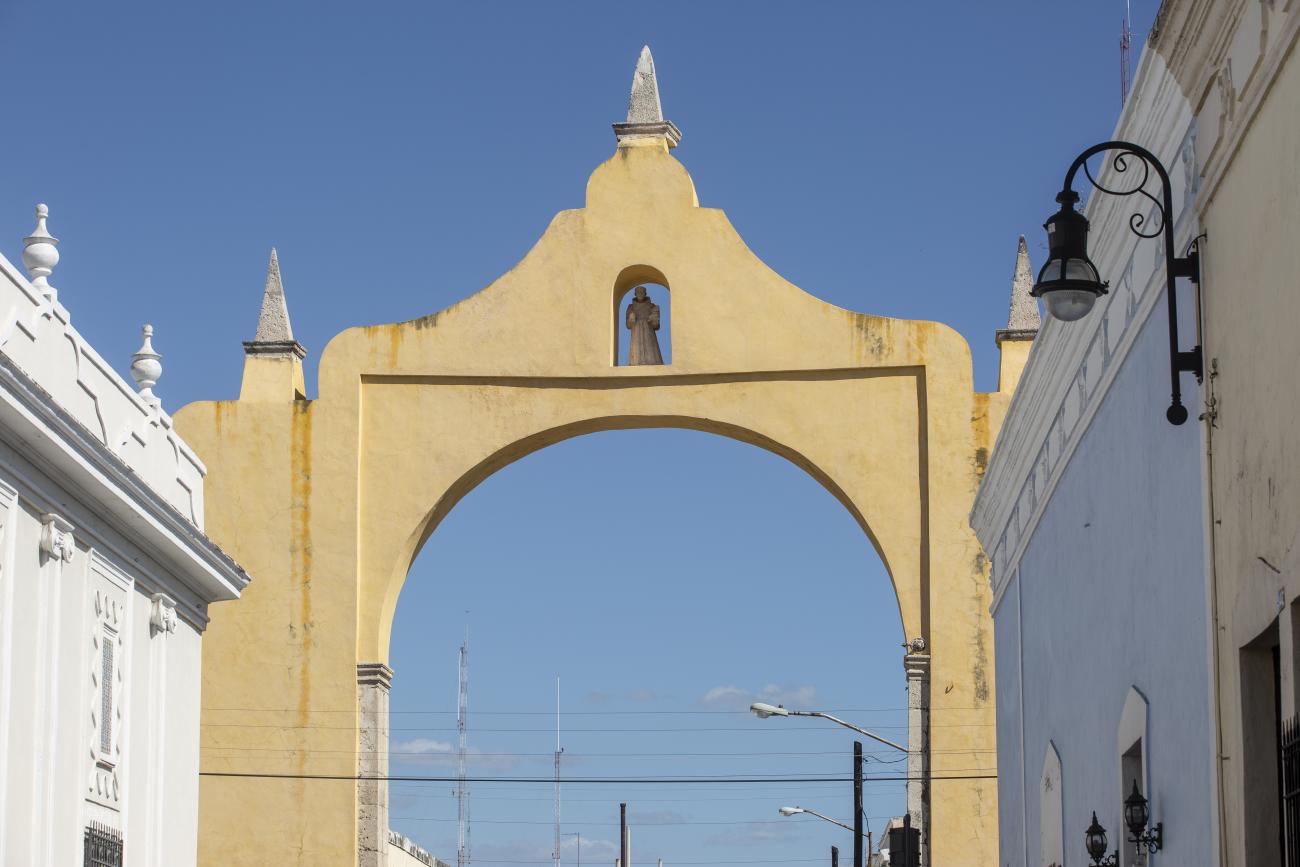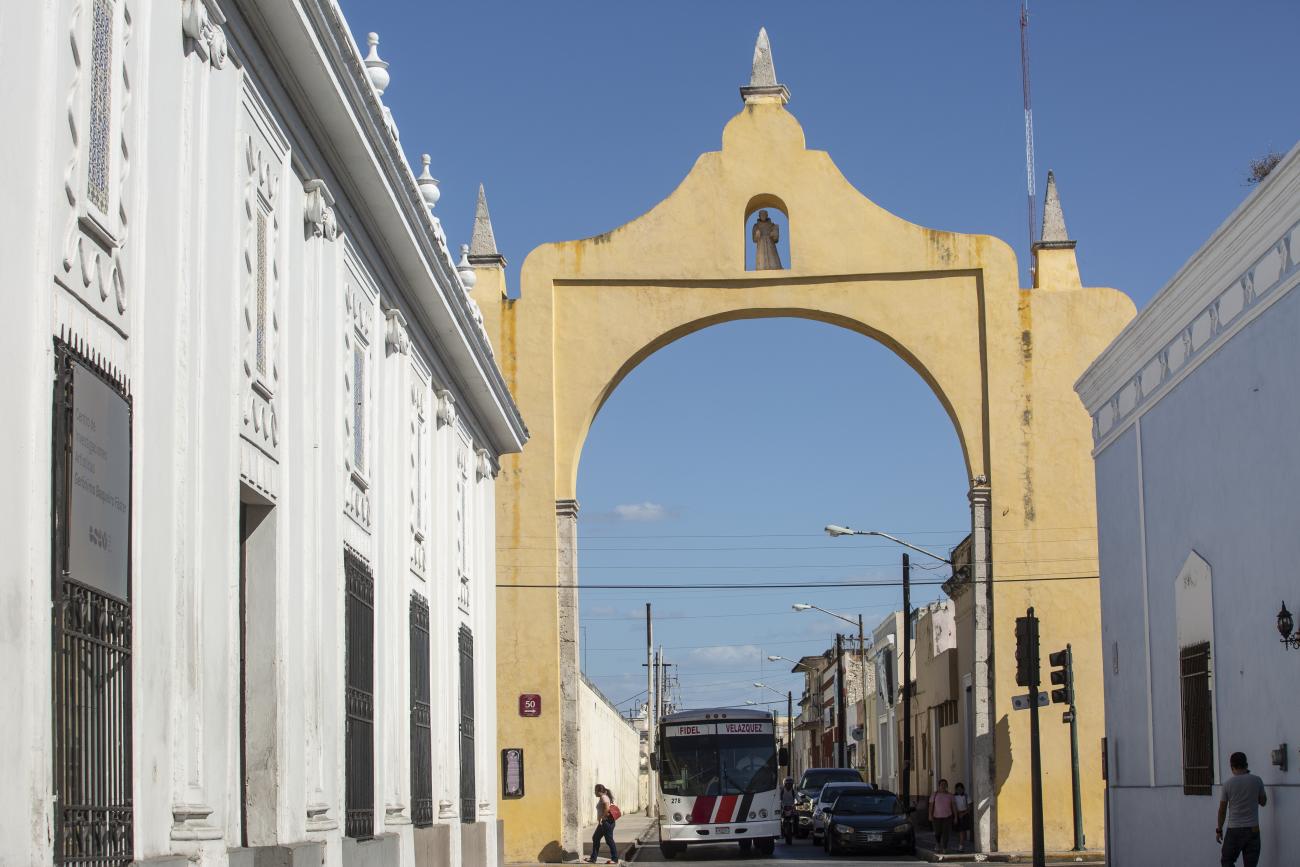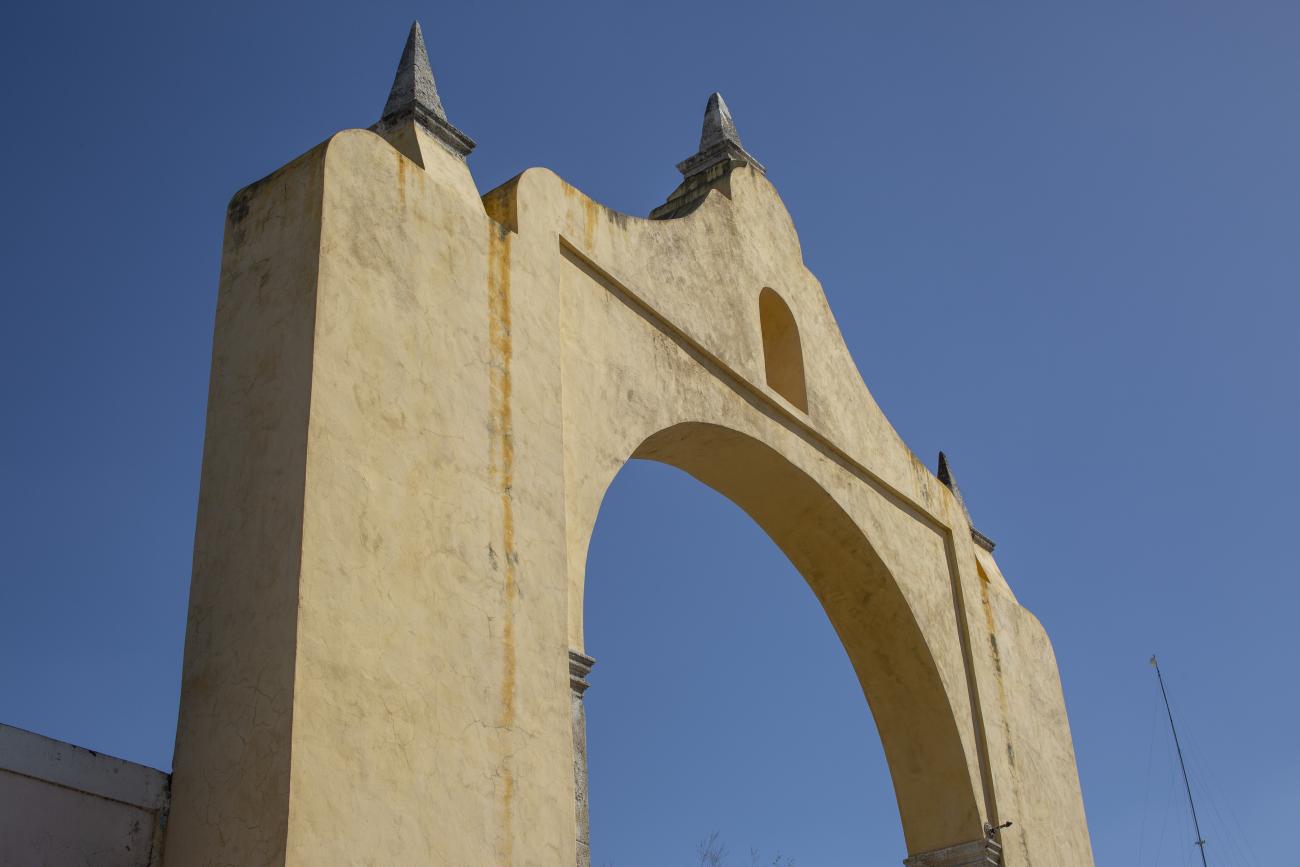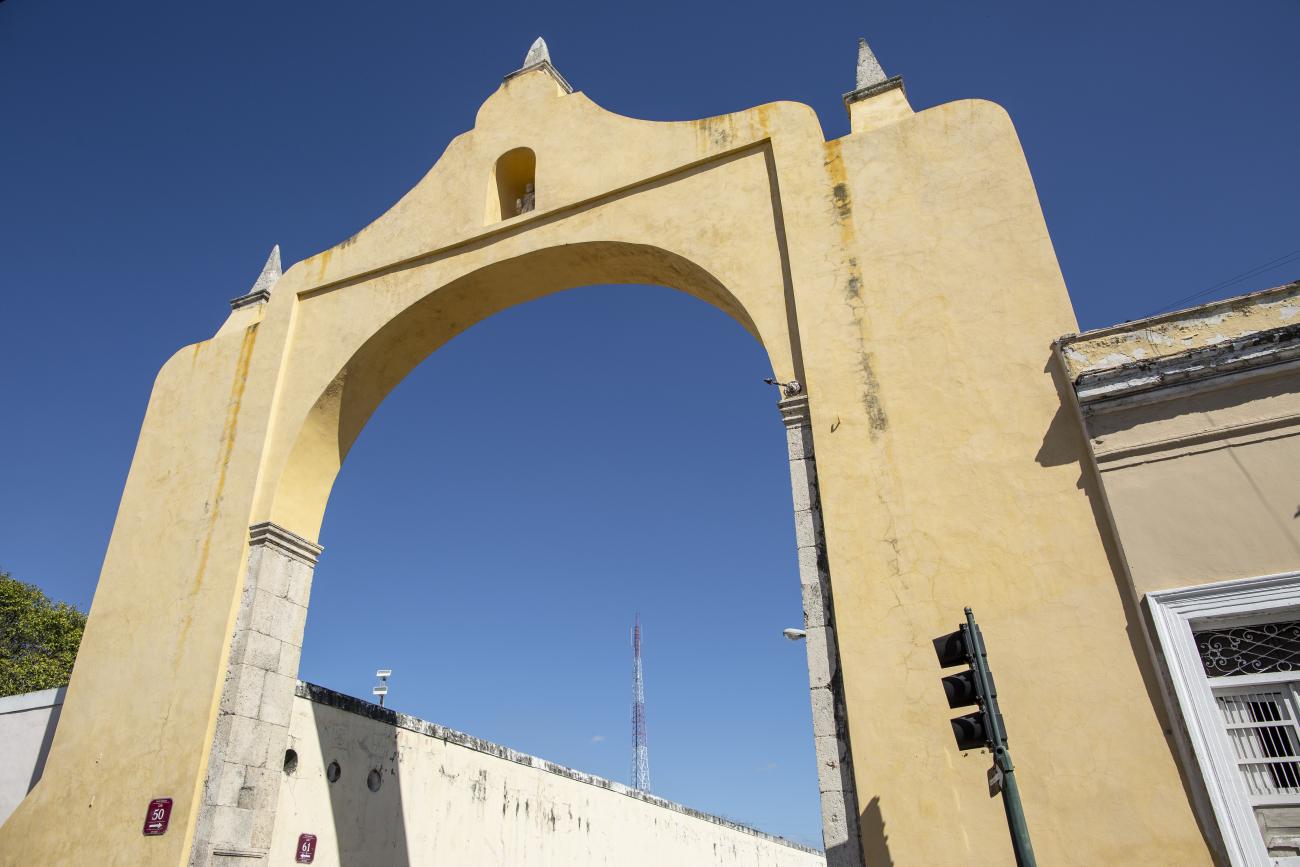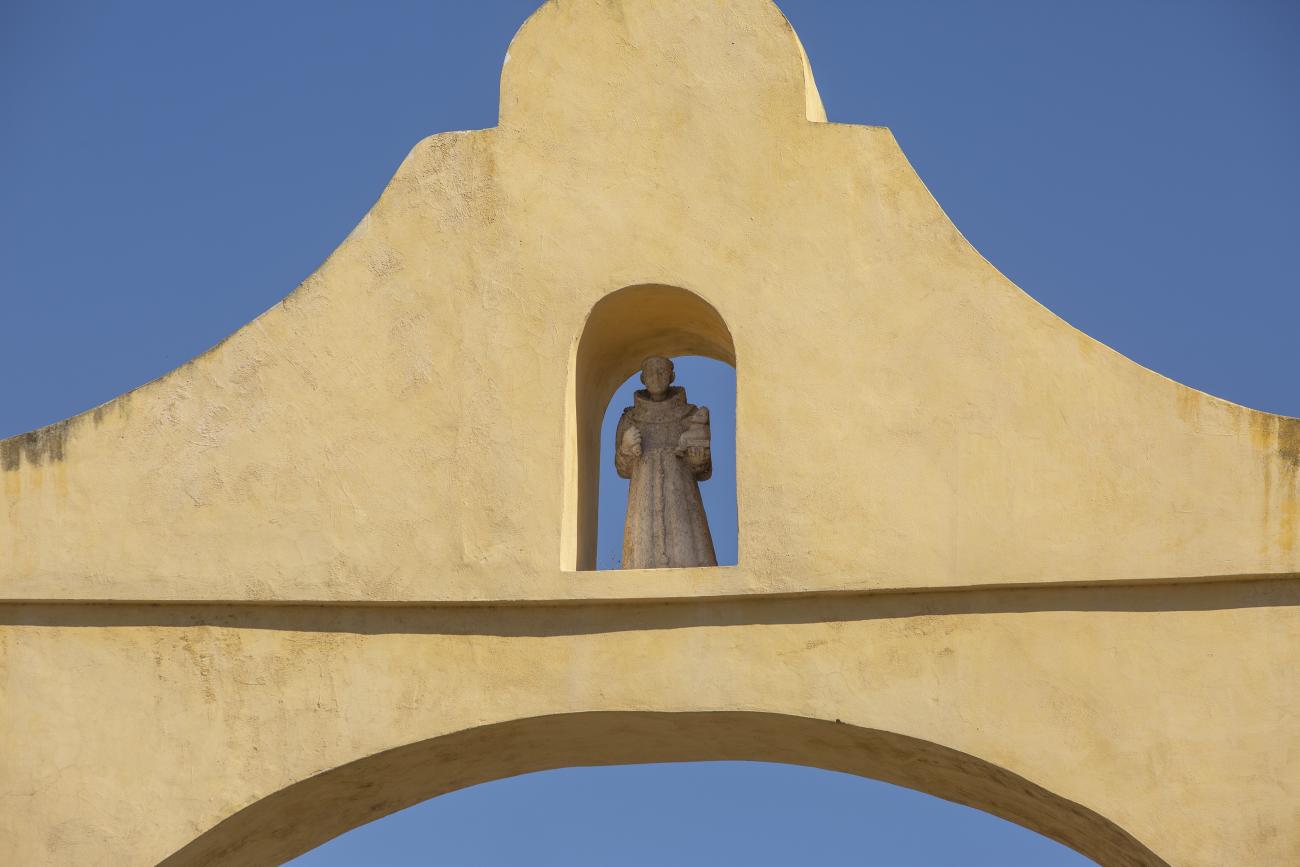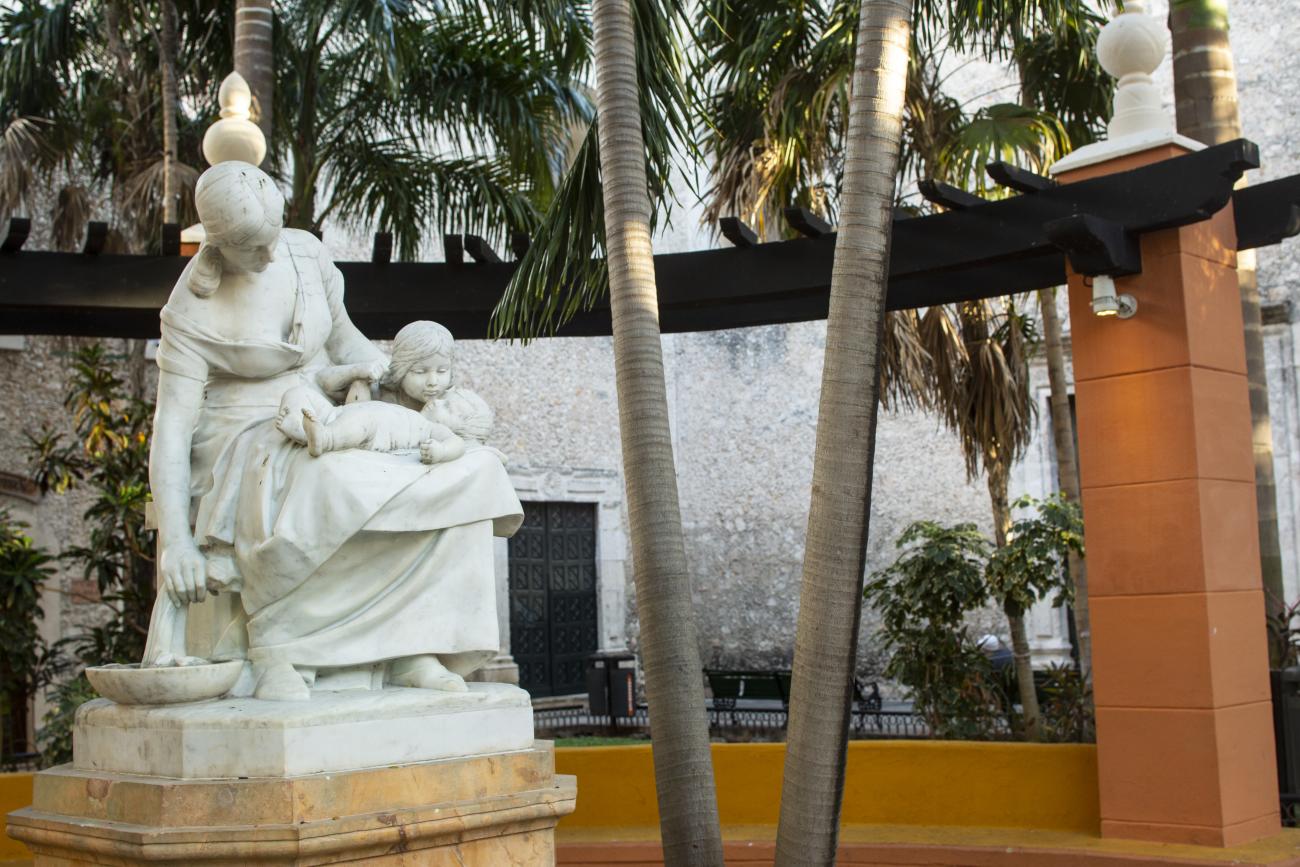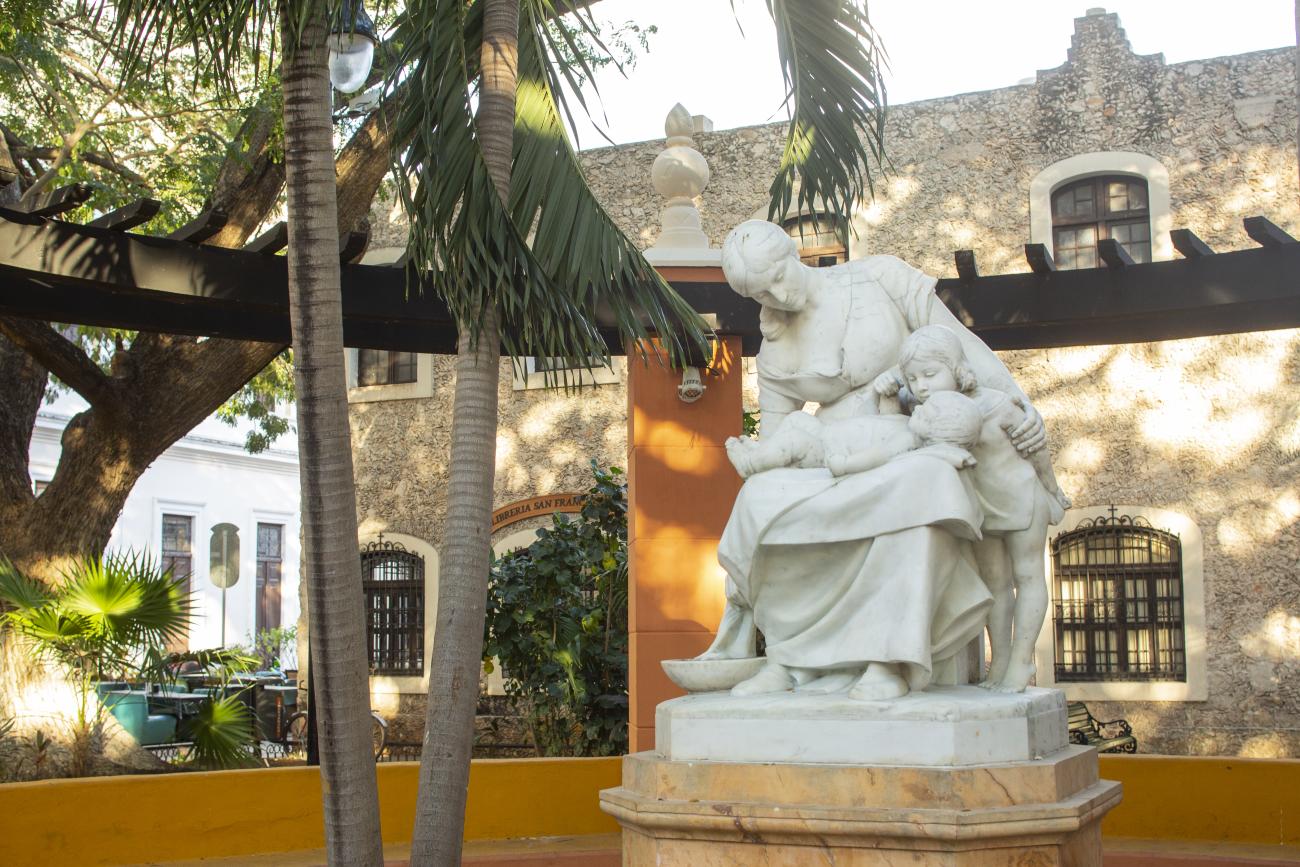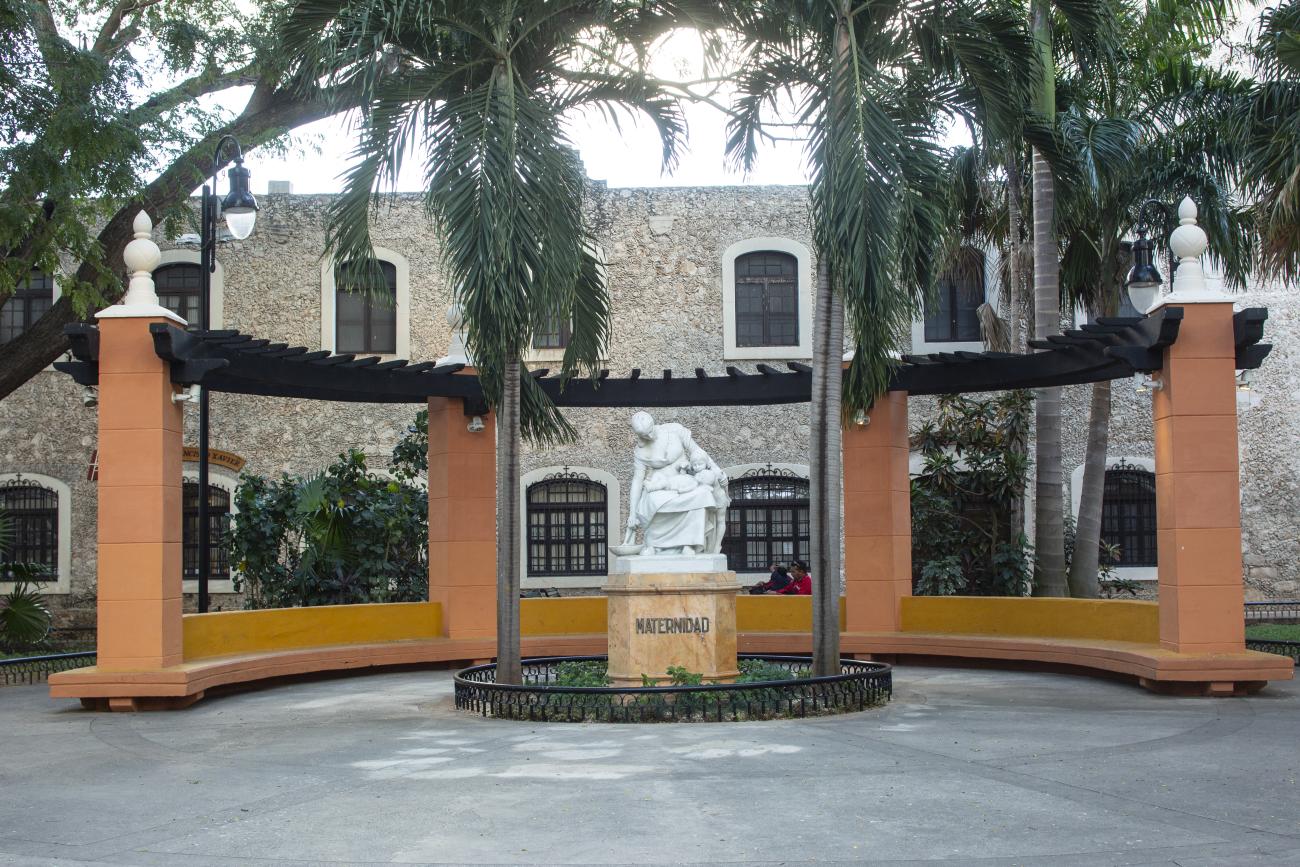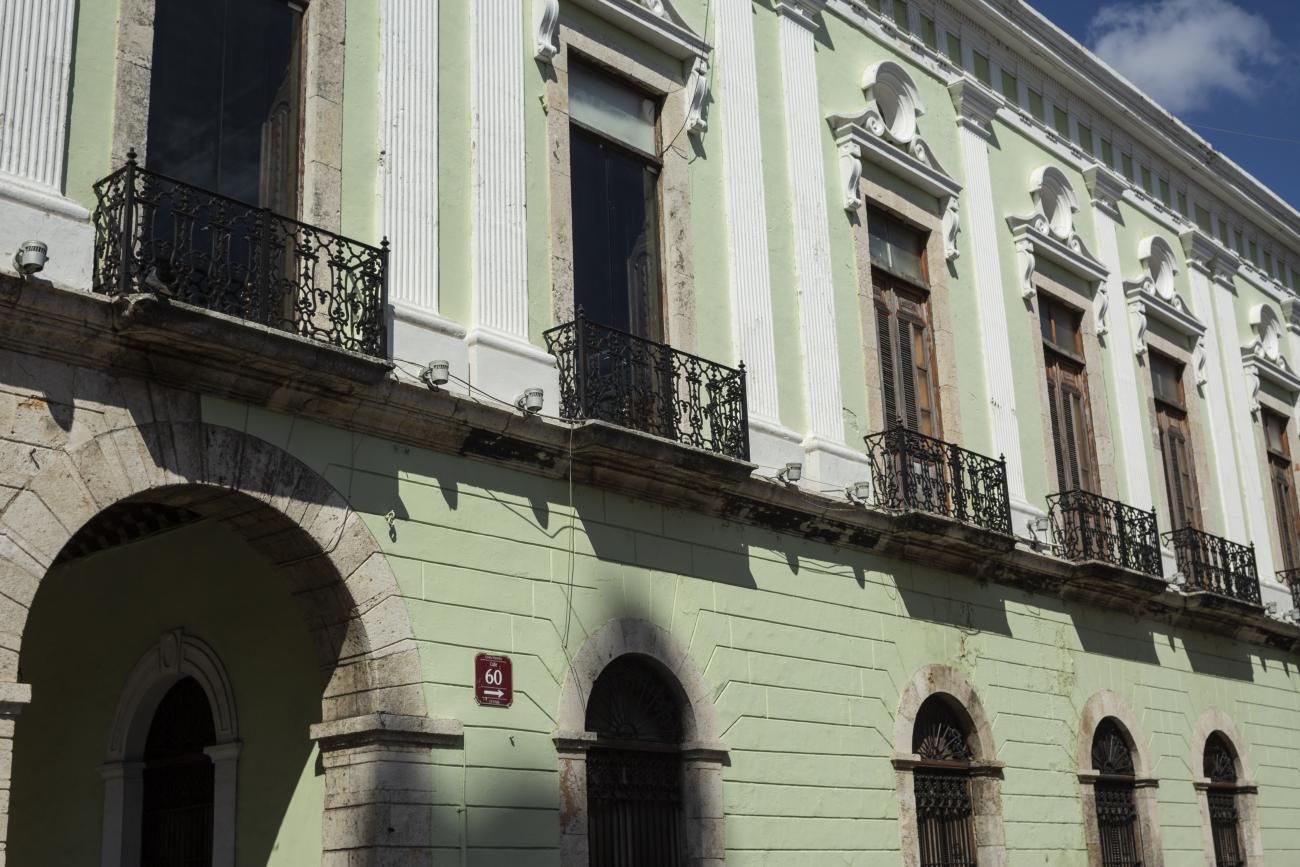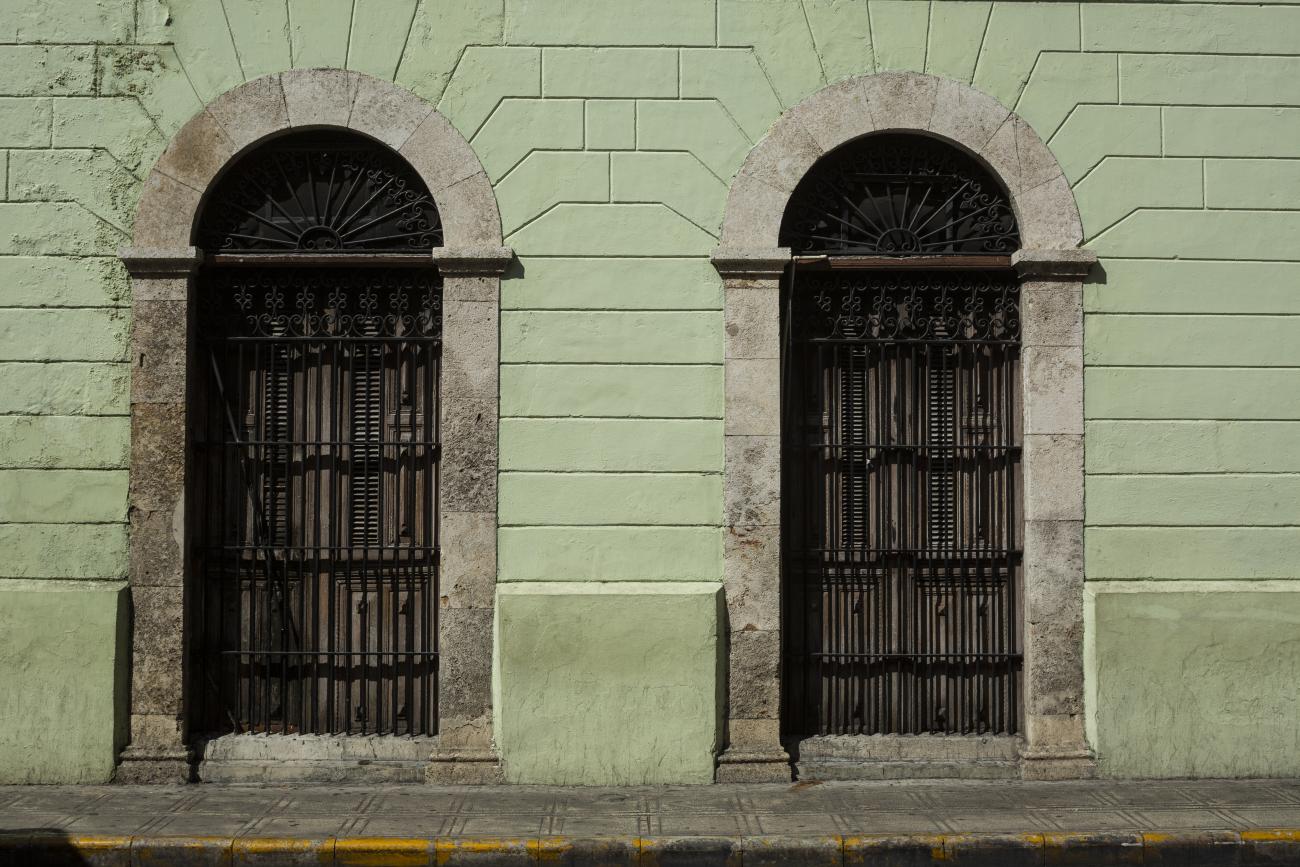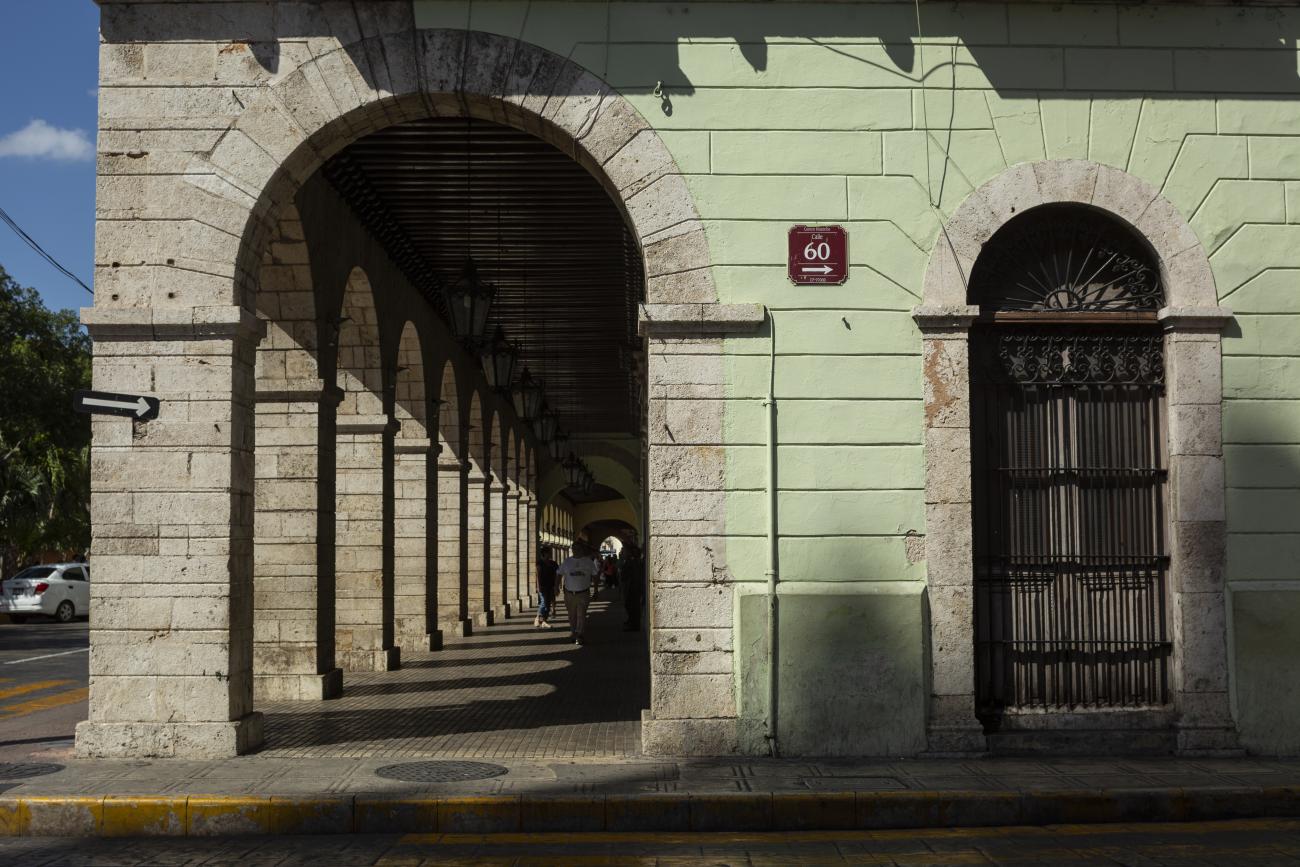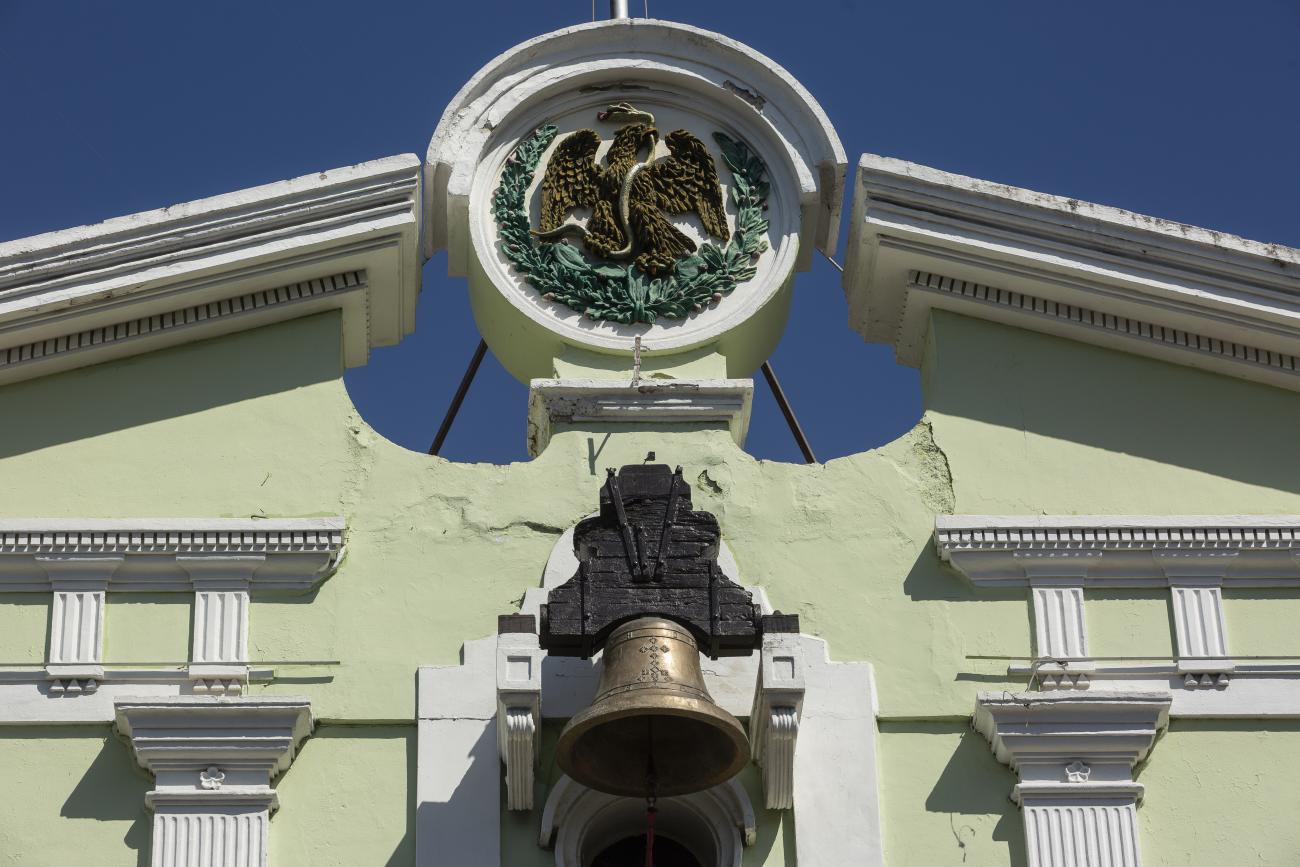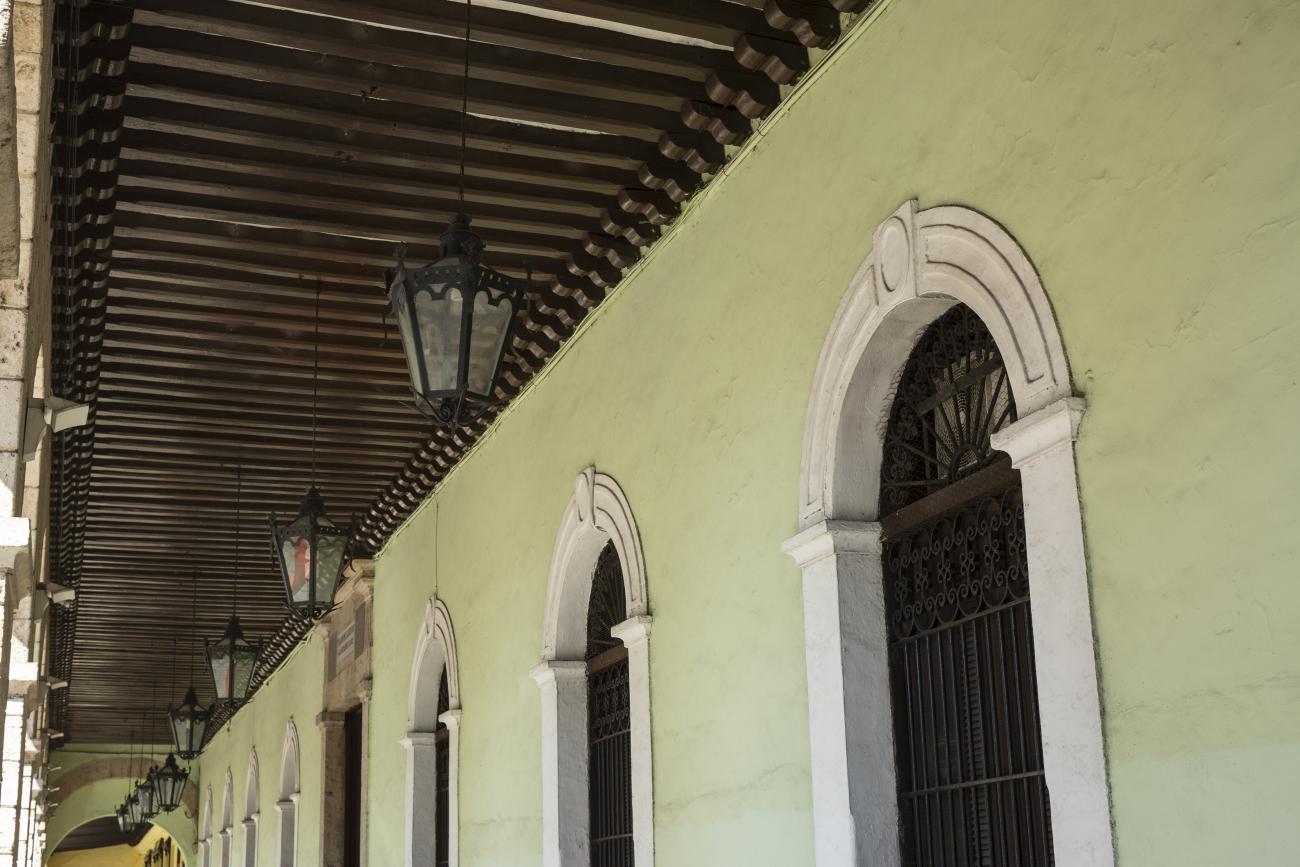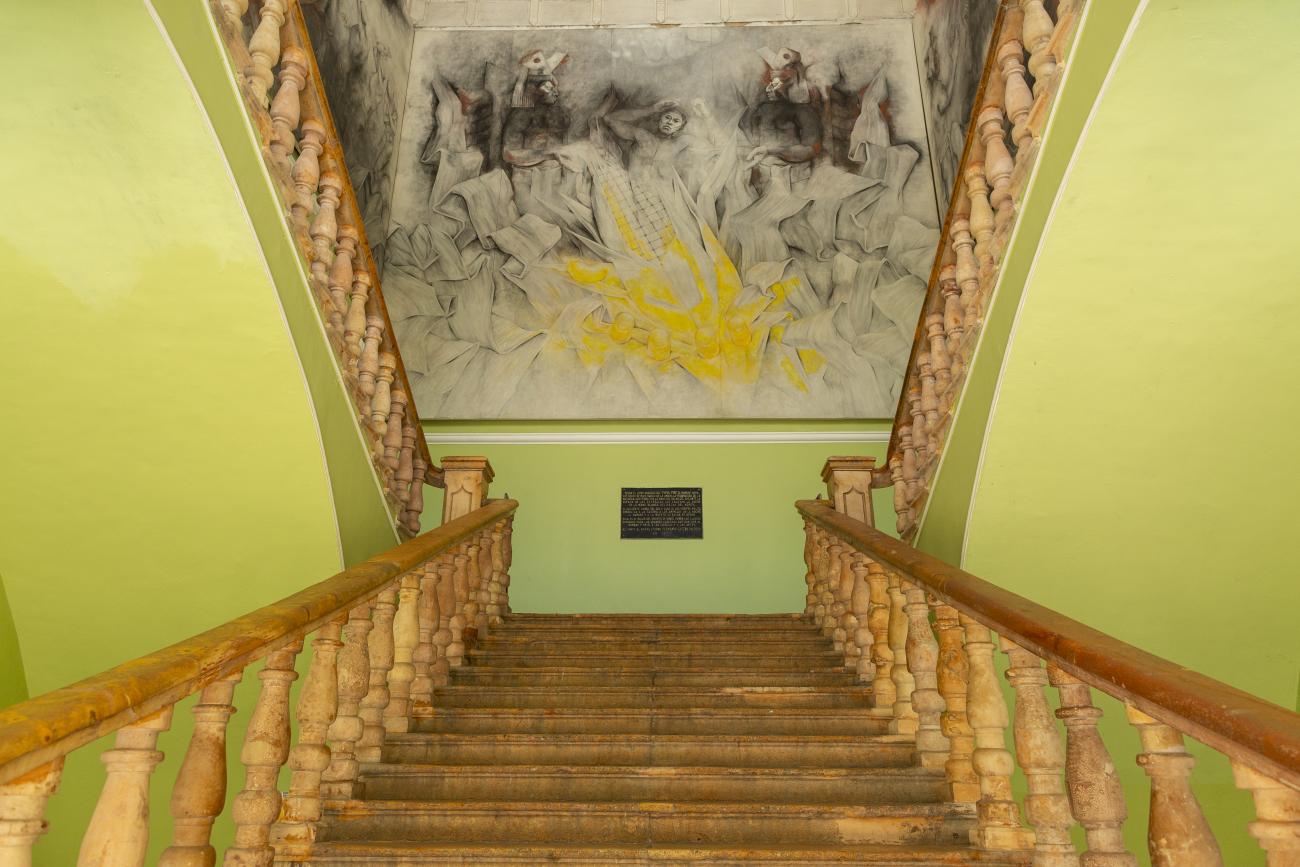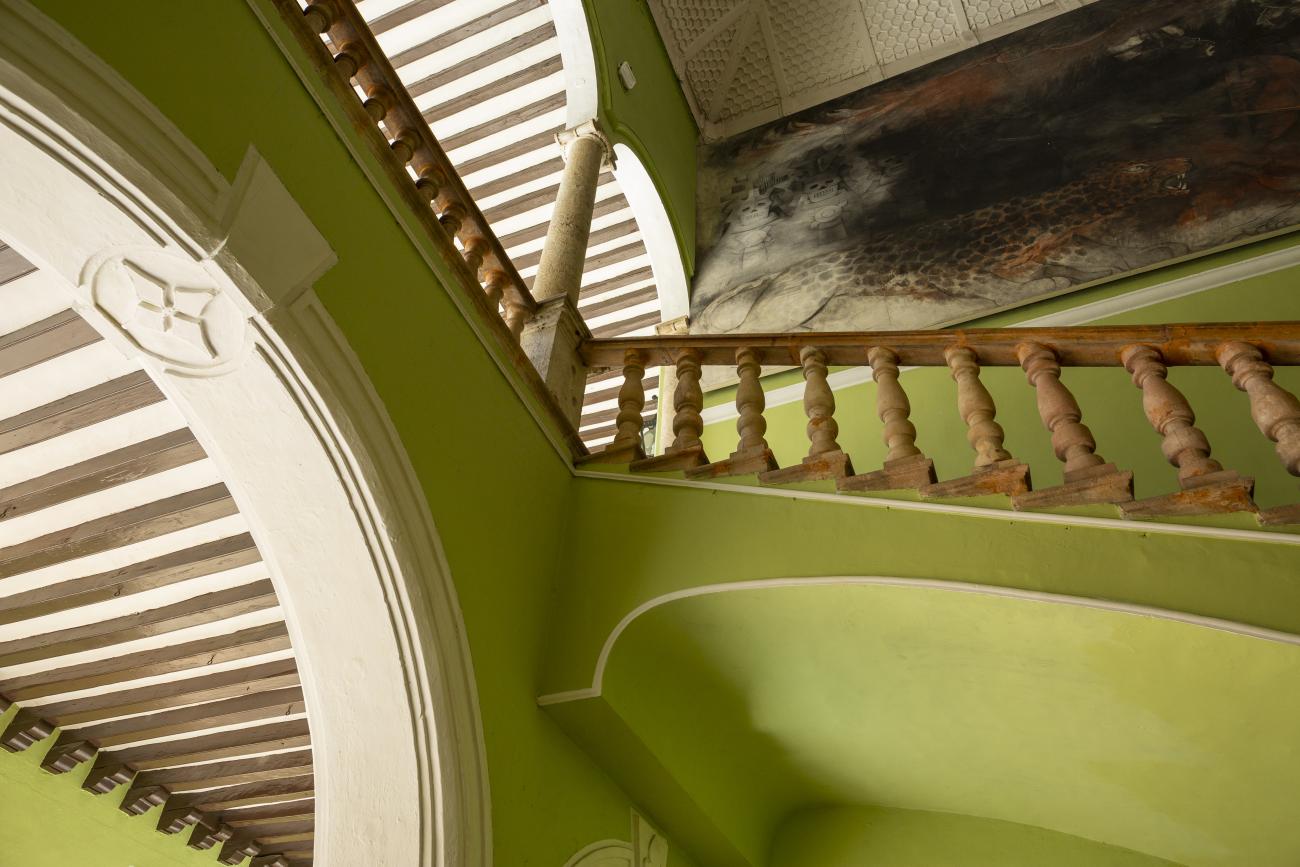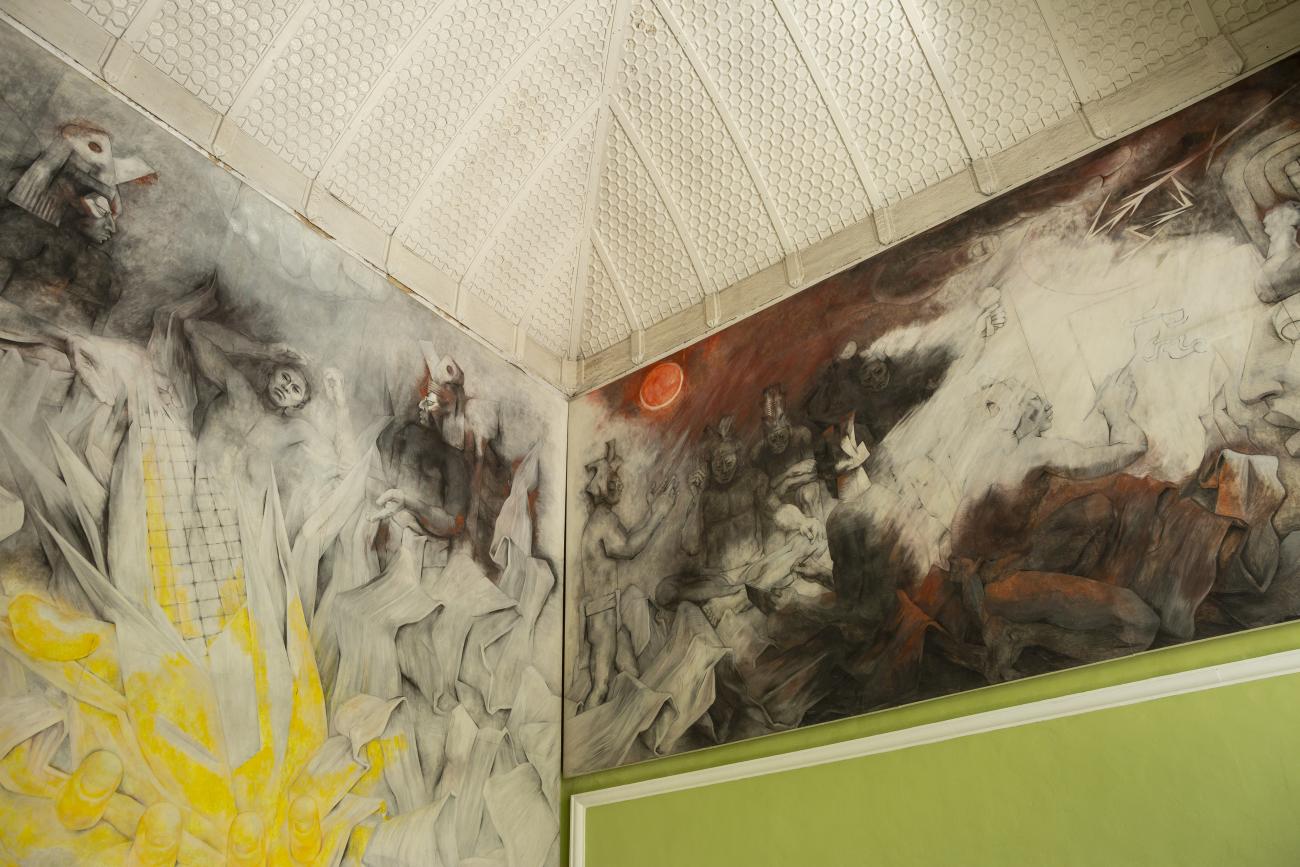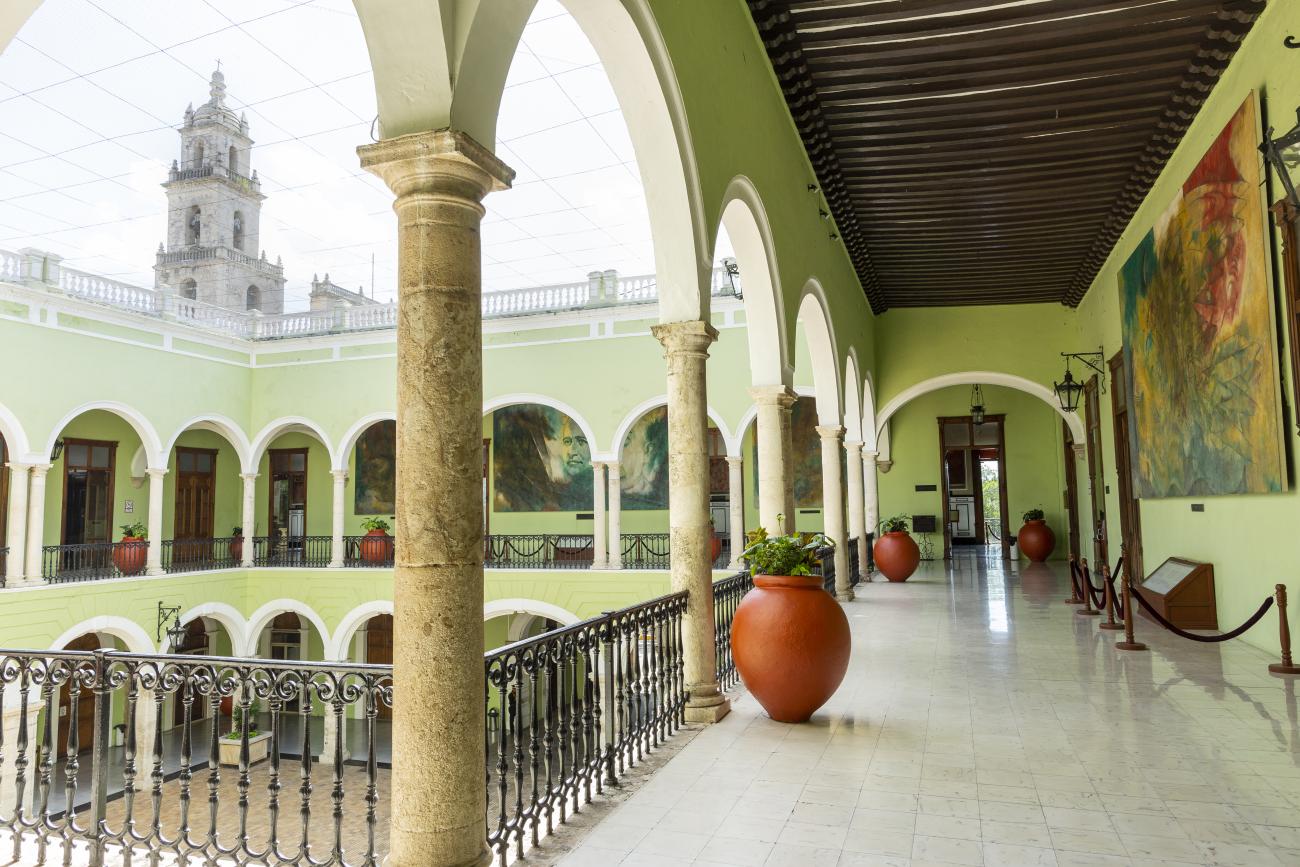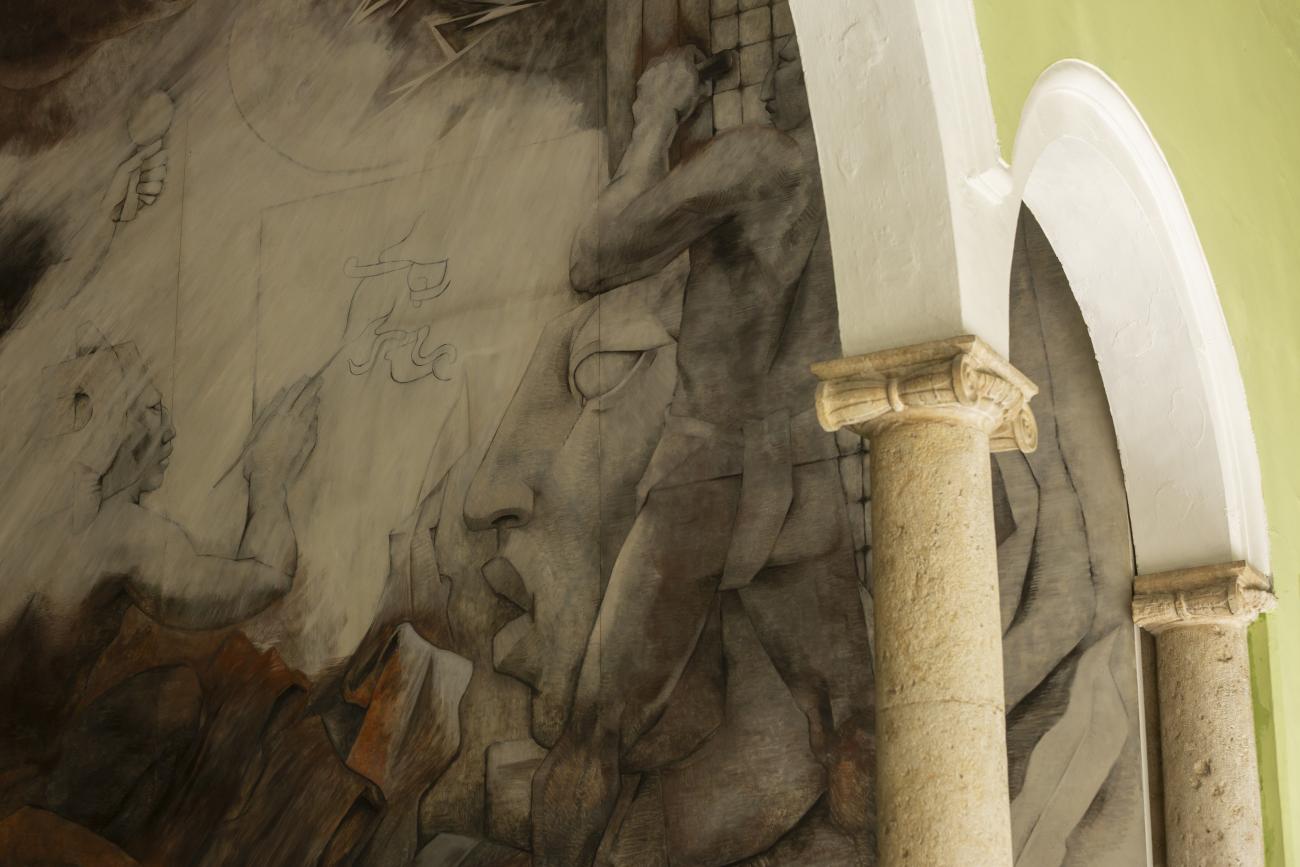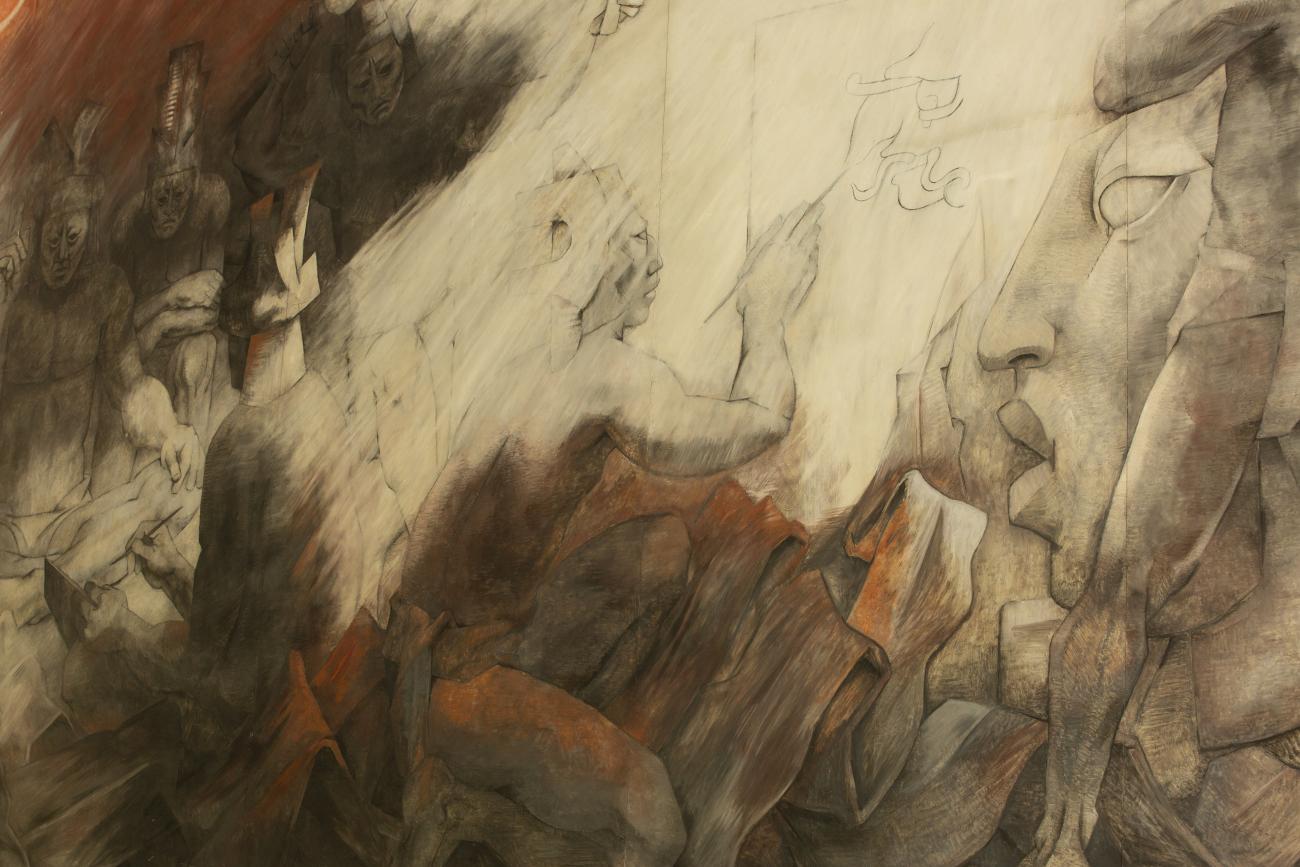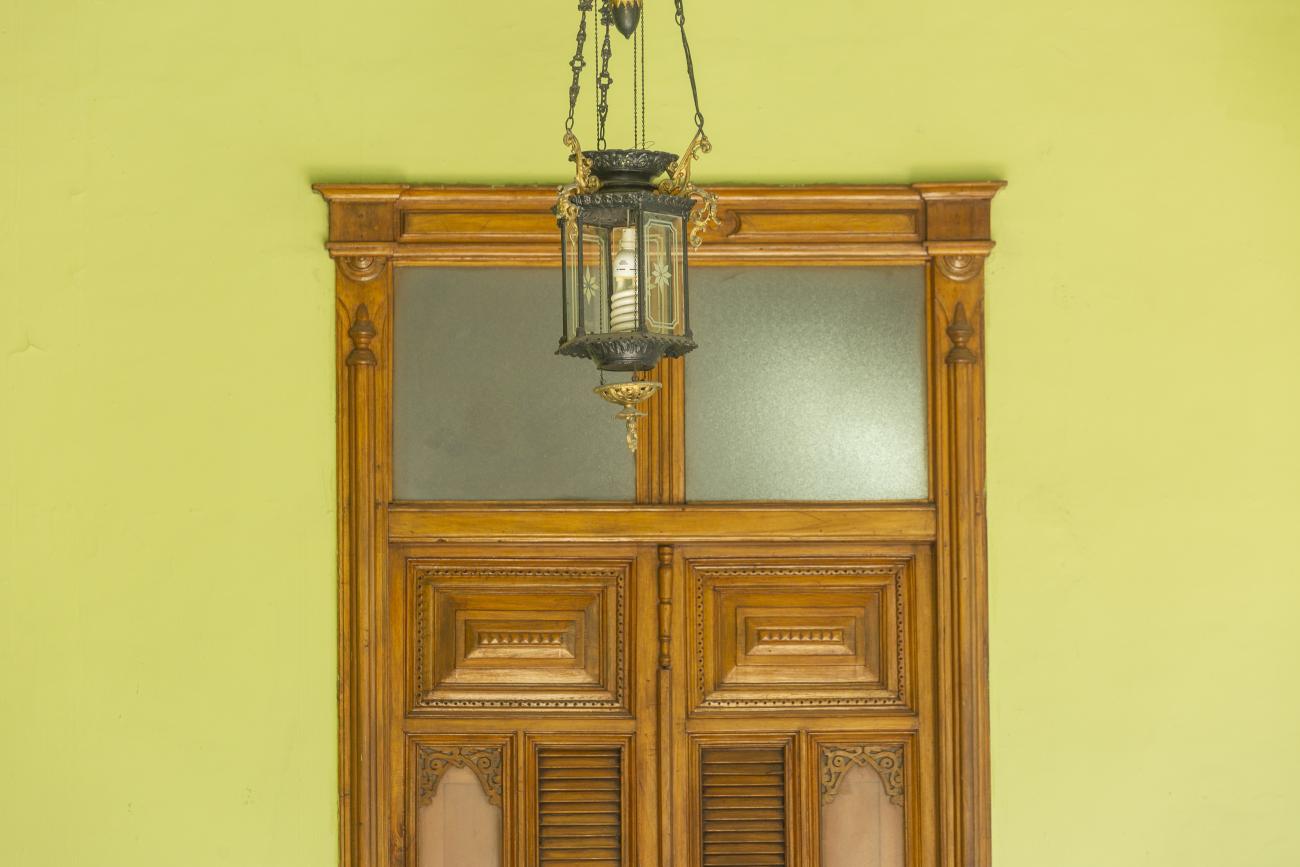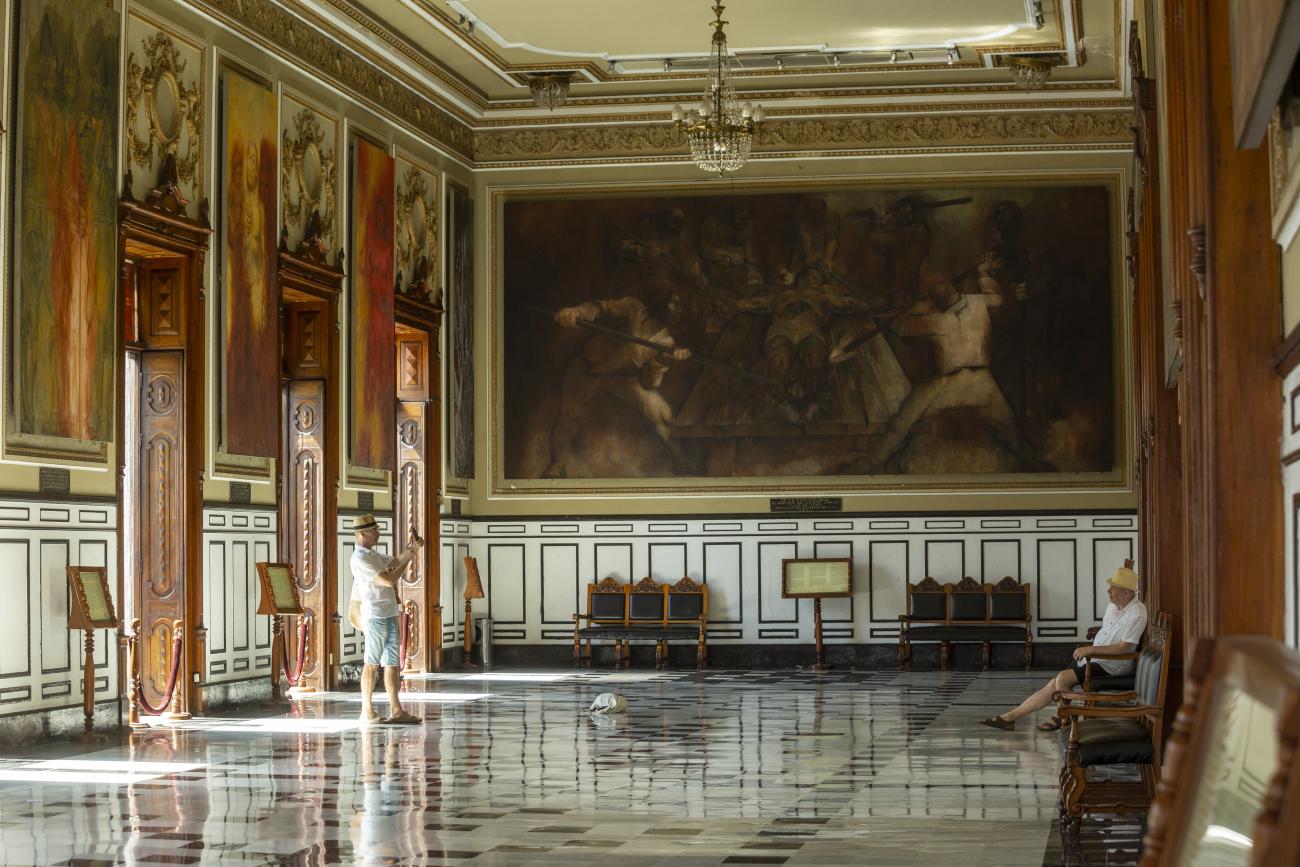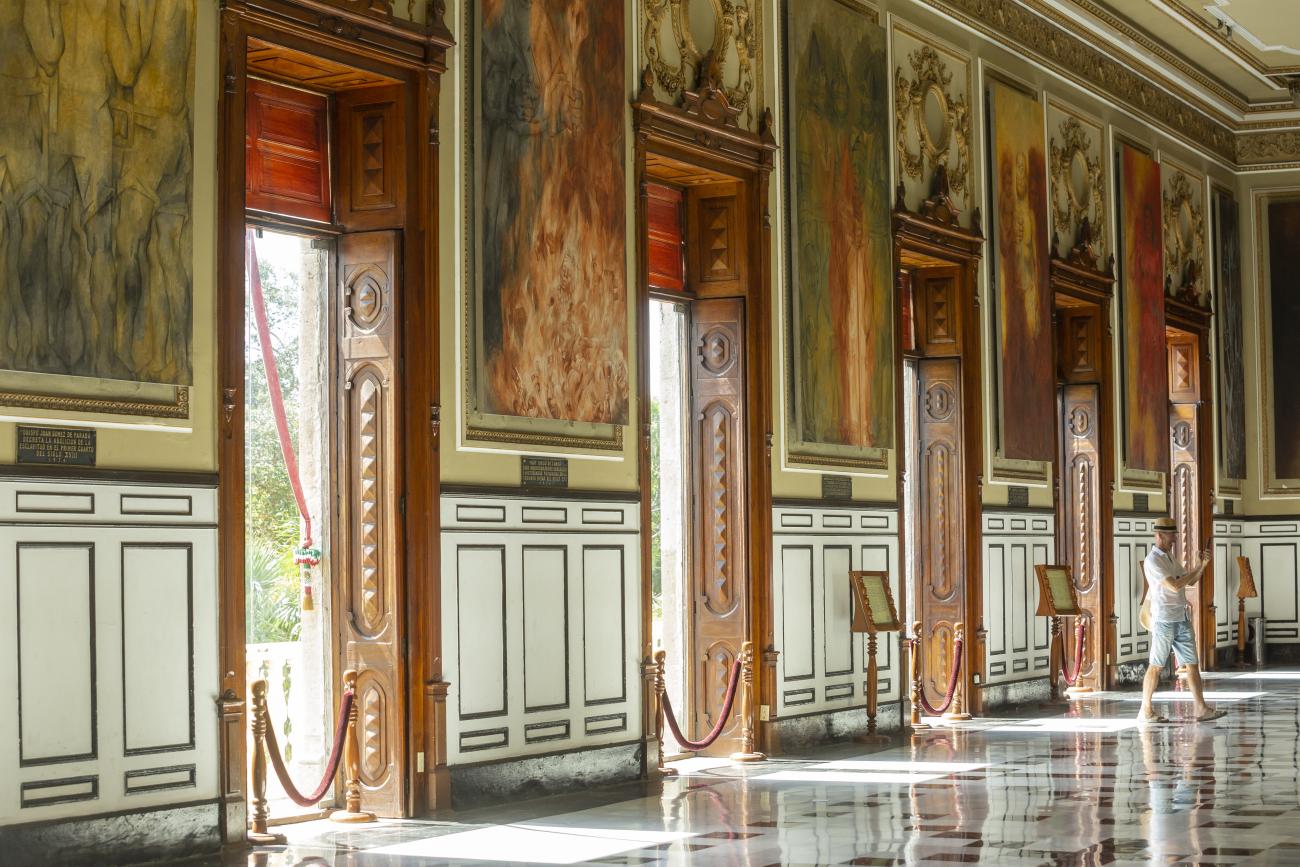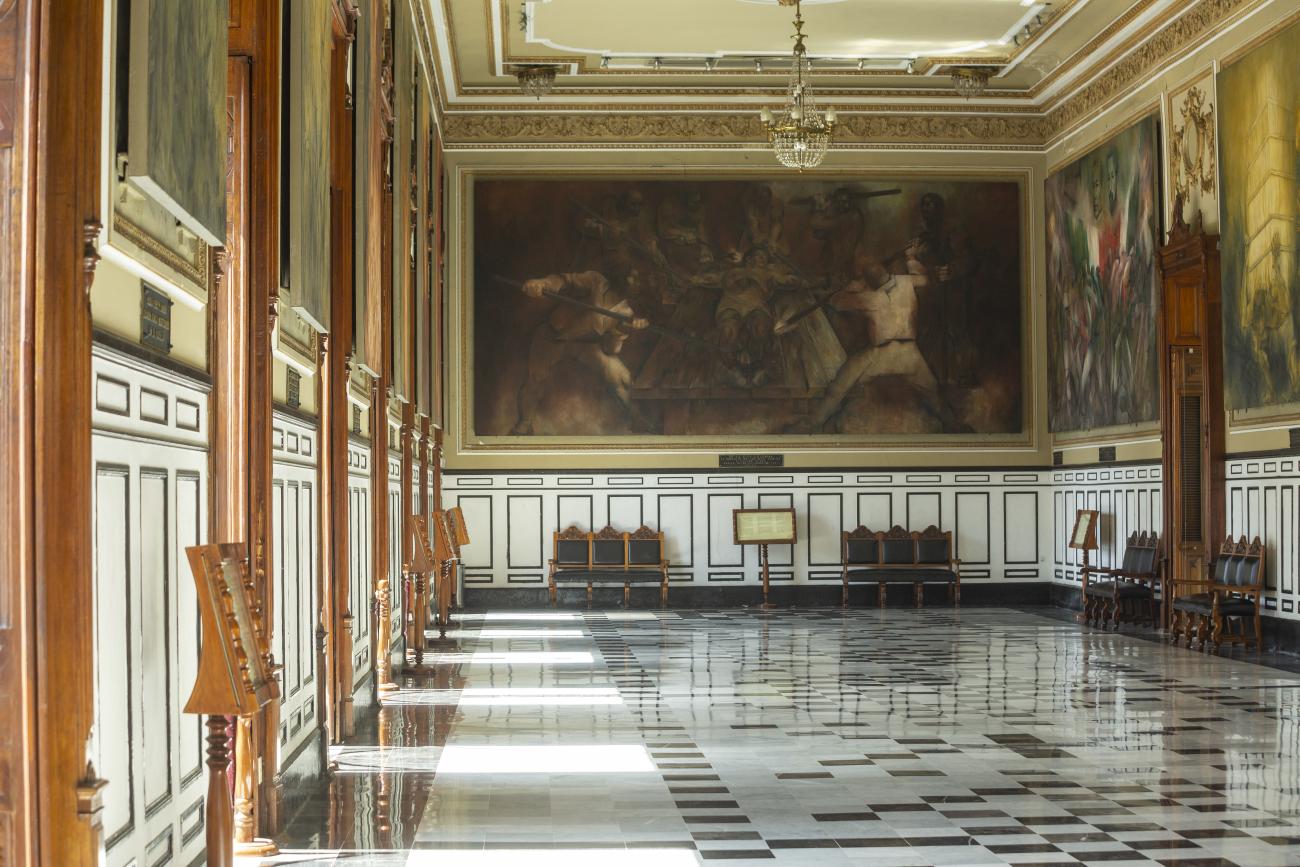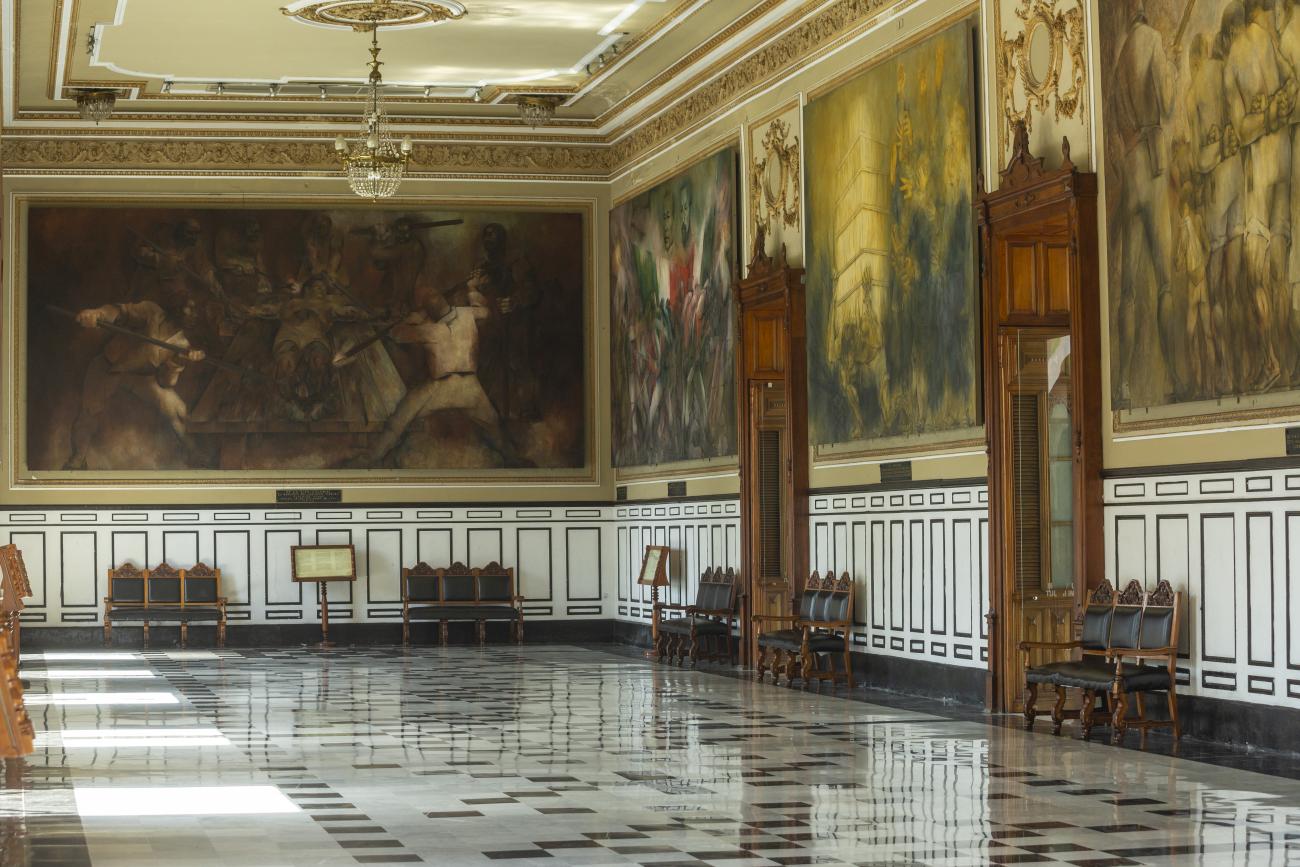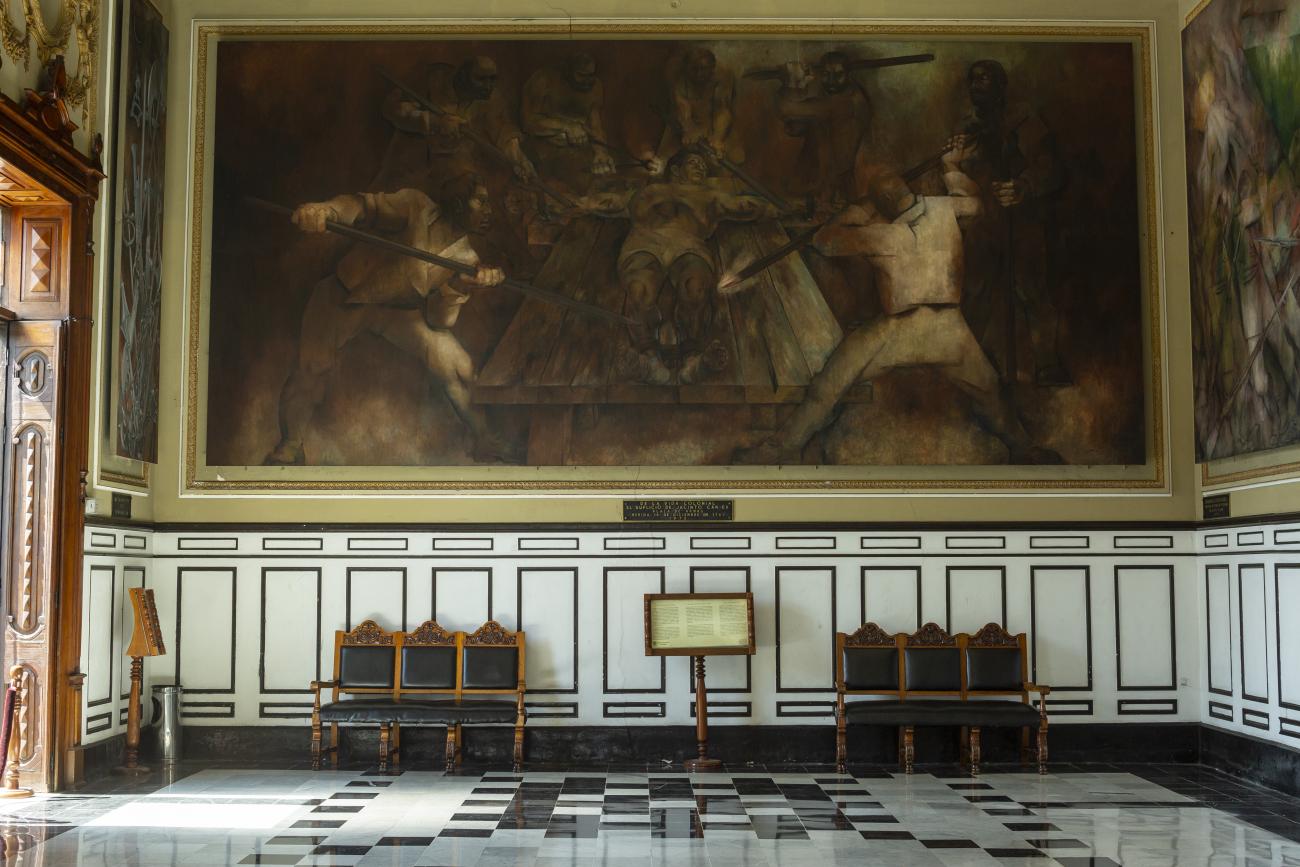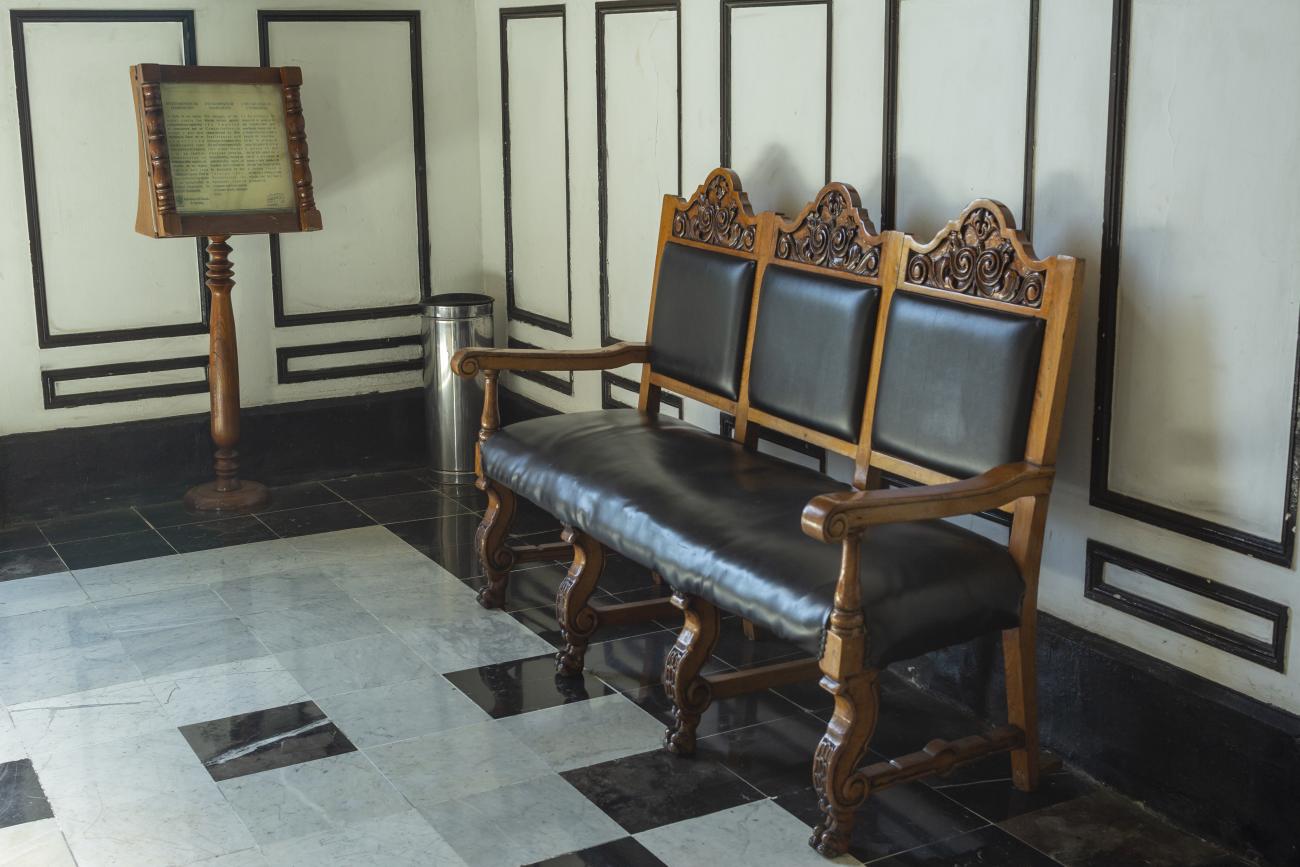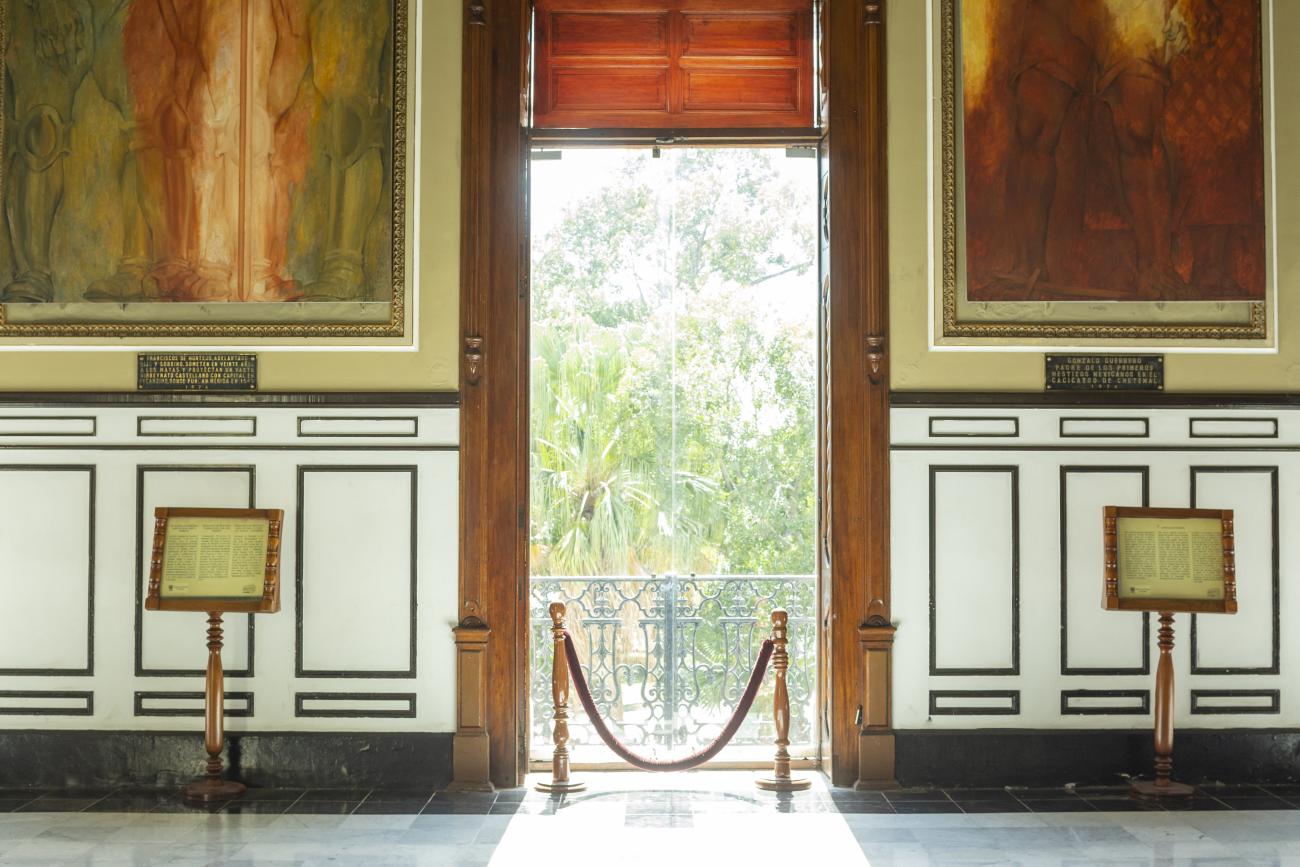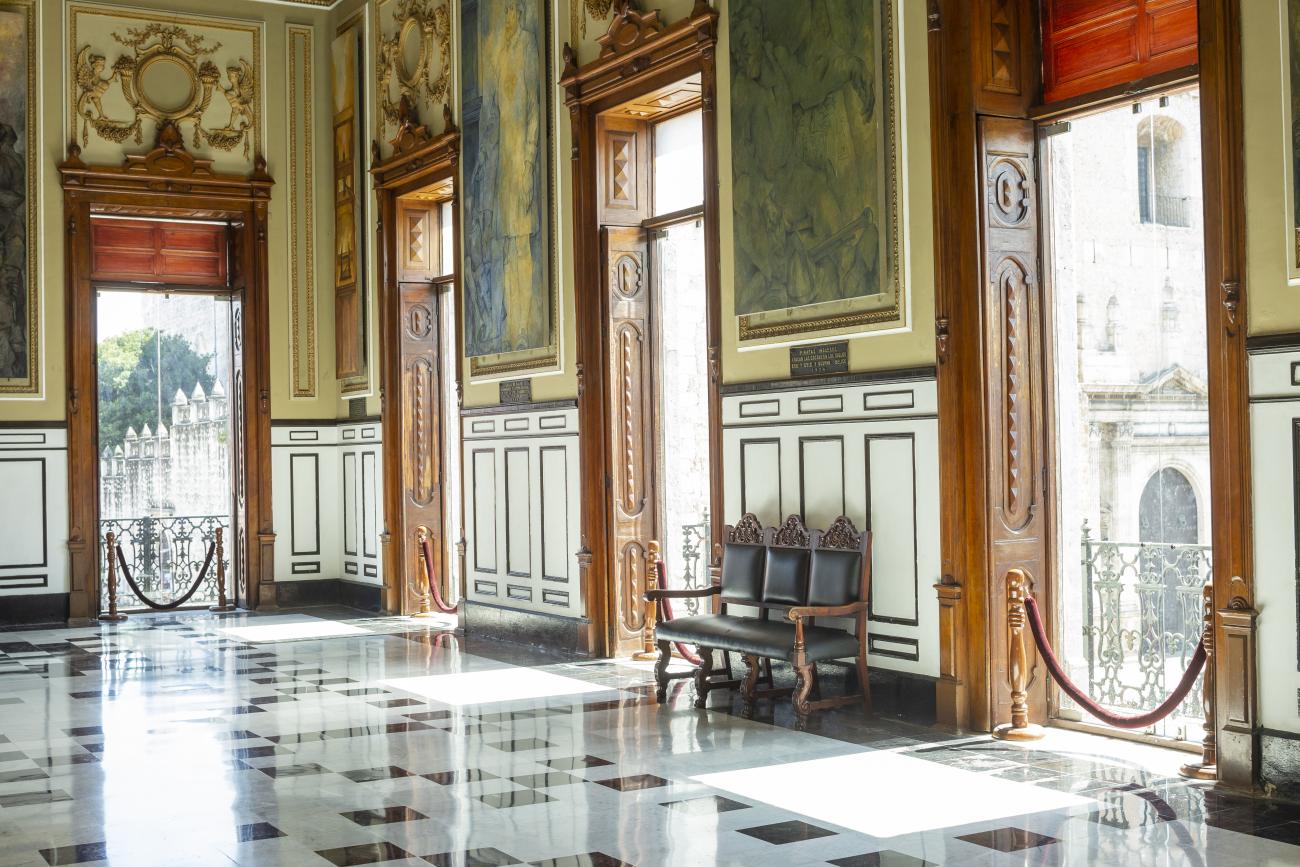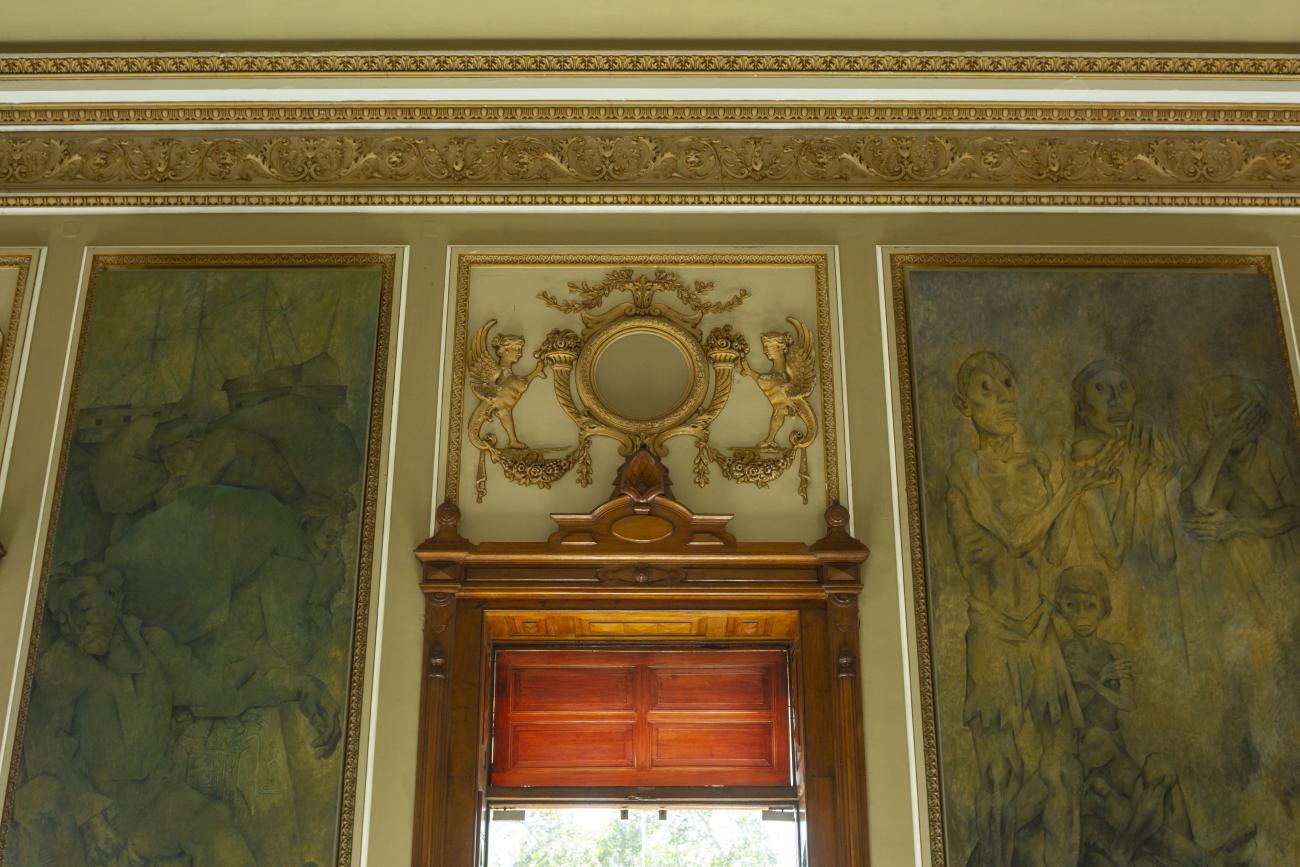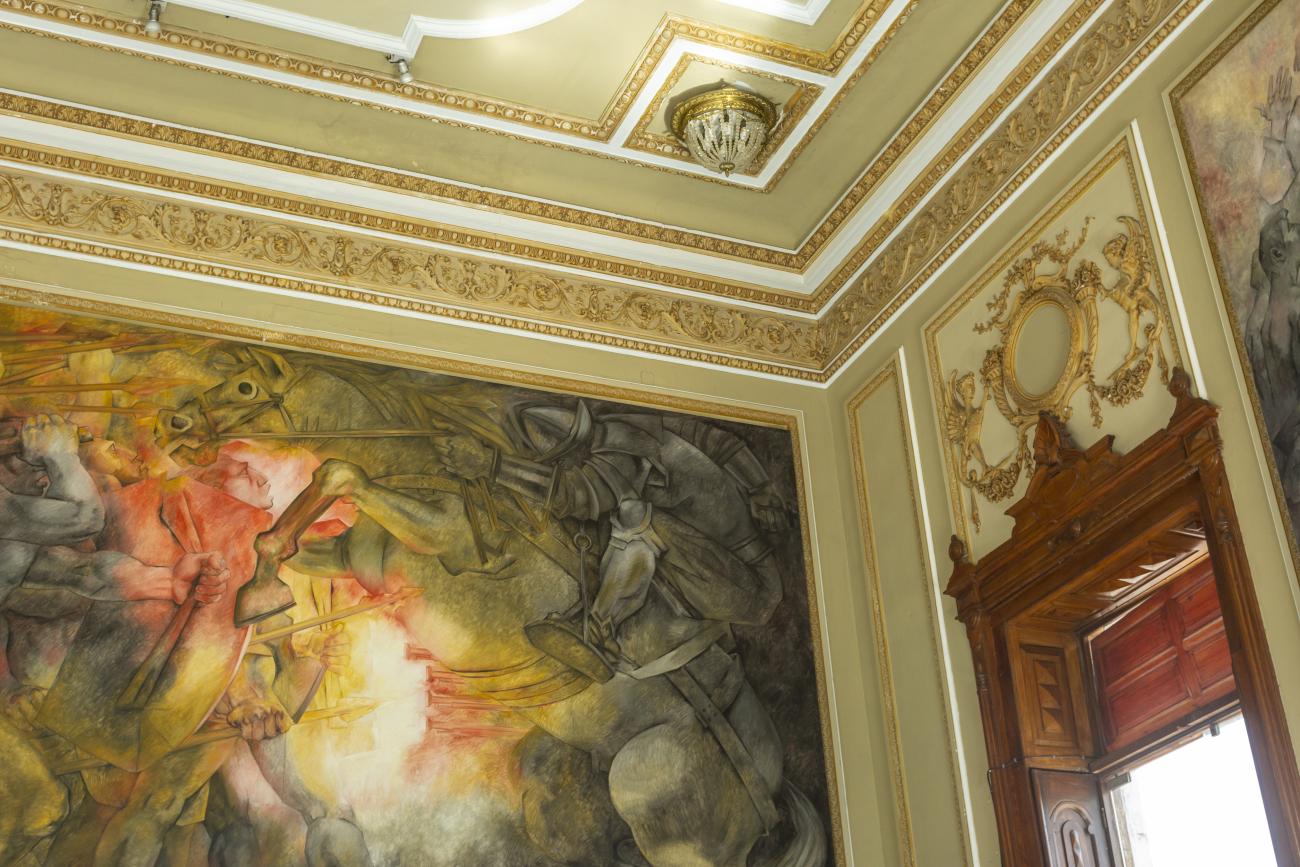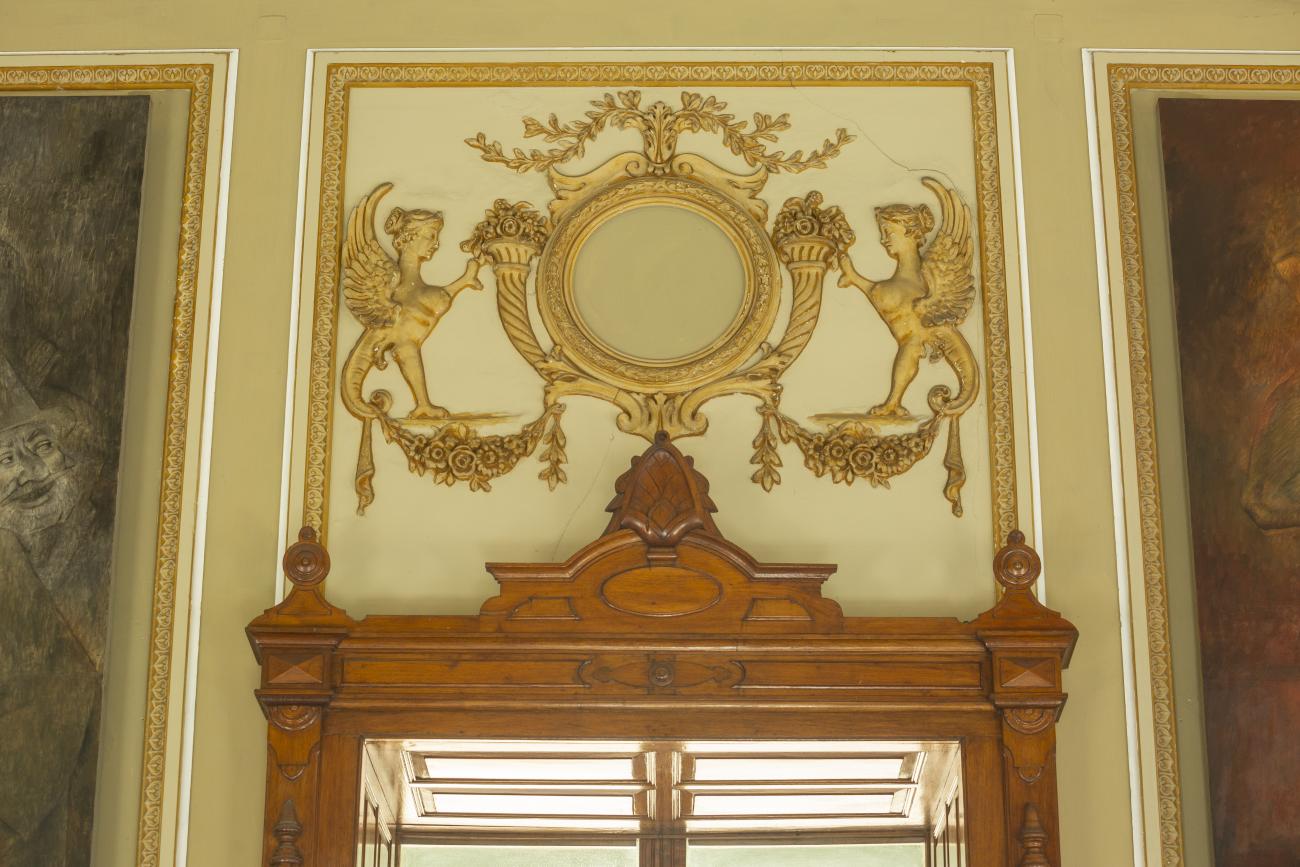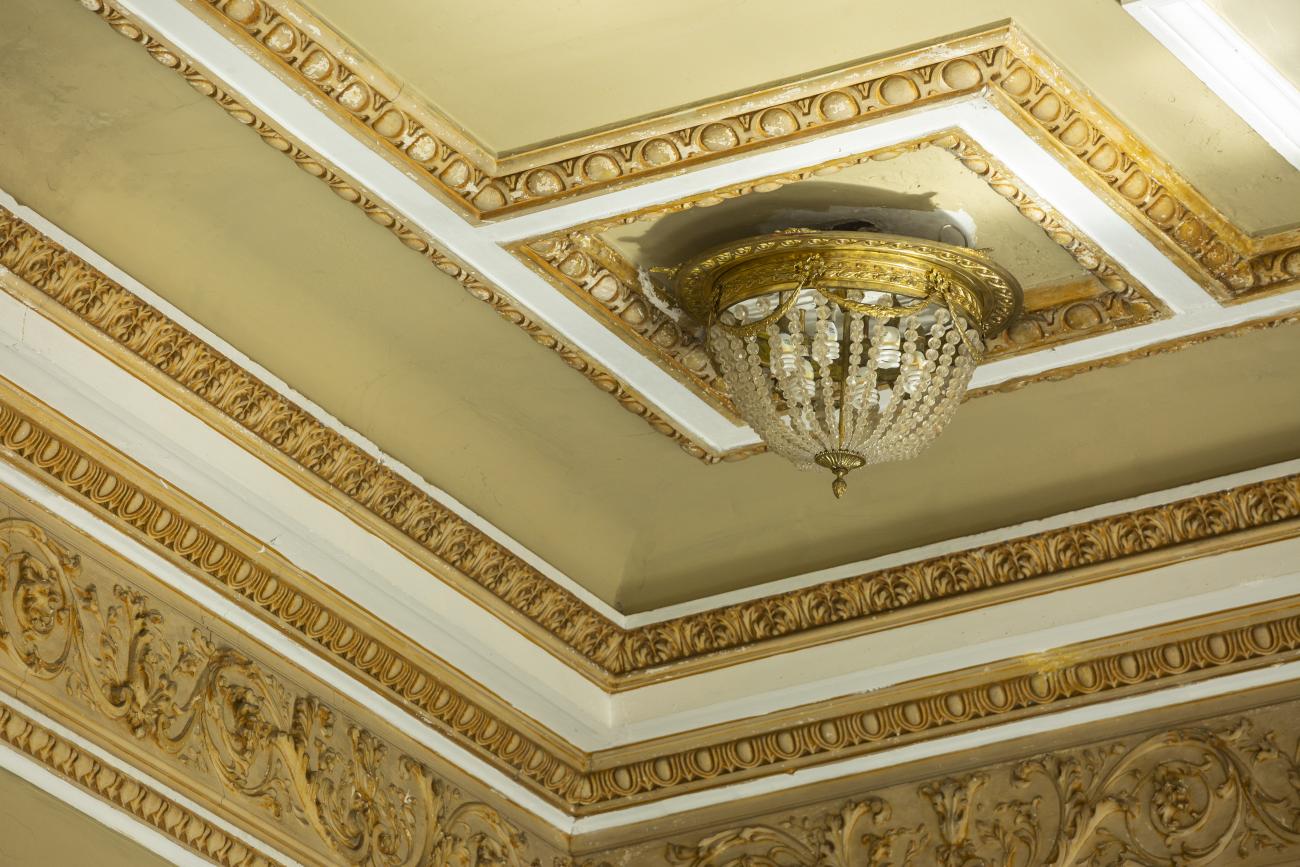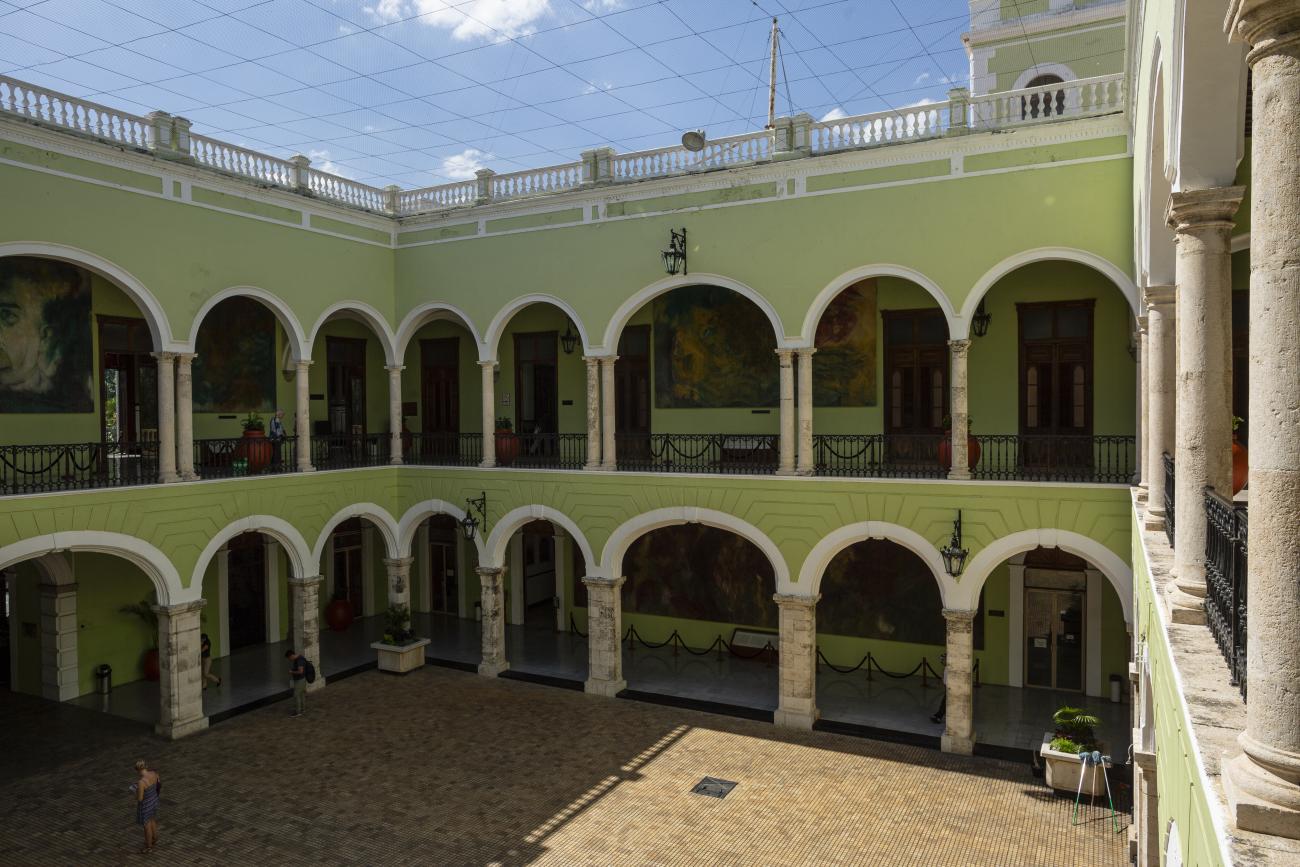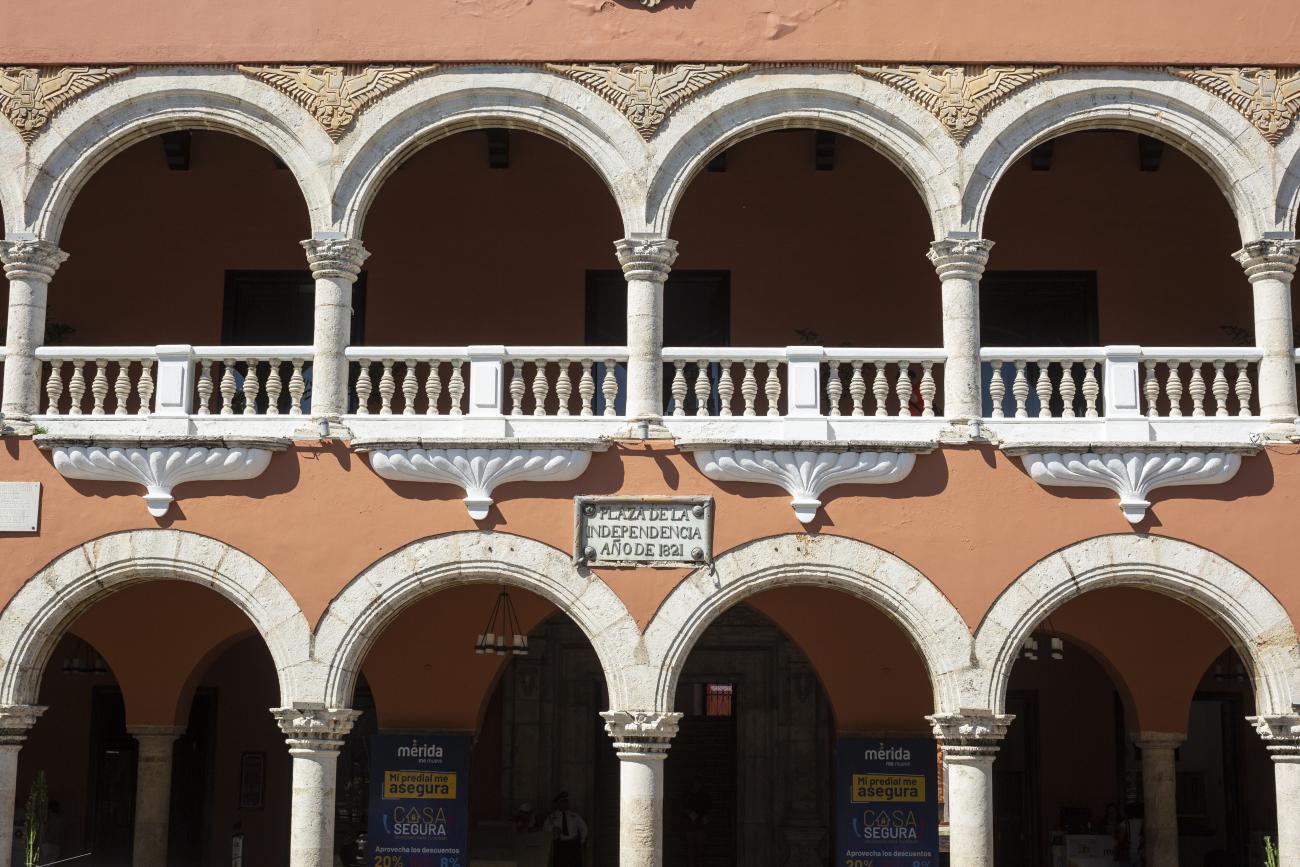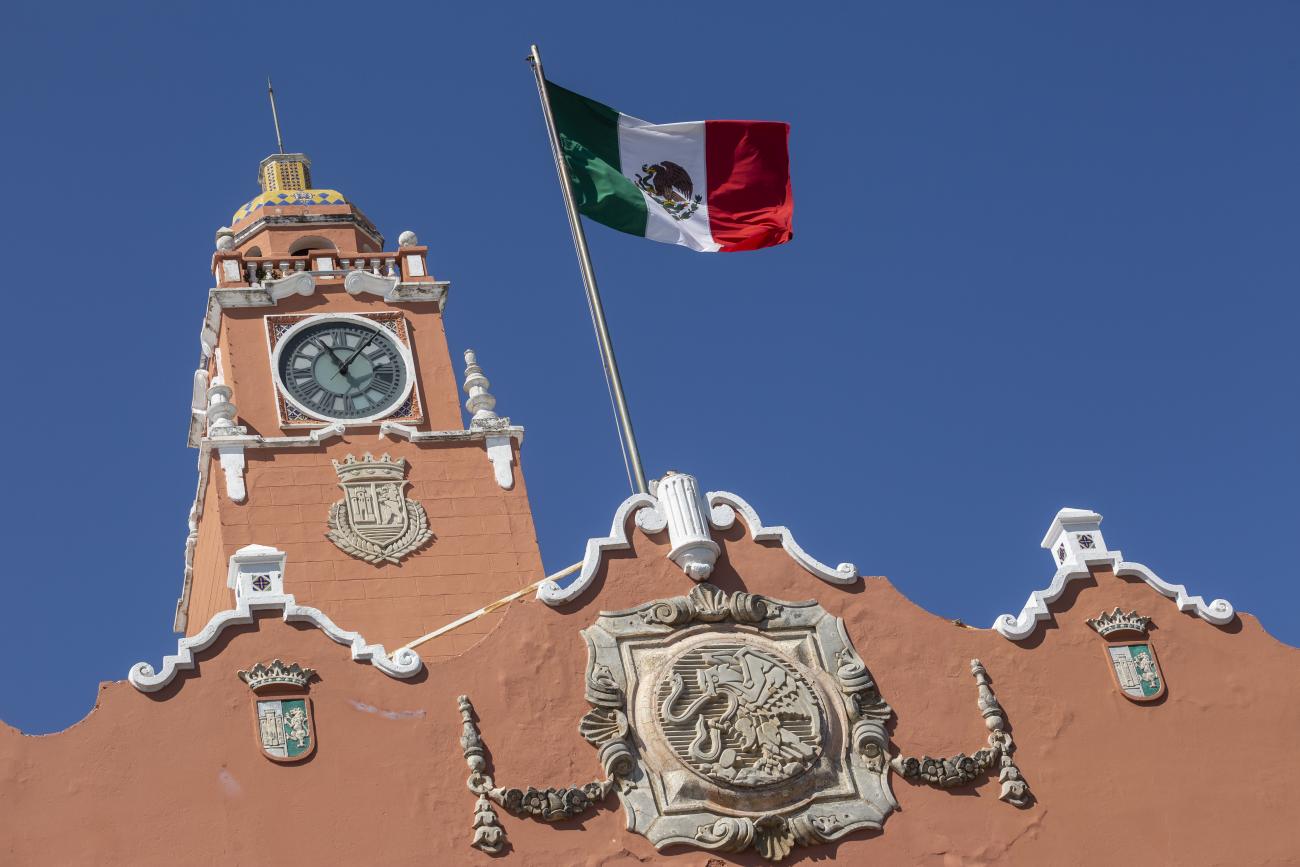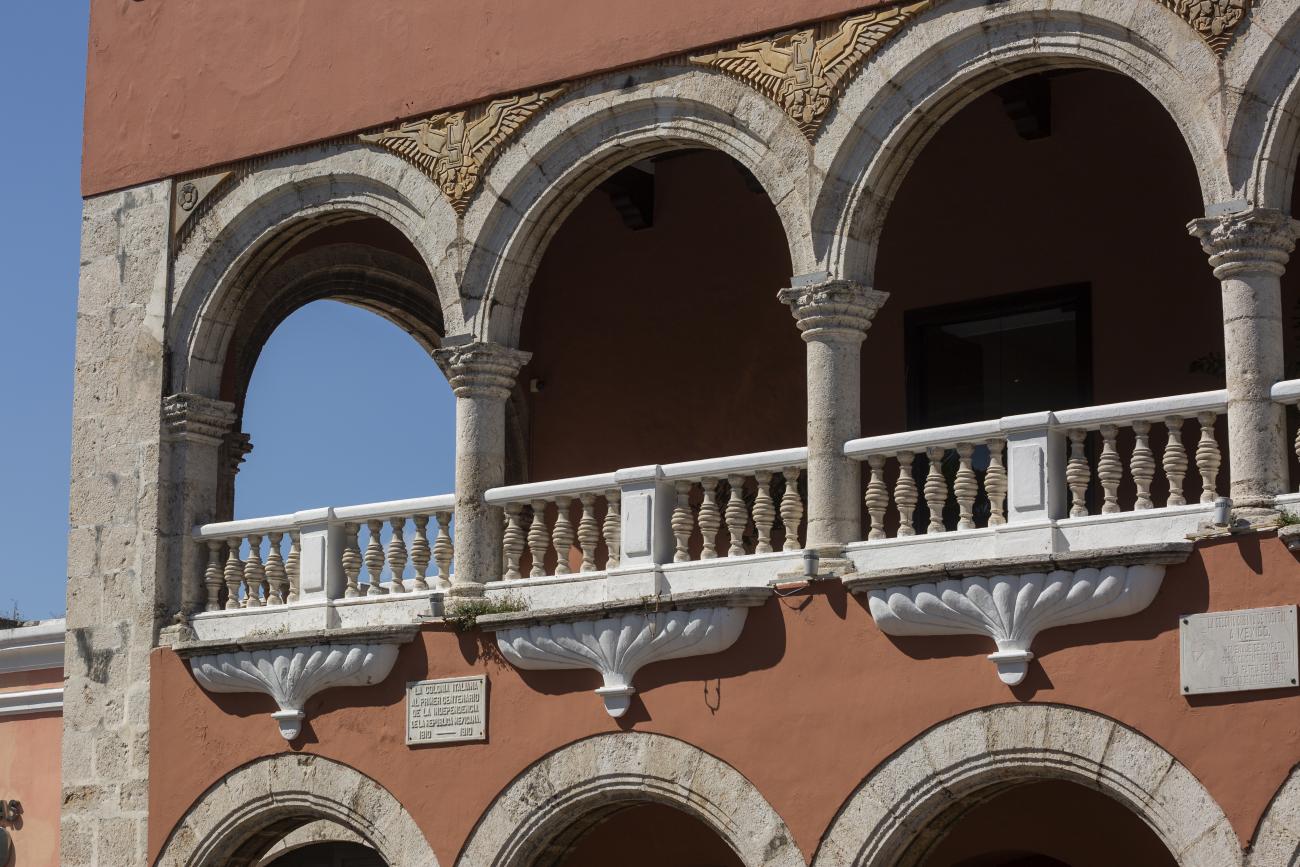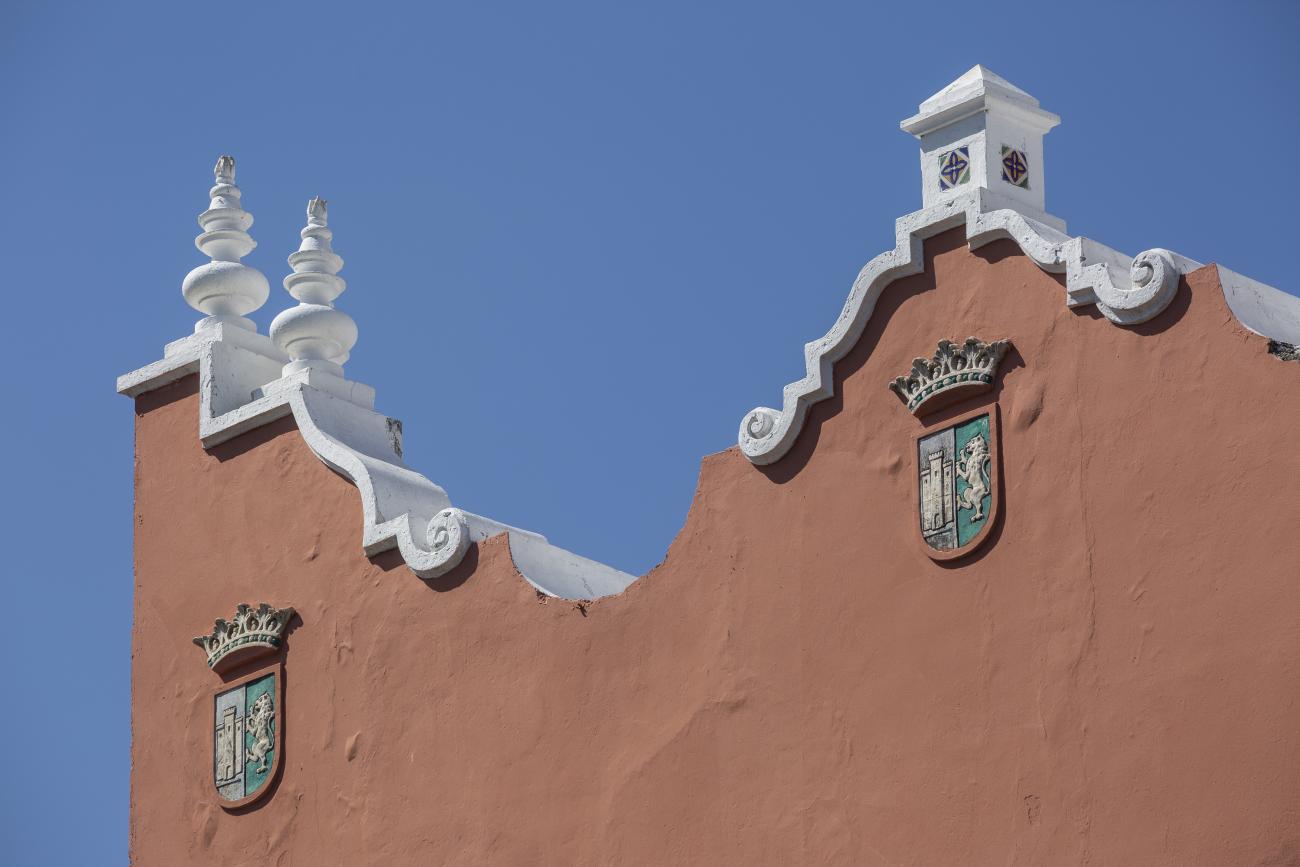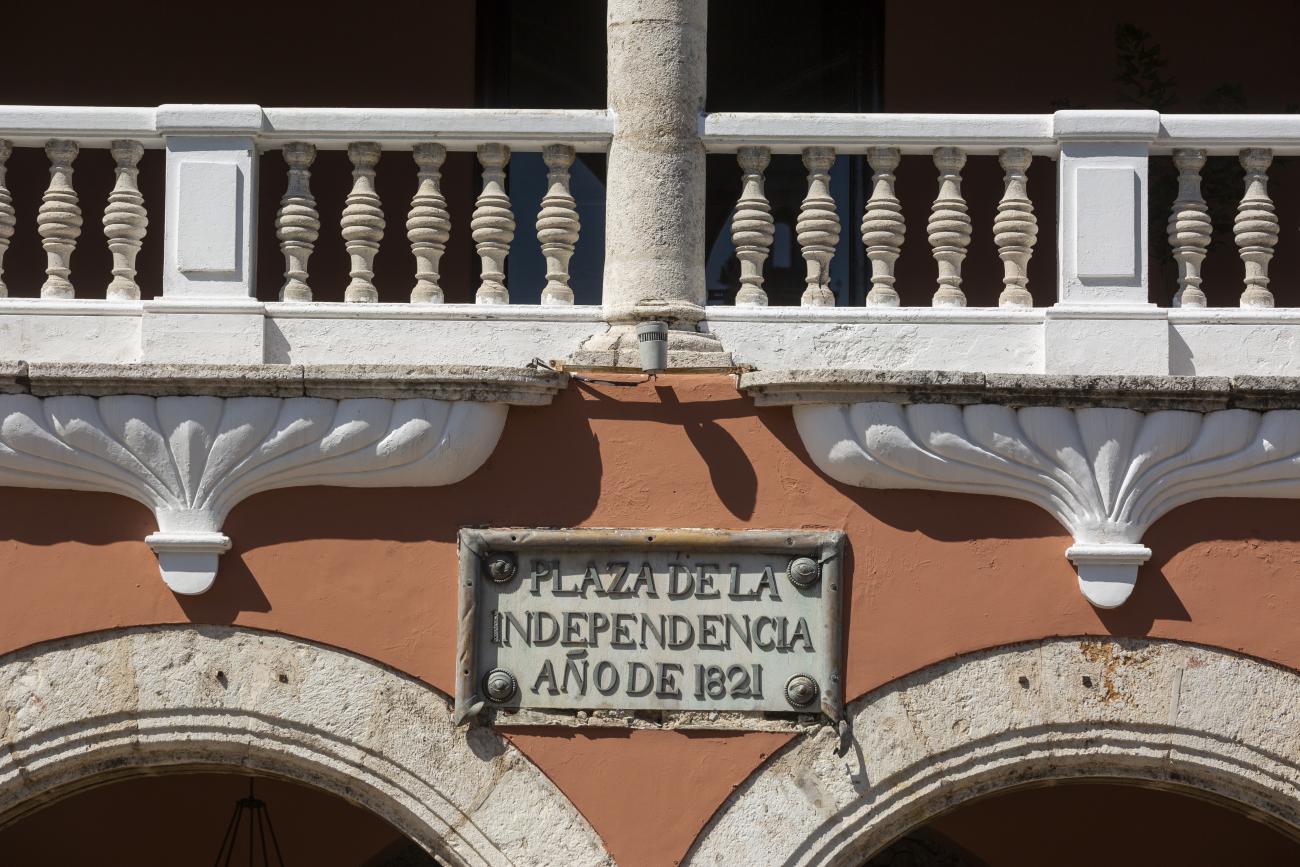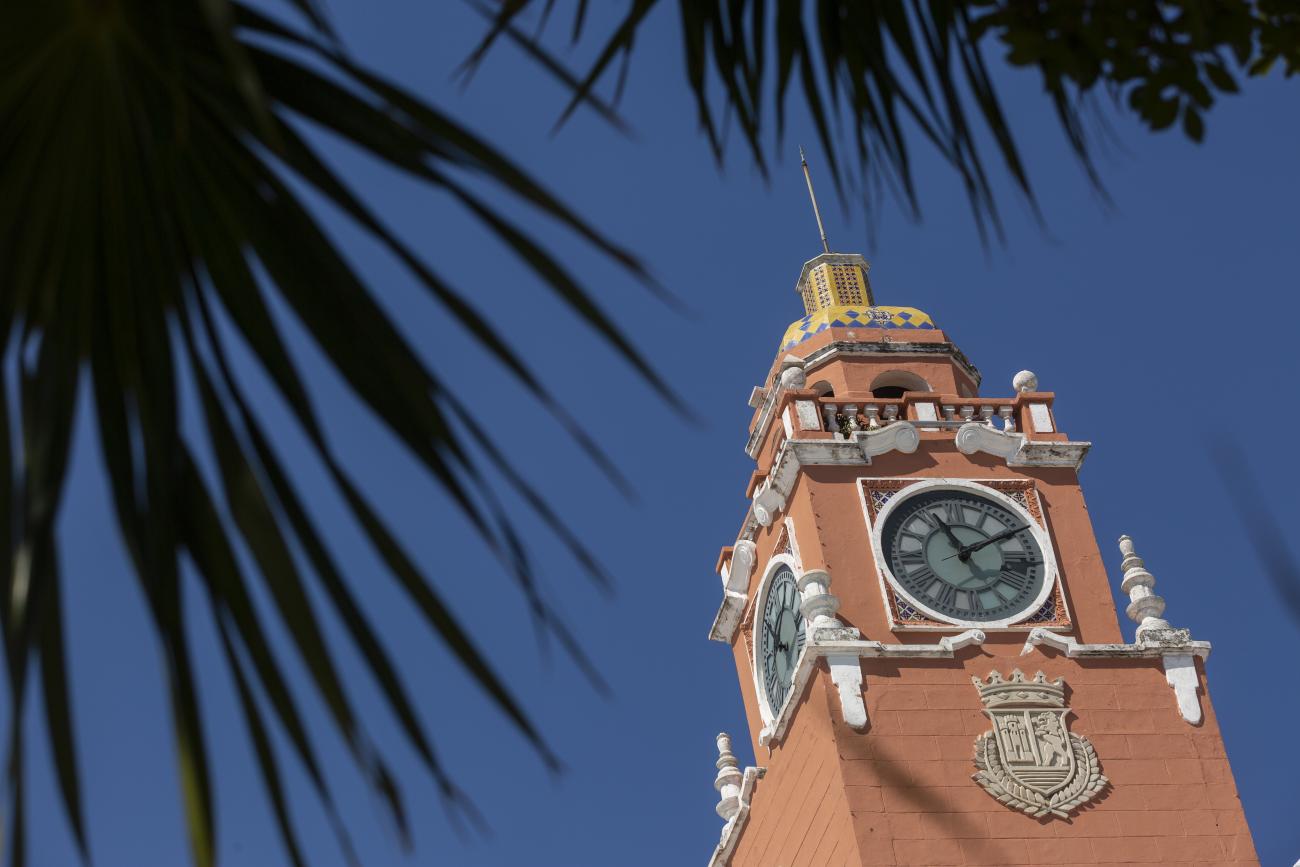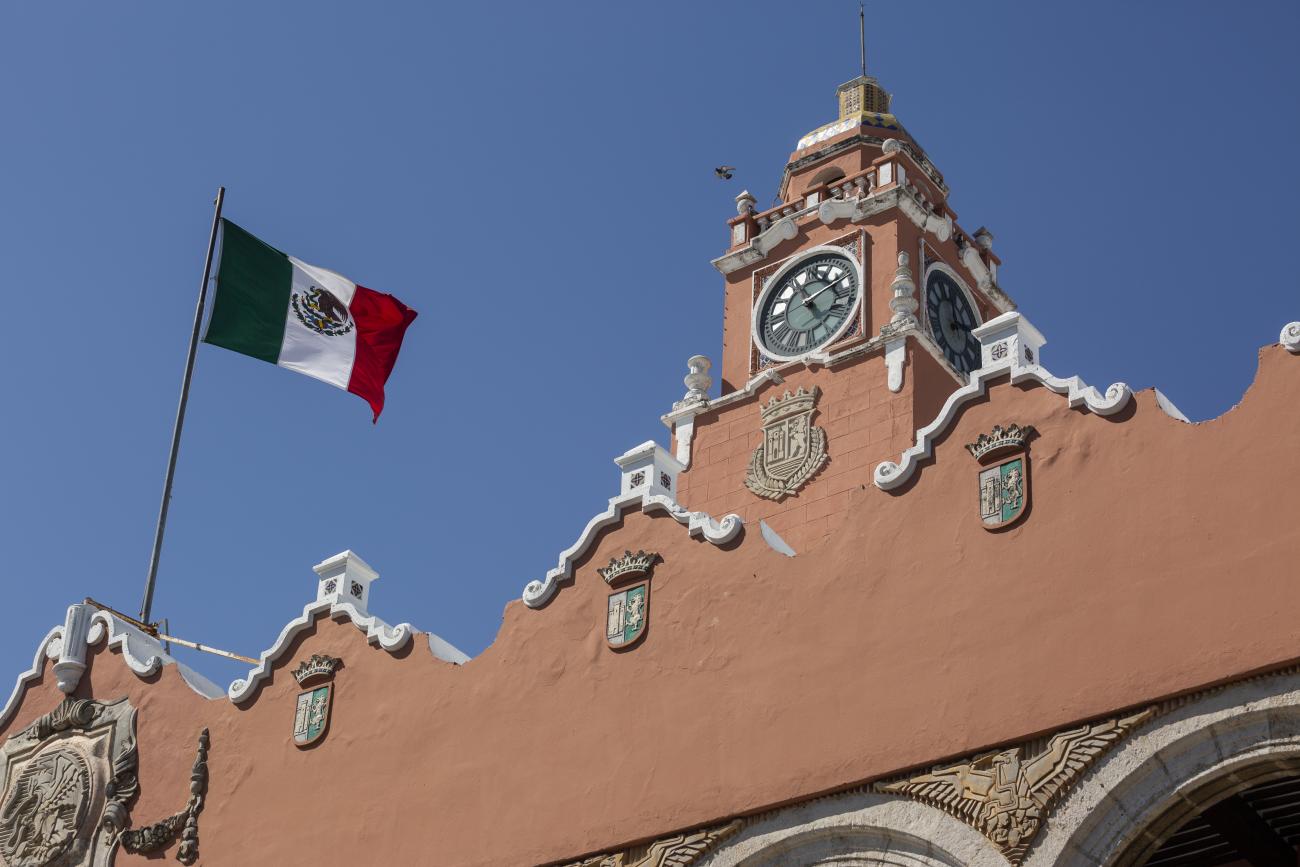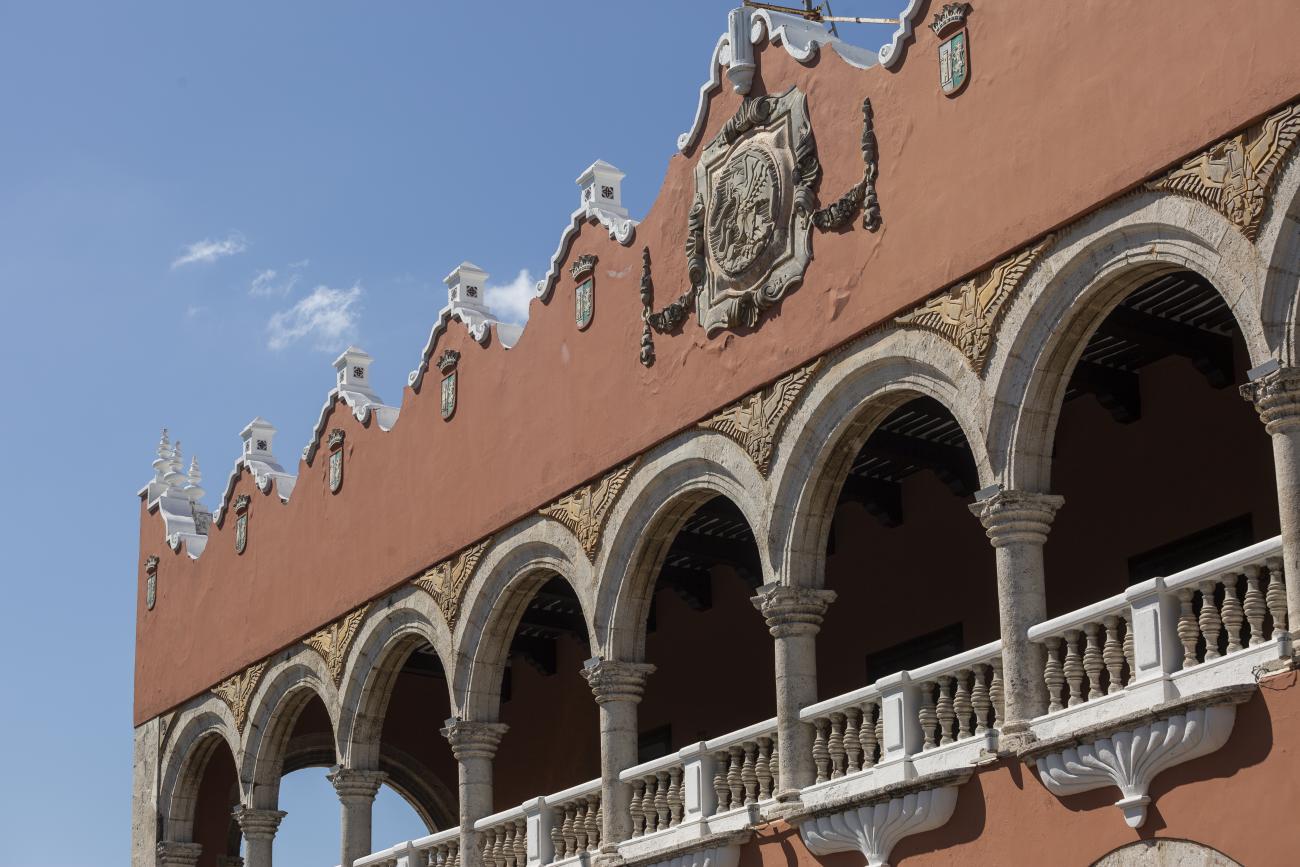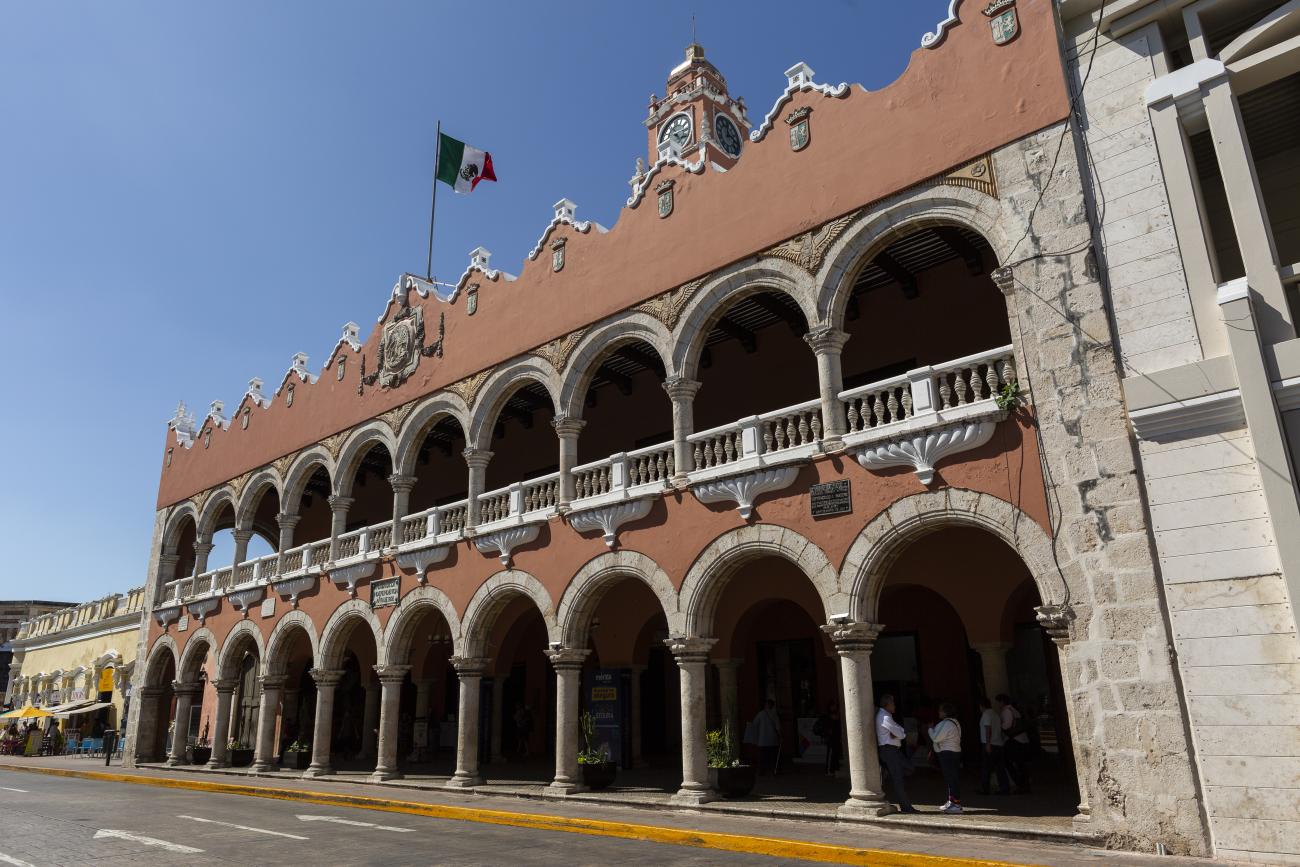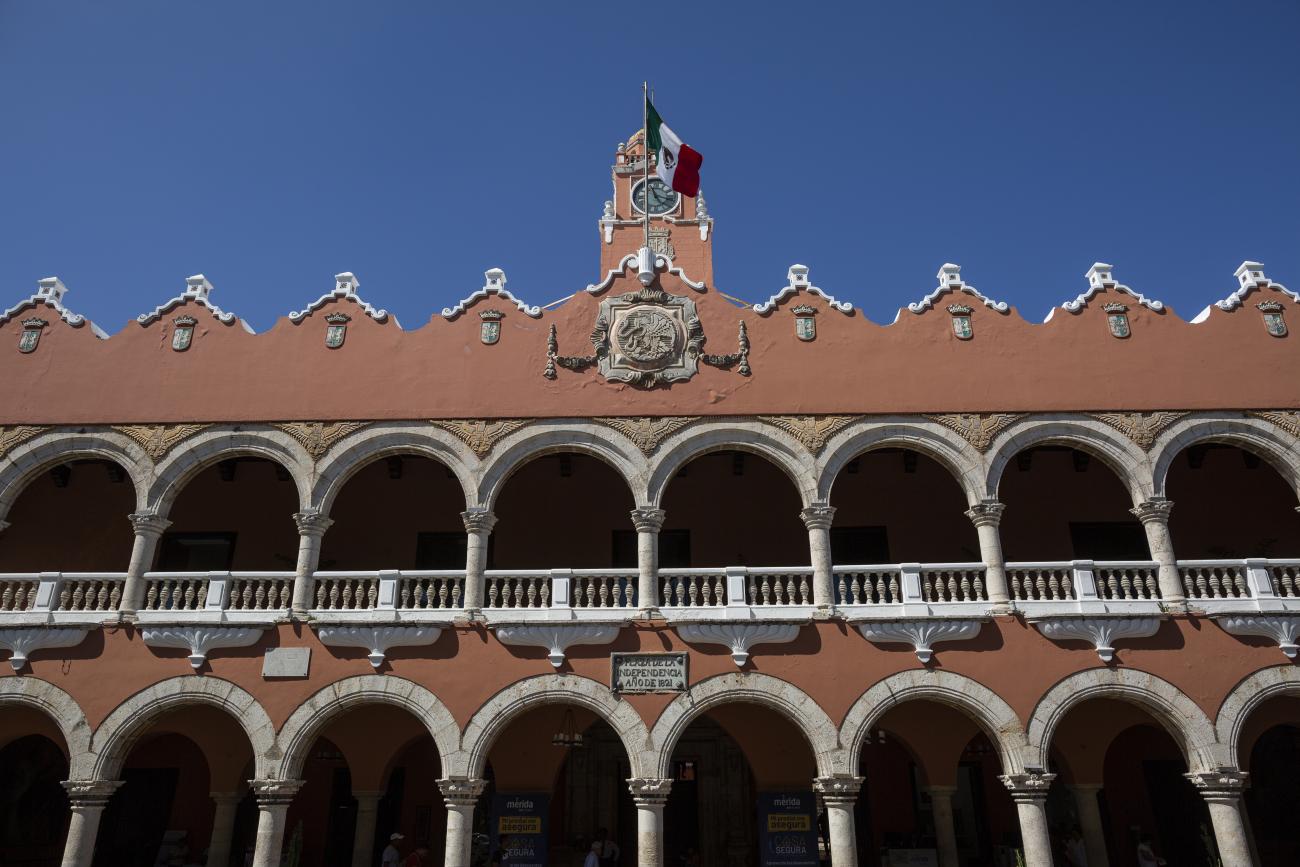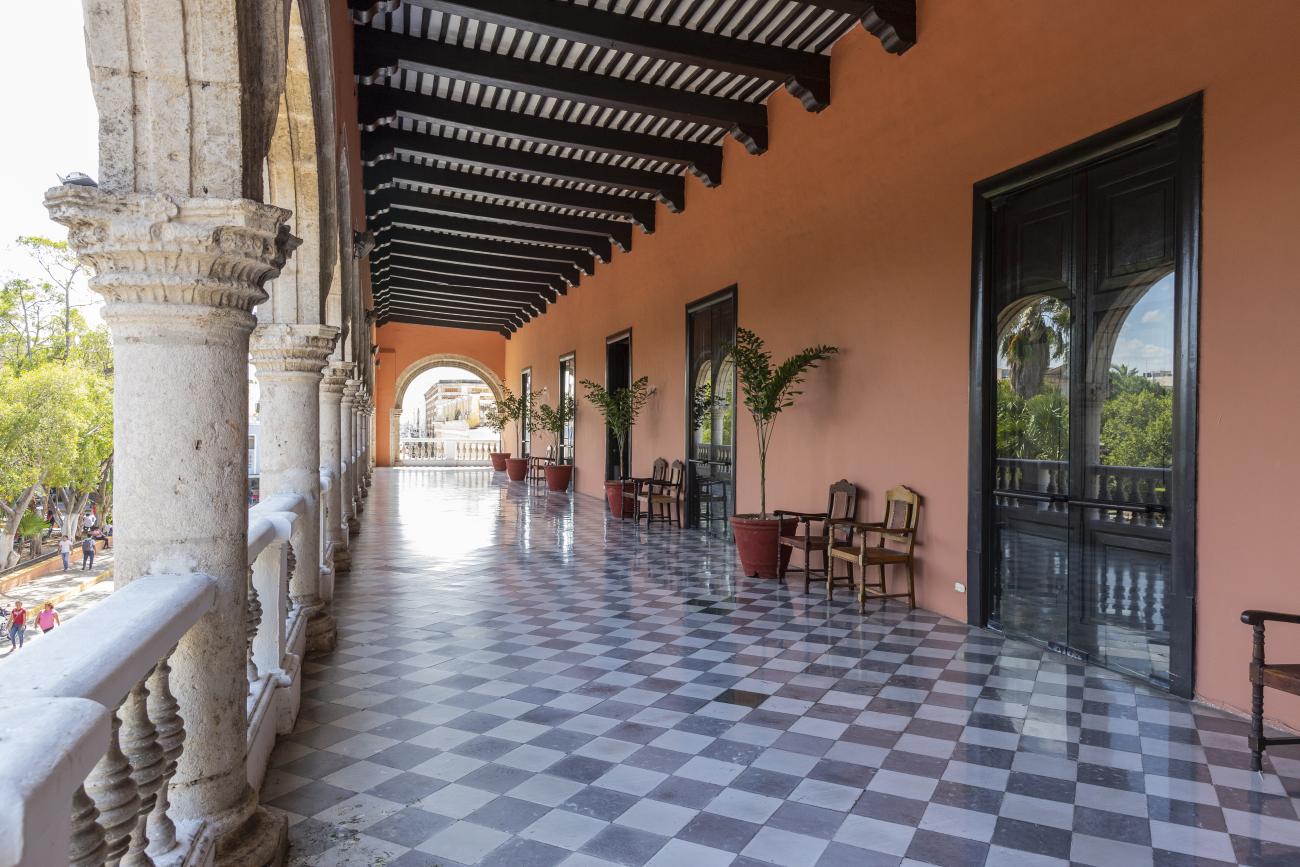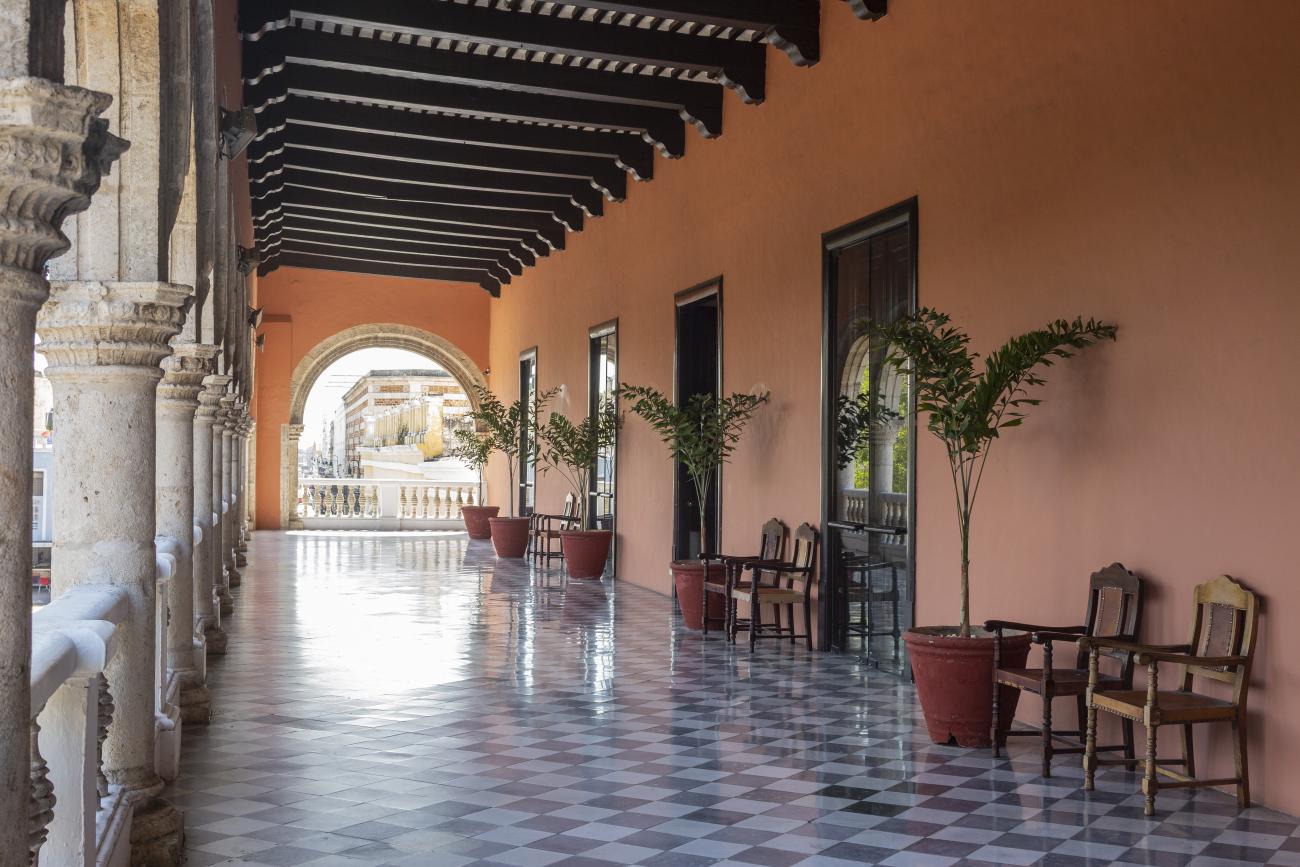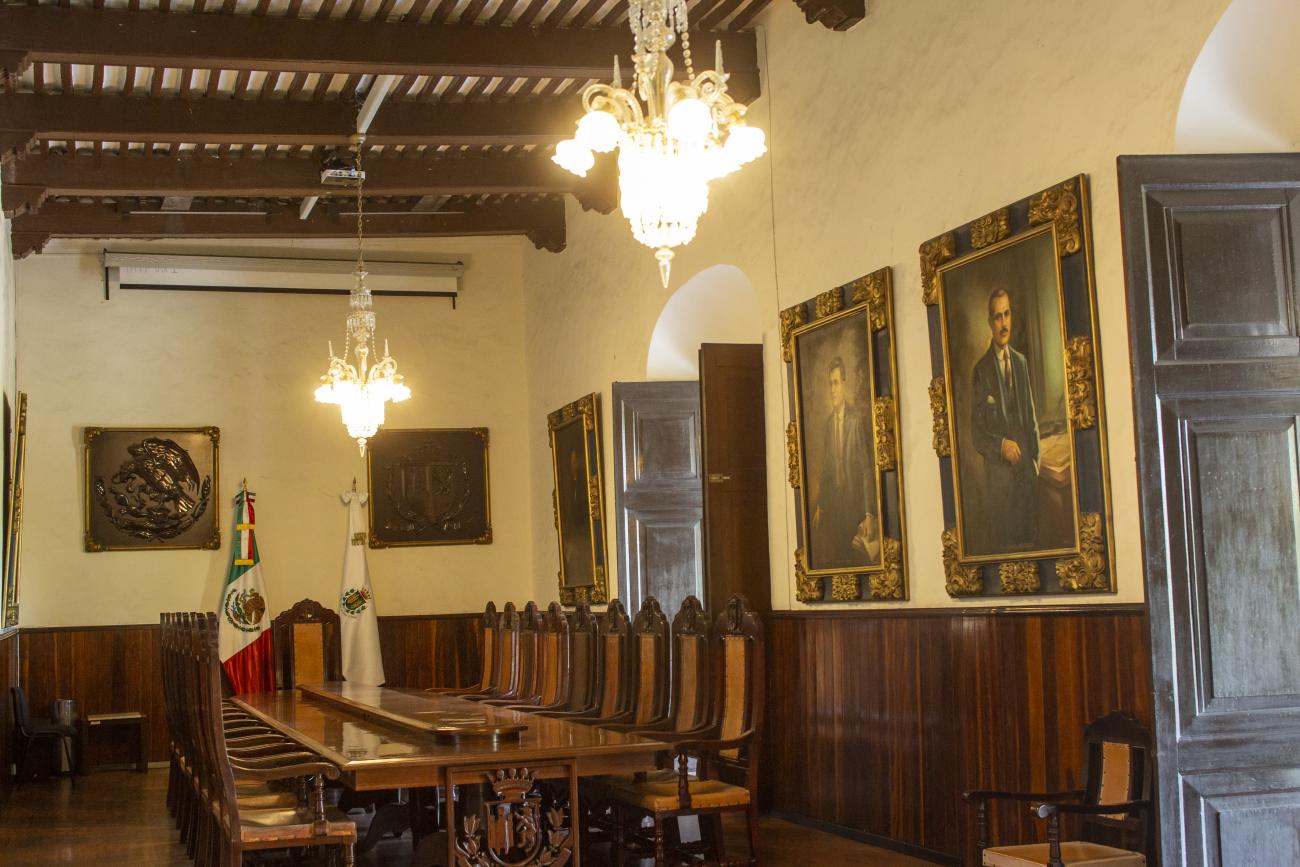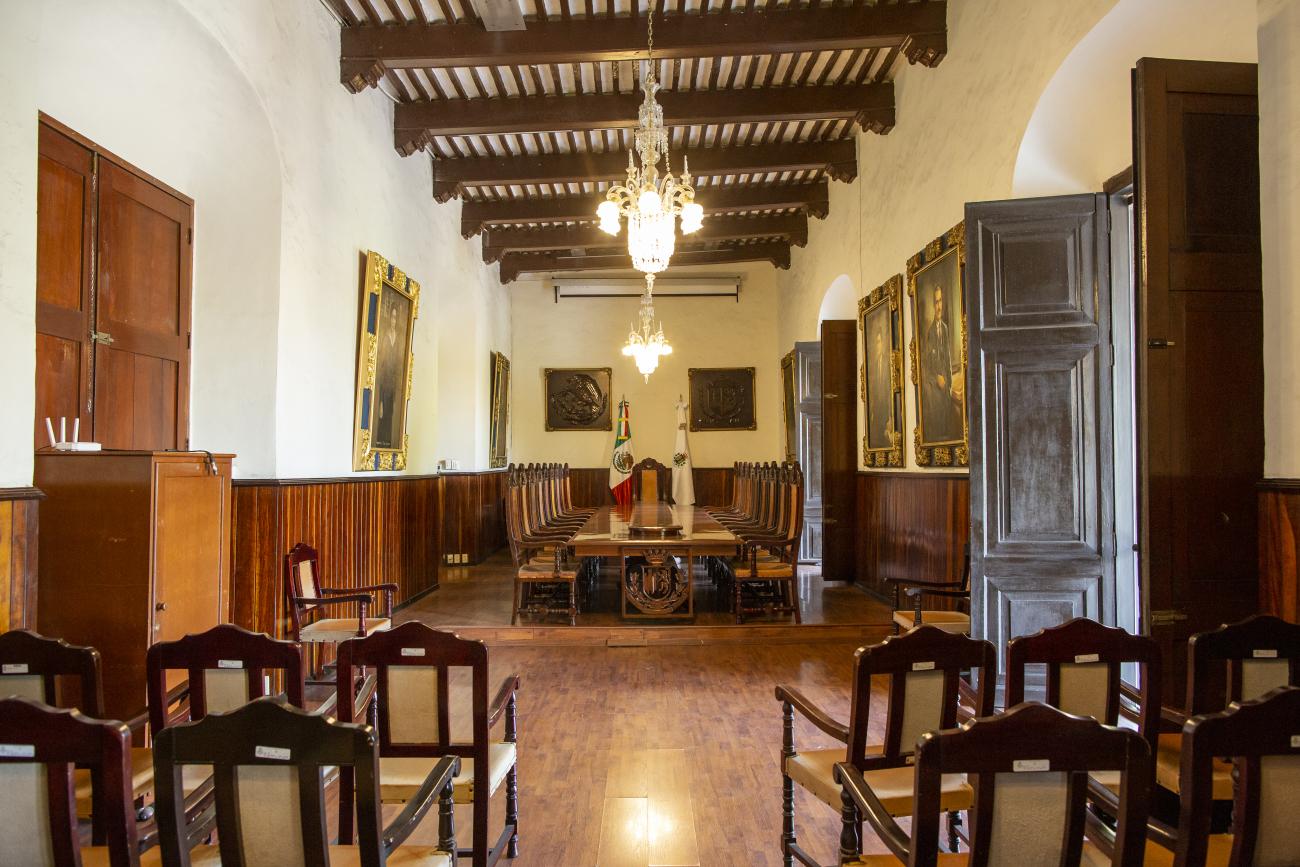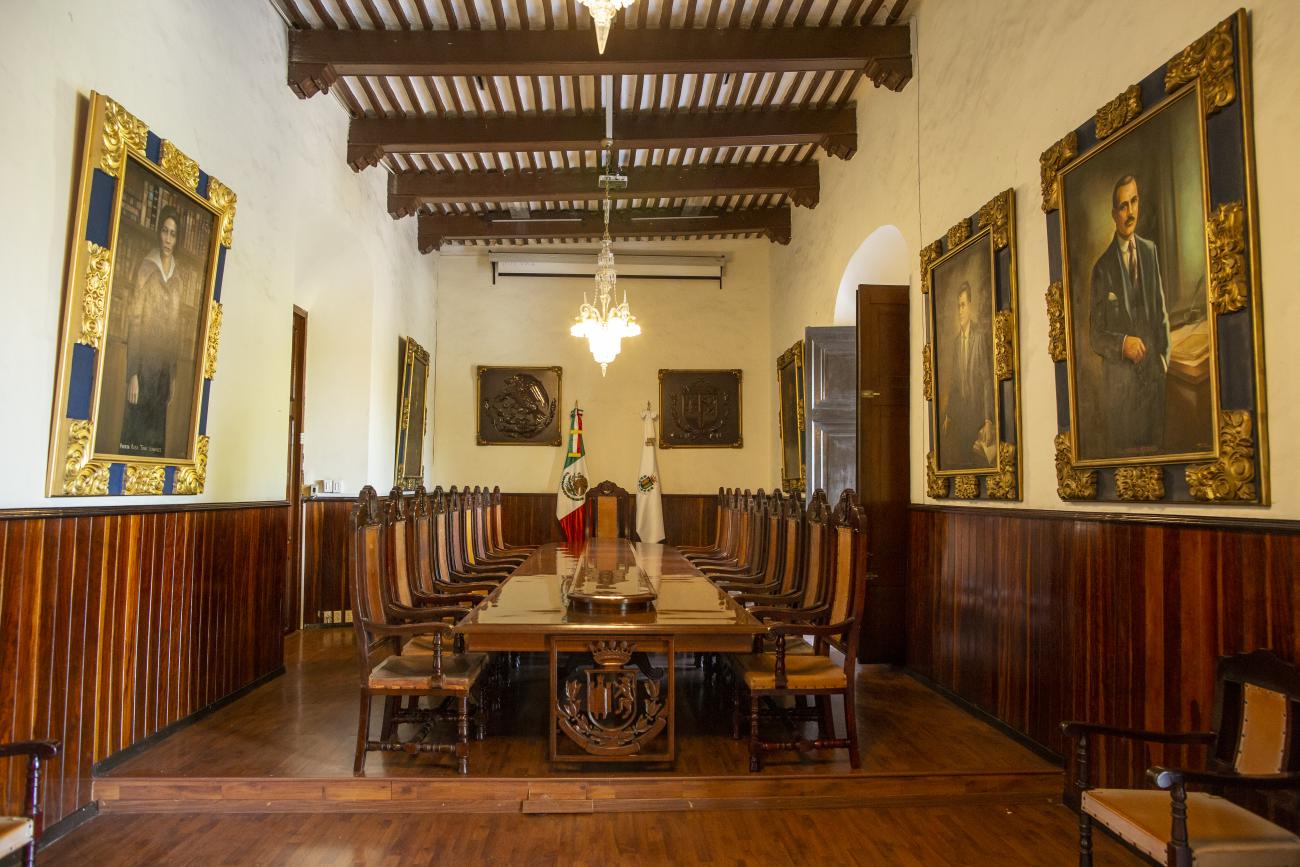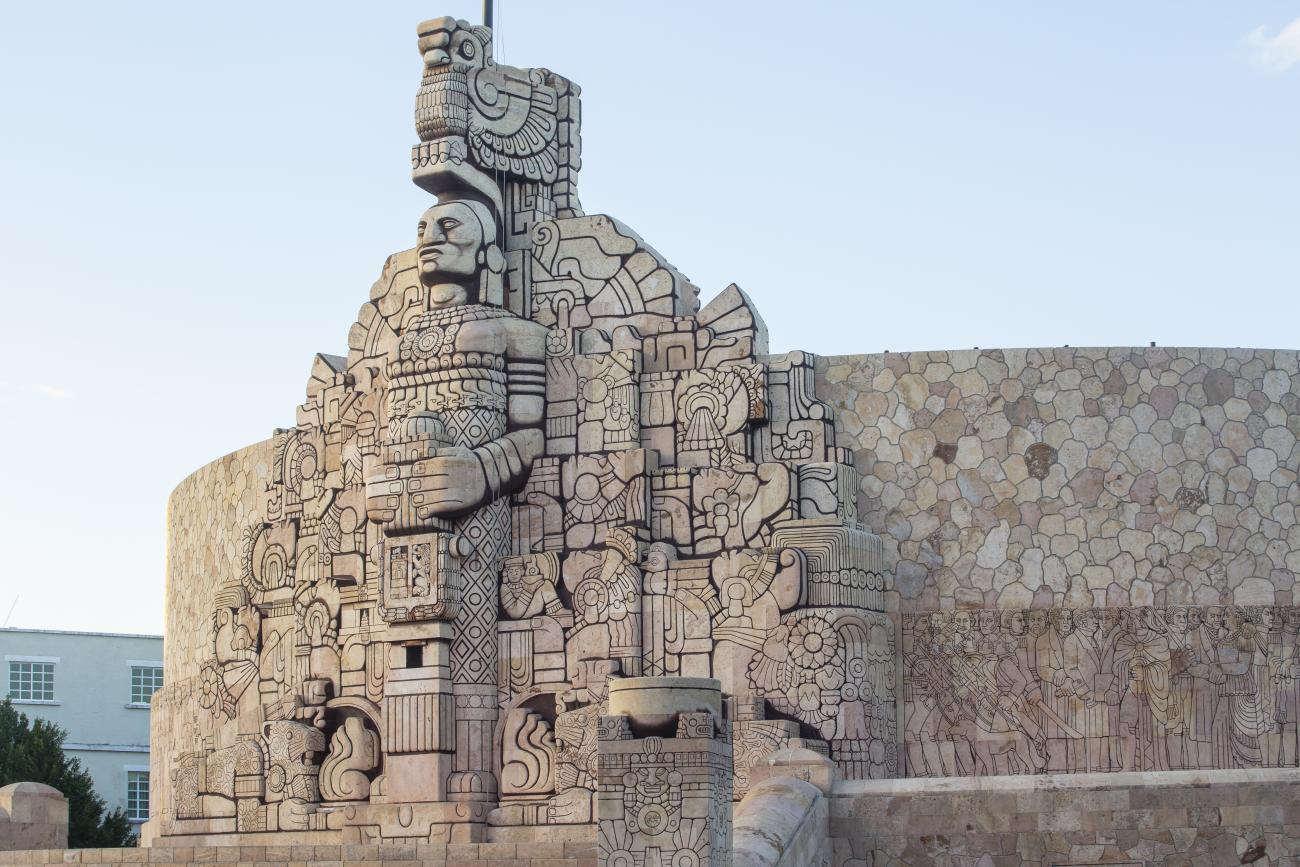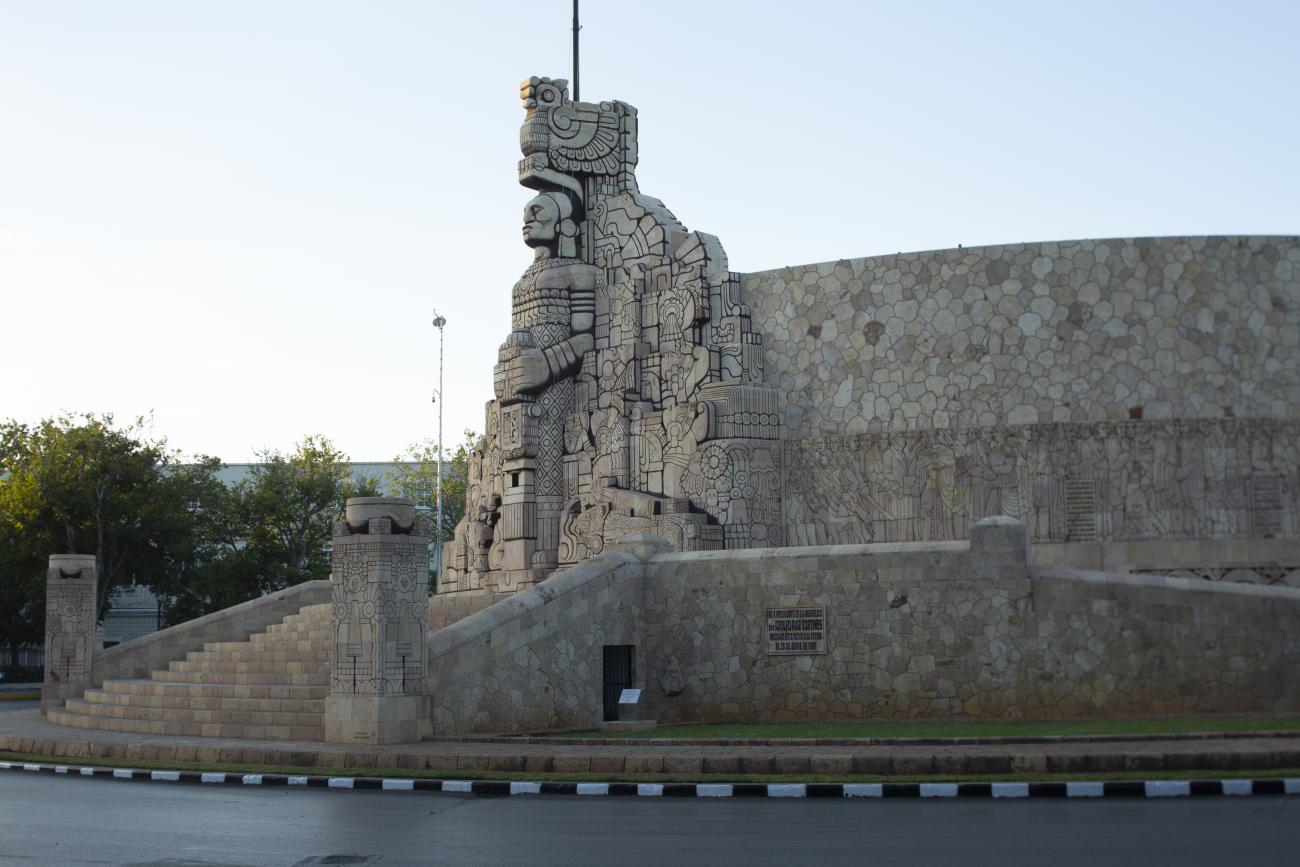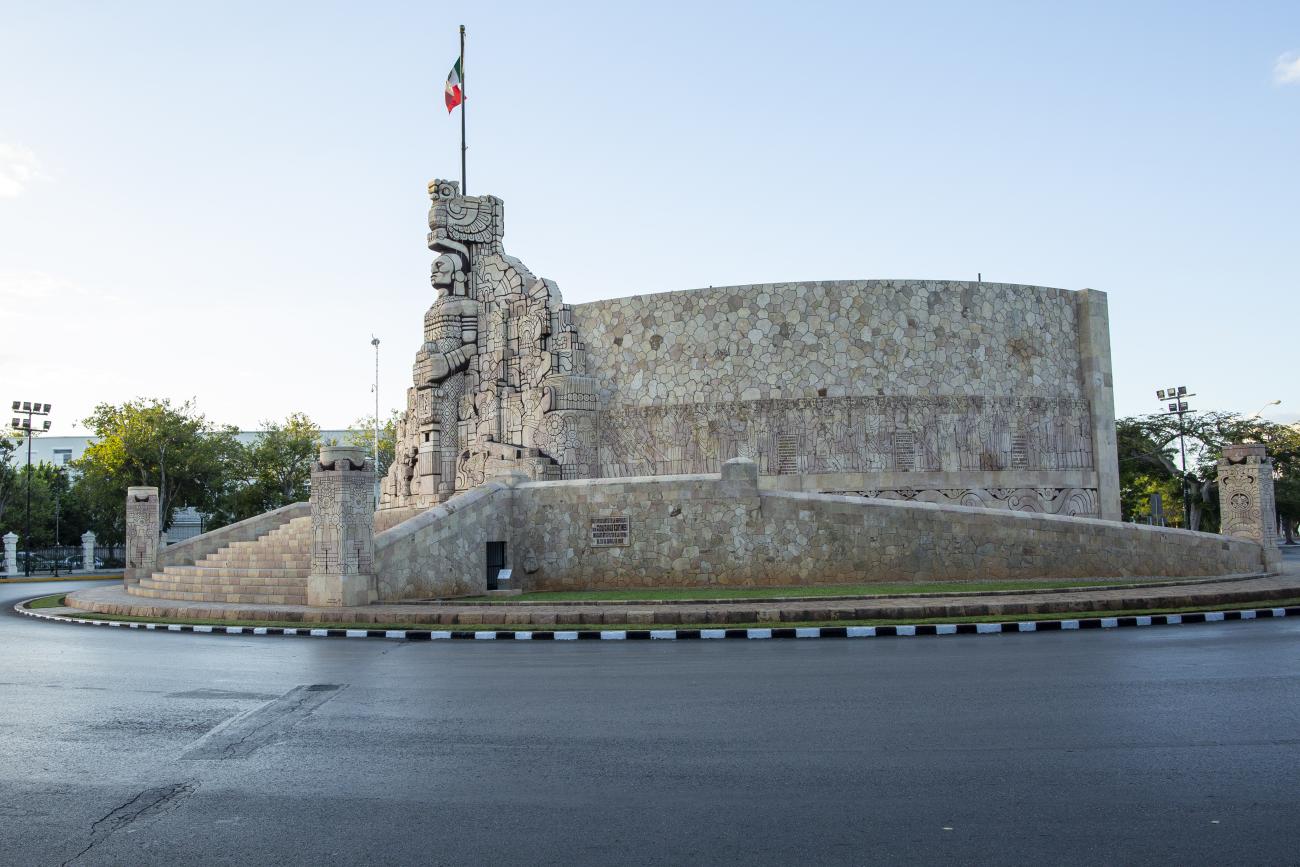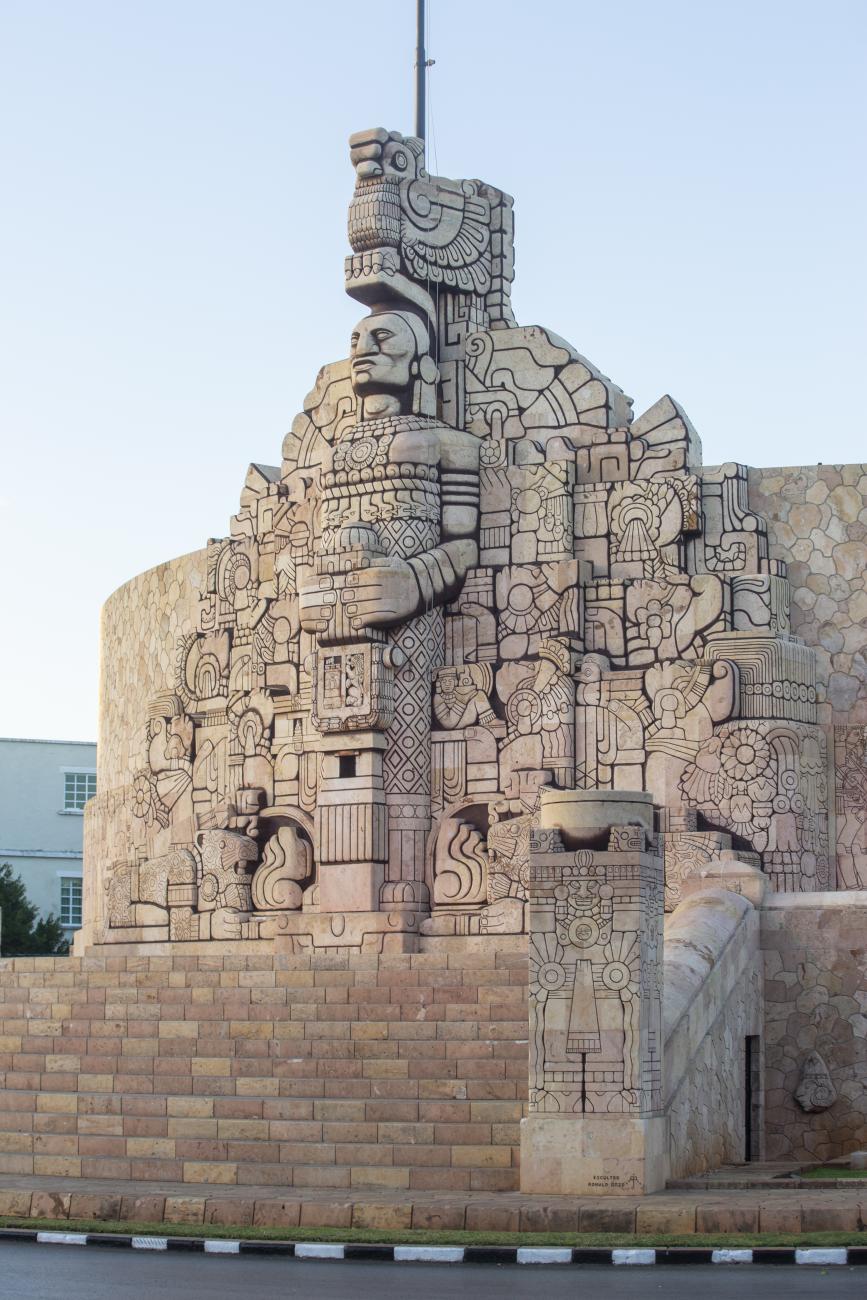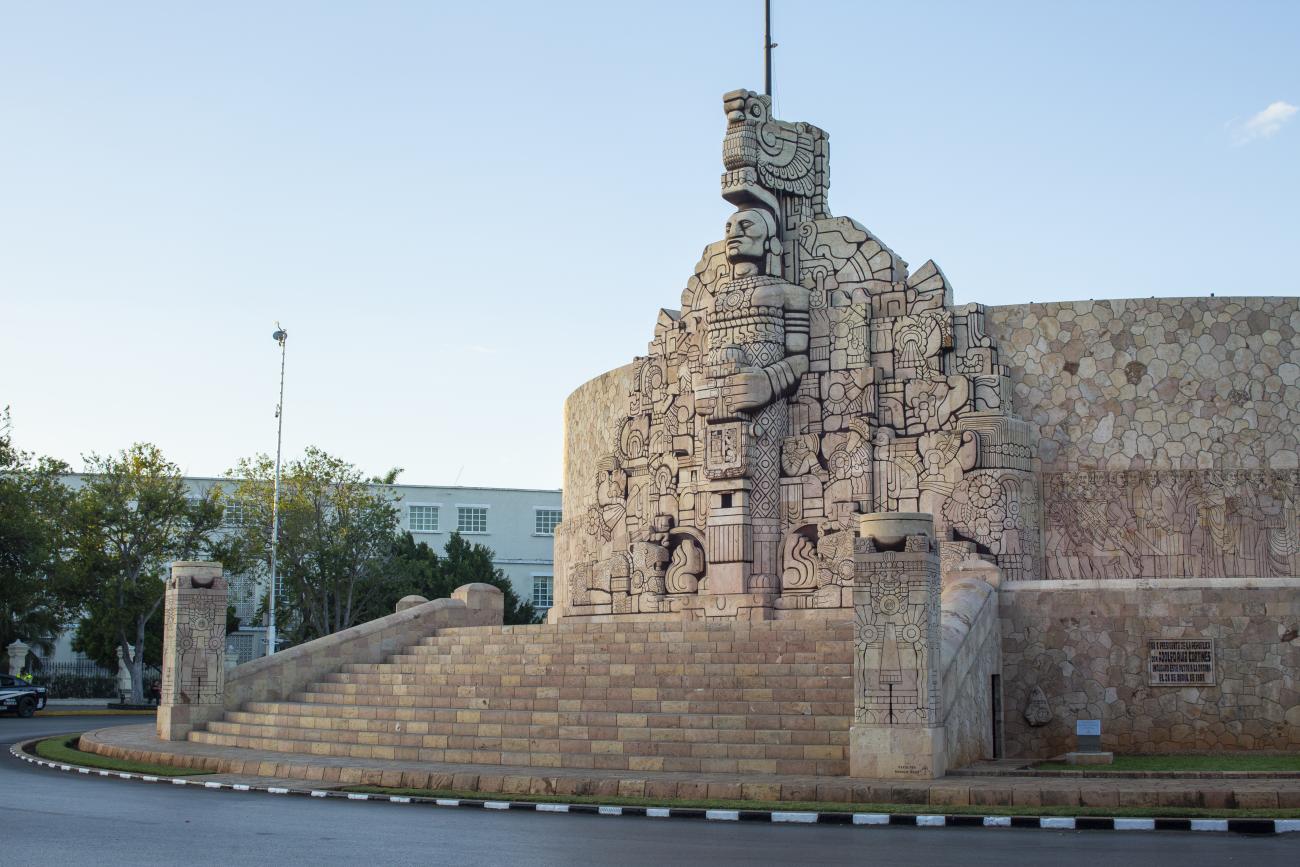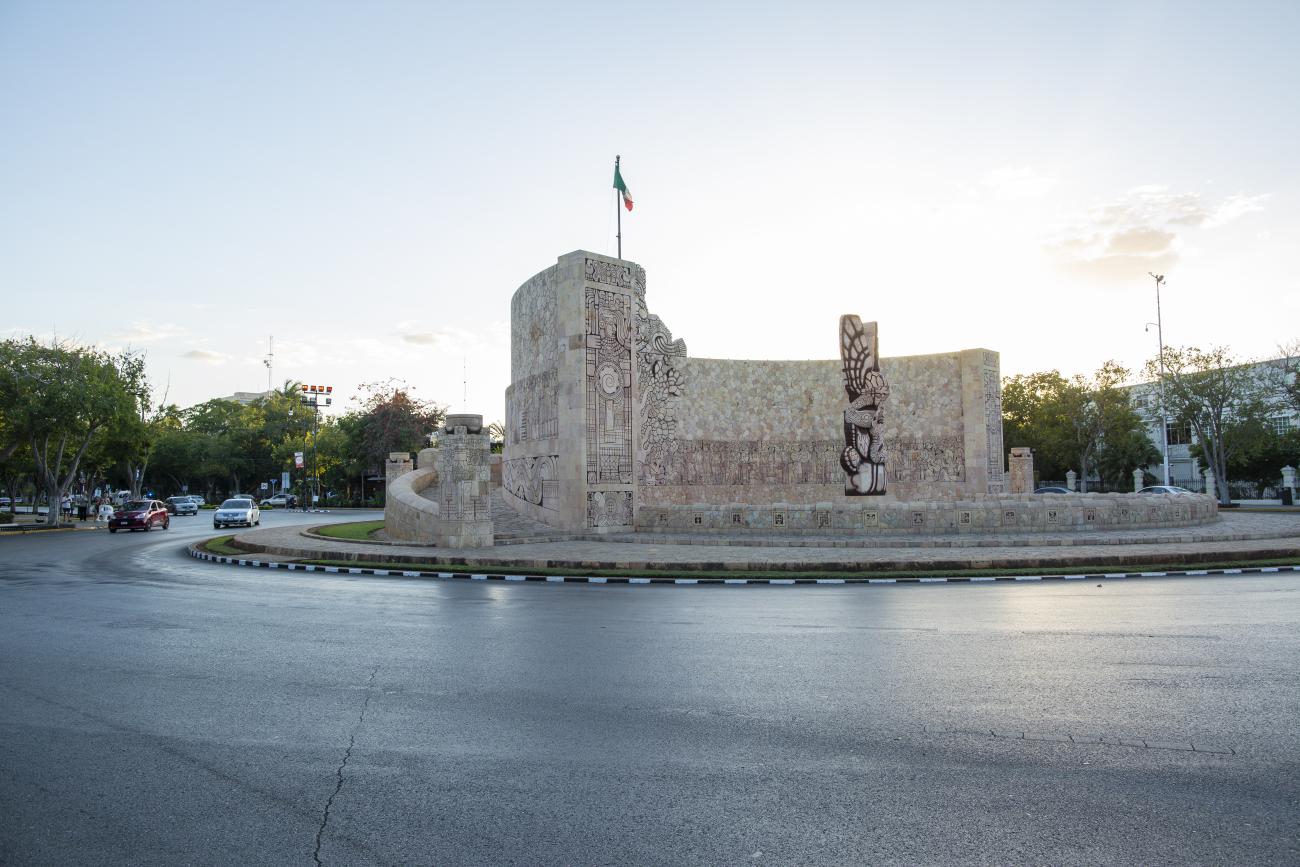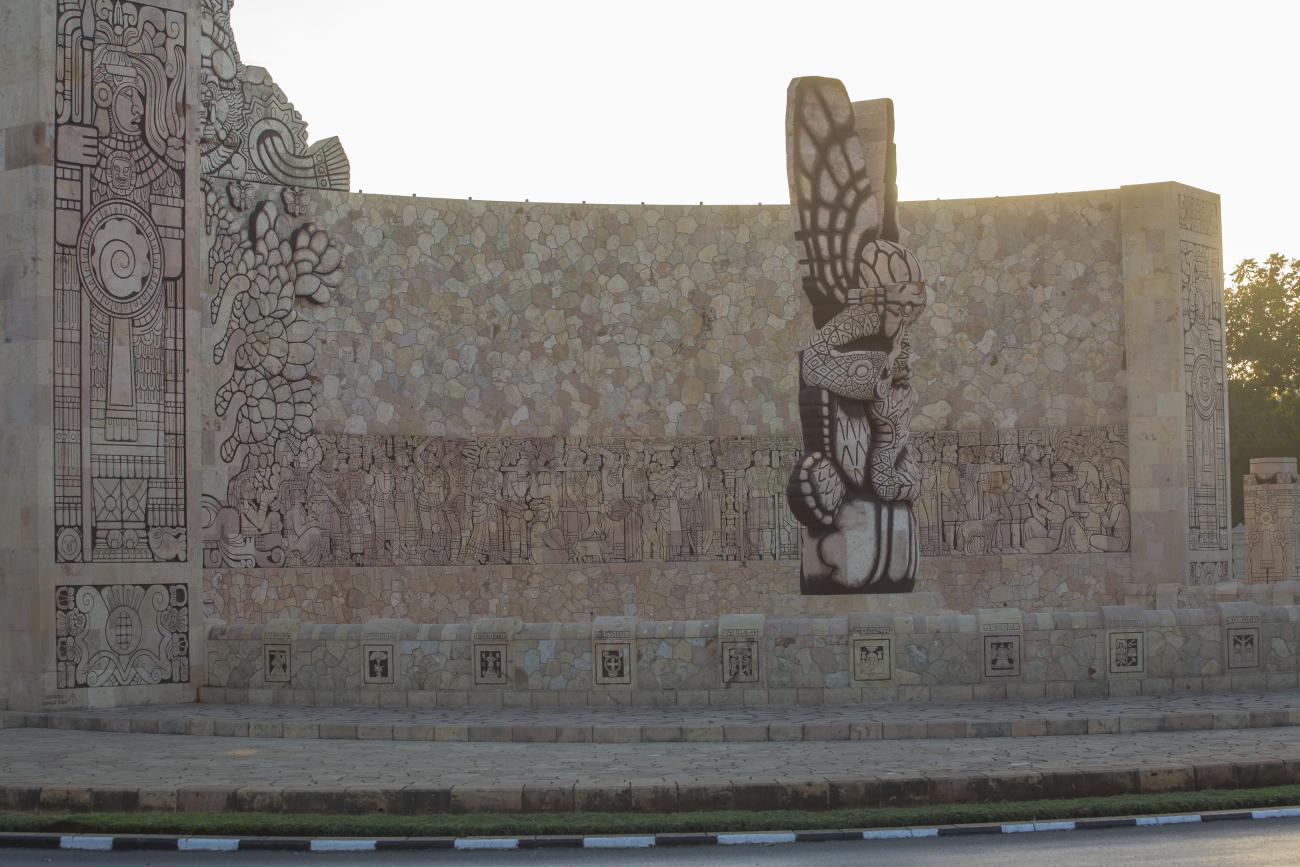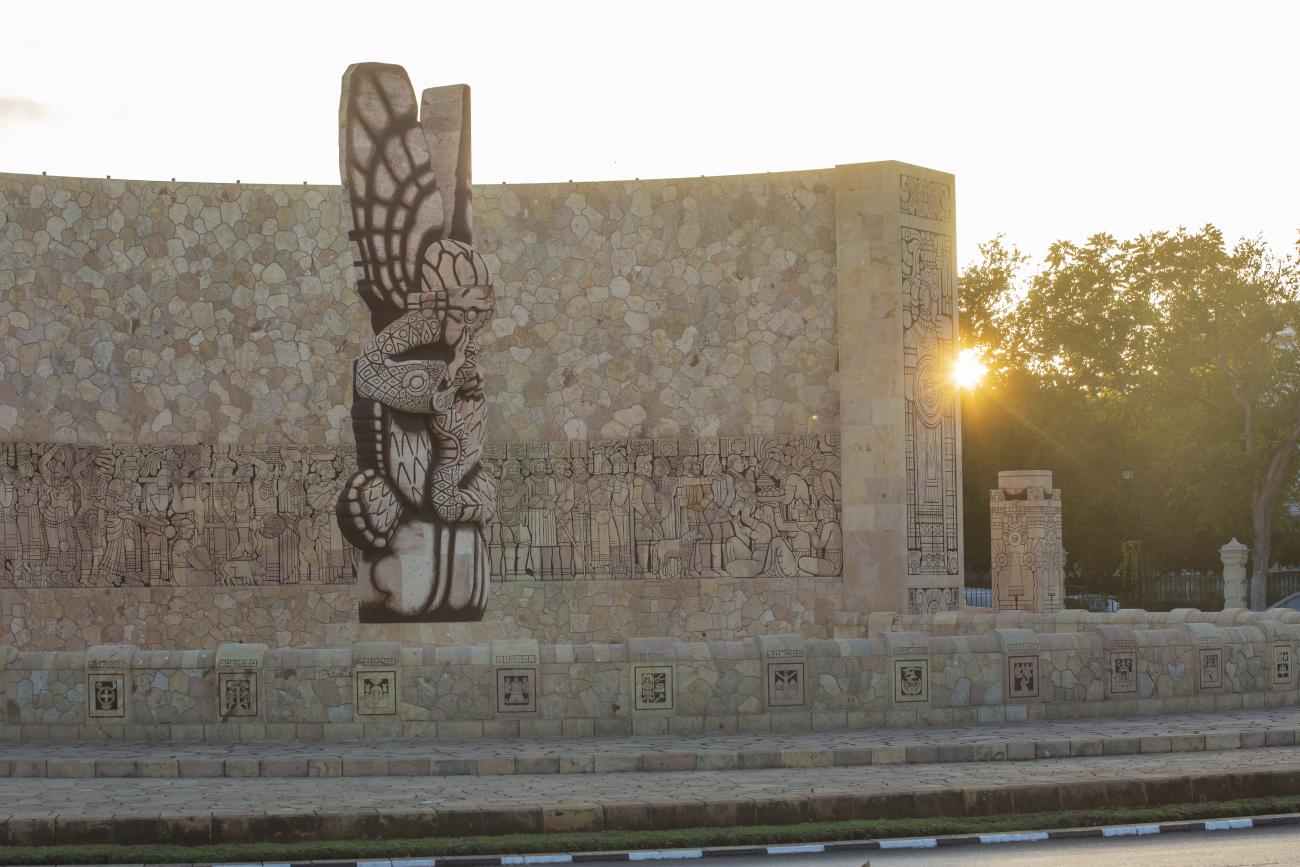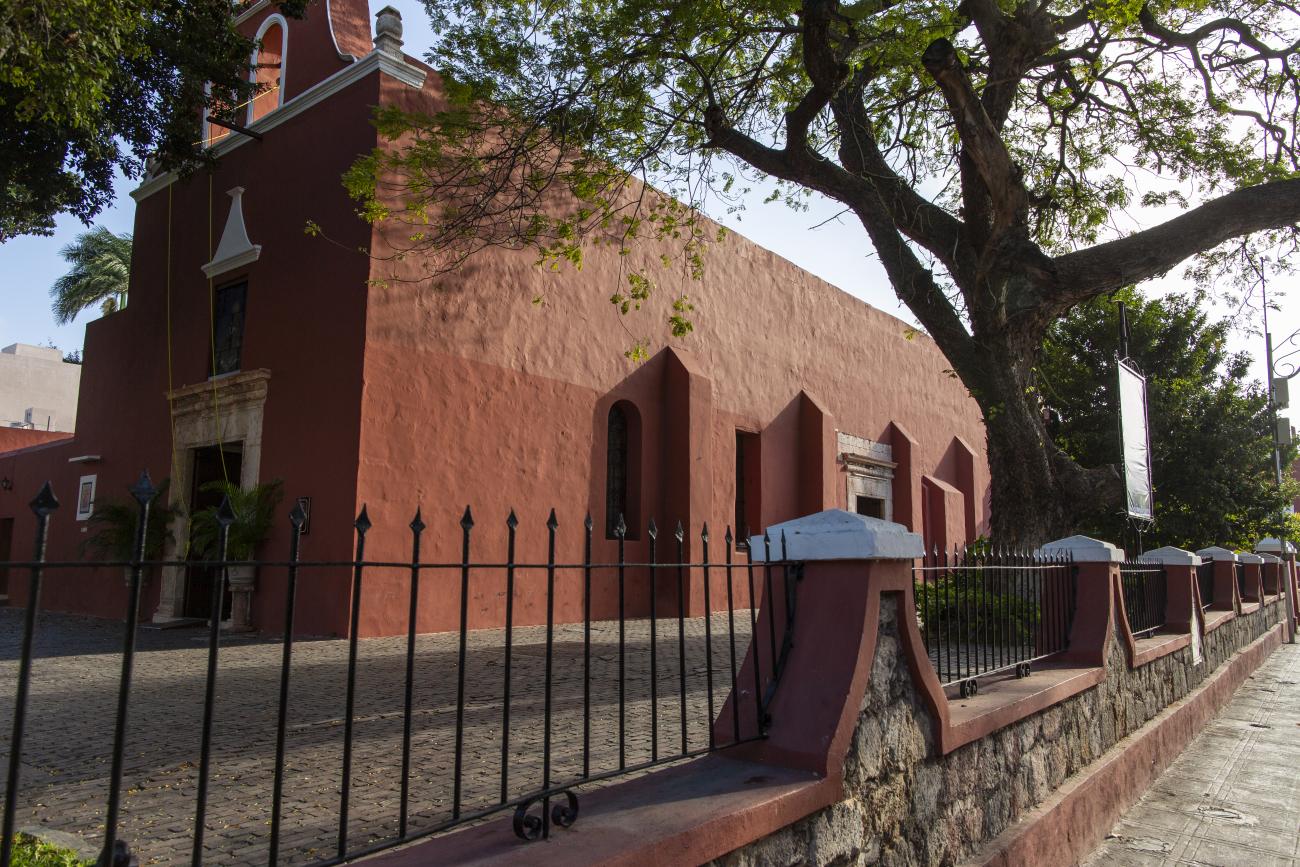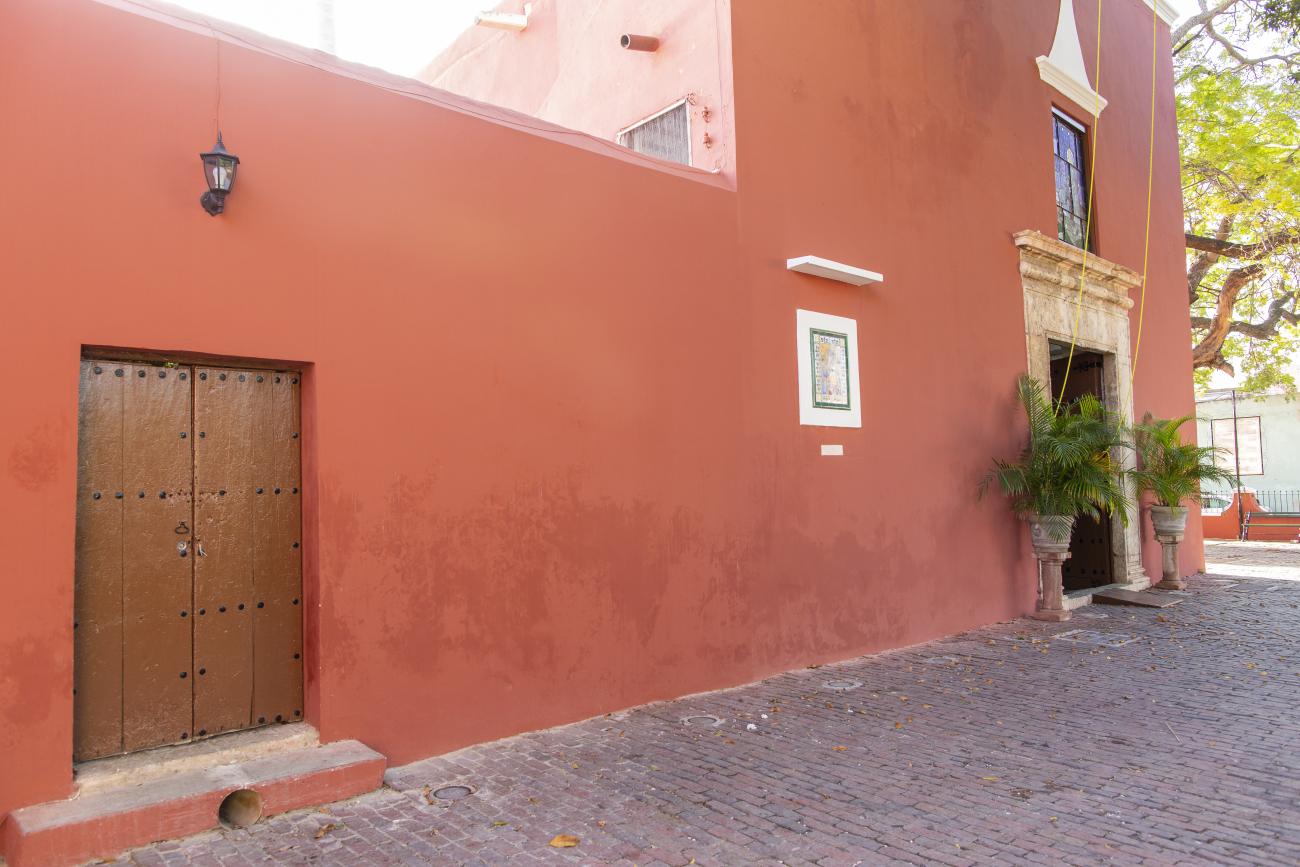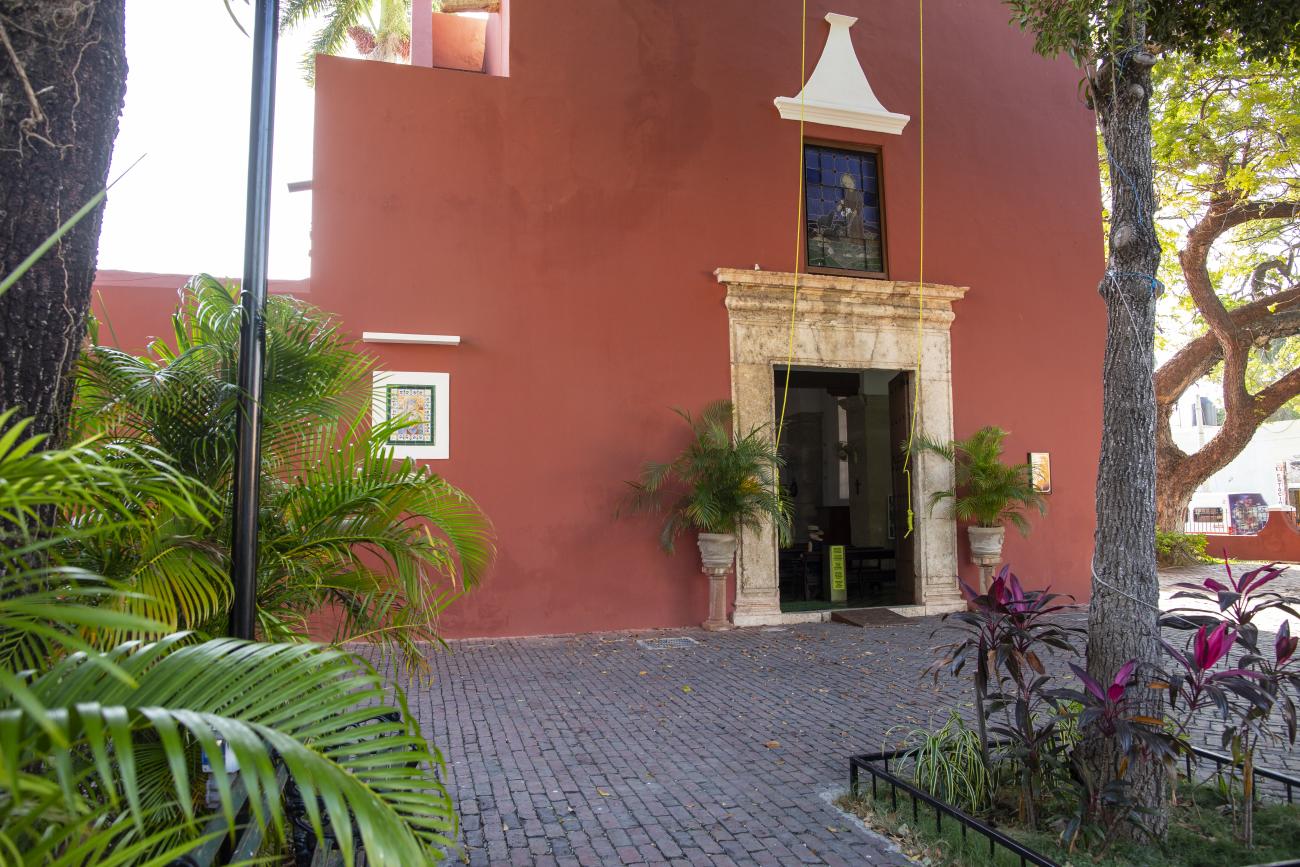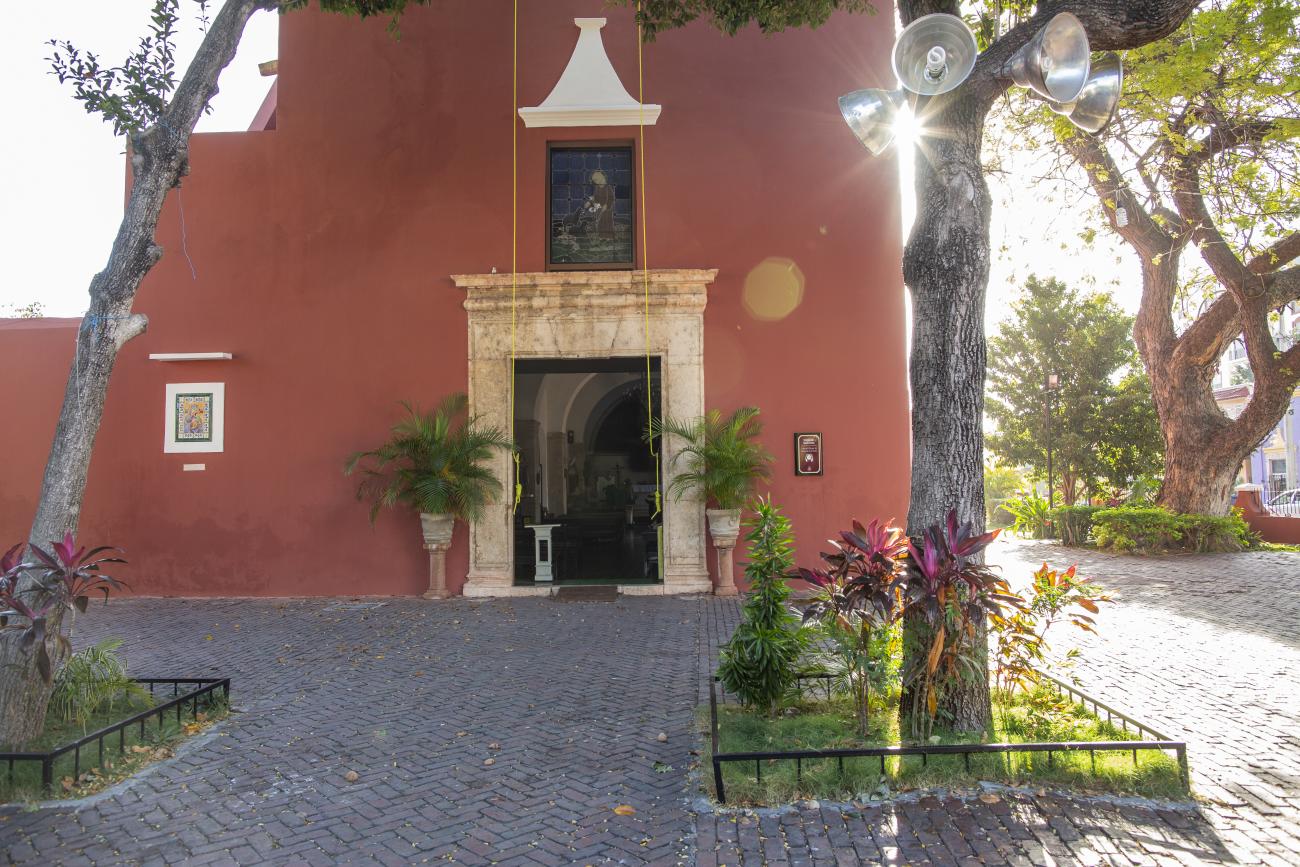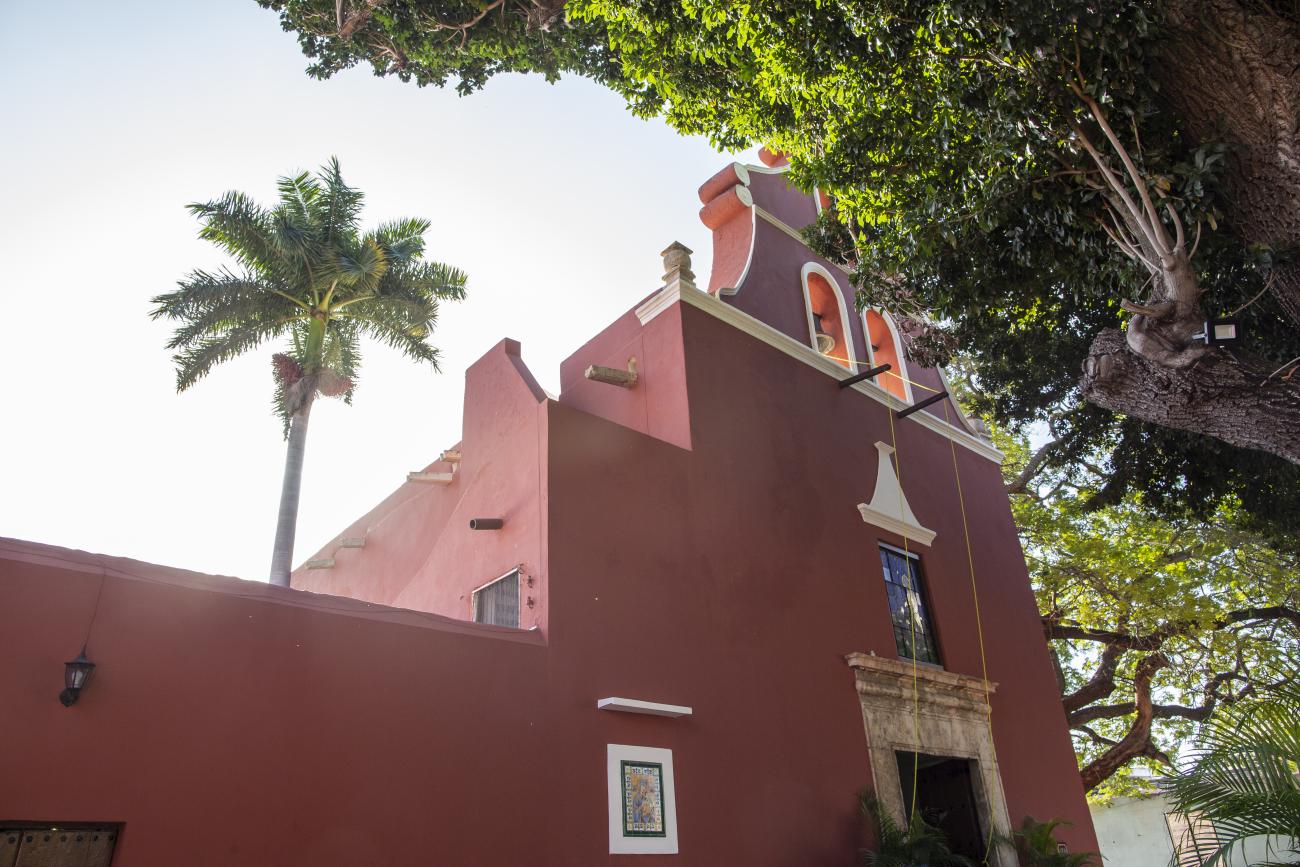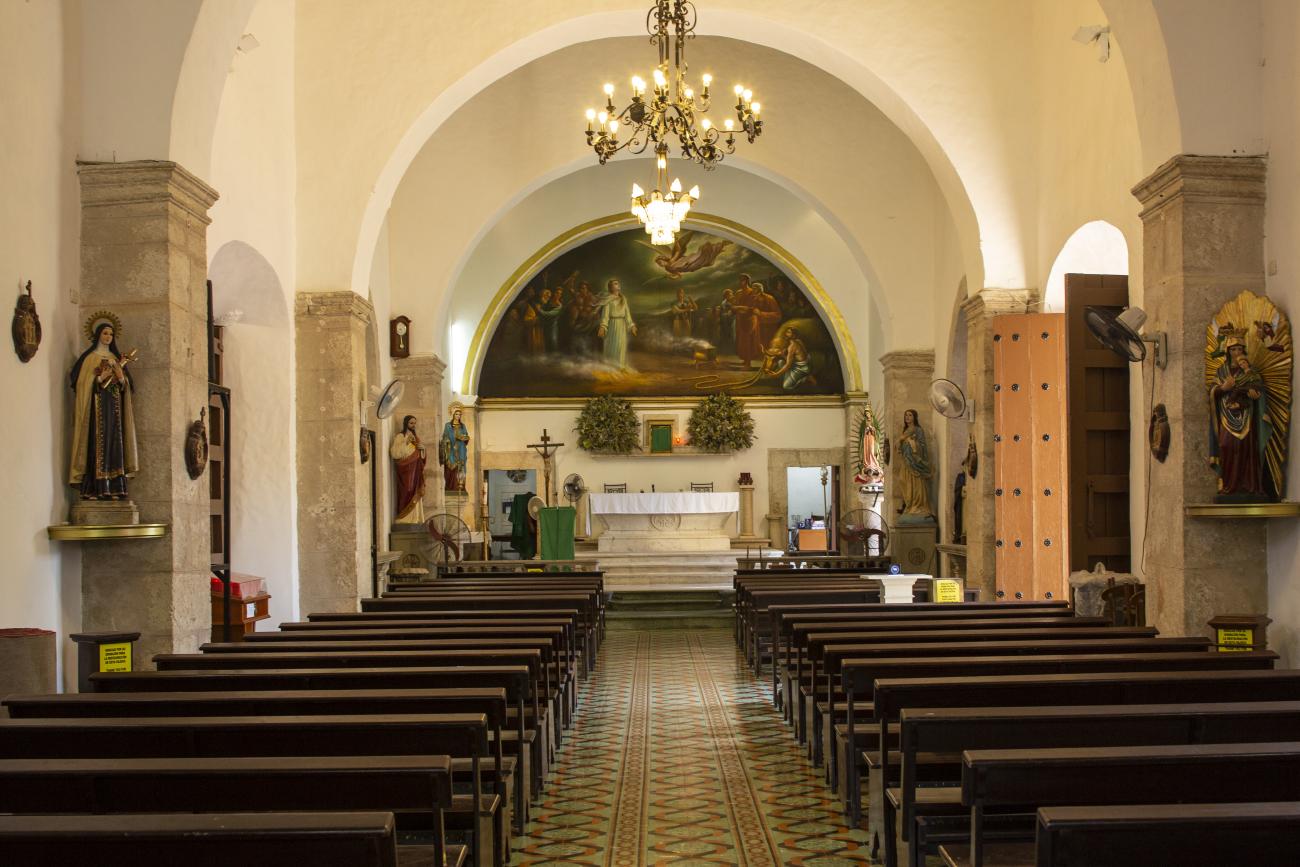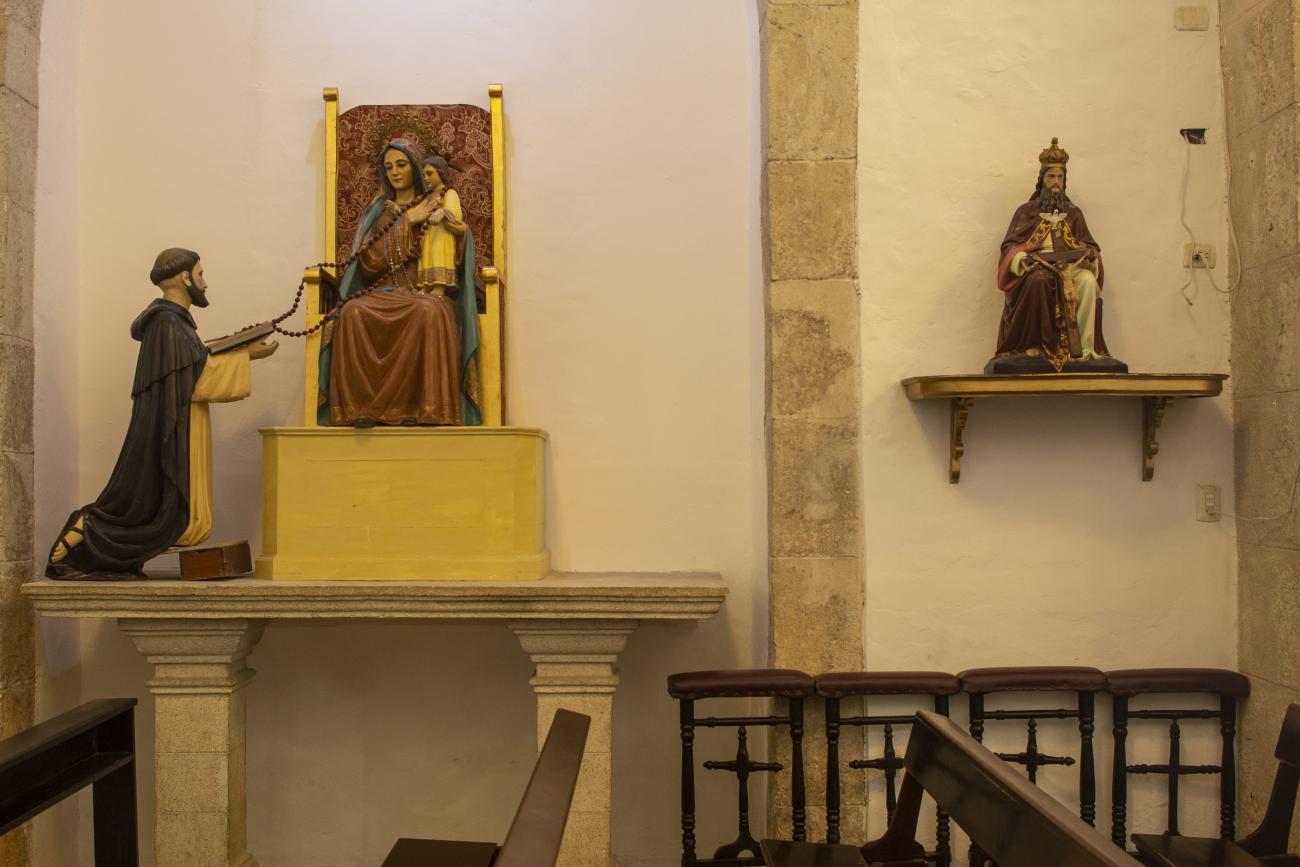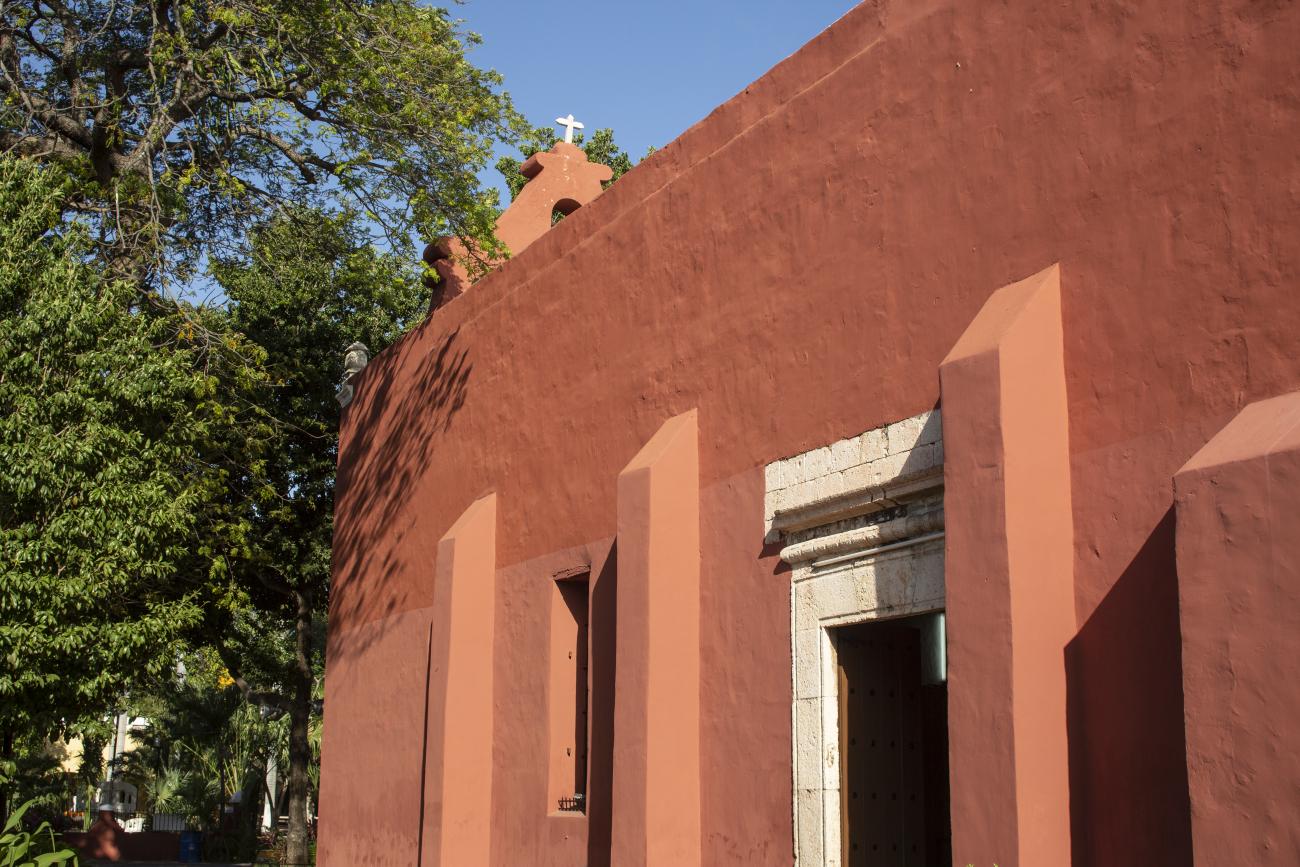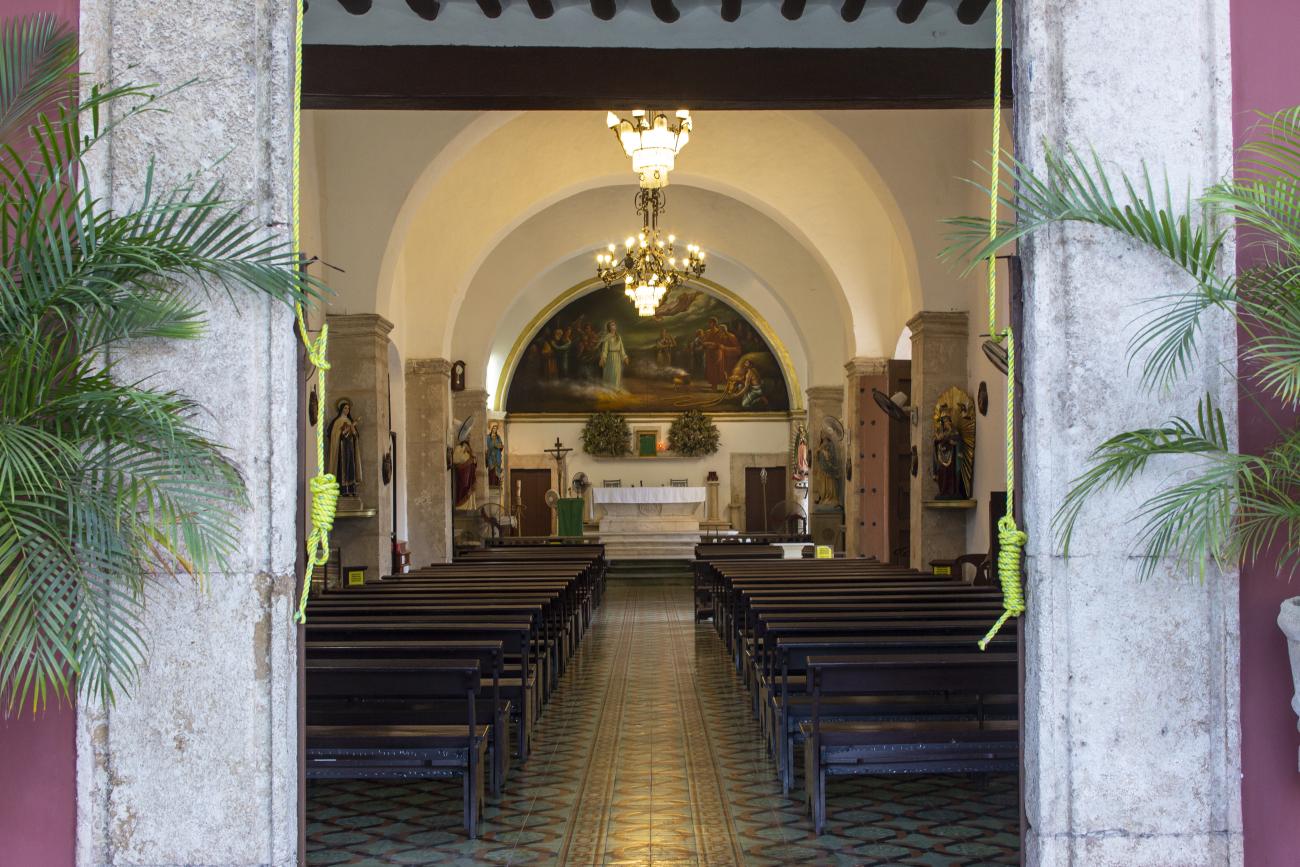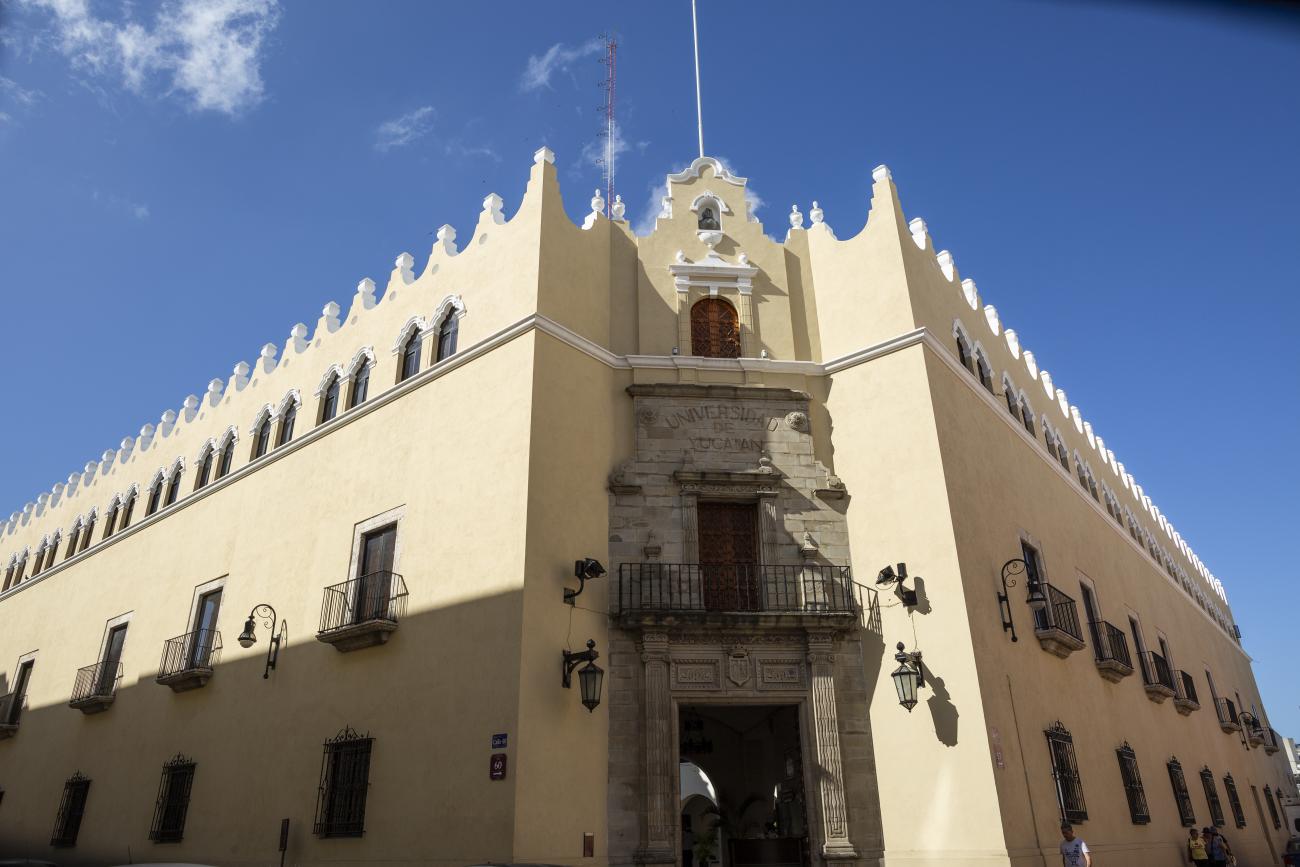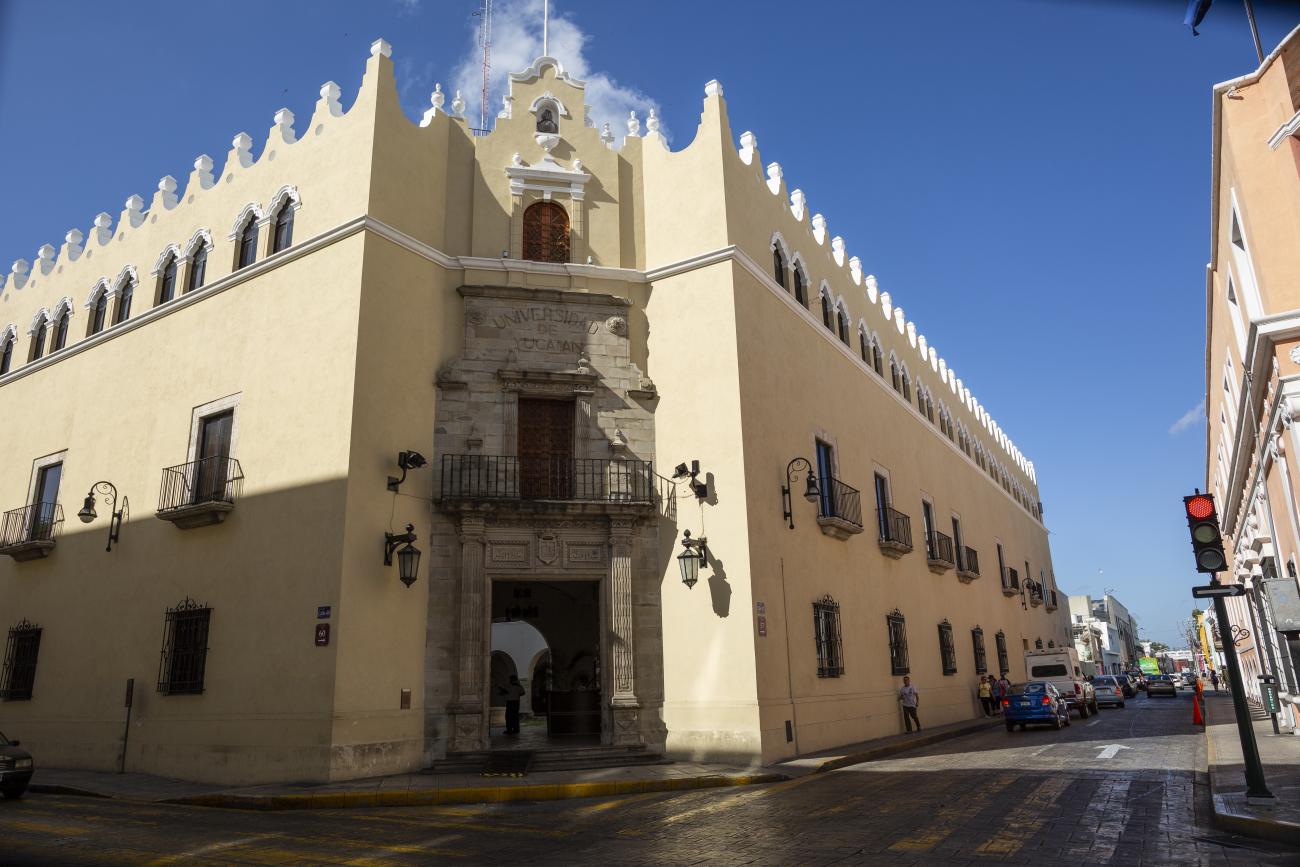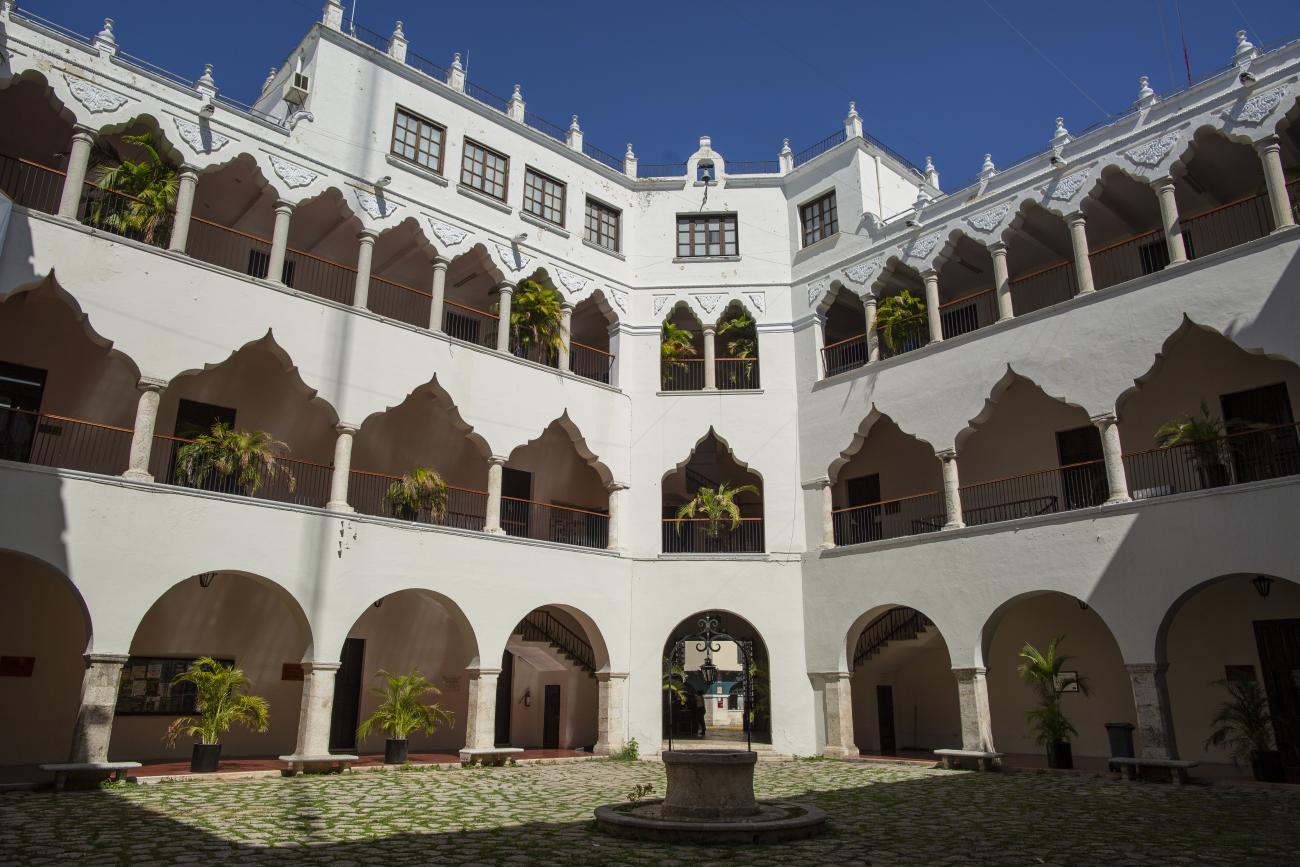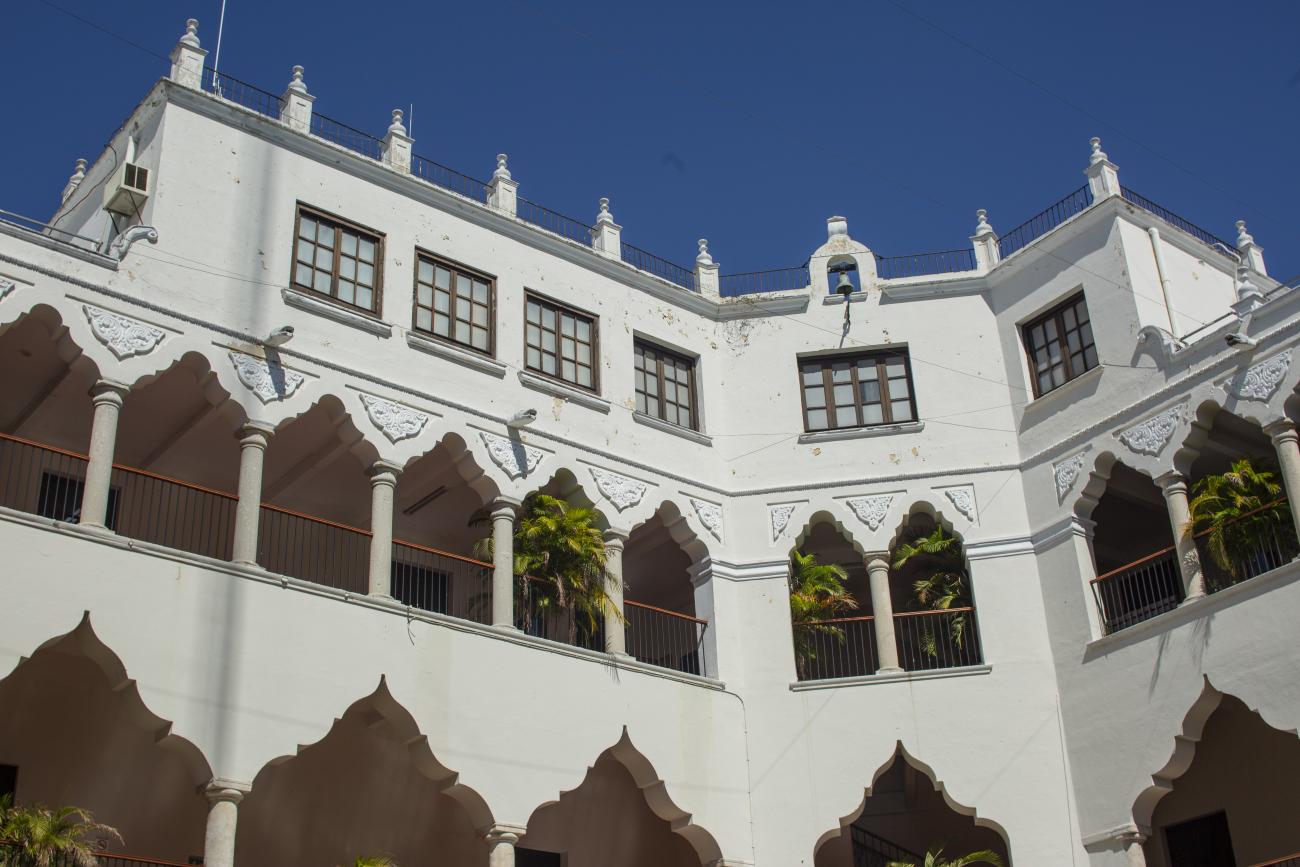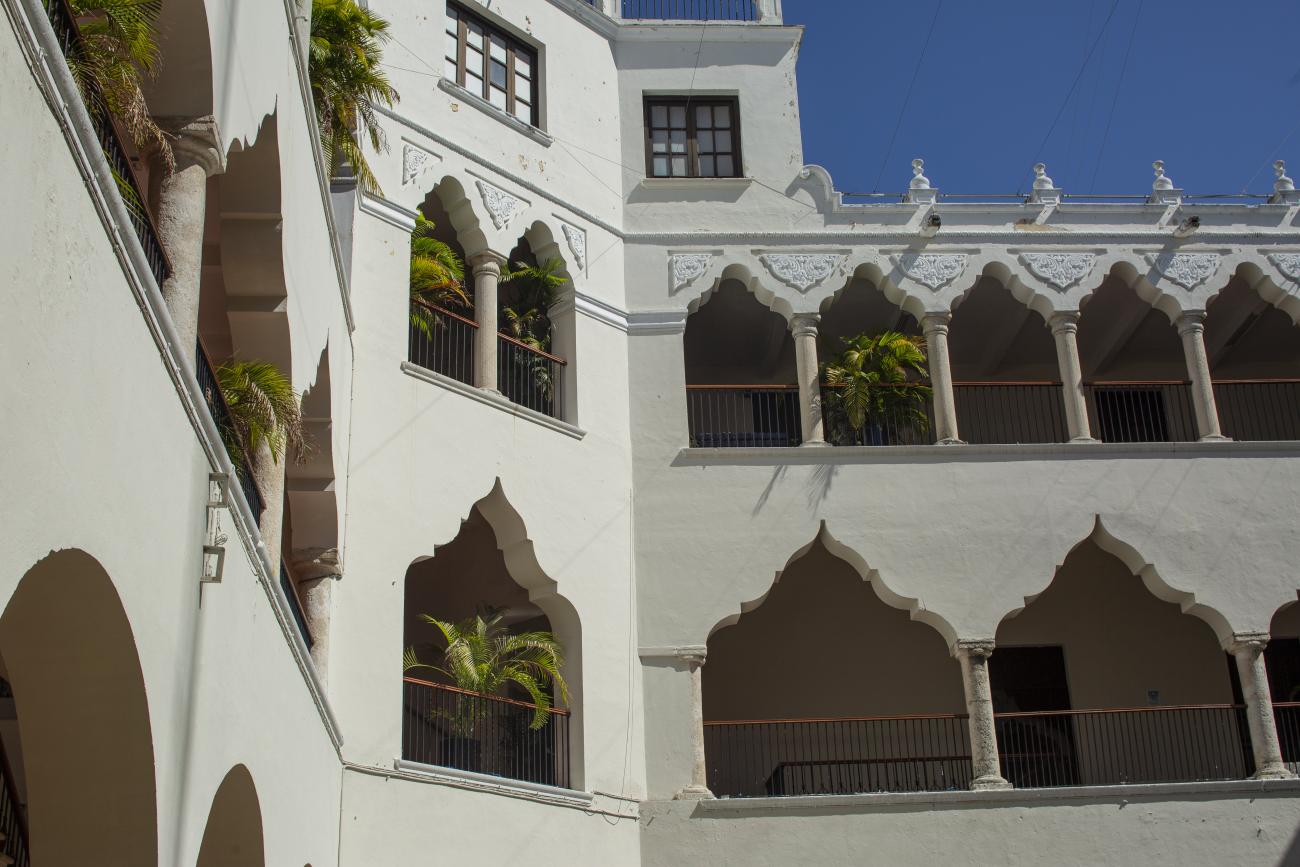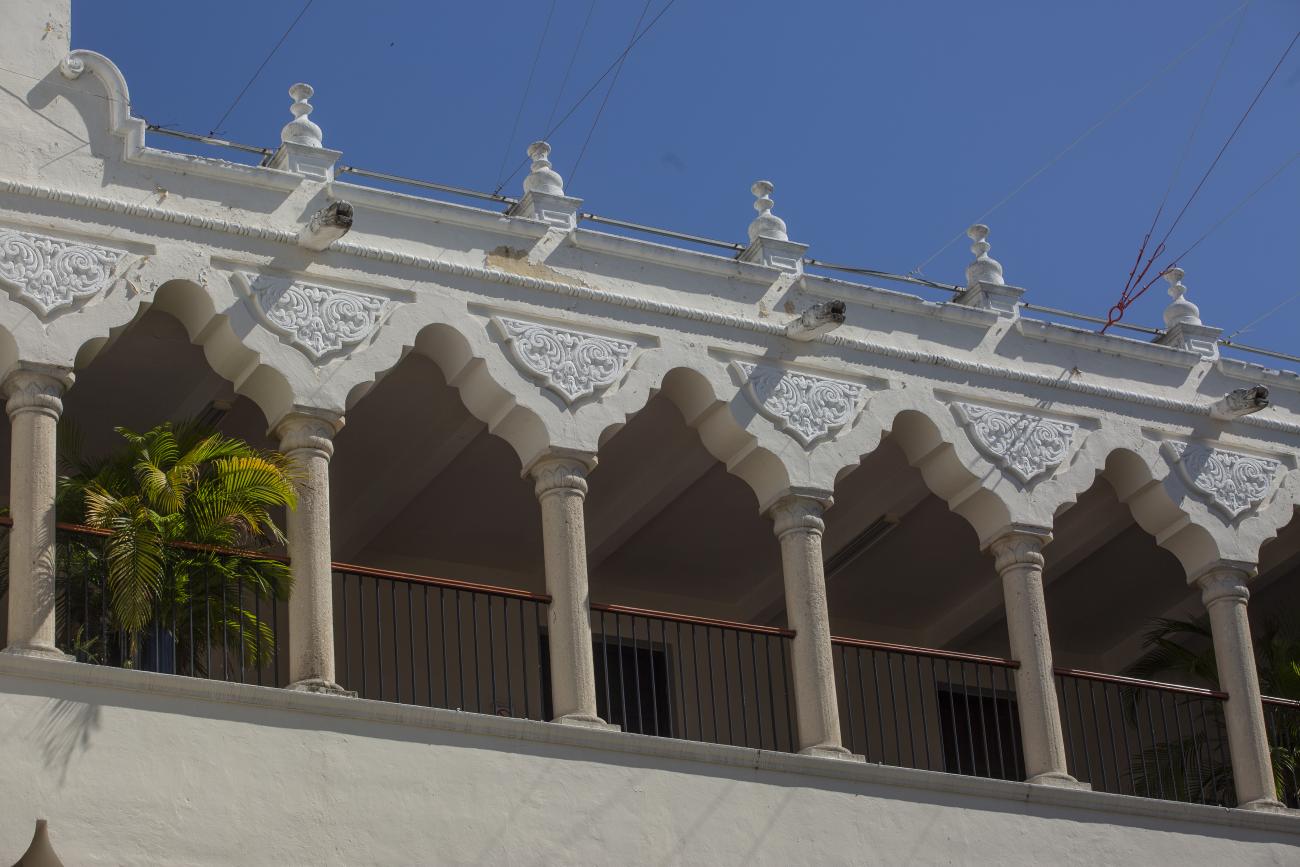Mérida
Historical Monuments Zone
Abstract
Considered an exceptional and majestic testimony of historical value, the layout of this city is characterized by its checkerboard shape, with imposing buildings dating from the 16th to the 19th centuries.
Located in the north-center of the Peninsula and state of Yucatán, Mérida is the head of the municipality of the same name. The city was established over an ancient Mayan center after the military campaign undertaken by “El Mozo” Francisco de Montejo to conquer the Yucatan peninsula. It was named Mérida after the city of the same name in the province of Extremadura, Spain. The conquerors used the stones of the pre-Hispanic buildings for the construction of the Casas Reales and the Cabildo (Town Hall), as well as for the Cathedral of San Ildefonso, which dates from the second half of the 16th century, and the first to be erected on the mainland of the Americas.
Due to the henequen boom in the region towards the end of the 19th century, haciendas and specialized manufactories were built to produce the material. This wealth also led to the construction of large houses and buildings along Paseo Montejo, establishing a new architectural style, whose impact was also reflected in the configuration of the main avenues of the city.
Thanks to the characteristics determining the city’s construction, the relationship between its spaces and the urban layout, which present an exceptional historical testimony in Mexico, the city of Mérida was declared a Zone of Historical Monuments in 1982, a protection that defines five different perimeters.
Covering an area of 8.795 km2 and distributed over 659 city blocks, the 3,906 buildings with historical value were built between the 16th and 19th centuries. Some of them were destined for religious worship, such as the monastery complexes of Nuestra Señora del Carmen “La Mejorada,” Nuestra Señora de la Concepción, Las Monjas and the churches of Santa Lucía, San Cristóbal, San Sebastián, El Sagrario, La Tercera Order or Jesus Nazareno, San Juan Bautista, Santiago Apóstol, Santa Ana, the Cathedral and the Hermitage of Santa Isabel.
Other properties were designated for educational purposes, welfare services and for the use of the civil and military authorities. These include: the museums of Casa de Montejo, Palacio Cantón, the former Church of San Juan de Dios, the University of Yucatán, the Peón Contreras Theater, the Ateneo Peninsular, the Cepeda Peraza Library, the Railroad Station, the Civil Registry, the Old Grain Market, the Municipal Palace, the Government Palace, the Mejorada Barracks, the Dragon Arch, the Arch of the Bridge and the Arch of San Juan.
The rest of the buildings that make up the Zone of Historical Monuments of the city of Mérida are used as houses and many of them are outside the limits of the Historic Center. These constructions are characterized by their different architectural styles in which the Mudejar influence is combined with Renaissance-style elements, as well as ornamental details that, in conjunction with cultural attributes and indigenous workmanship, define a veritable regional style. These particularities developed towards the end of the 19th century, when Baroque and Neoclassical elements were integrated with expressions of the Romanticism and Eclecticism of the Porfiriato period.
In accordance with the thought and ideology of the 16th century, the layout of the city is formed by straight streets that start from the Plaza Mayor, in the shape of a checkerboard, which is slightly modified by the pre-existing pre-Hispanic street plan, which generated open spaces, structured as squares and gardens, among which the following stand out: Santa Lucía, Santa Ana, La Mejorada, Cepeda Peraza, San Sebastián, San Cristóbal, San Juan, Nuestra Señora del Buen Viaje, Paseo Montejo (inspired by Parisian boulevards), and Parque del Centenario.
The urban profile of the city is characterized by the height of the Cathedral, the “Mirador de las Monjas”; the many towers and bell towers; the size of its neoclassical buildings such as the Peón Contreras Theater and the Cantón Palace, which are distinguished by the flat topography across which the city expands, and is divided into neighborhoods including Santa Isabel, Santa Ana, Itzimná, San Cristobal.
Due to its significant range of aesthetic expressions, observed particularly in its civil and religious architecture, the city of Mérida developed, over the course of several centuries, an extraordinary urban fabric that is today an important part of the cultural and historical heritage of Mexico, and which holds unquestionable significance for local, state and national identity.
This memorable past, whose architectural vestiges of pre-Hispanic Mayan settlements, colonial buildings, churches, monasteries and haciendas have lasted through the years, have also led to the city of Mérida being named American Capital of Culture by the Organization of American States (OAS) in the years 2000 and 2017.
-
Monumentos Históricos
-
Bienes inmuebles con valor cultural
-
Conjuntos arquitectónicos
-
Sitios de interés
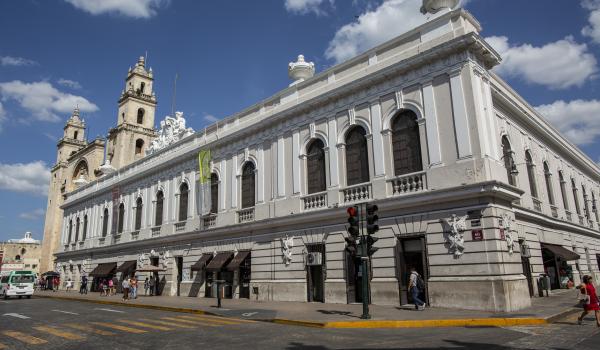
Ateneo Peninsular, Museo Fernando García Ponce - MACAY
In 1580, construction began on the Episcopal Palace on this site, a two-story building with an austere façade featuring balconies and large windows.
Ateneo Peninsular, Museo Fernando García Ponce - MACAY
In 1580, construction began on the Episcopal Palace on this site, a two-story building with an austere façade featuring balconies and large windows. During the 17th century, Yucatecan painter Juan Gamboa Guzmán had his studio on the ground floor of the palace, and Bishop Crescencio Carrillo y Ancona had a private museum there. In 1915, General Alvarado took the property away from the Church, remodeled the façade in a French style, and established the building as the Ateneo Peninsular. Other uses included the Superior Court of Justice, the Attorney General's Office, the Courts of First Instance and Juvenile Courts, the Military Zone Headquarters, the Federal Treasury Office, and the General Agency of the Ministry of Agriculture. The ground floor housed the National Economy Agency, the Sub-delegation of the Department of Forestry, Hunting, and Fishing, the Office of Archaeological Monuments, and several notary offices.
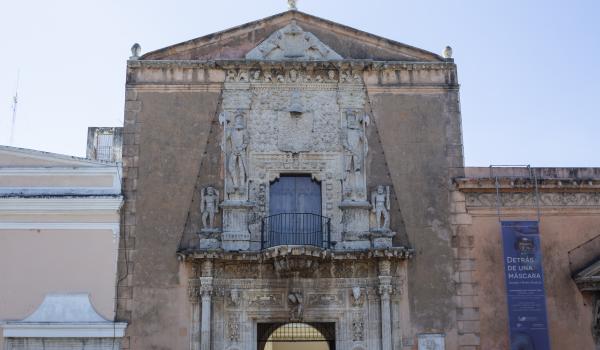
Casa de Montejo
Construction of this building began after the city was founded and was completed in 1549. The materials were obtained from the ruins of temples and palaces in the ancient Mayan city.
Casa de Montejo
Construction of this building began after the city was founded and was completed in 1549. The materials were obtained from the ruins of temples and palaces in the ancient Mayan city. This Renaissance-style house was decorated with a mixture of Mannerist and Plateresque styles on its façade, where fantastic characters and animals were carved, reflecting the classical humanist culture of the time.
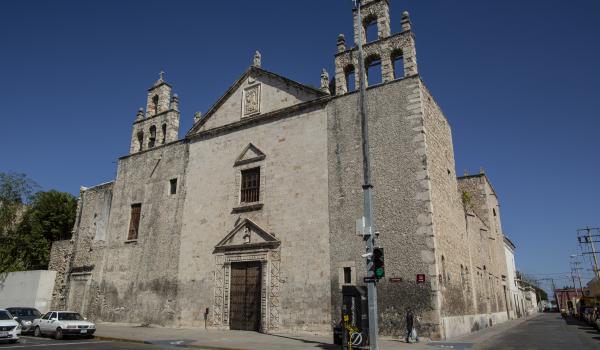
Templo de la Mejorada
An 18th-century Franciscan church, dedicated on January 22, 1640, to Our Lady of the Transit. The land was donated by Diego García de Montalvo and built by Pedro Navarro.
Templo de la Mejorada
An 18th-century Franciscan church, dedicated on January 22, 1640, to Our Lady of the Transit. The land was donated by Diego García de Montalvo and built by Pedro Navarro. The style of its construction was reminiscent of the church of La Mejorada in Madrid, which is why it is known as the Church of La Mejorada.
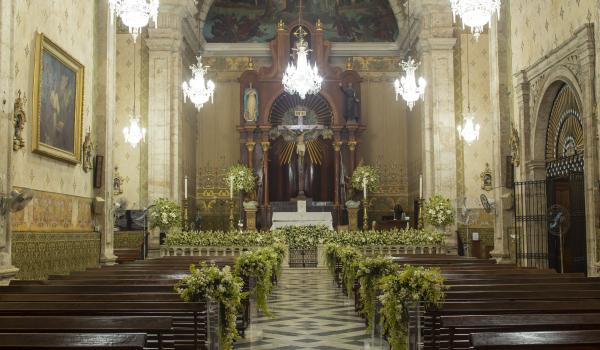
Templo de Jesús o de la Tercera Orden
17th-century temple with a Latin cross plan, barrel vaults, and domes without drums.
Templo de Jesús o de la Tercera Orden
17th-century temple with a Latin cross plan, barrel vaults, and domes without drums.
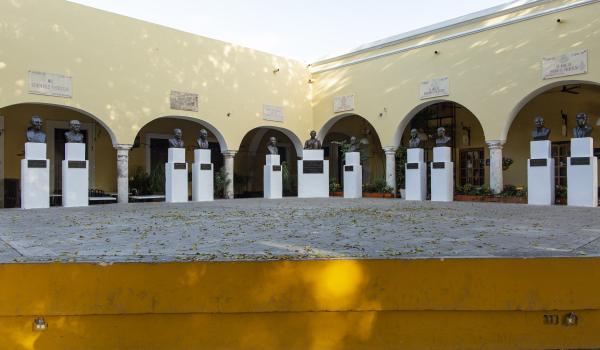
Parque Santa Lucía
On November 6, 1804, by decree of Governor and Captain General Benito Pérez Valdelomar, the plaza was built to beautify the city. The portals and accessories were completed in 1873, paving the plaza with English bricks.
Parque Santa Lucía
On November 6, 1804, by decree of Governor and Captain General Benito Pérez Valdelomar, the plaza was built to beautify the city. The portals and accessories were completed in 1873, paving the plaza with English bricks. In 1887, an obelisk dedicated to General Sebastián Molas was erected, and since 1965, it has been the setting for the traditional Yucatecan Serenade. In 2012, it was renovated and reopened in 2013 with shops and restaurants.
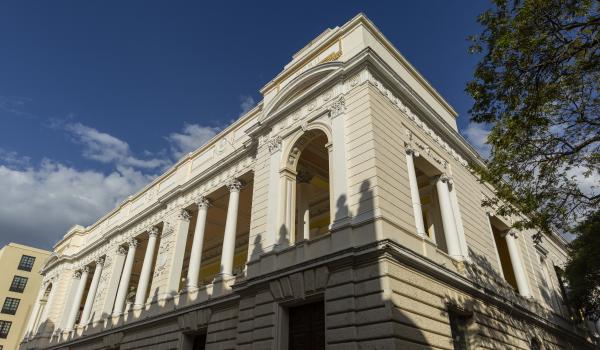
Teatro Peón Contreras
On November 23, 1624, the Jesuit College of San Javier was built. On January 14, 1806, work began on the Coliseo de San Carlos, which was inaugurated on December 31, 1807, financed by Pedro José Guzmán and Joaquín de Quijano. In 1813, it was destroyed by fire.
Teatro Peón Contreras
On November 23, 1624, the Jesuit College of San Javier was built. On January 14, 1806, work began on the Coliseo de San Carlos, which was inaugurated on December 31, 1807, financed by Pedro José Guzmán and Joaquín de Quijano. In 1813, it was destroyed by fire. Ignacio Quijano purchased the property on June 16, 1831, and hired Guatemalan architect Manuel Gea to rebuild it. On December 27, 1879, its new owner, Francisco Zavala, changed the name to Teatro Peón Contreras, in homage to the Yucatecan poet and playwright who had achieved great literary success. On September 25, 1899, the Empresa Teatral de Mérida, S.A. was established, which purchased the theater. On May 5, 1900, after the demolition of the old theater, construction began on the current neoclassical building, designed by Italian architect Pío Pacentini. It was inaugurated on December 21, 1908, as one of the best theaters in the Republic at that time.
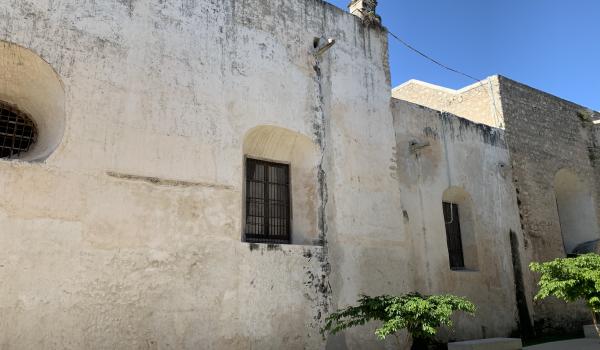
Museo Pinacoteca Juan Gamboa Guzmán
What is now the museum's main hall was the sacristy of the El Jesús temple during the colonial era. The first space is covered with a barrel vault, and the wide walls that support it are made of masonry (stone brick); its dimensions give it a monumental character, adorned with four fine ribs.
Museo Pinacoteca Juan Gamboa Guzmán
What is now the museum's main hall was the sacristy of the El Jesús temple during the colonial era. The first space is covered with a barrel vault, and the wide walls that support it are made of masonry (stone brick); its dimensions give it a monumental character, adorned with four fine ribs. The exhibition hall on the upper floor, covered with a vaulted ceiling (a half-sphere cut on four sides at right angles), was the “red confessional,” that is, the place where Jesuit priests confessed. The space housing the works of Gamboa Guzmán, where there is a beautiful Baroque staircase, plus the upper part of the building, where the exhibition “The Bronze Mayans” is located, and the hall of Mexican presidents and 19th-century governors of Yucatán, were also part of the University of San Francisco Javier.
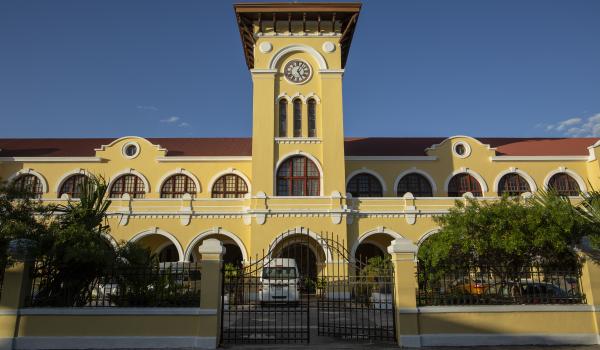
Escuela superior de artes de Yucatán, antigua estación de ferrocarril
The Mérida-Progreso railway line was inaugurated on September 15, 1881, and operated by different companies. At the beginning of the 20th century, the companies were merged into a single entity called “Ferrocarriles Unidos de Yucatán” (United Railways of Yucatán).
n>
Escuela superior de artes de Yucatán, antigua estación de ferrocarril
The Mérida-Progreso railway line was inaugurated on September 15, 1881, and operated by different companies. At the beginning of the 20th century, the companies were merged into a single entity called “Ferrocarriles Unidos de Yucatán” (United Railways of Yucatán). The stations disappeared and a central station was built with access to 10 internal lines, inaugurated on September 15, 1920. In 1940, it became part of the state, and the first offices of the Telegraph and Mexican Postal Service were established there. In 2004, the building was restored and converted into the Yucatán School of Arts.
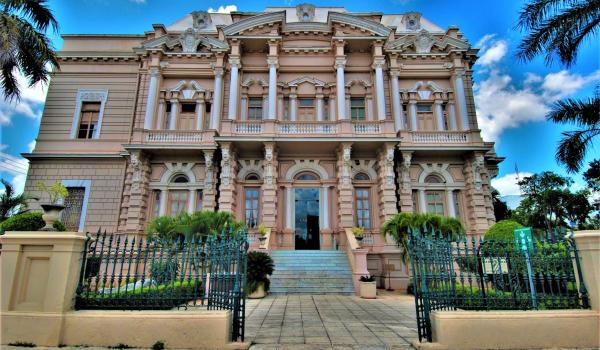
Museo Regional de Antropología de Yucatán, Palacio Cantón
The building was constructed by General Francisco Cantón Rosado between 1904 and 1911 with profits obtained from henequen cultivation and the sale of the Mérida-Valladolid railway, of which he was the concessionaire.
n>
Museo Regional de Antropología de Yucatán, Palacio Cantón
The building was constructed by General Francisco Cantón Rosado between 1904 and 1911 with profits obtained from henequen cultivation and the sale of the Mérida-Valladolid railway, of which he was the concessionaire. The architectural project was led by Italian engineer Enrico Deserti, and the building was constructed by Yucatecan architect and engineer Manuel G. Cantón Ramos. The general lived in this building until his death in 1917, and his descendants kept it until 1932, when the governor of Yucatán, Bartolomé García Correa, ordered its purchase, allocating it to the State School of Fine Arts and, later, the Hidalgo Elementary School. In 1950, after a renovation, it was declared the official residence of the state governors. In 1959, it became the Yucatecan Institute of Anthropology and History. Many of its architectural elements and furnishings were imported from Europe, including the elevator.
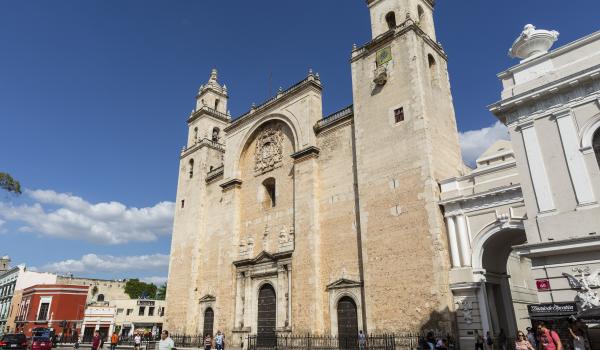
Catedral de San Ildefonso de Toledo
Construction of this religious building began in 1562 and was completed on January 1, 1597. The master builders were Pedro de Aulestia and Francisco Alarcón, and from 1585 onwards, Jesús Miguel de Agüero finished it.
Catedral de San Ildefonso de Toledo
Construction of this religious building began in 1562 and was completed on January 1, 1597. The master builders were Pedro de Aulestia and Francisco Alarcón, and from 1585 onwards, Jesús Miguel de Agüero finished it. The church has a rectangular floor plan with three naves formed by 12 tall, thick stone columns. The dome was the first to be built in New Spain.

Templo y Convento de Nuestra Señora de la Consolación
This temple, also known as Convento de la Mejorada due to its resemblance to the one in Madrid, is the work of the Franciscan order. Its construction began on March 29, 1610, under the direction of Friar Fernando de Nava with donations from the faithful, and it was inaugurated on April 13, 1624.
Templo y Convento de Nuestra Señora de la Consolación
This temple, also known as Convento de la Mejorada due to its resemblance to the one in Madrid, is the work of the Franciscan order. Its construction began on March 29, 1610, under the direction of Friar Fernando de Nava with donations from the faithful, and it was inaugurated on April 13, 1624. The temple's façade is Plateresque in style, topped by a triangular pediment.
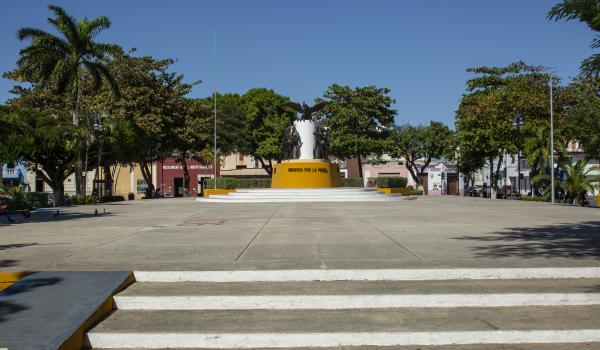
Plaza de la Mejorada
Park where the first railroad track was laid in Yucatán on April 1, 1870. In 1970, a monument to the heroic children was installed.
Plaza de la Mejorada
Park where the first railroad track was laid in Yucatán on April 1, 1870. In 1970, a monument to the heroic children was installed.
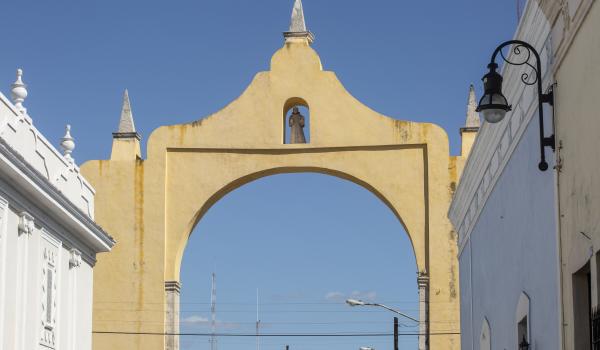
Arco de Dragones
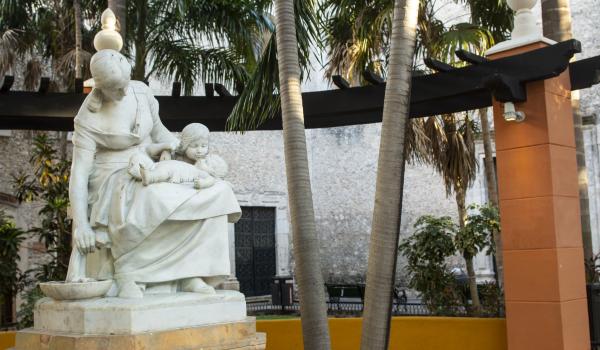
Monumento a la maternidad
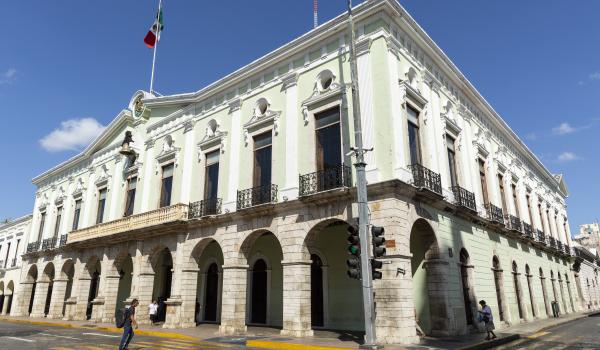
Palacio de Gobierno
Government building from the 1890s with an arched courtyard and murals depicting important local people and events.
Palacio de Gobierno
Government building from the 1890s with an arched courtyard and murals depicting important local people and events.
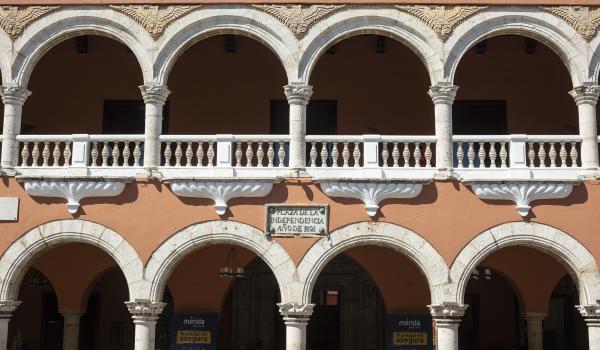
Palacio Municipal

Monumento a la Patria
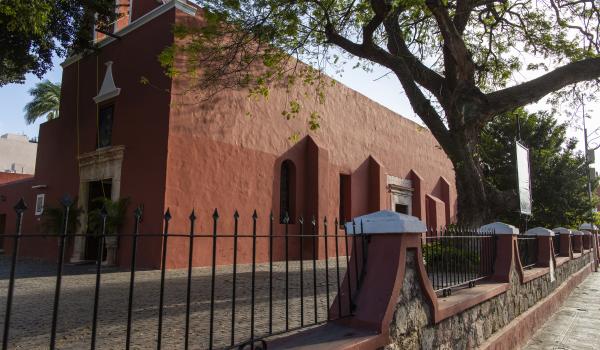
Iglesia de Santa Lucía
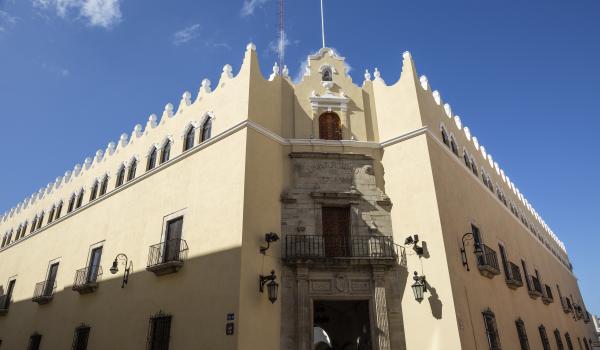
Universidad Autónoma de Yucatán


